My most current blog entry:
Entries by Dr. Jeff Harper (351)
The Procession of Species
 Wednesday, May 2, 2018 at 12:15AM
Wednesday, May 2, 2018 at 12:15AM 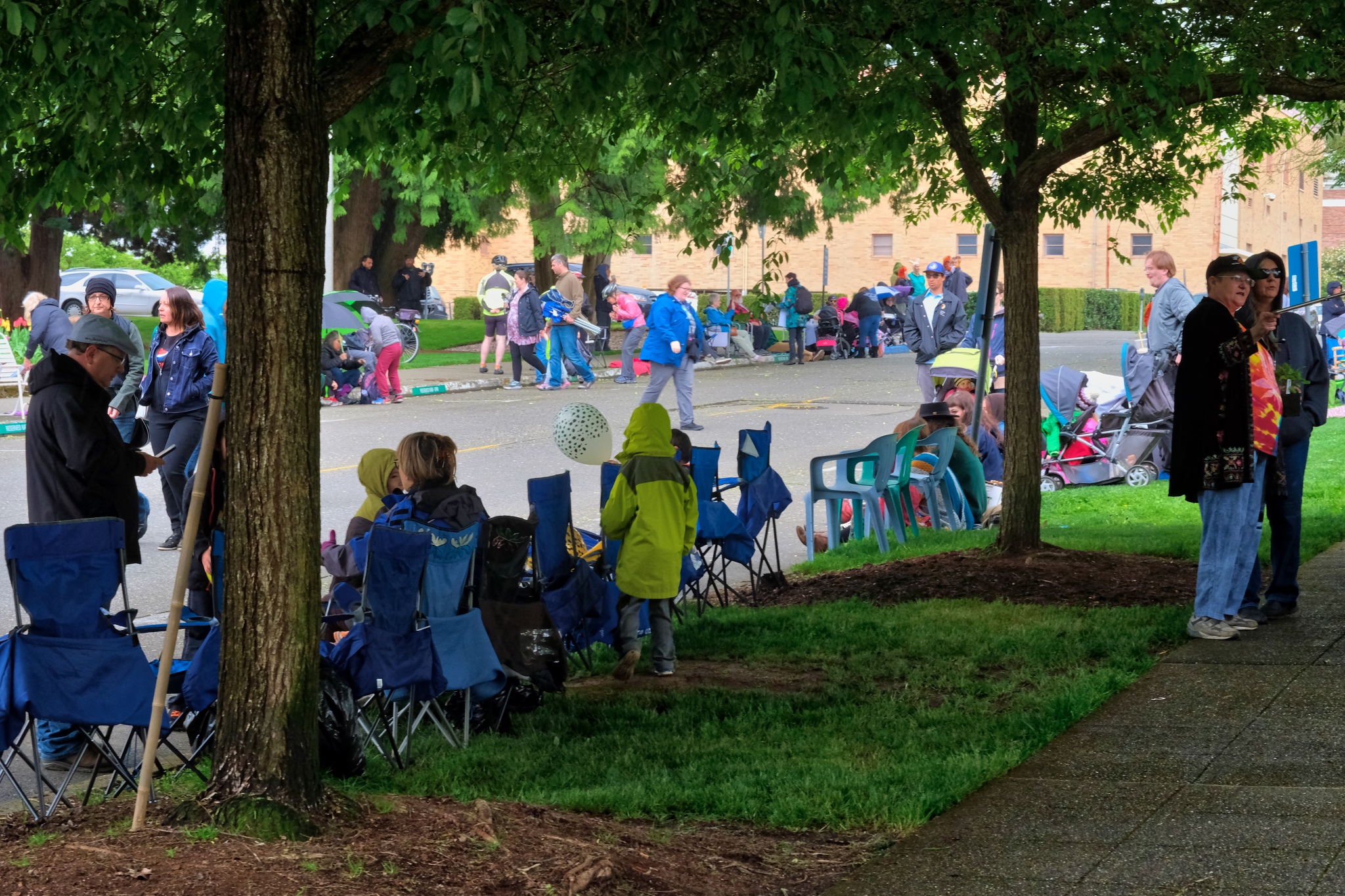


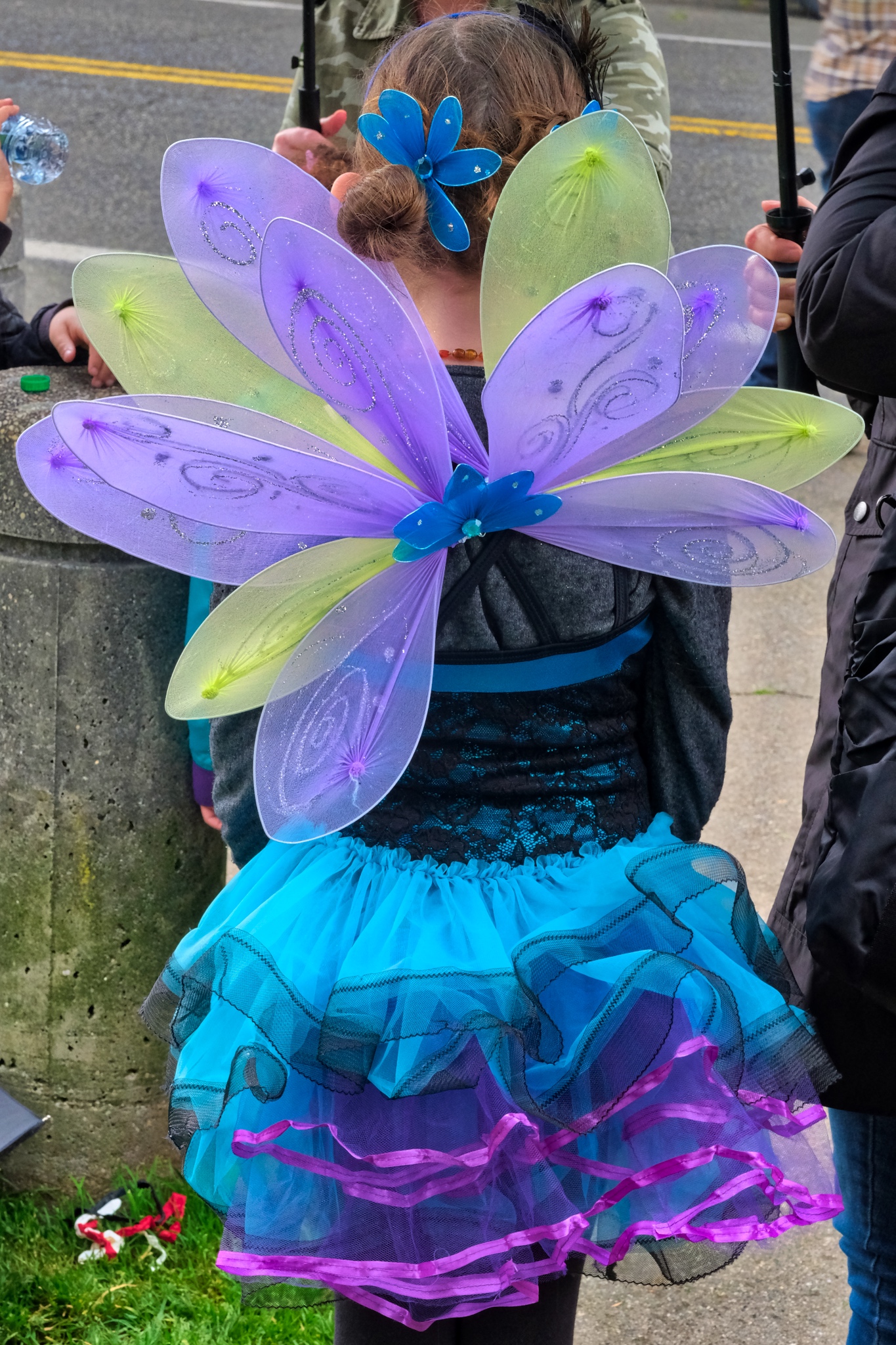
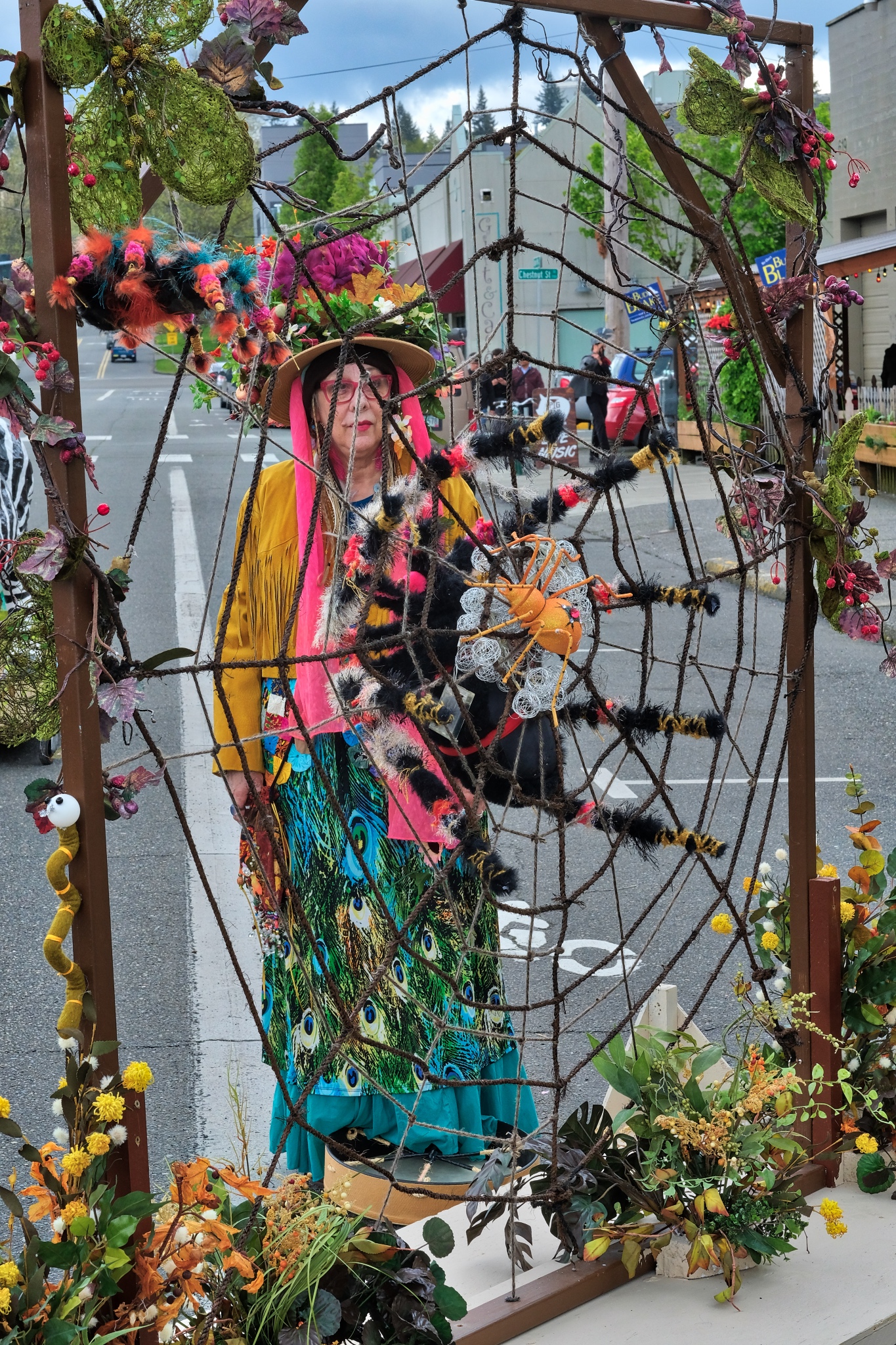

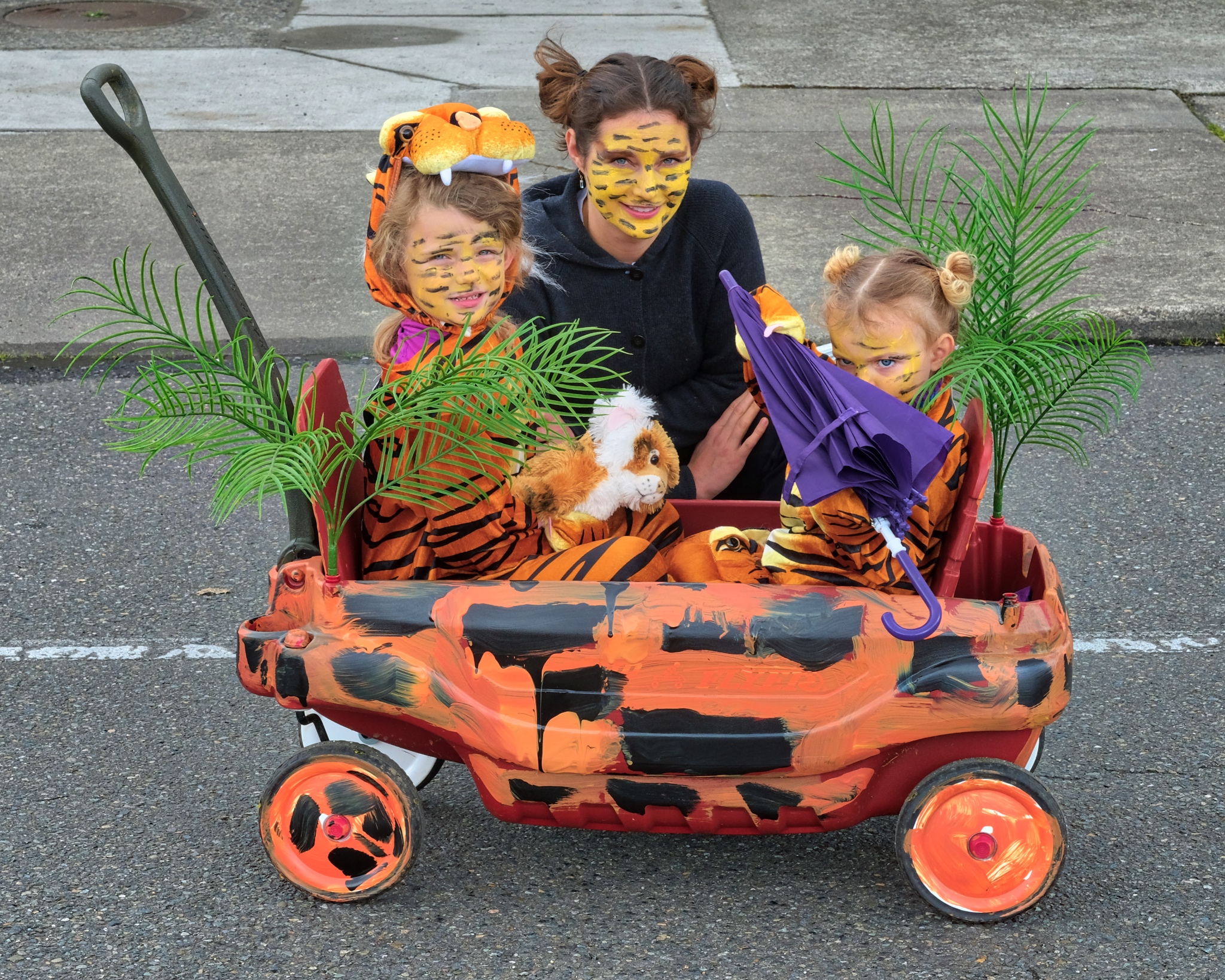
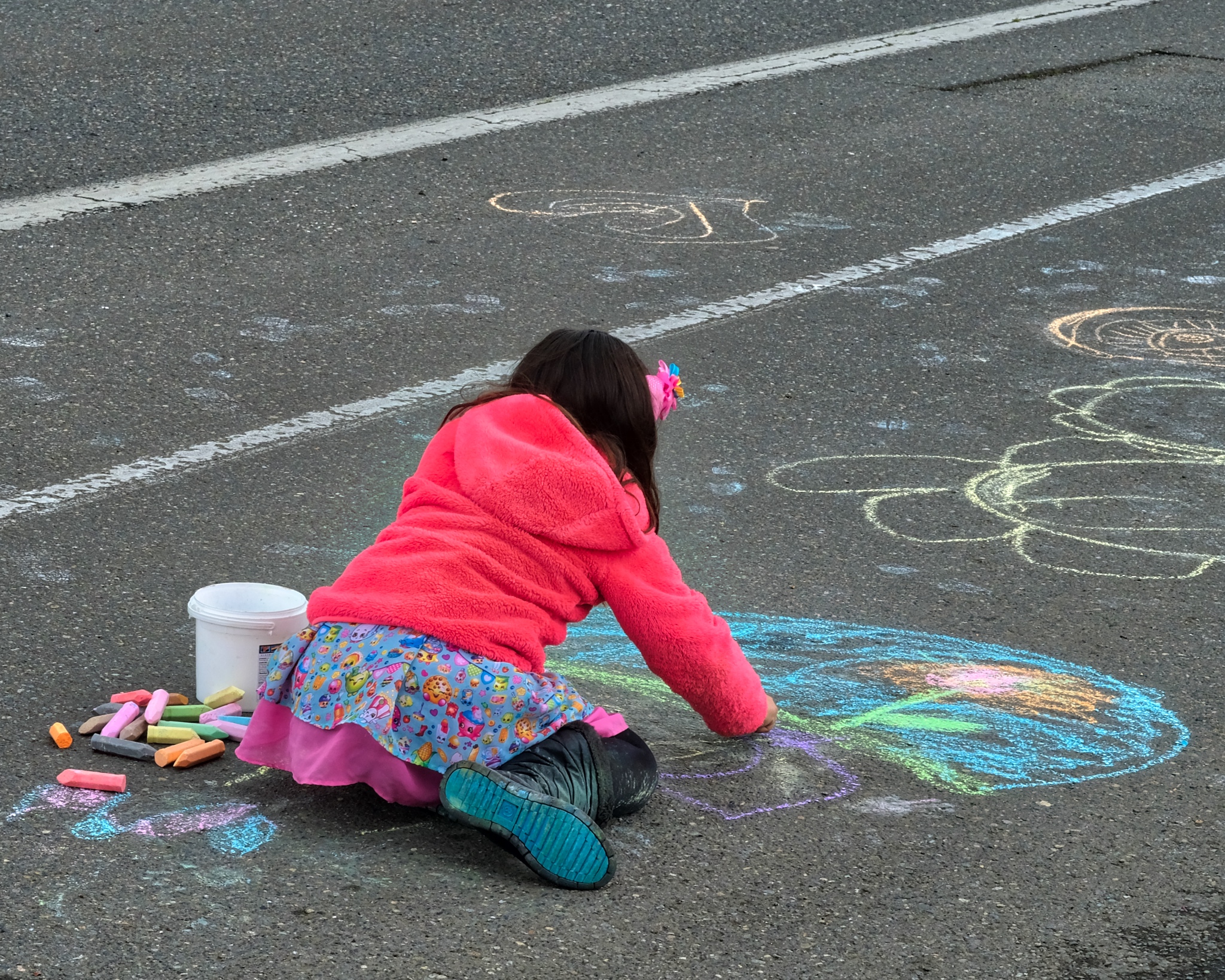
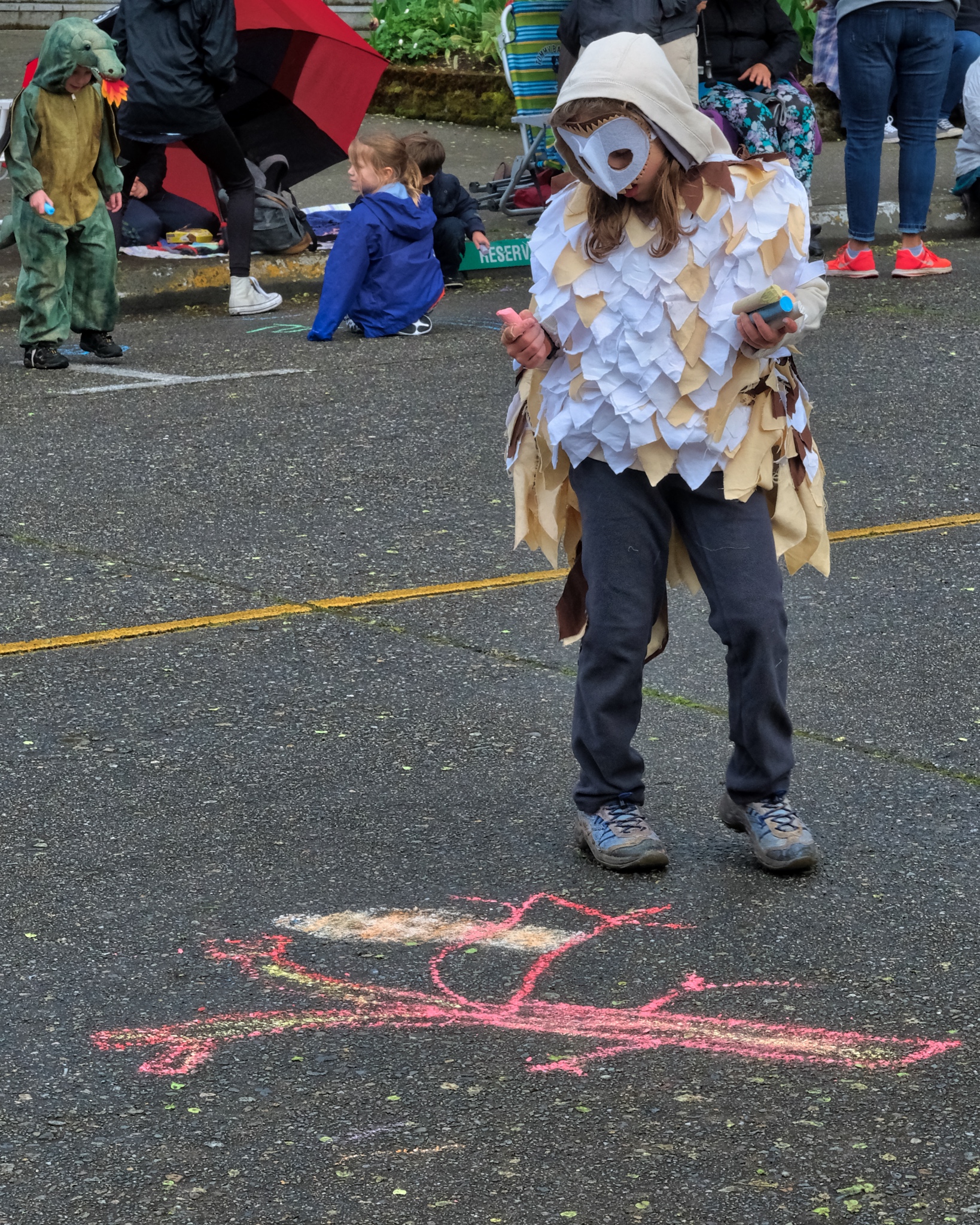
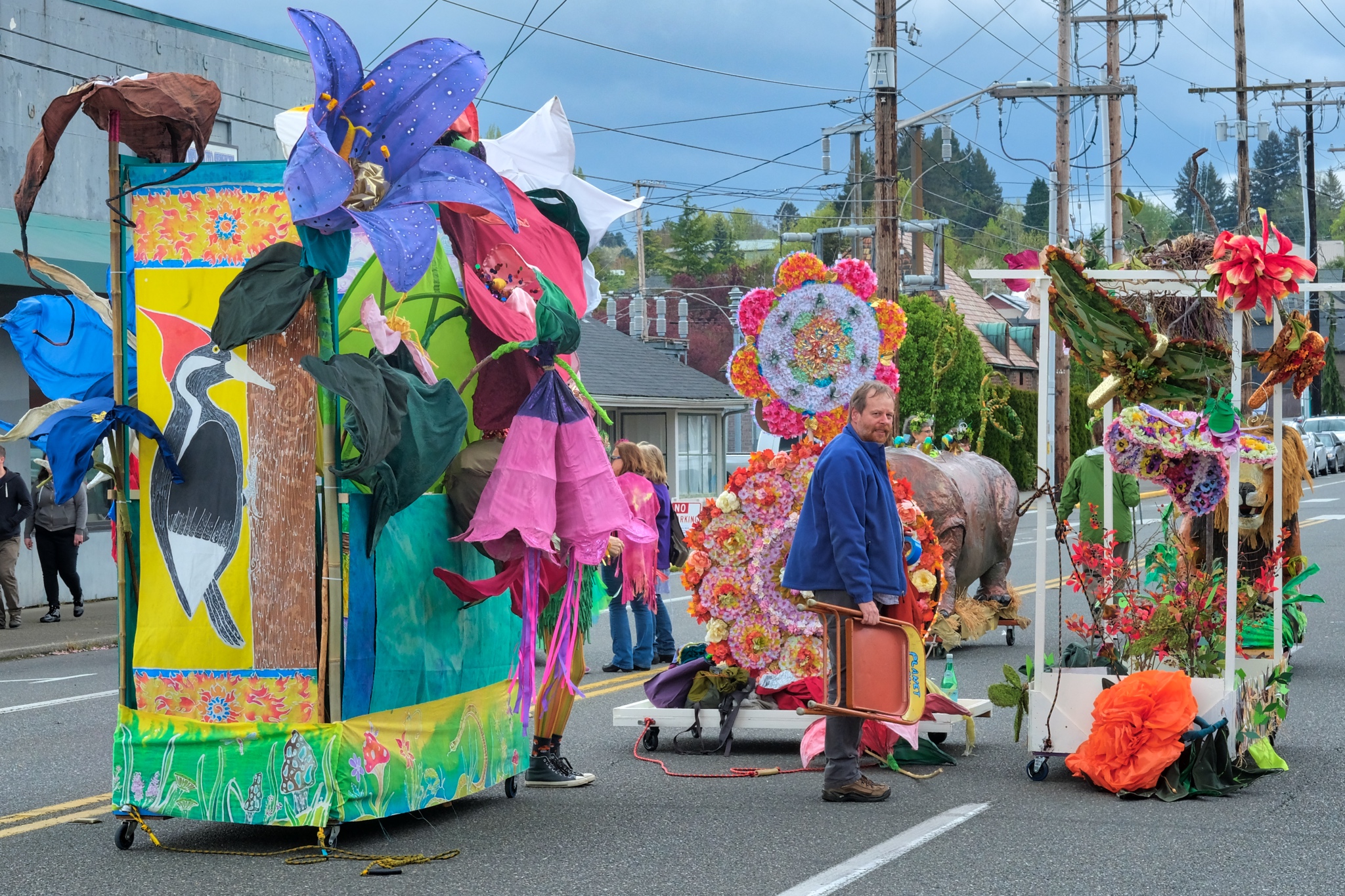
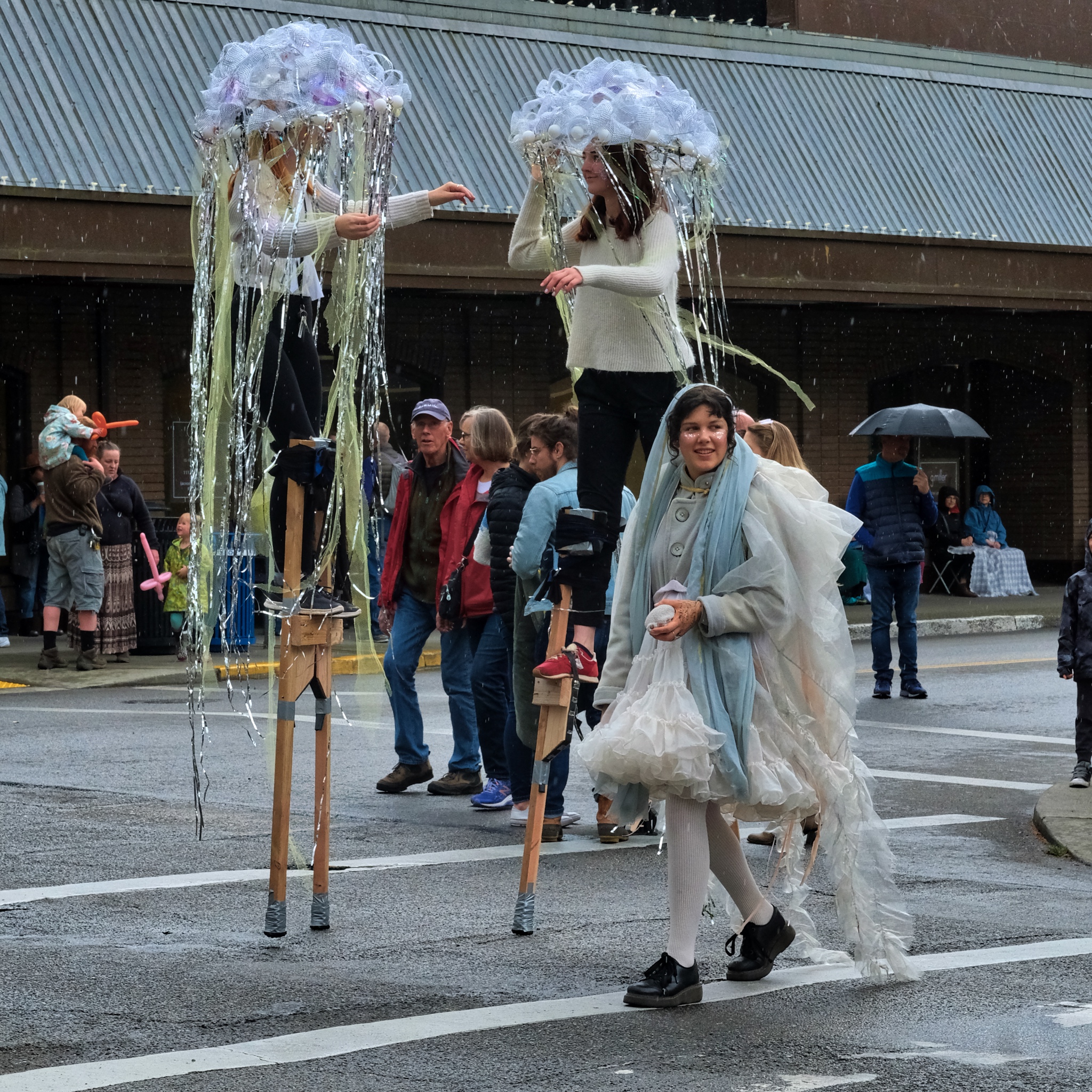
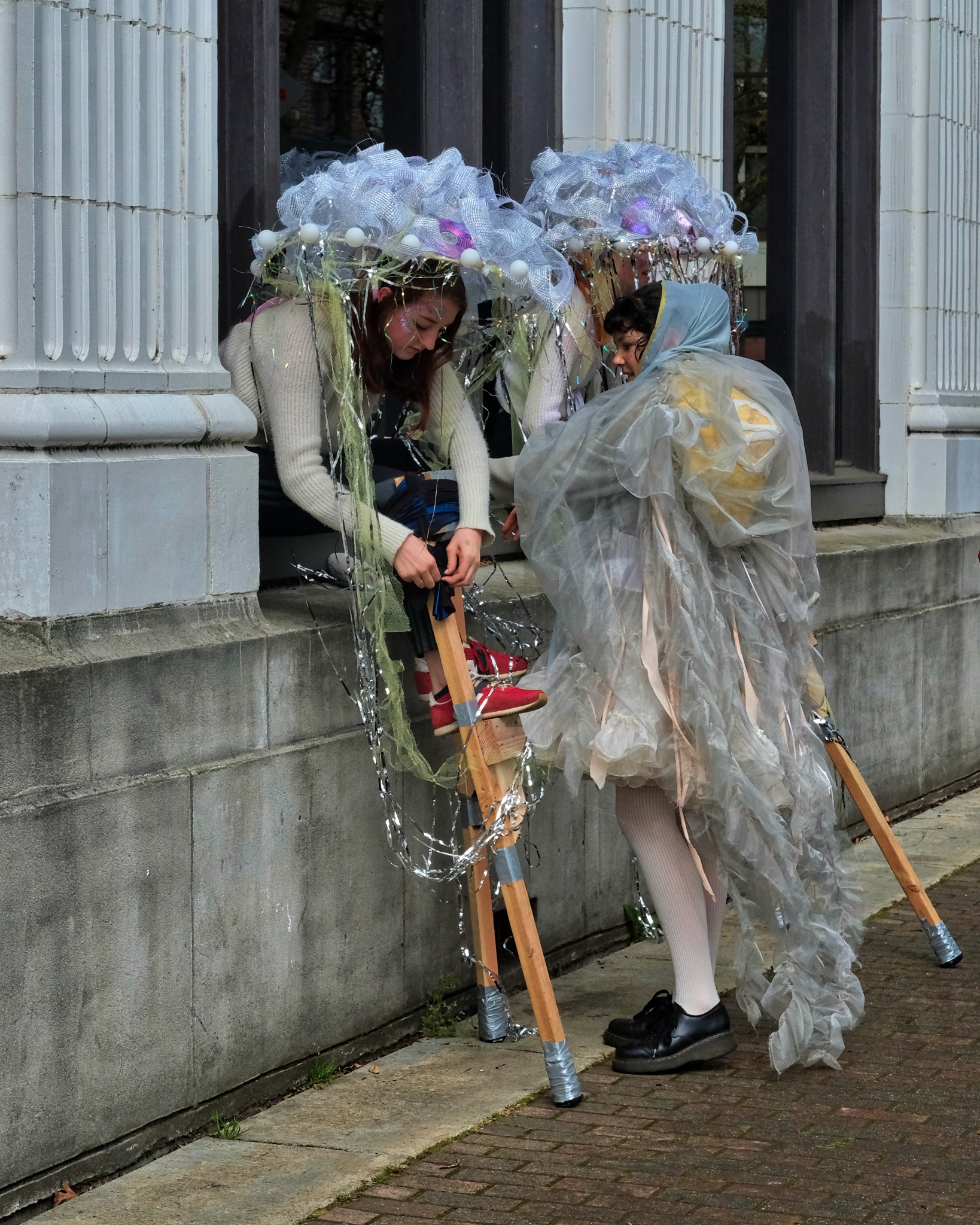
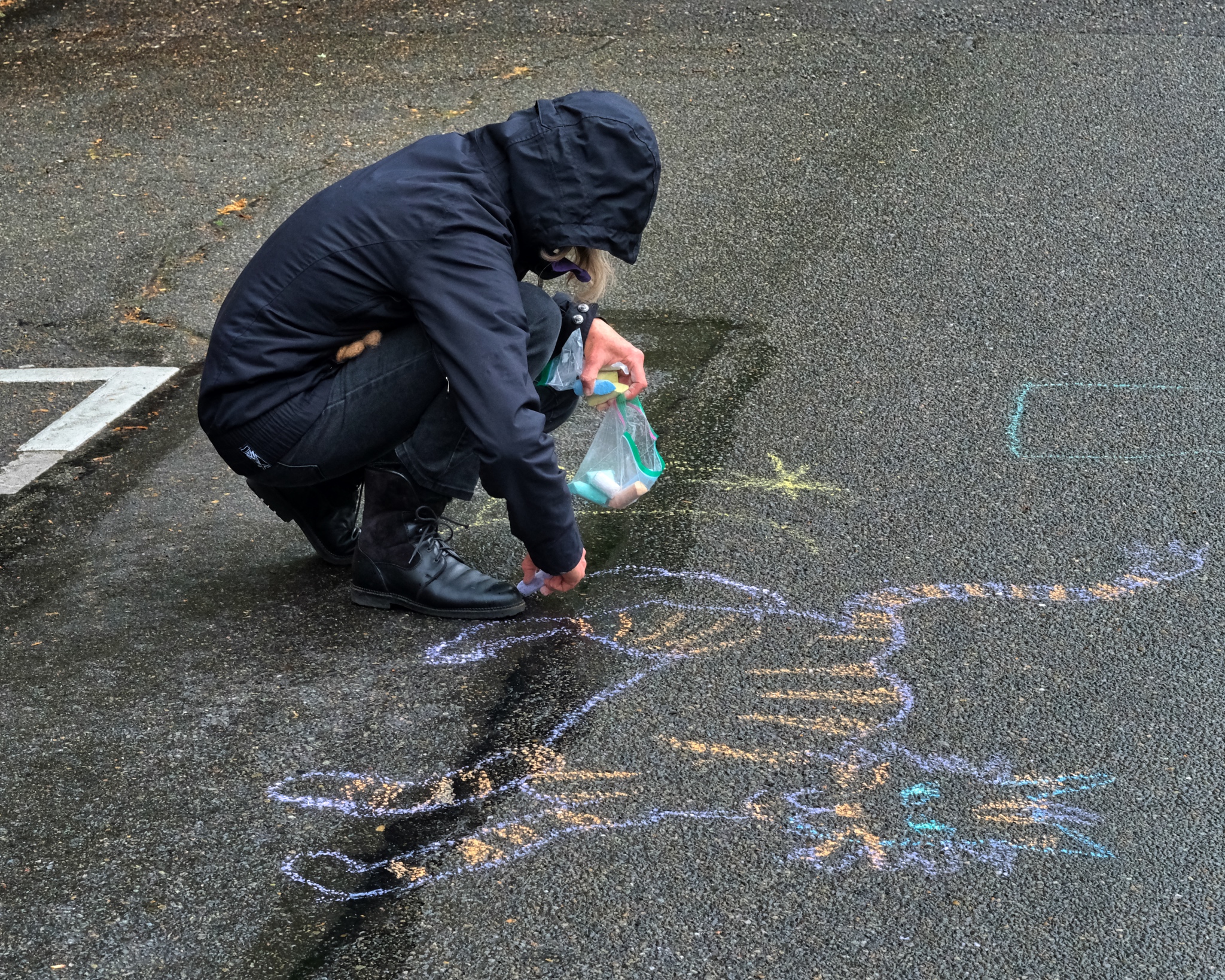

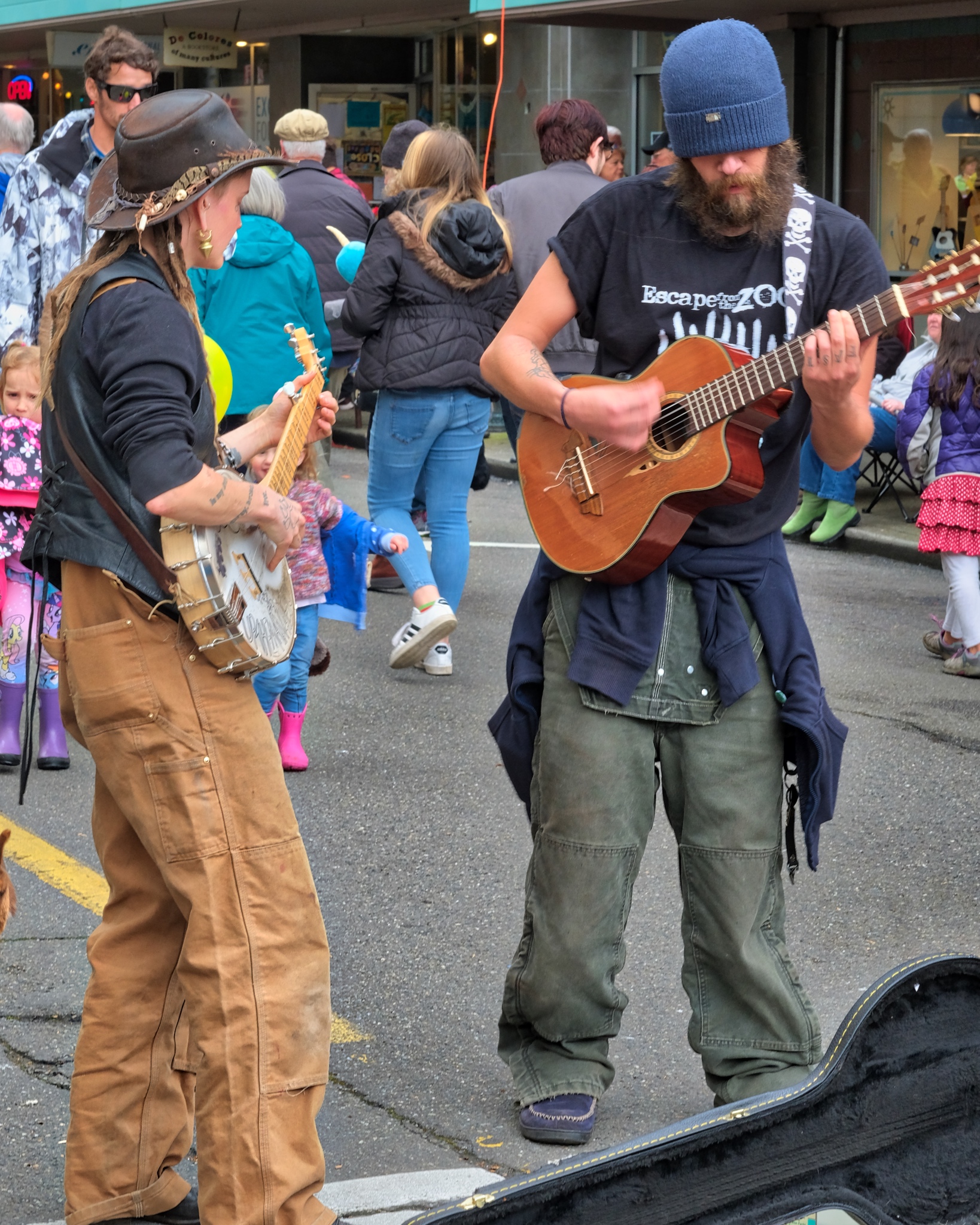
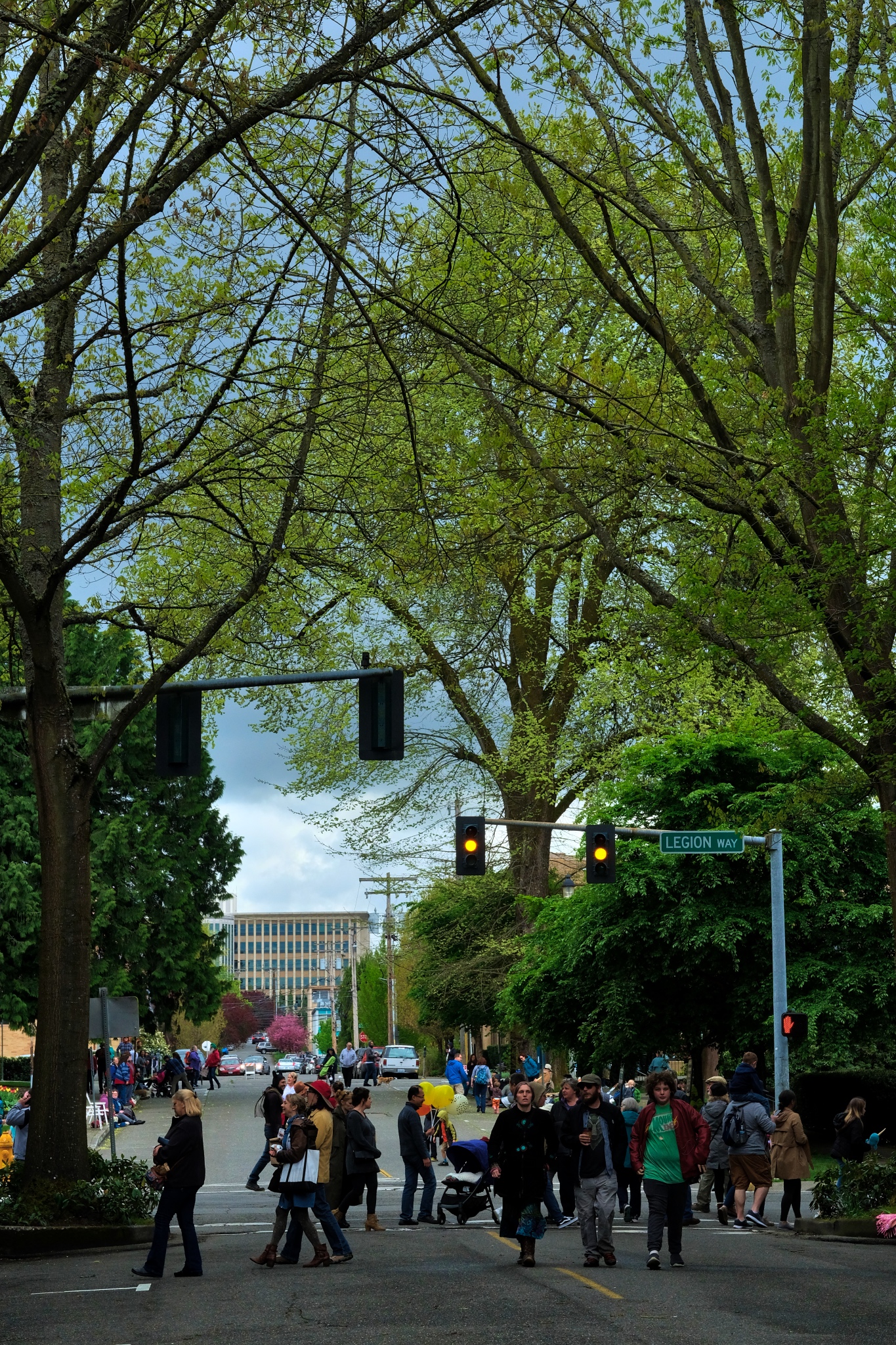
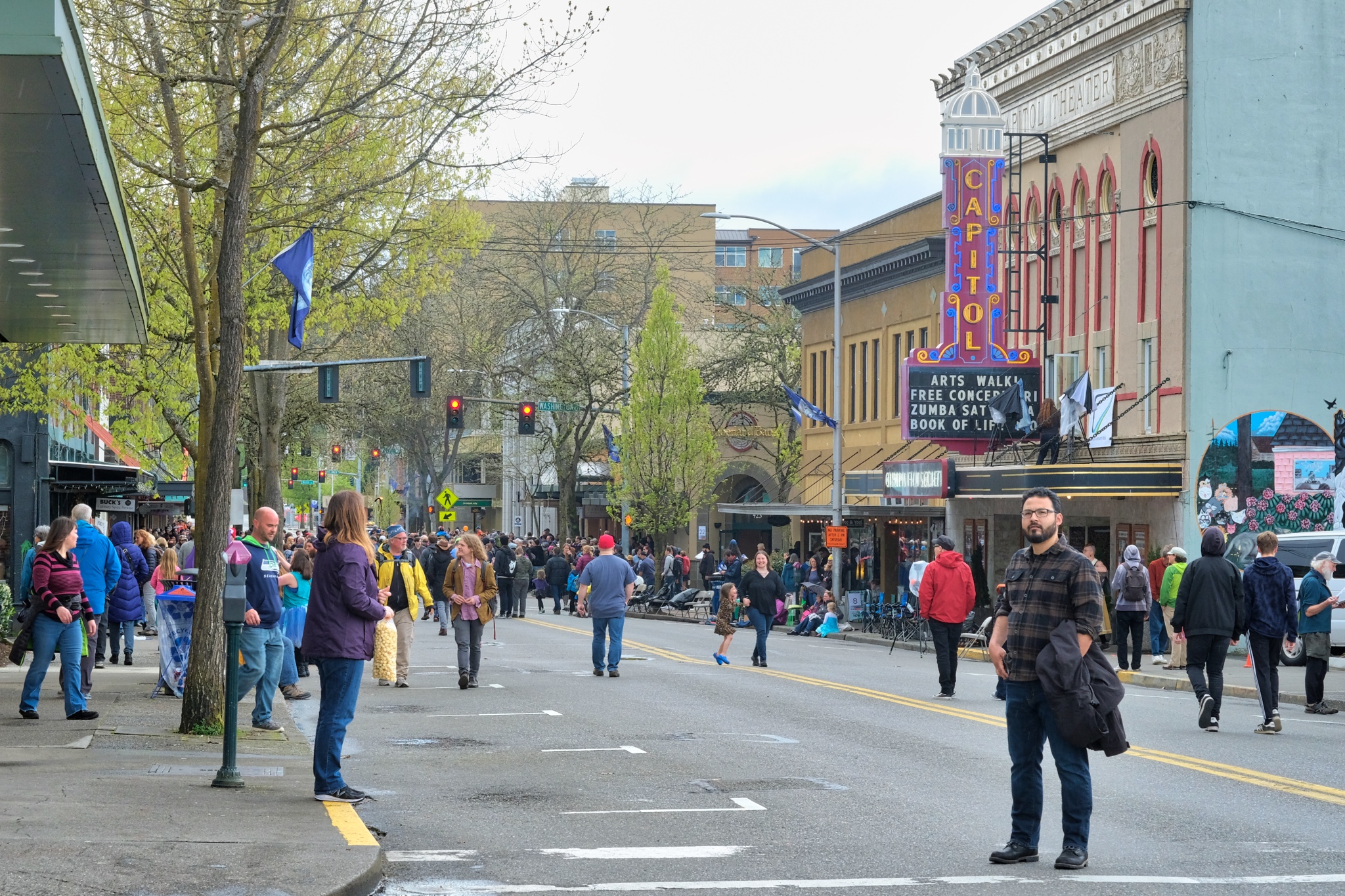
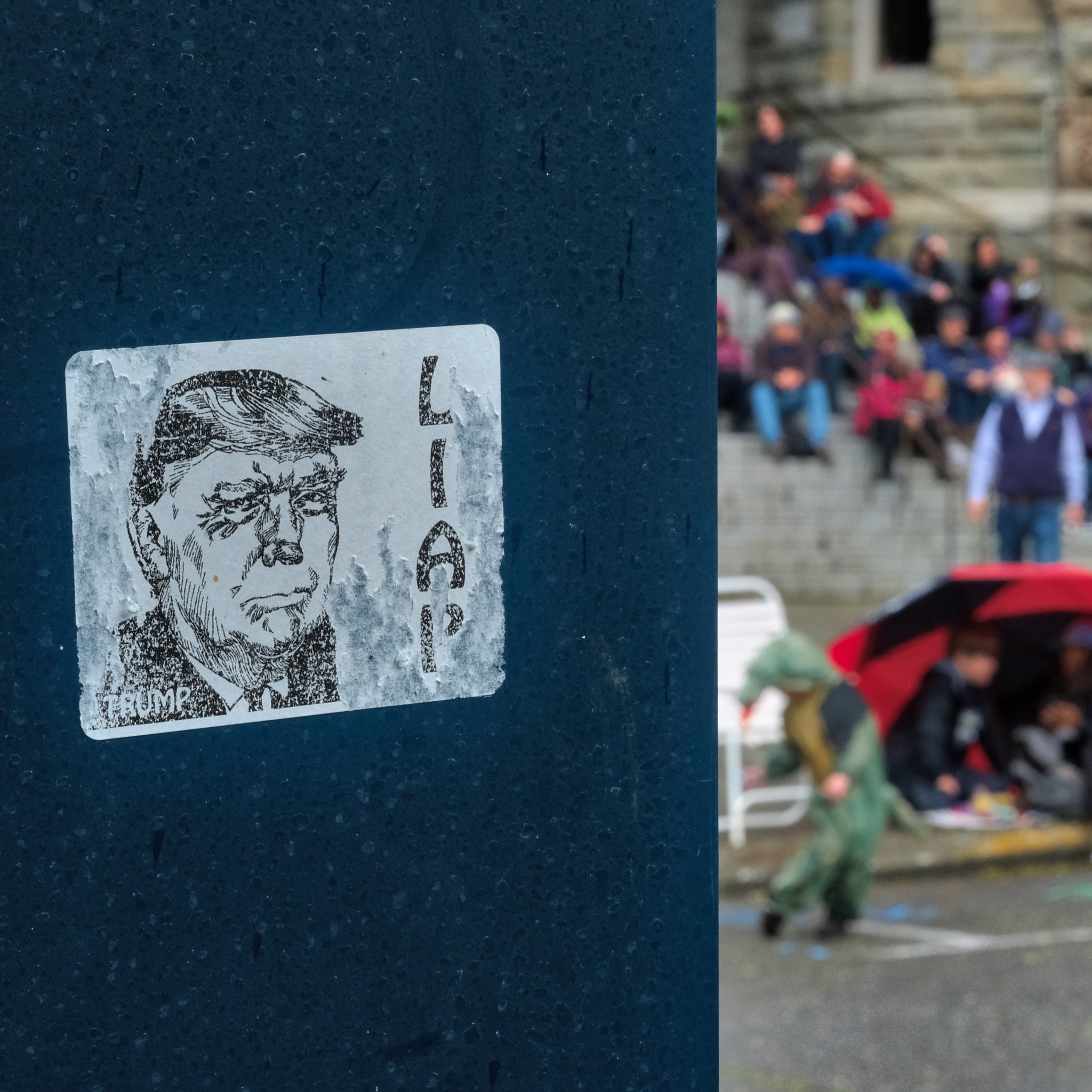

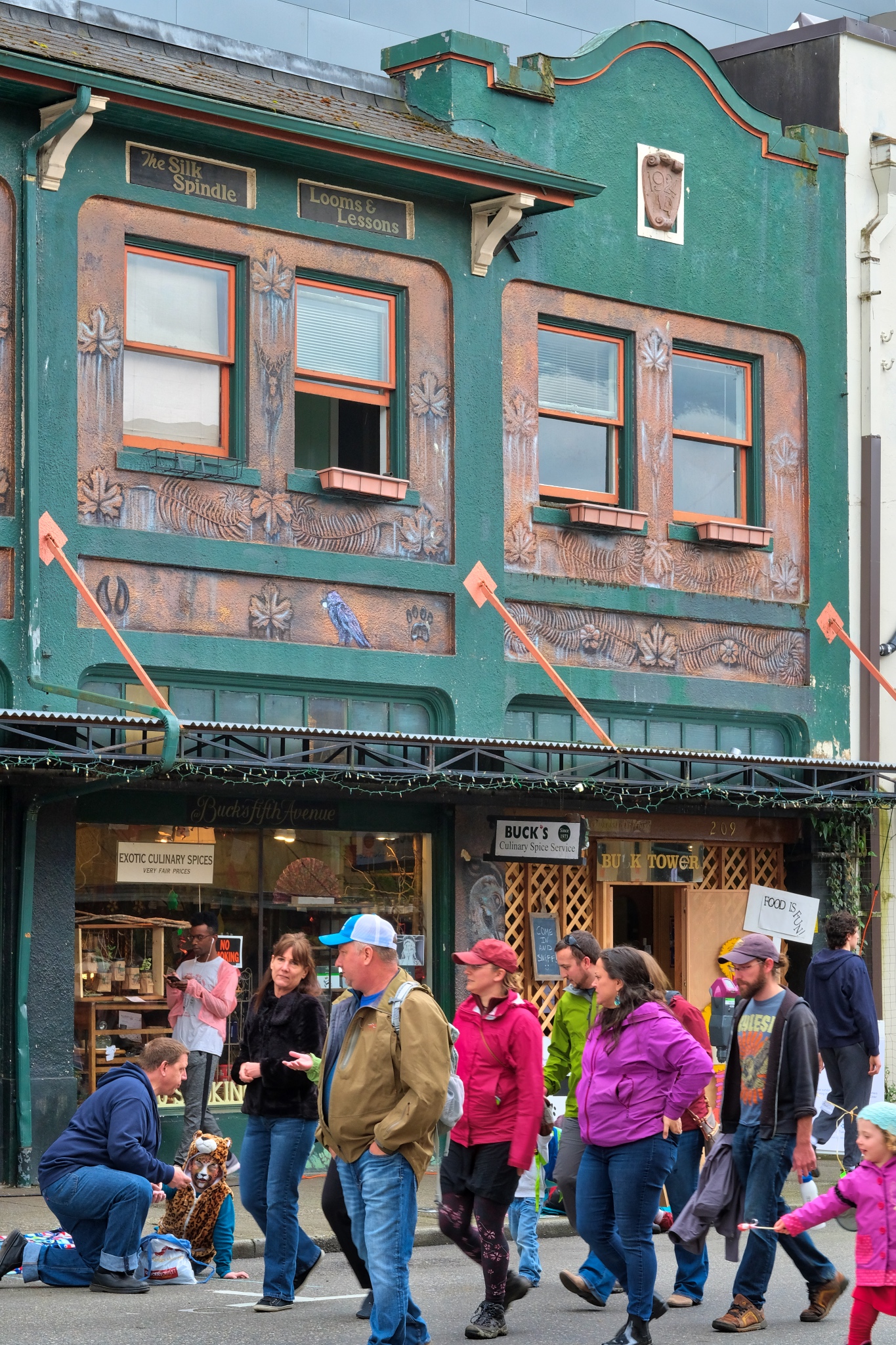
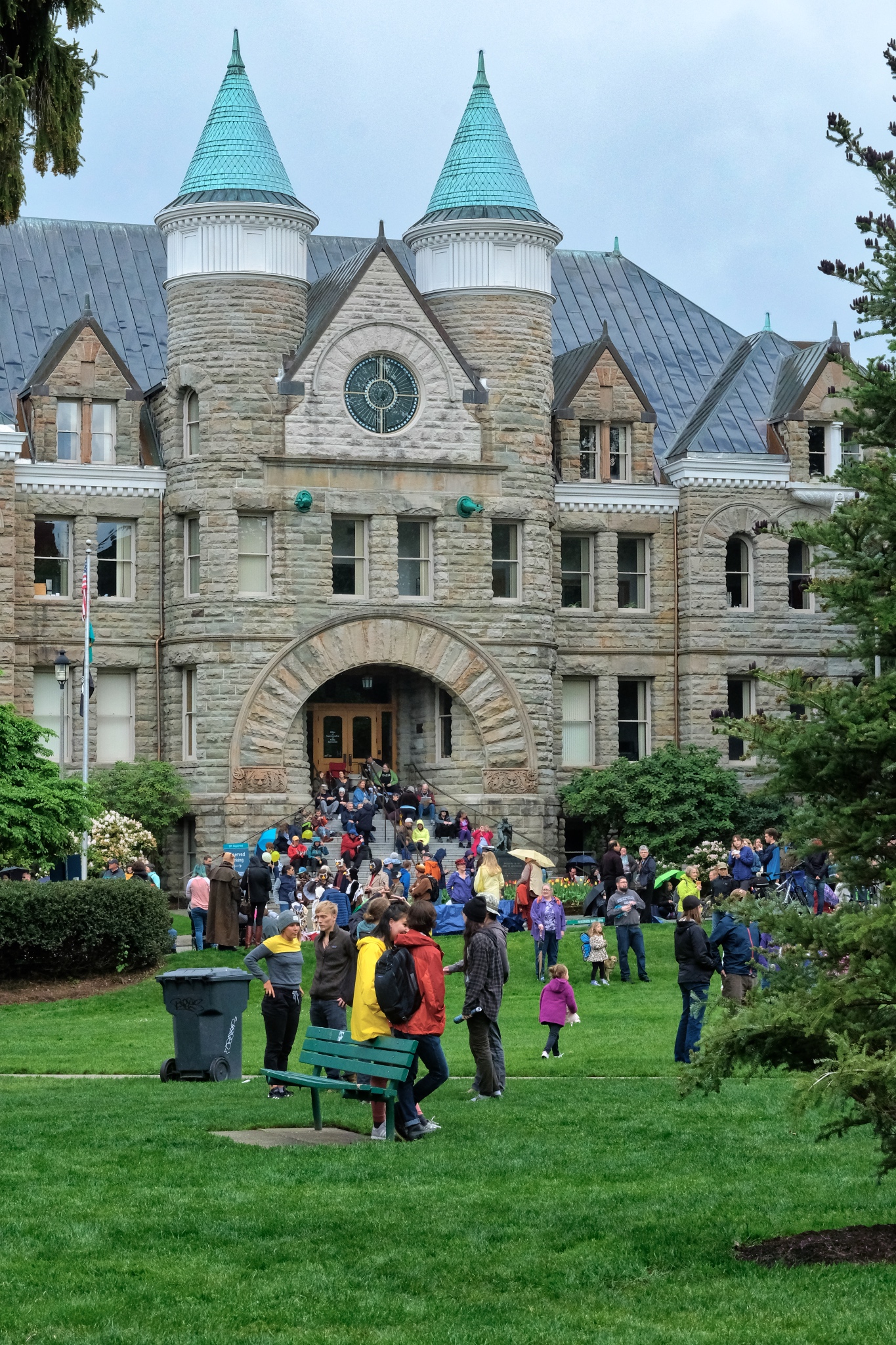
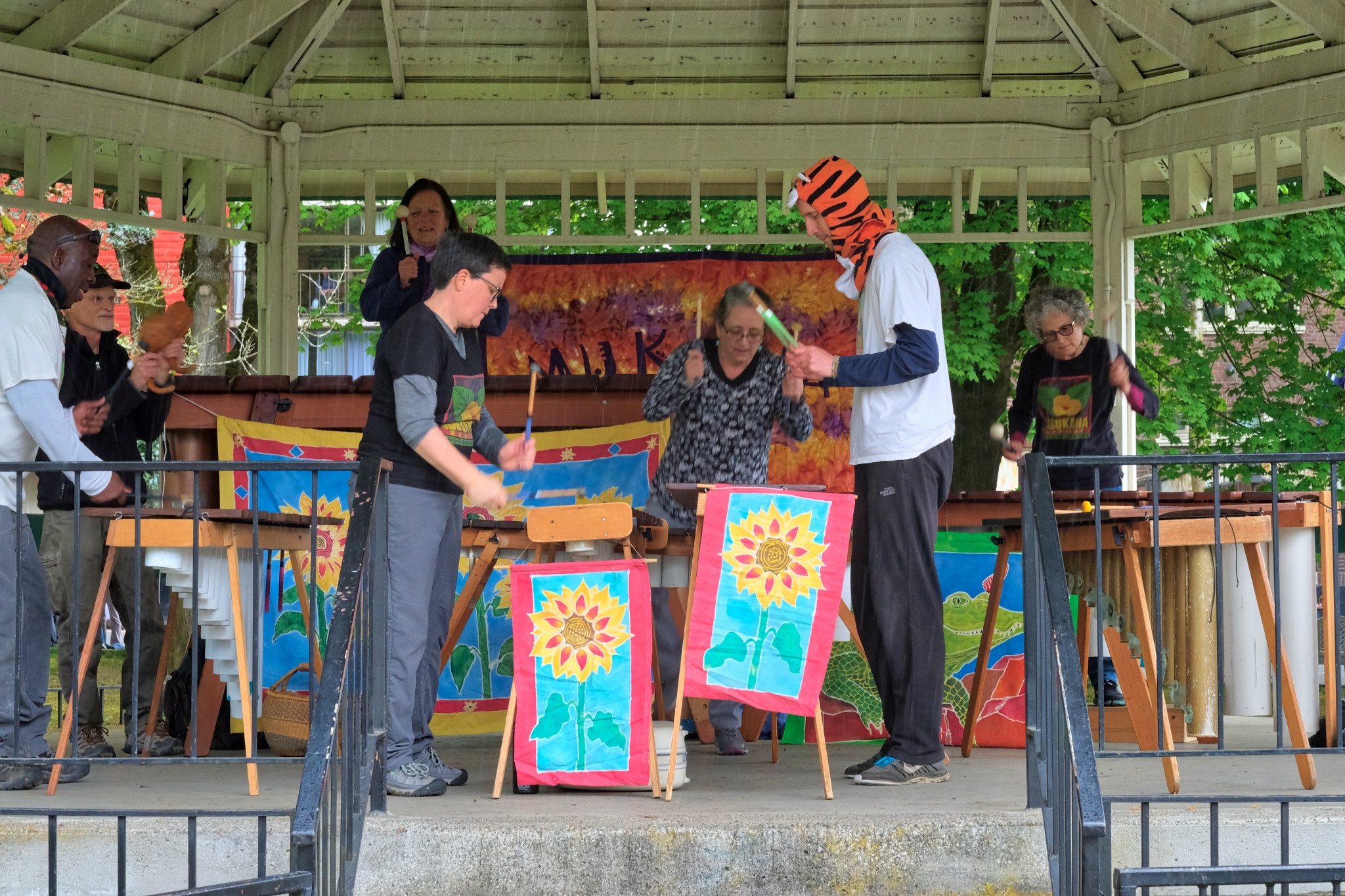
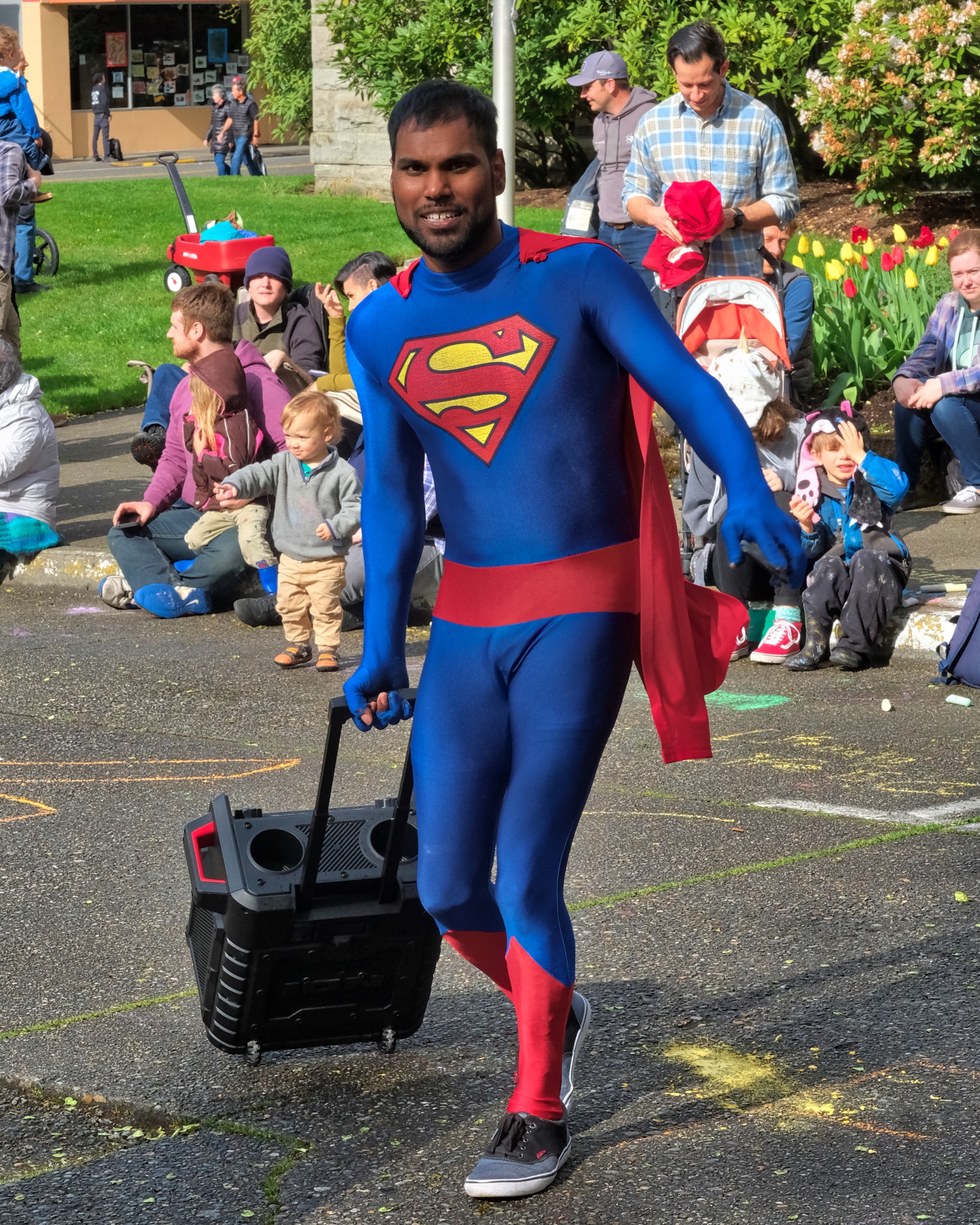
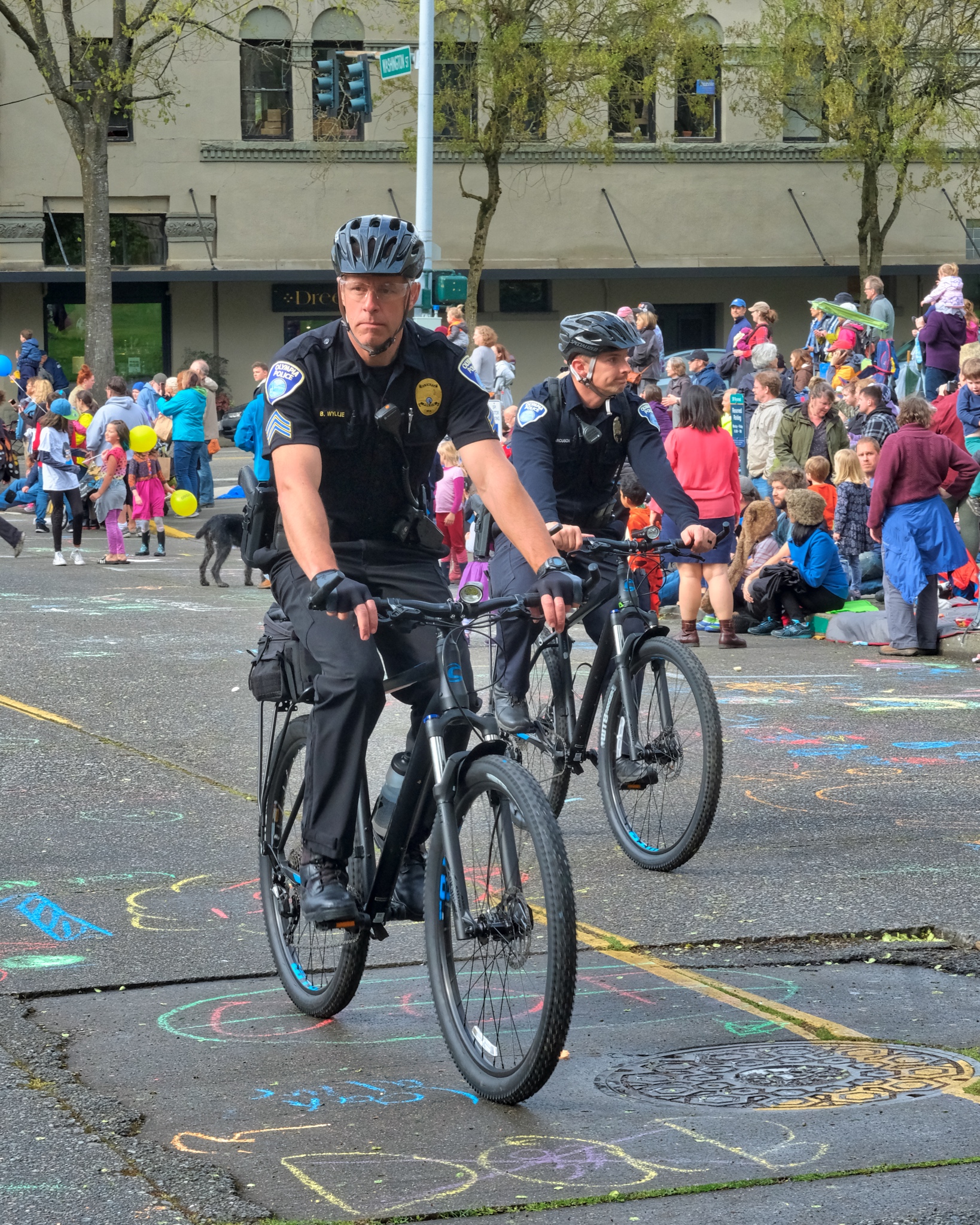
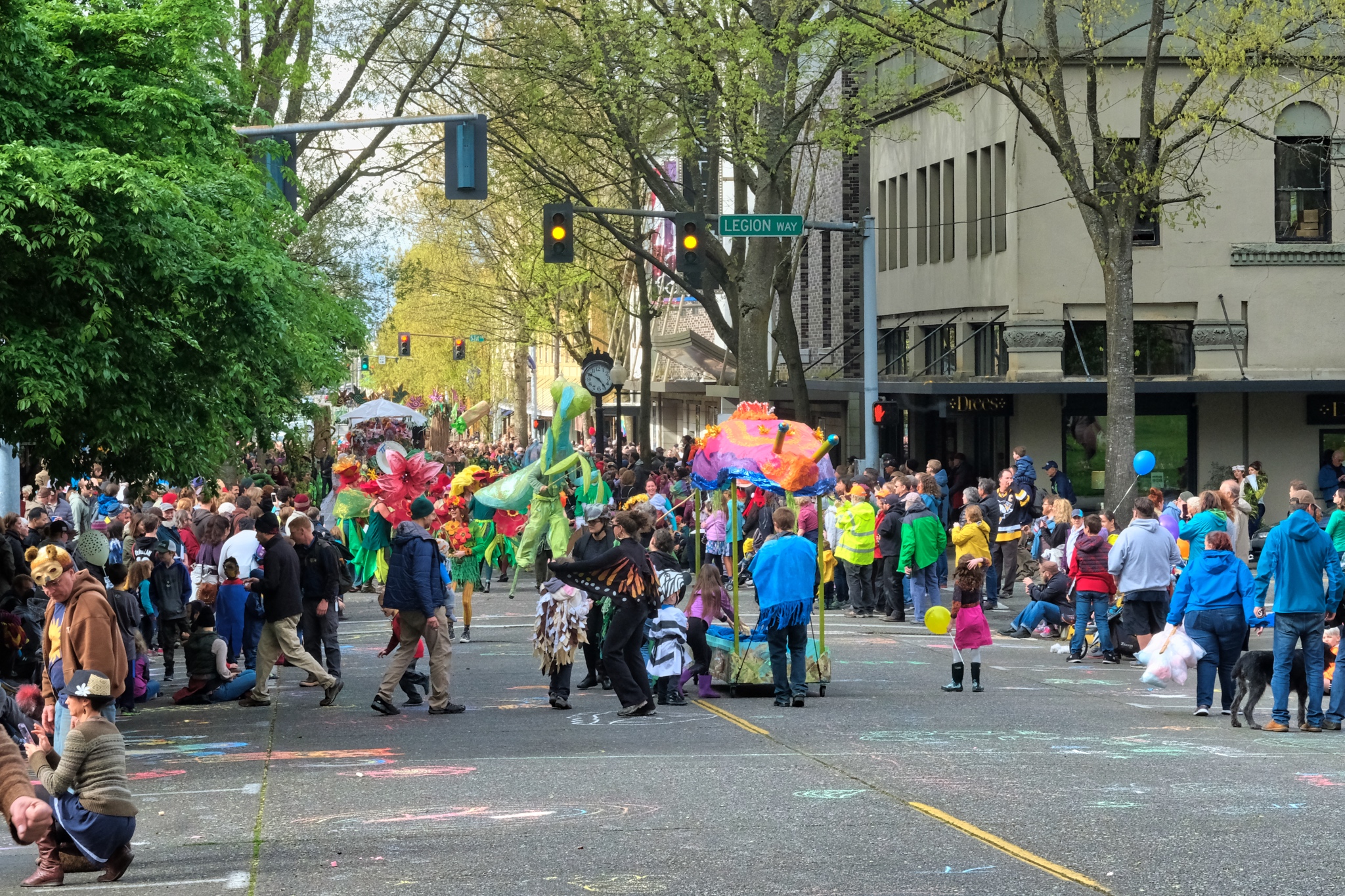
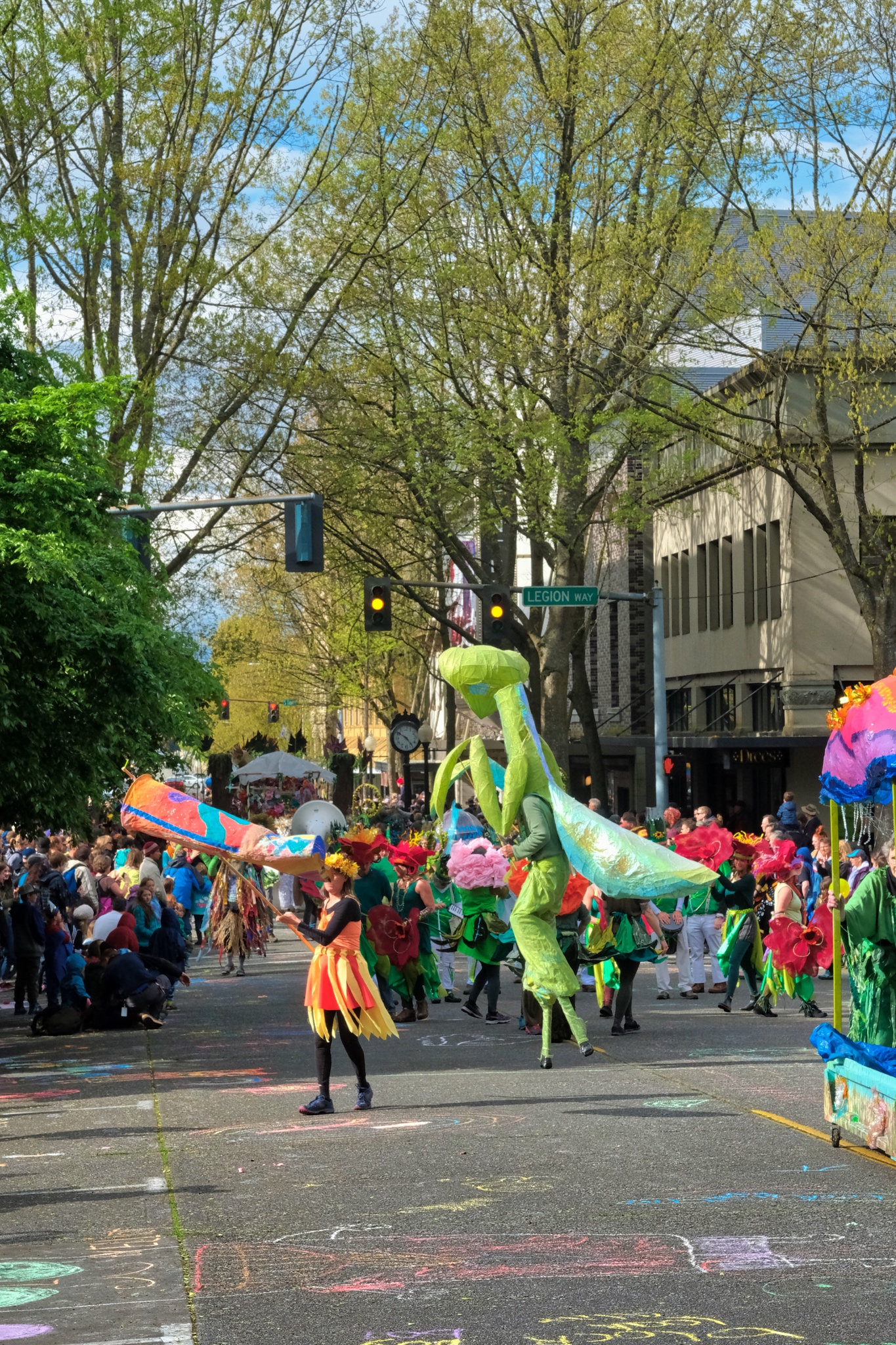
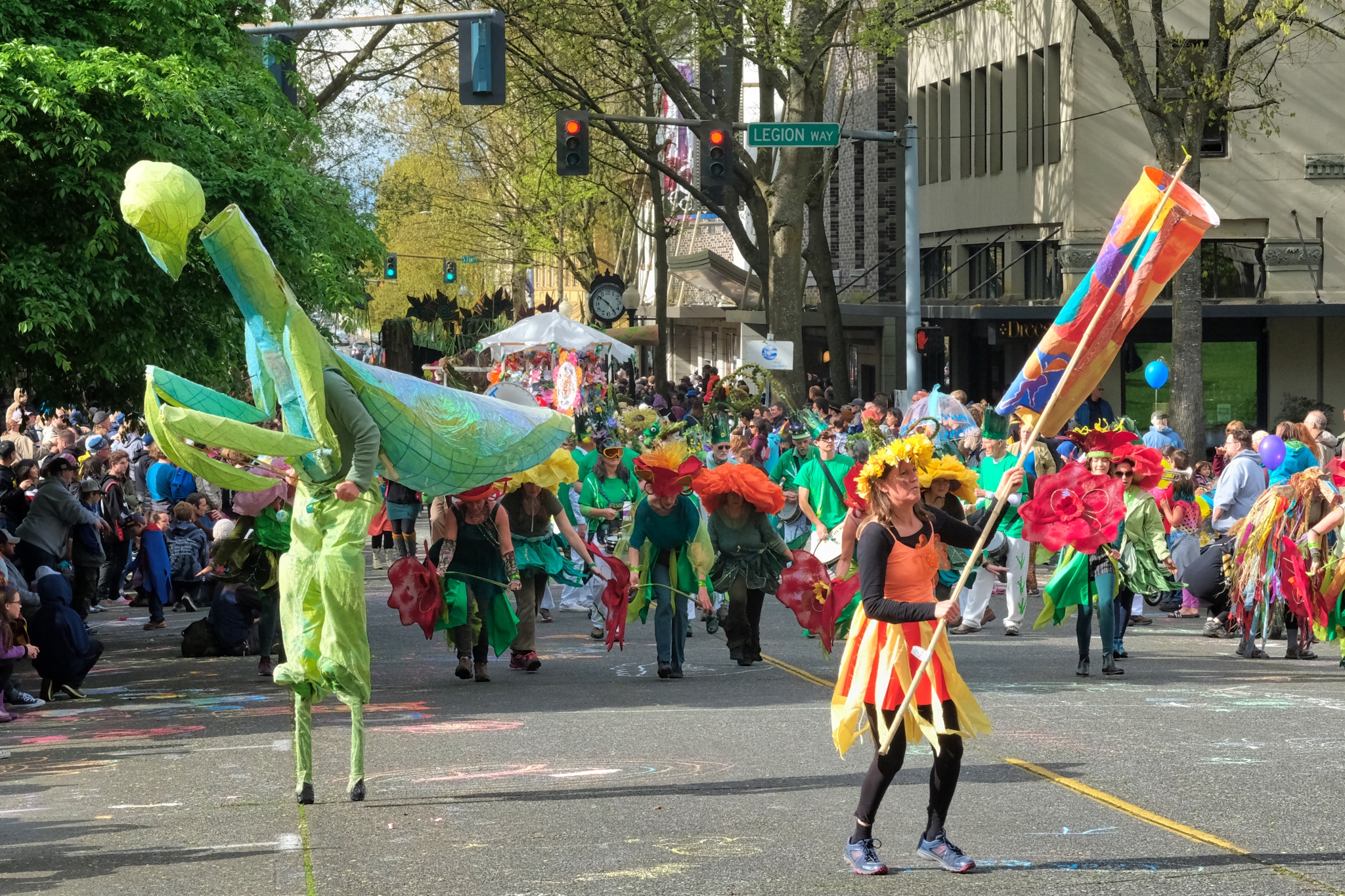
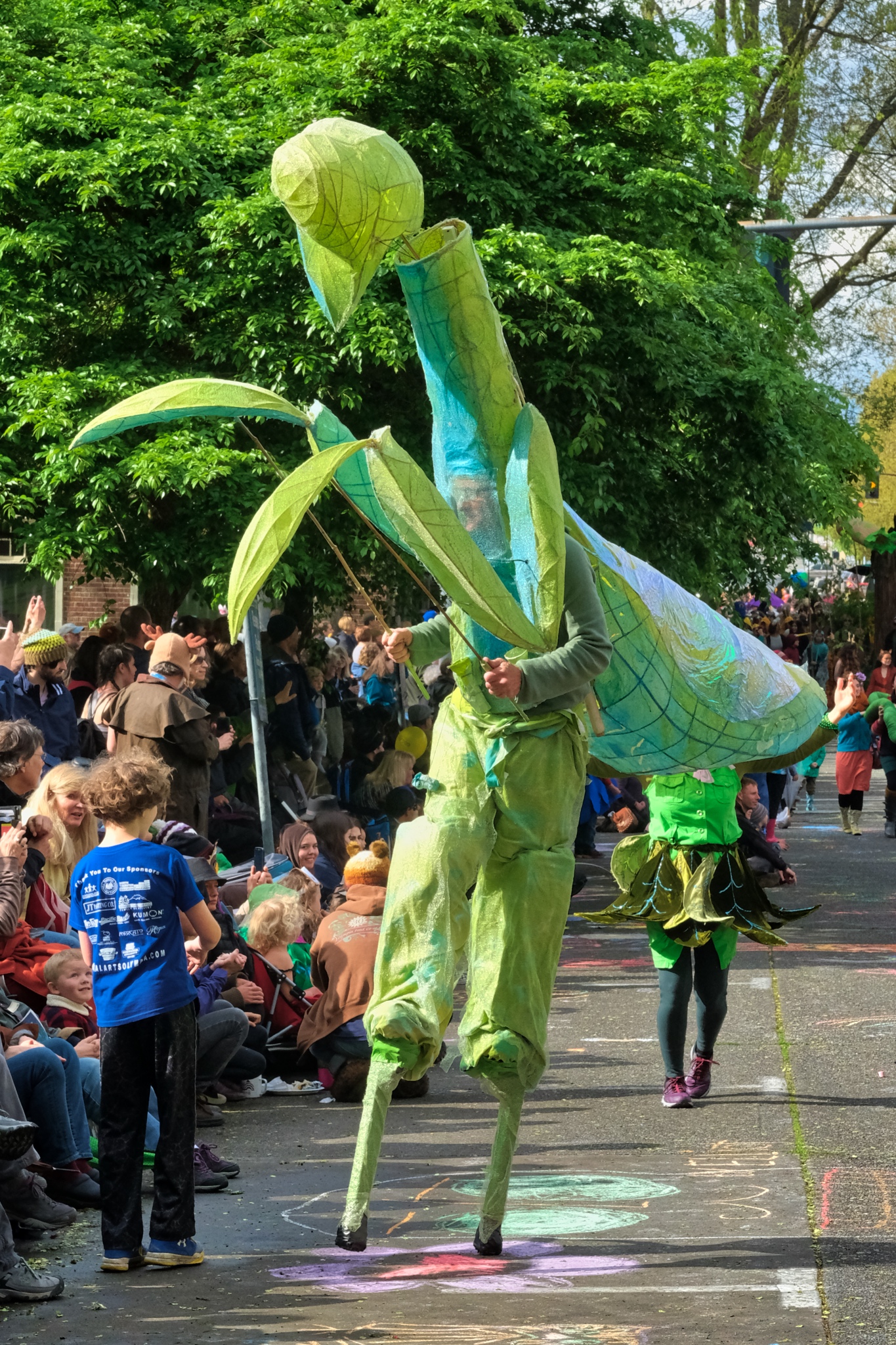
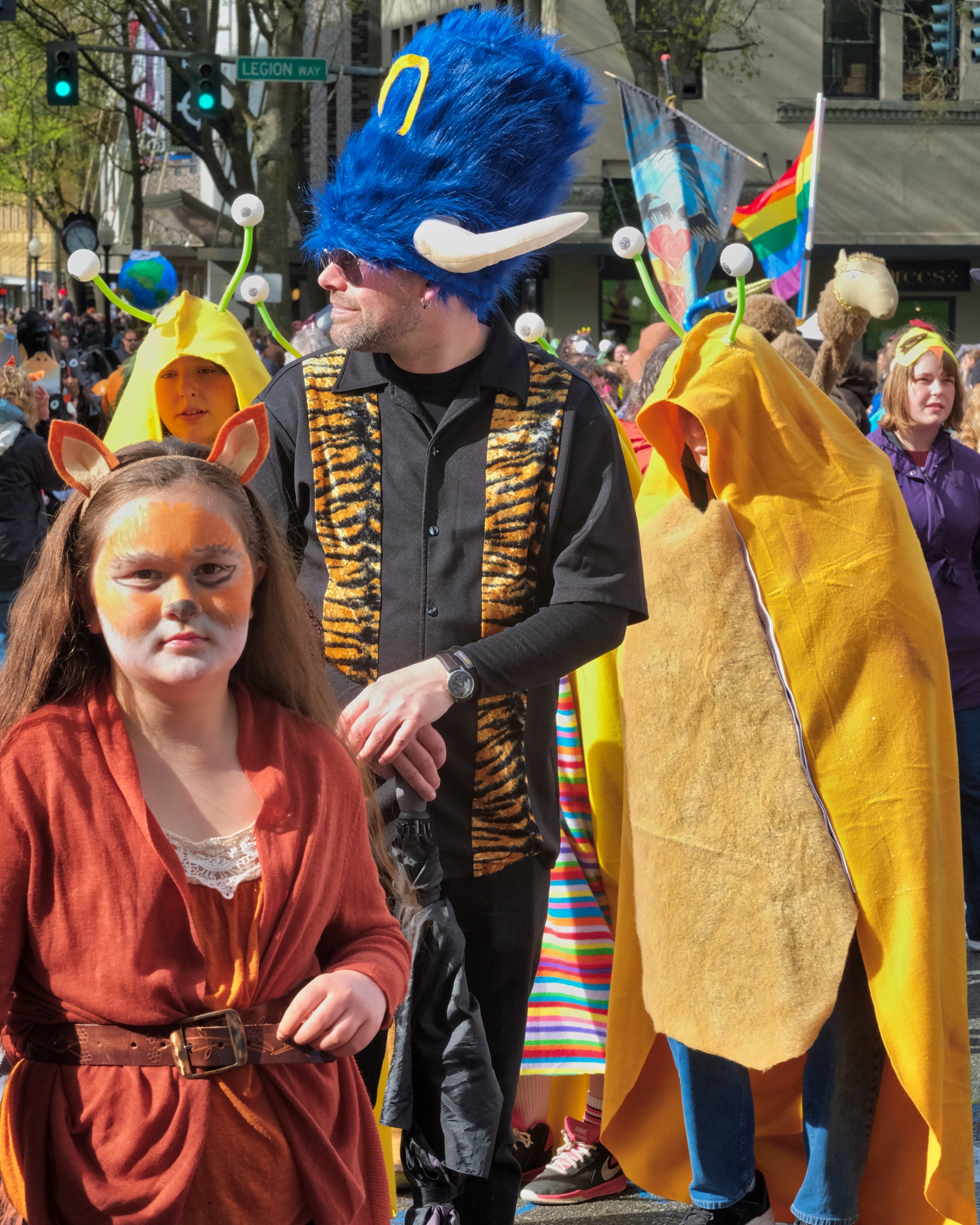
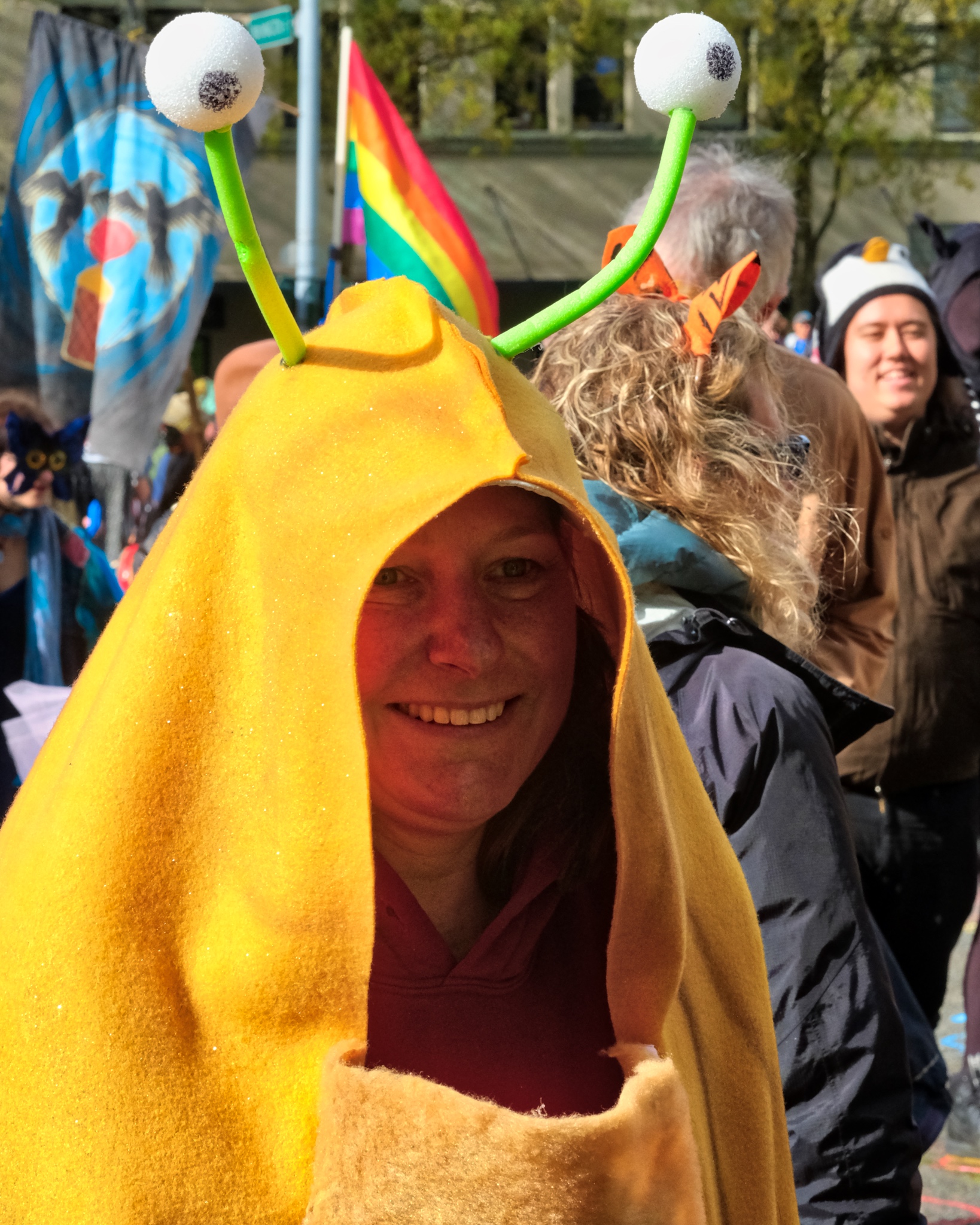
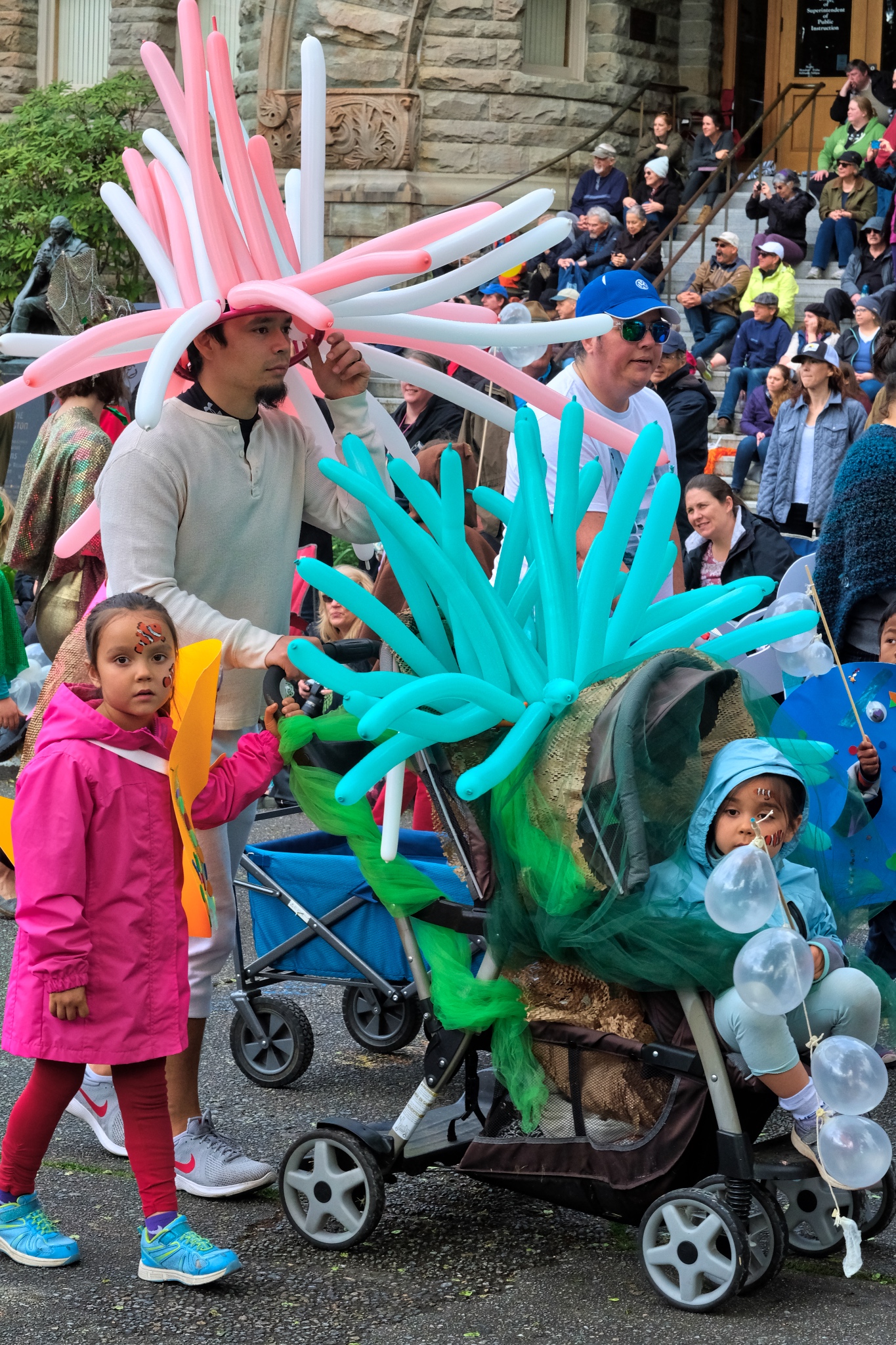
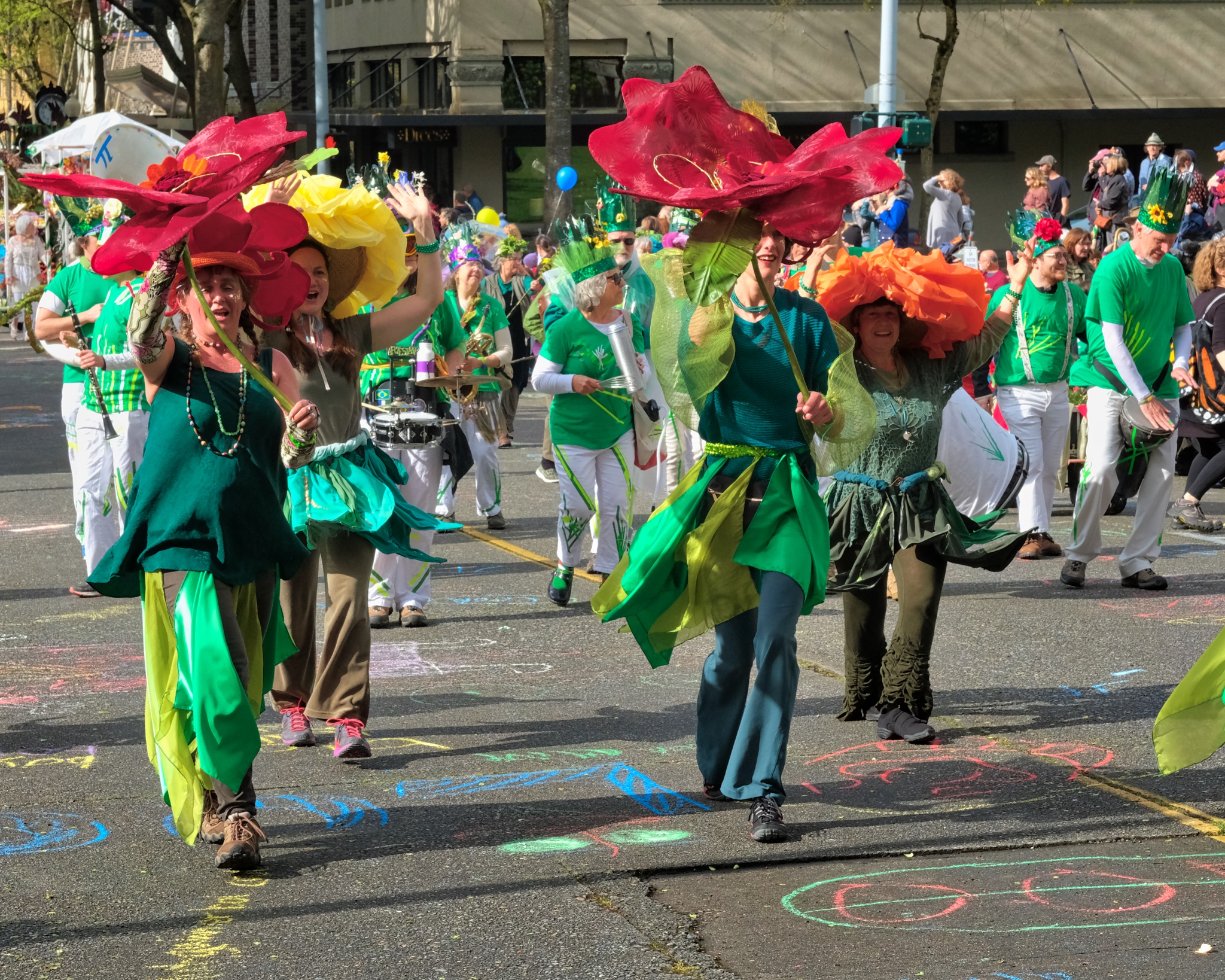
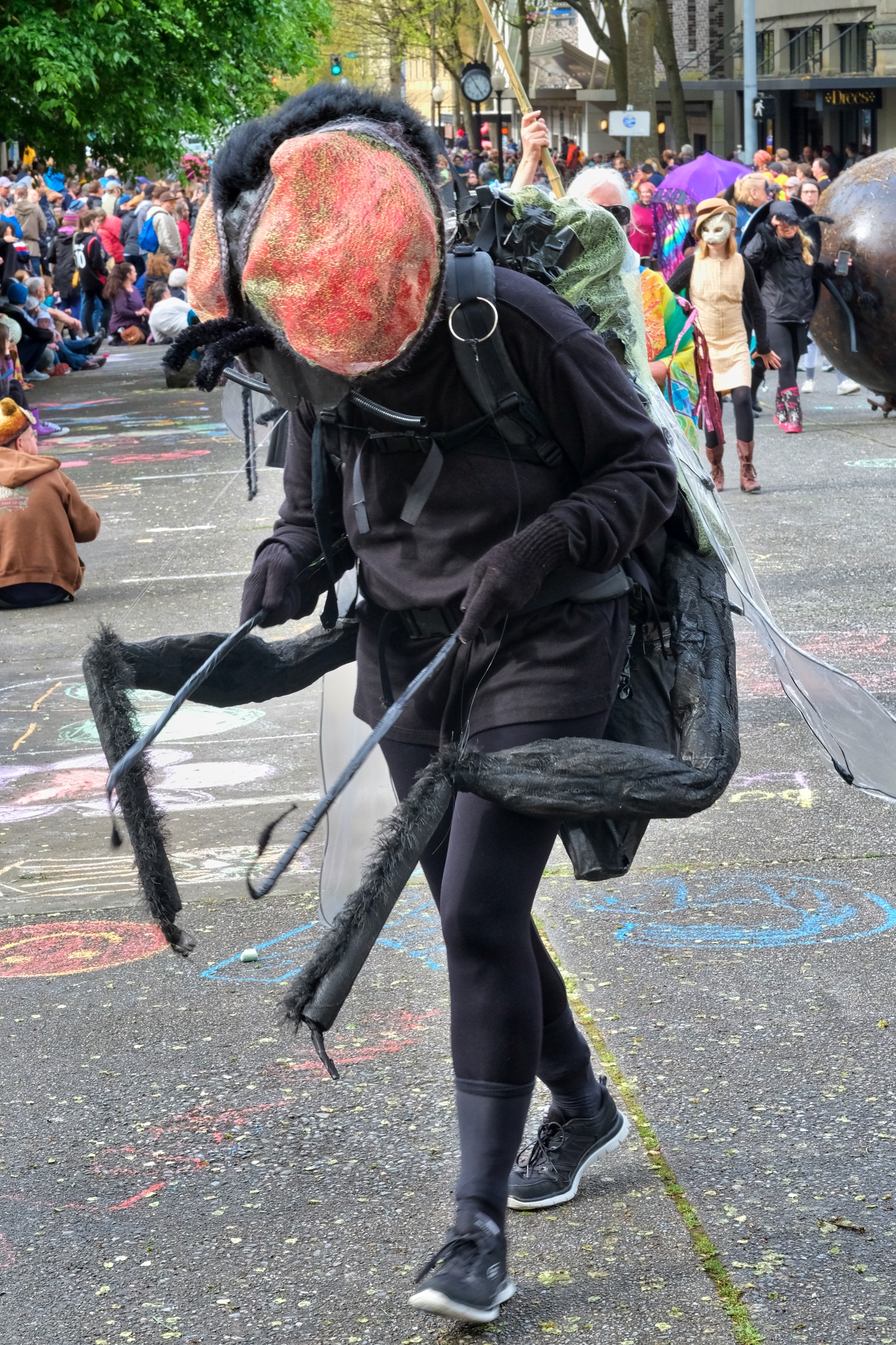
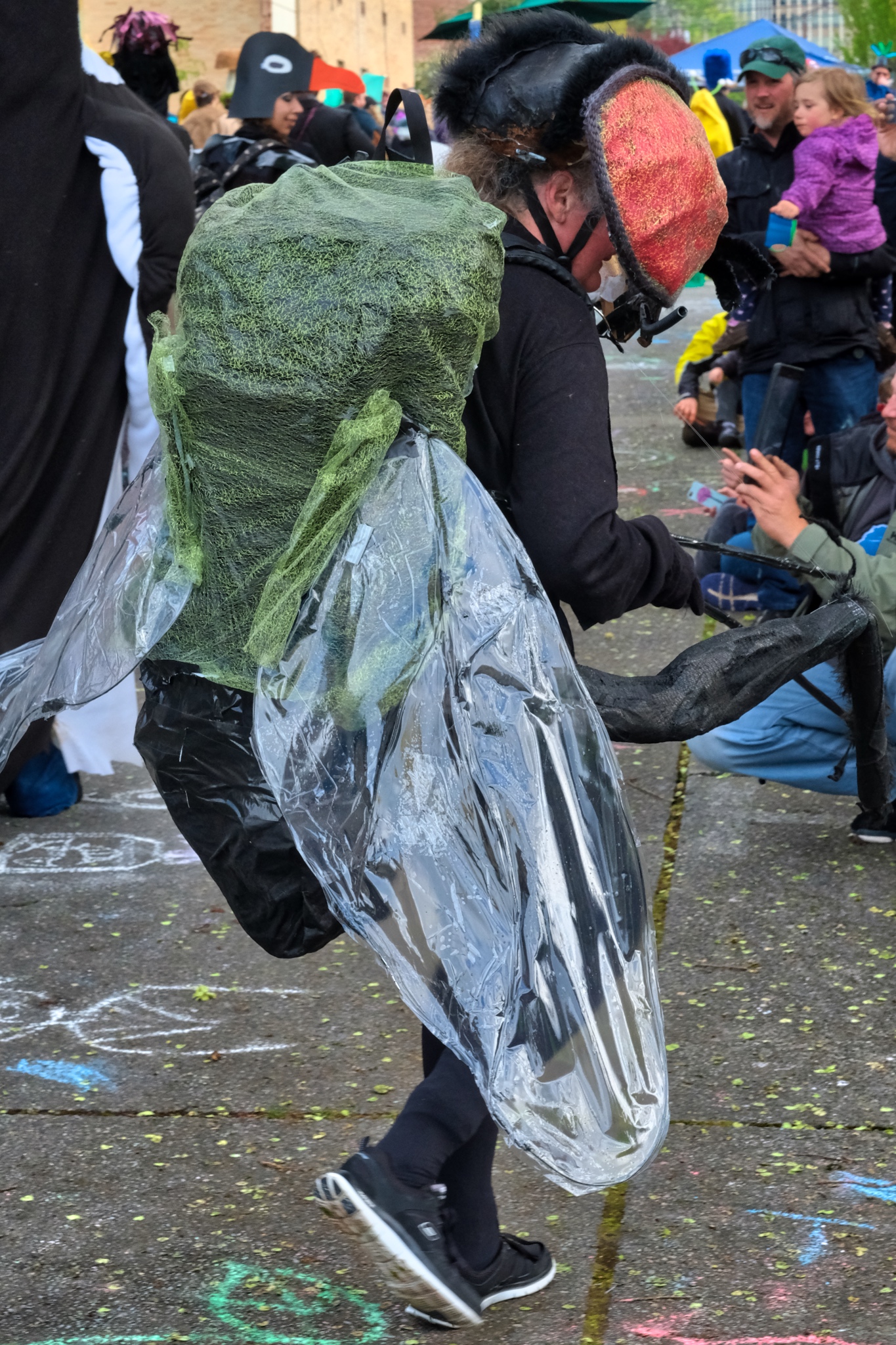
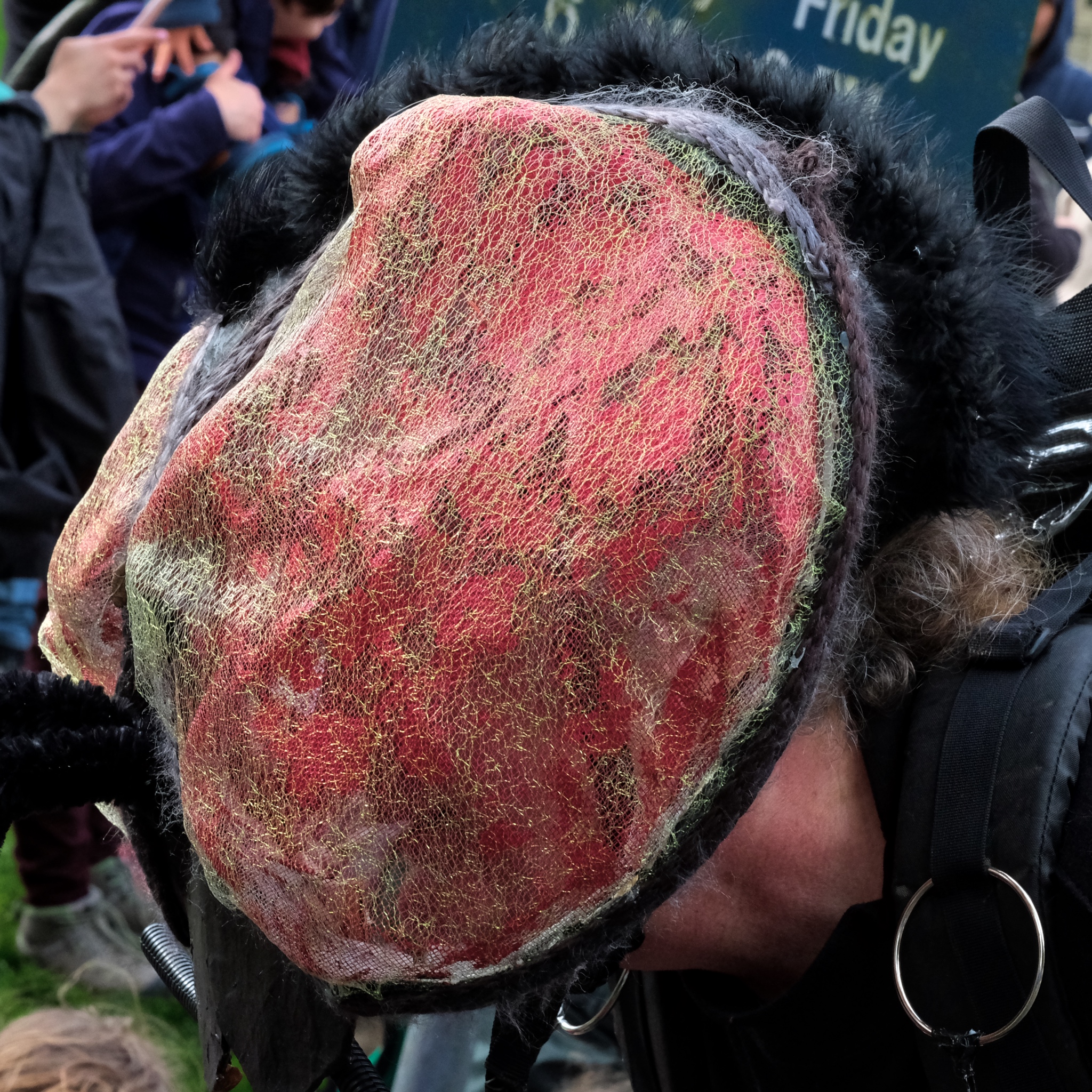
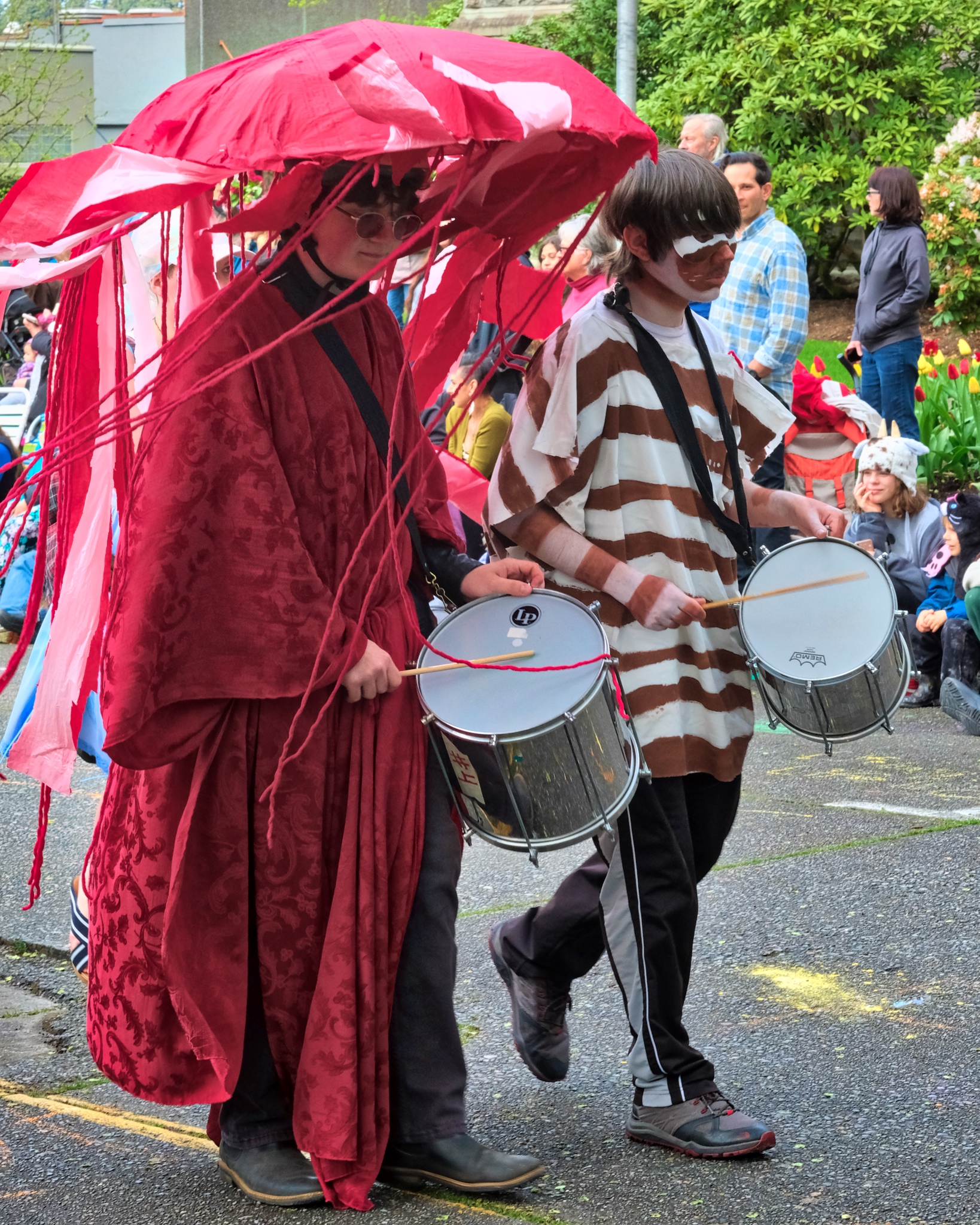
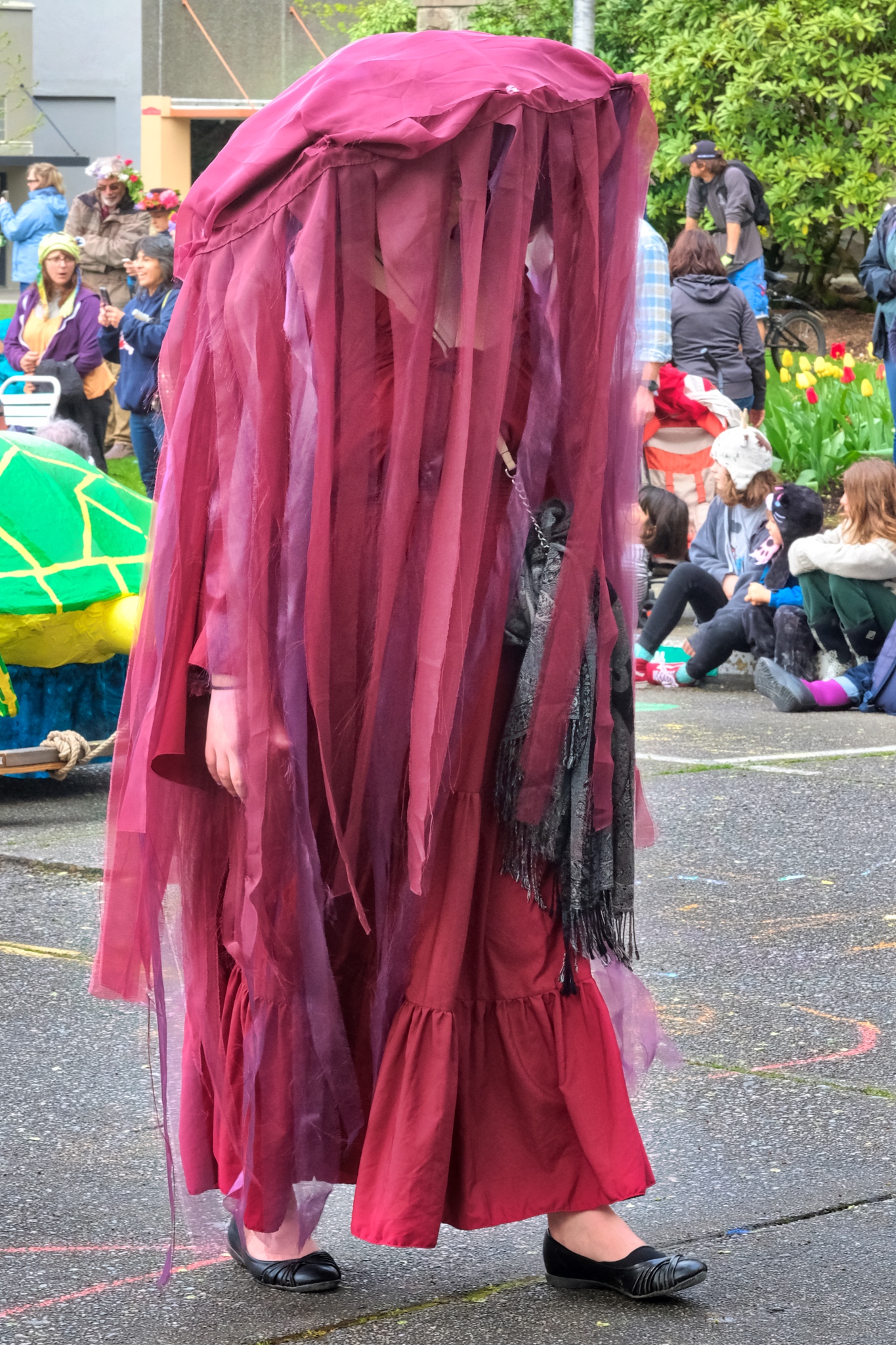
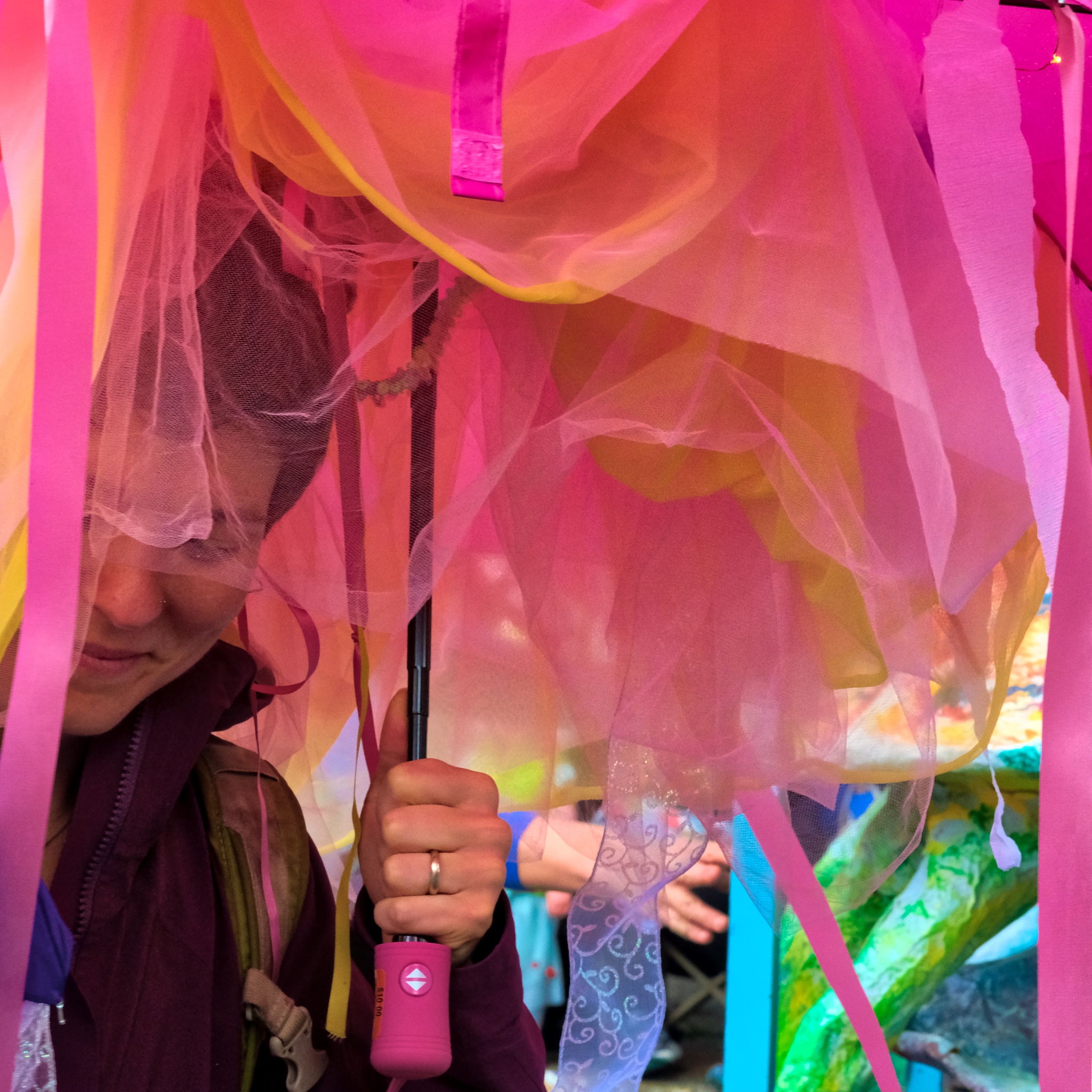

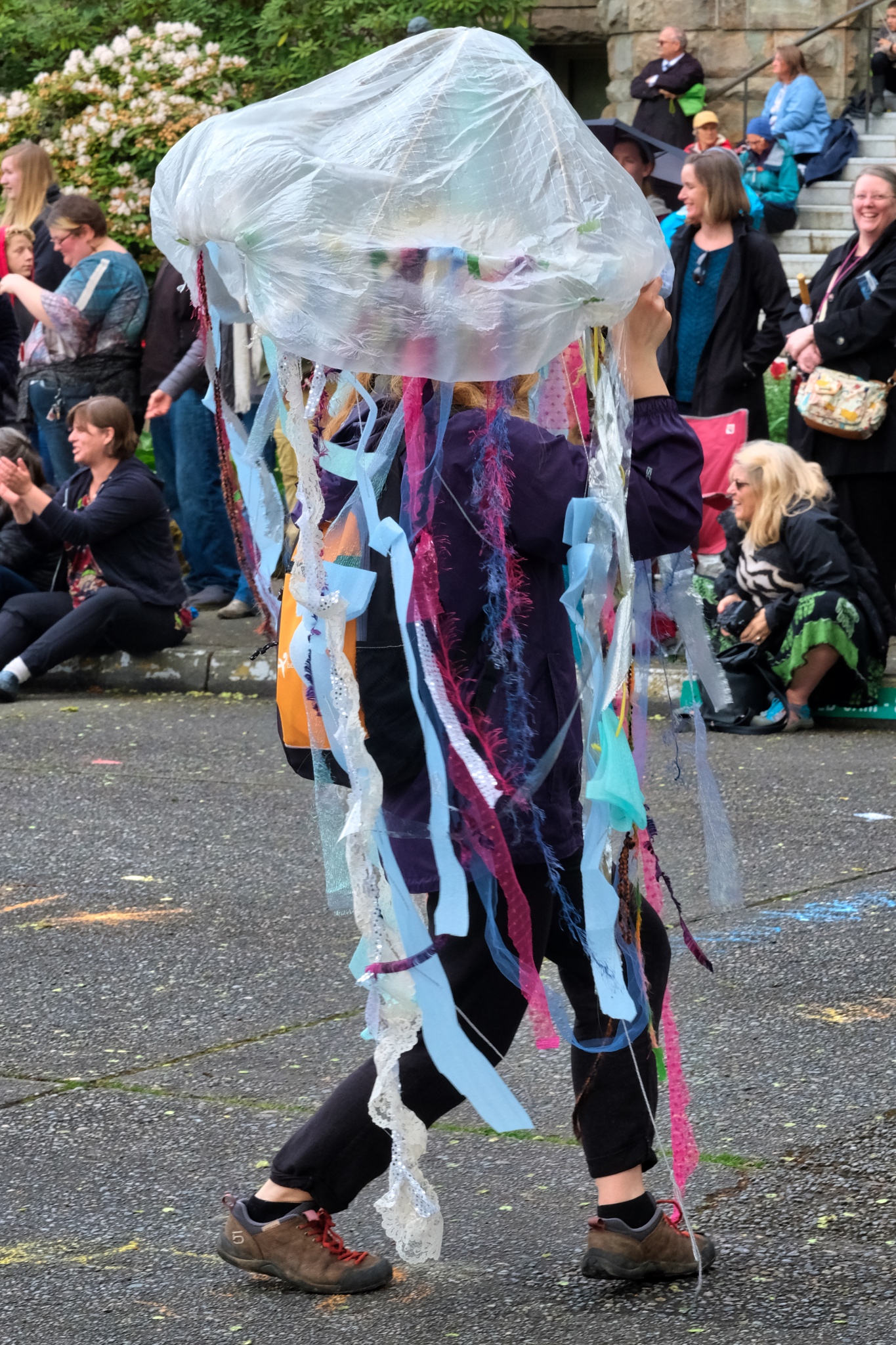
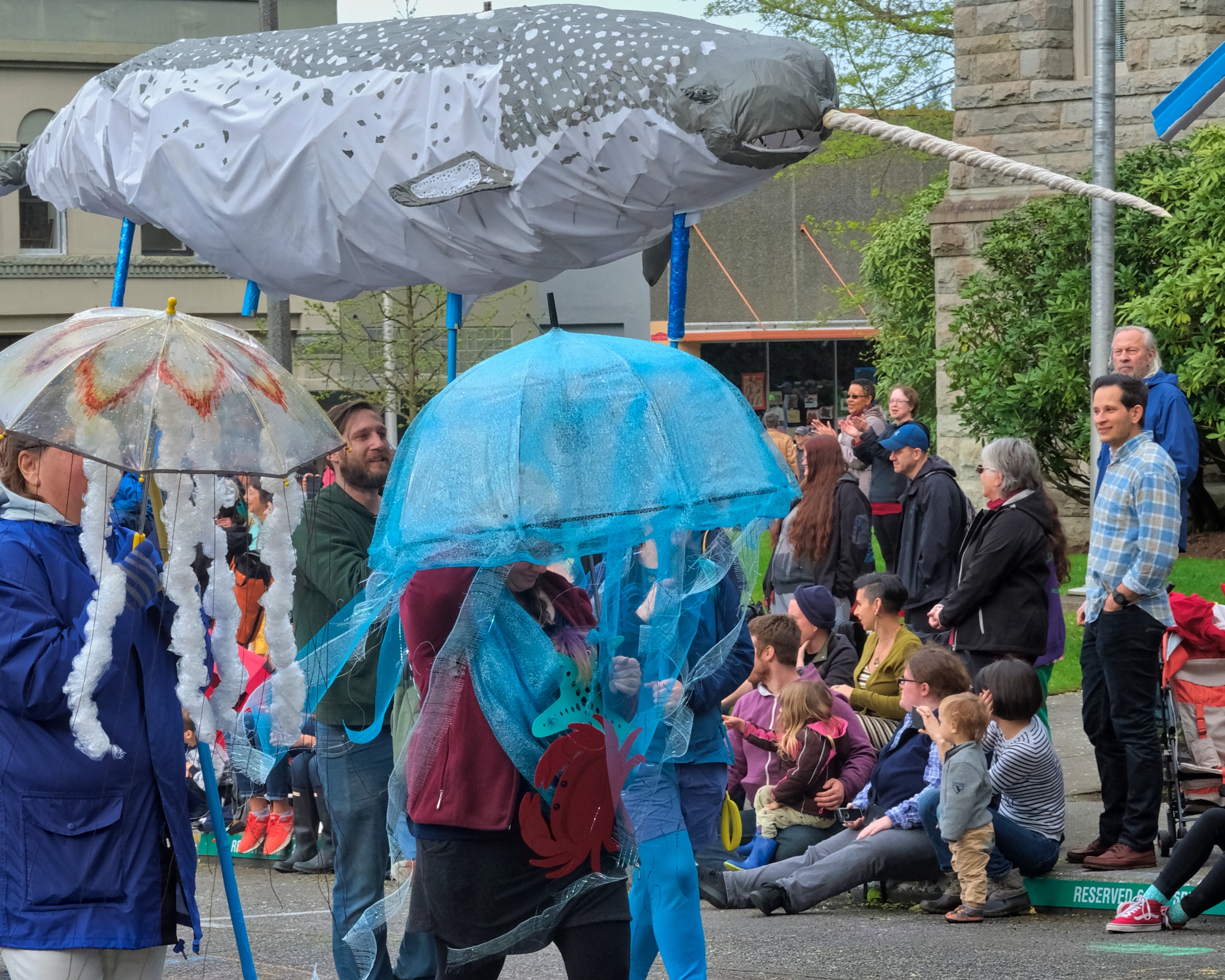
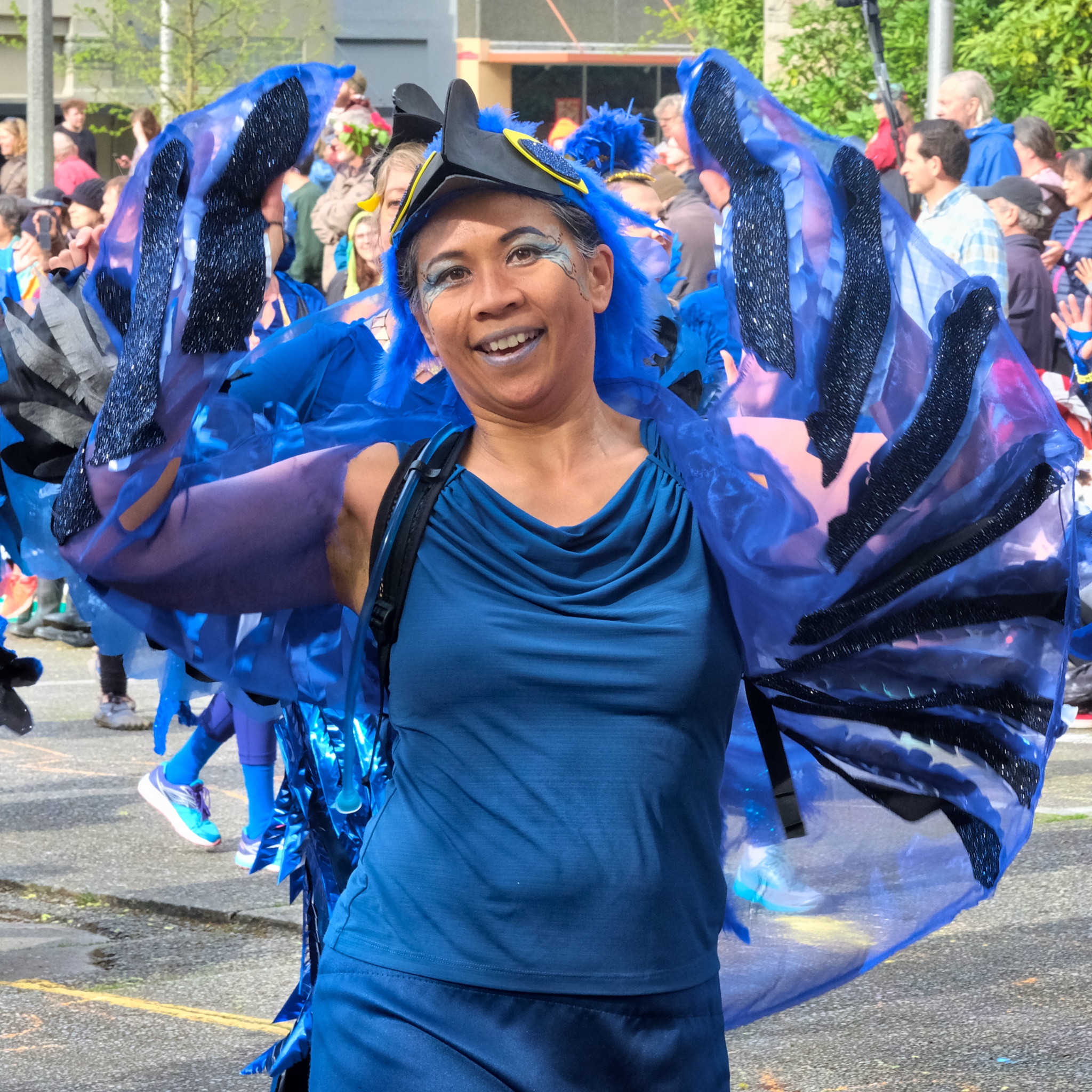
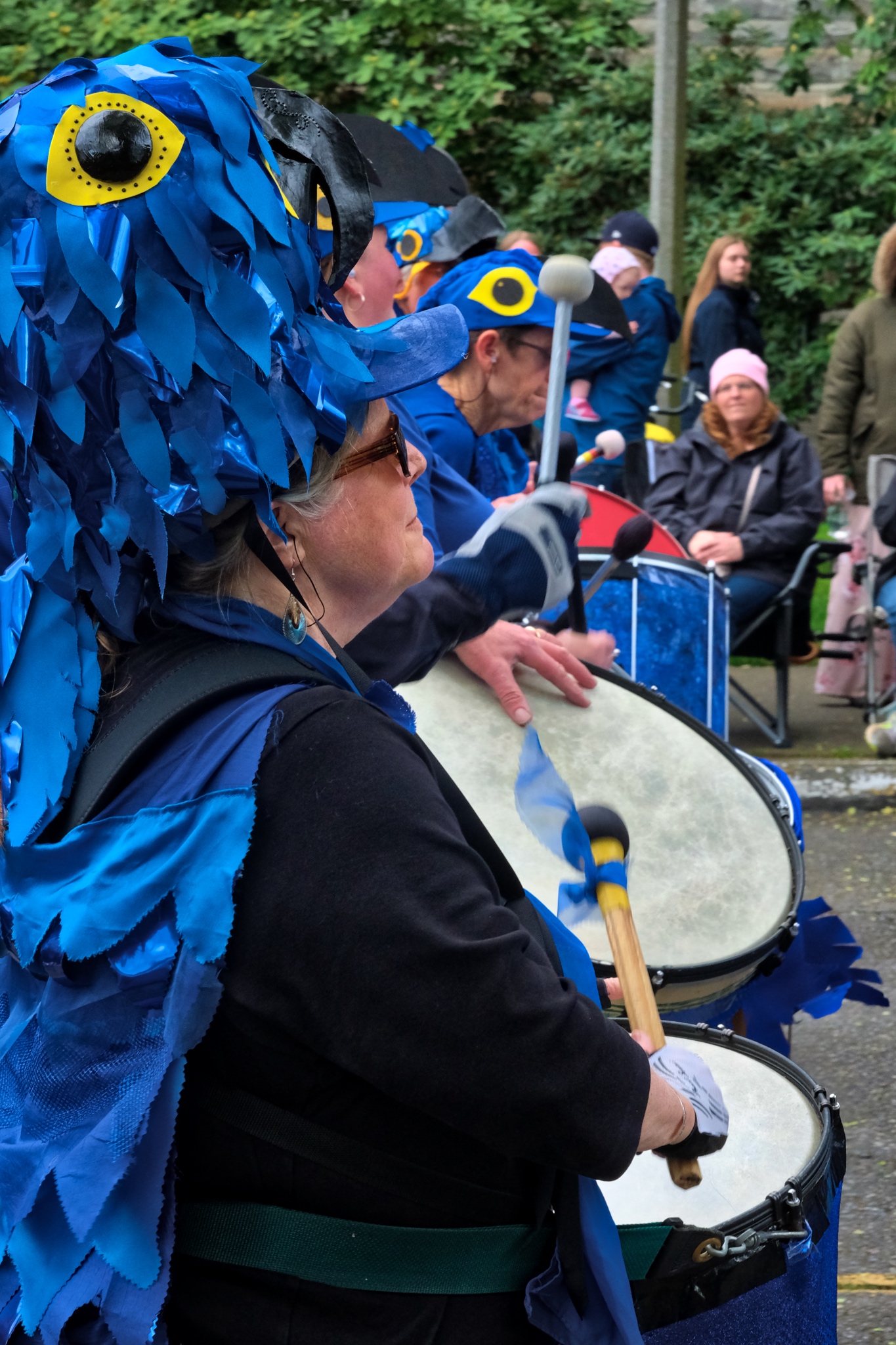


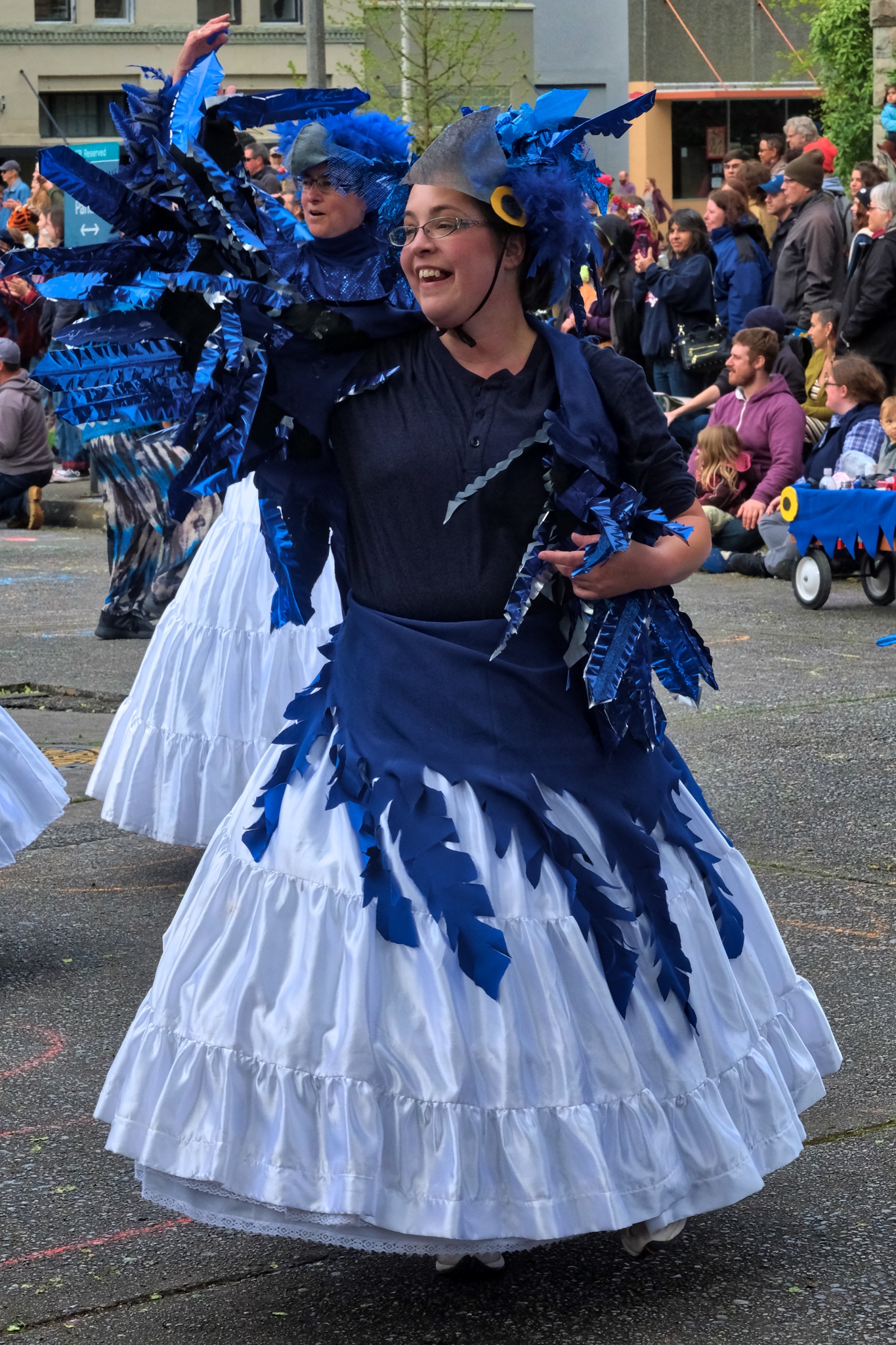
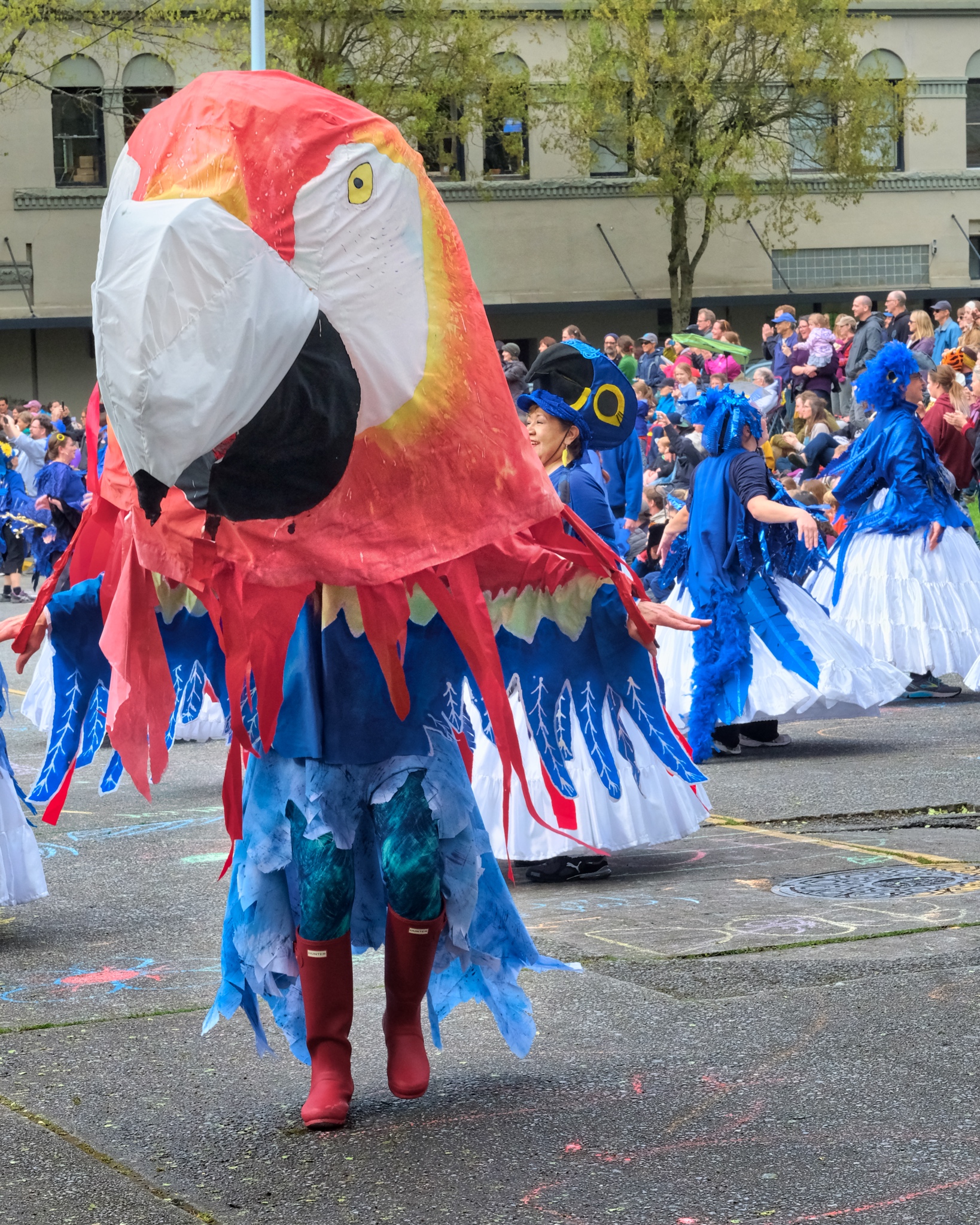


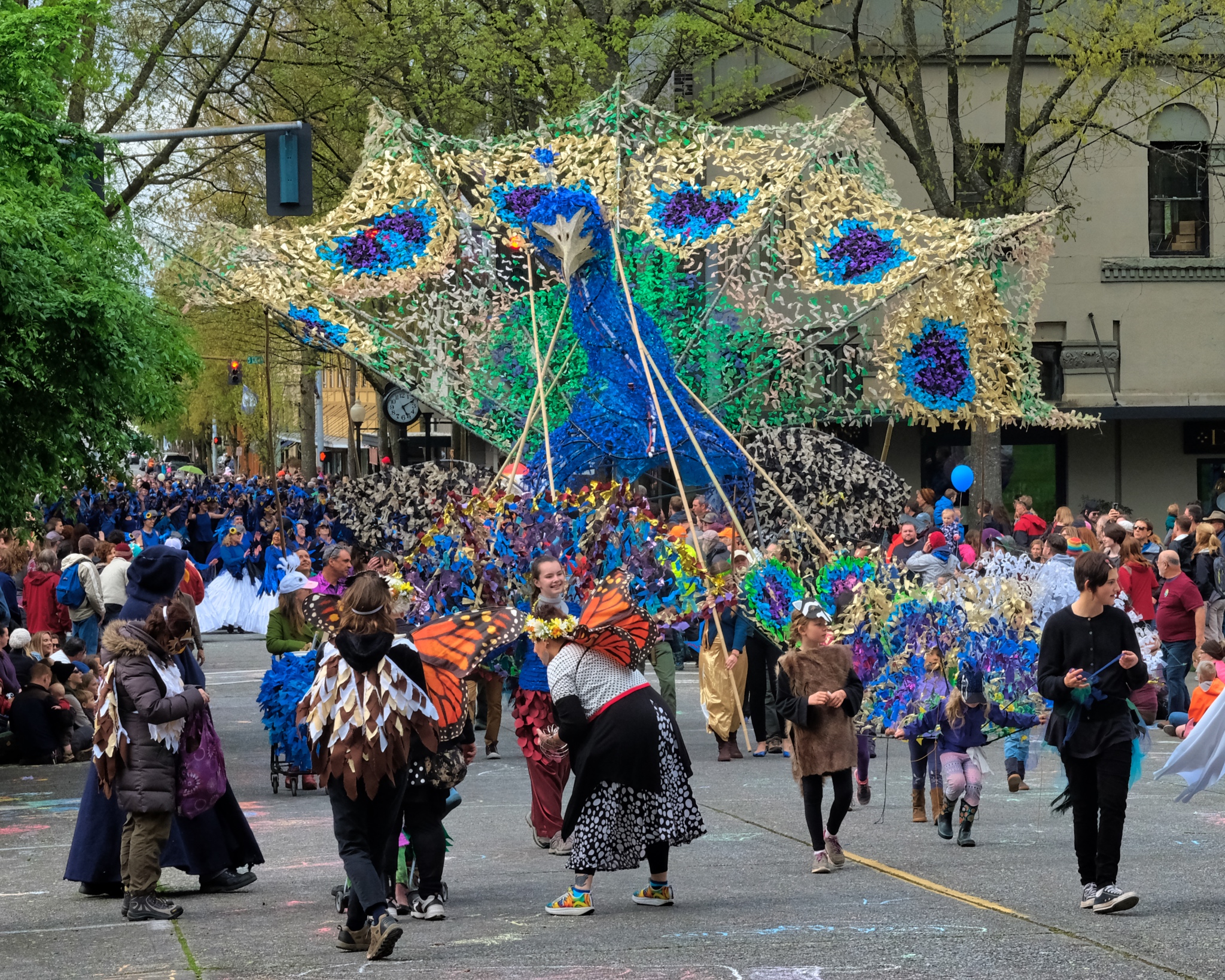

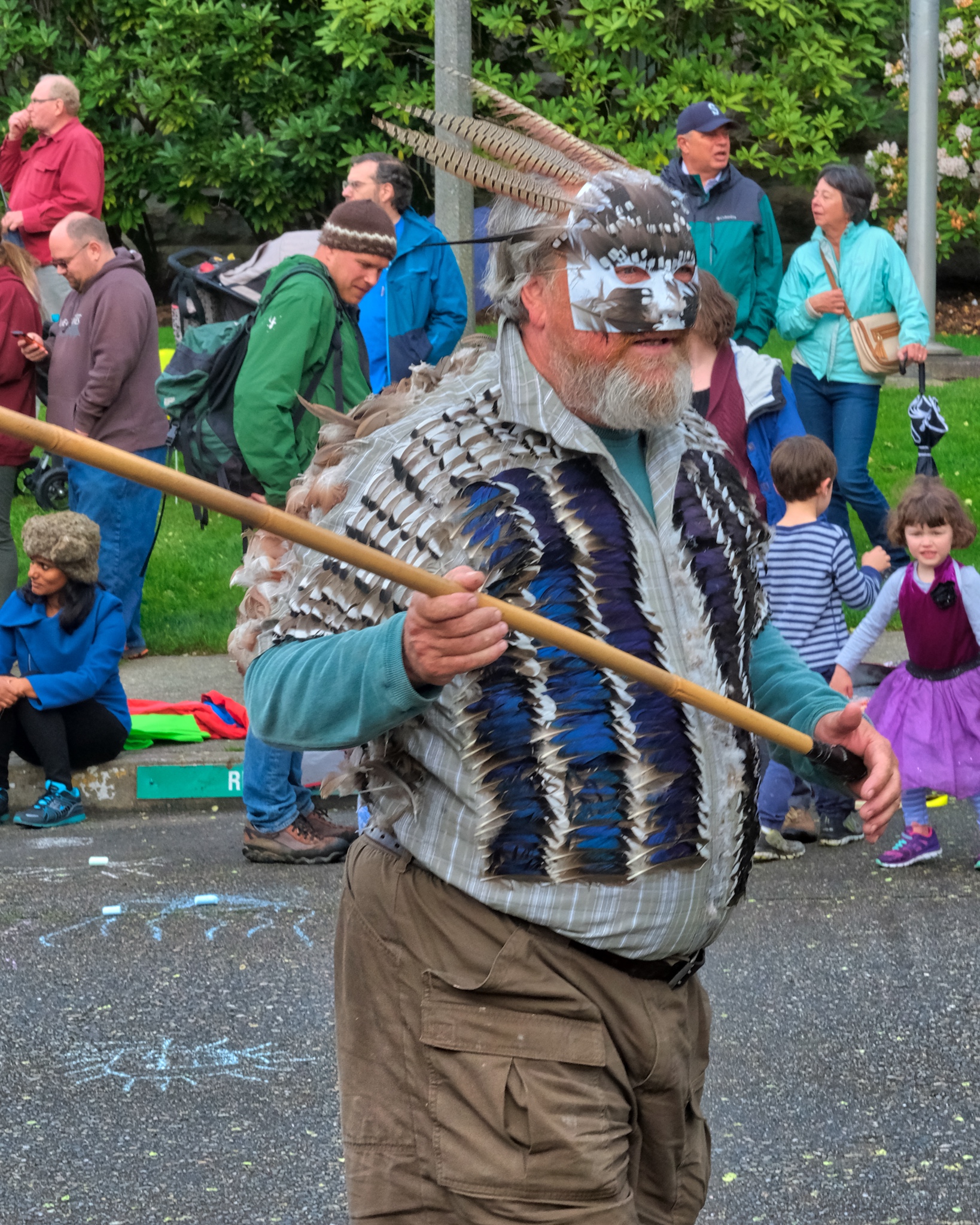
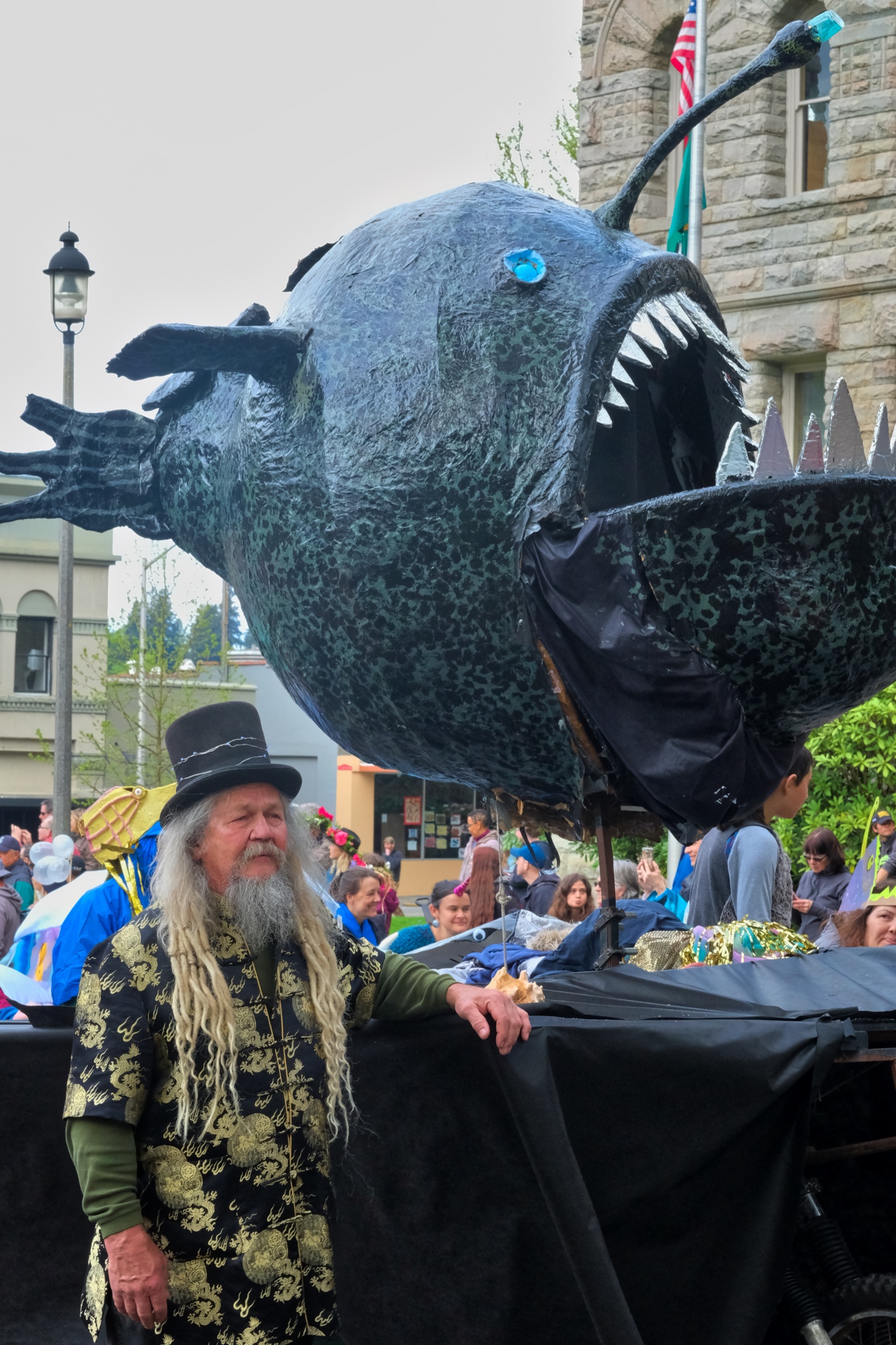
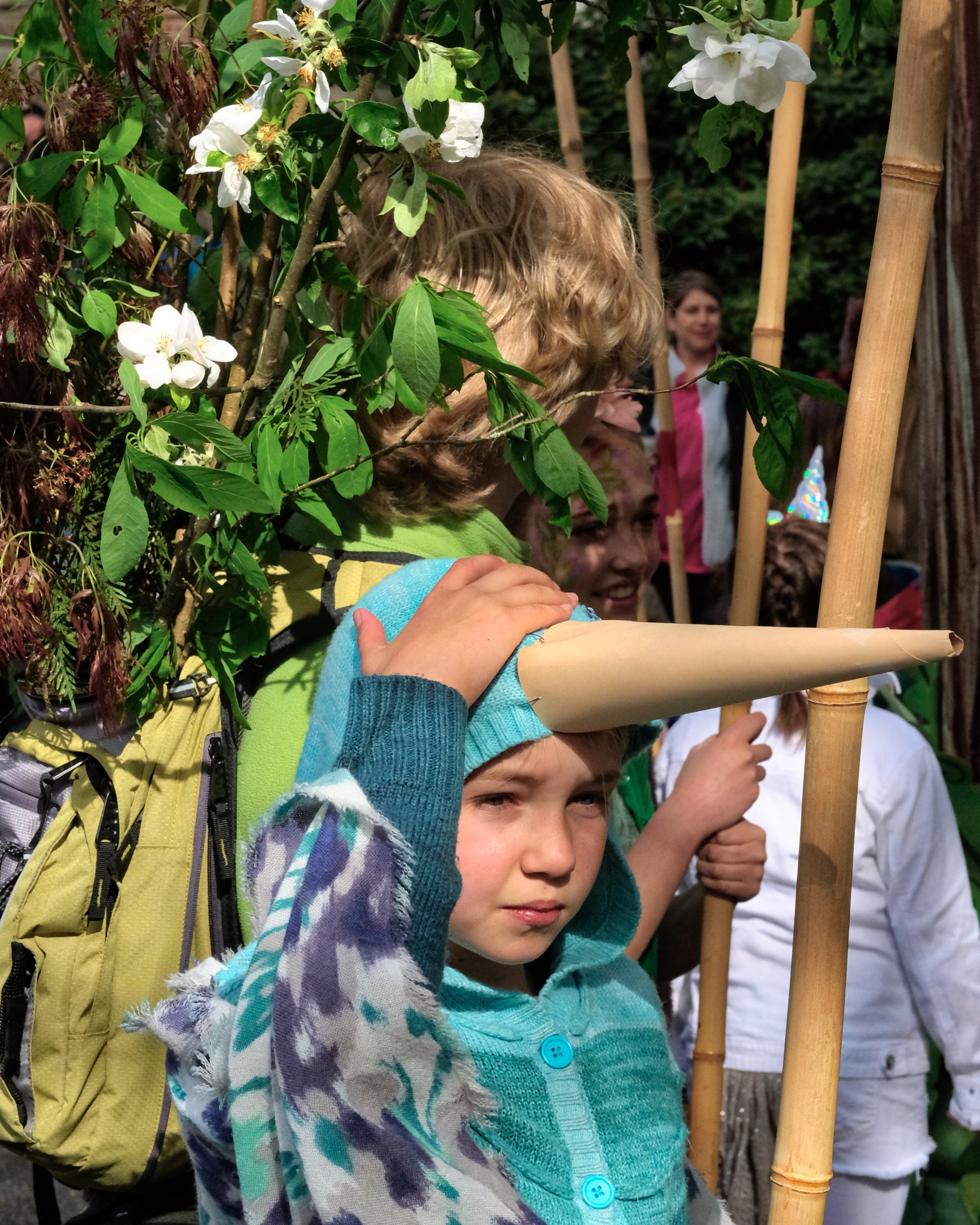
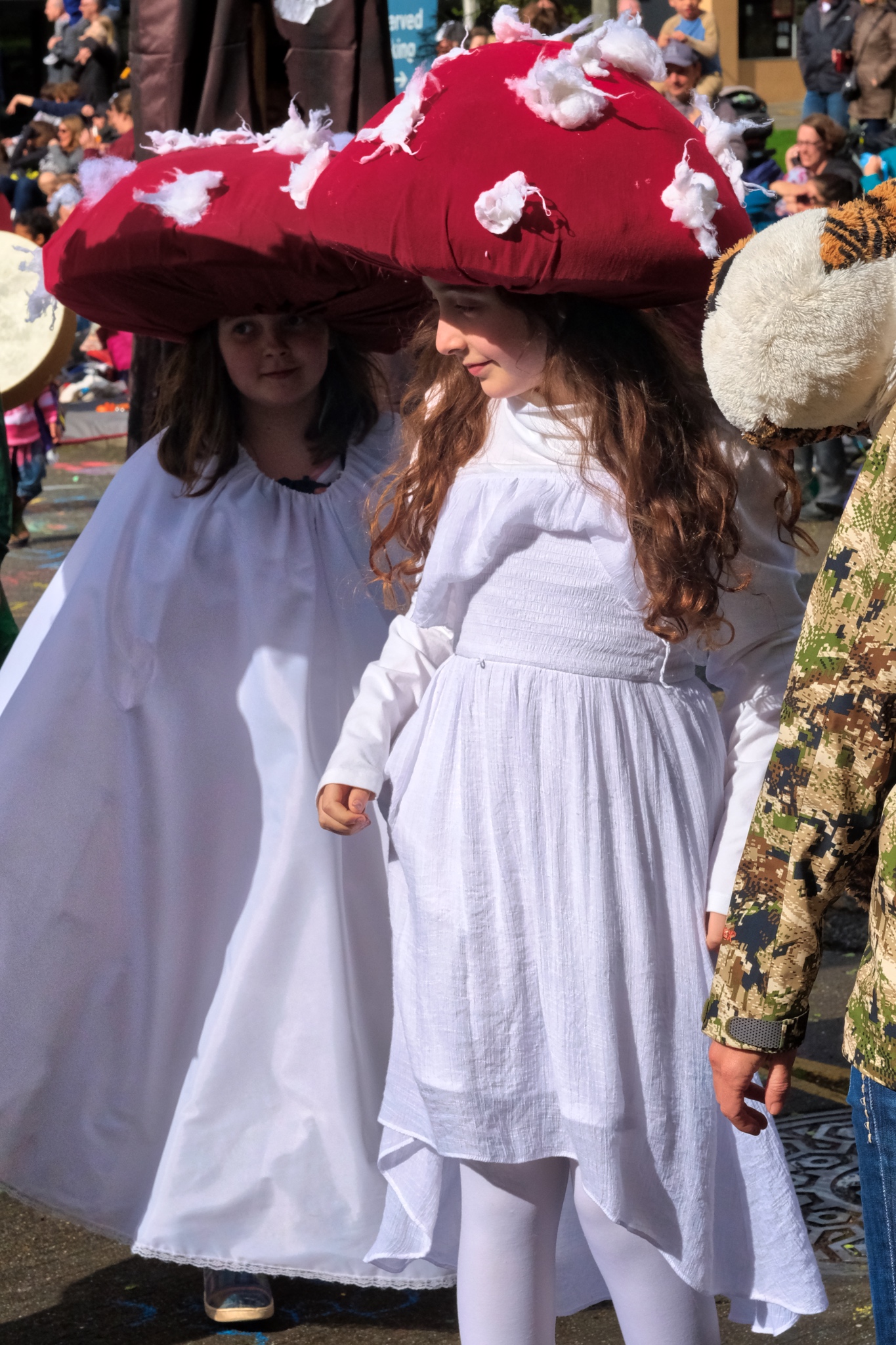

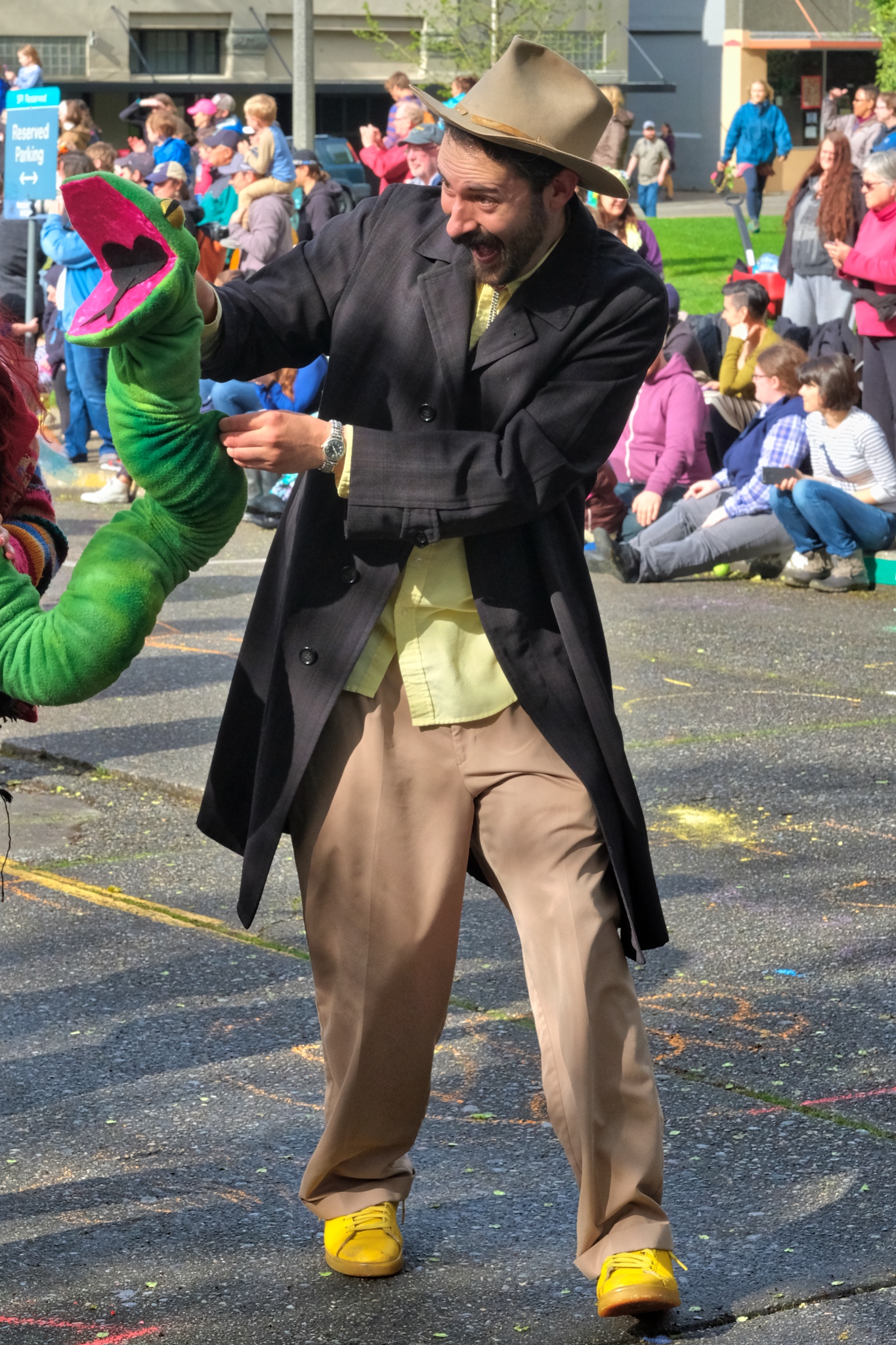
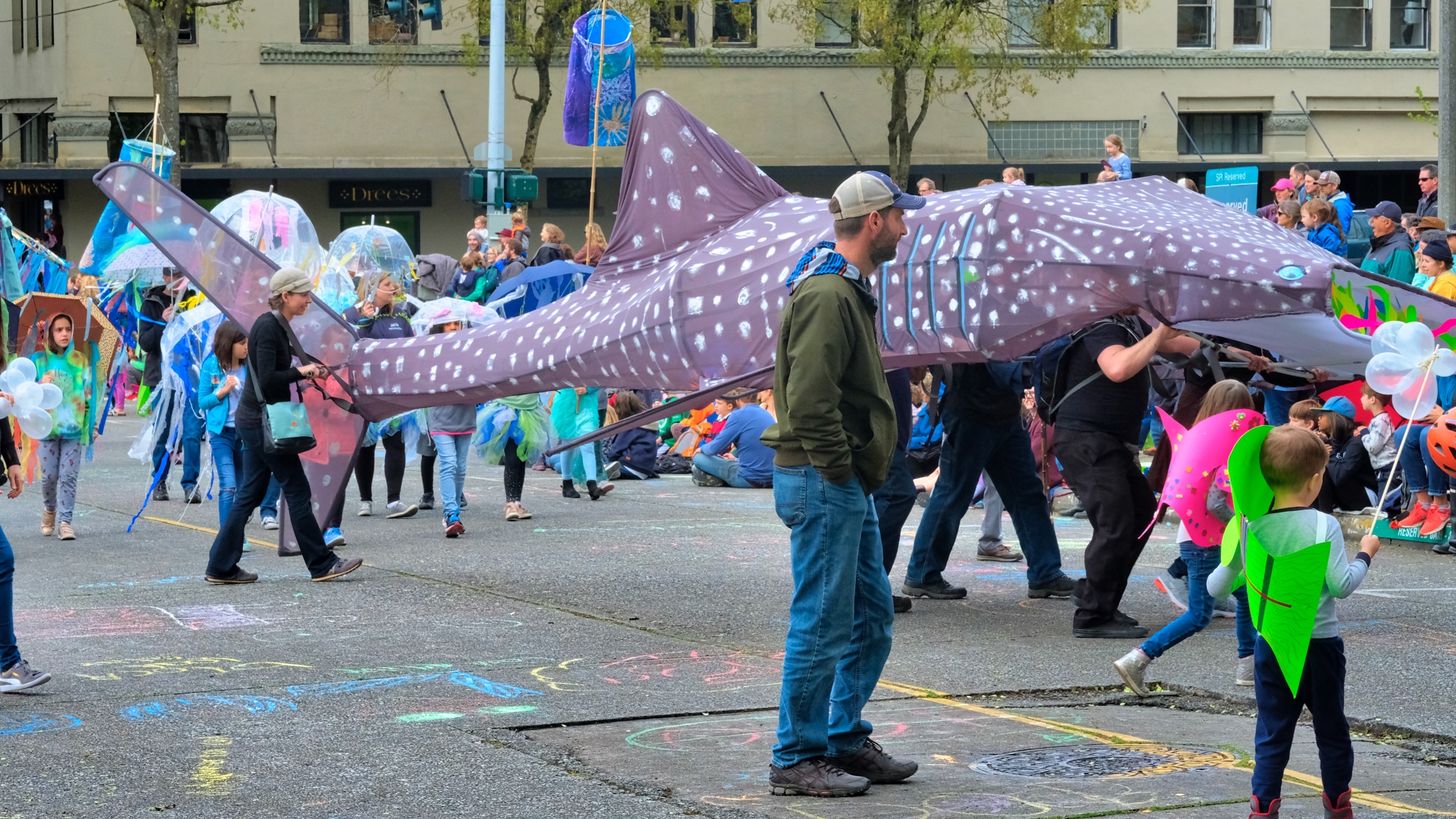

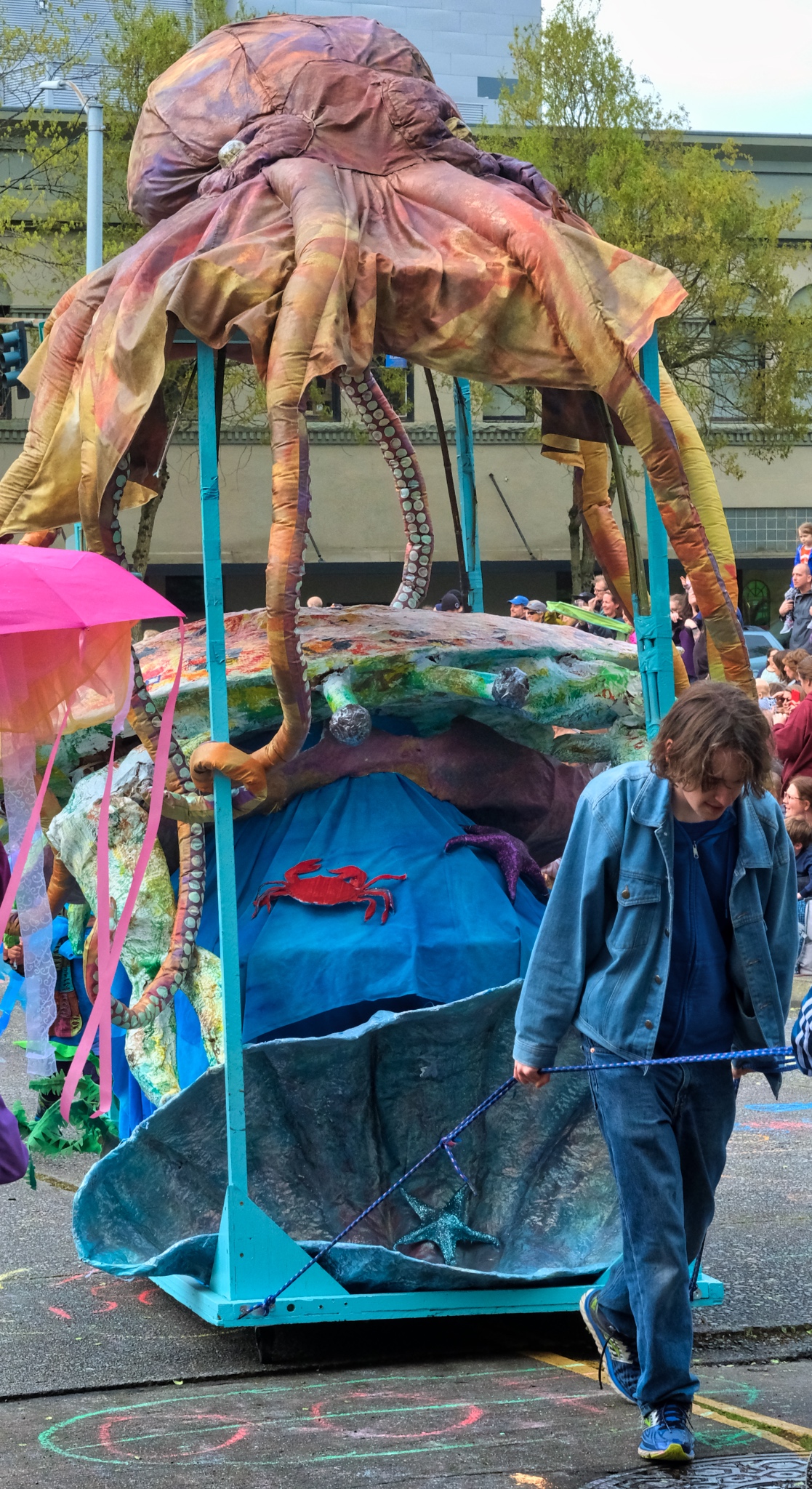
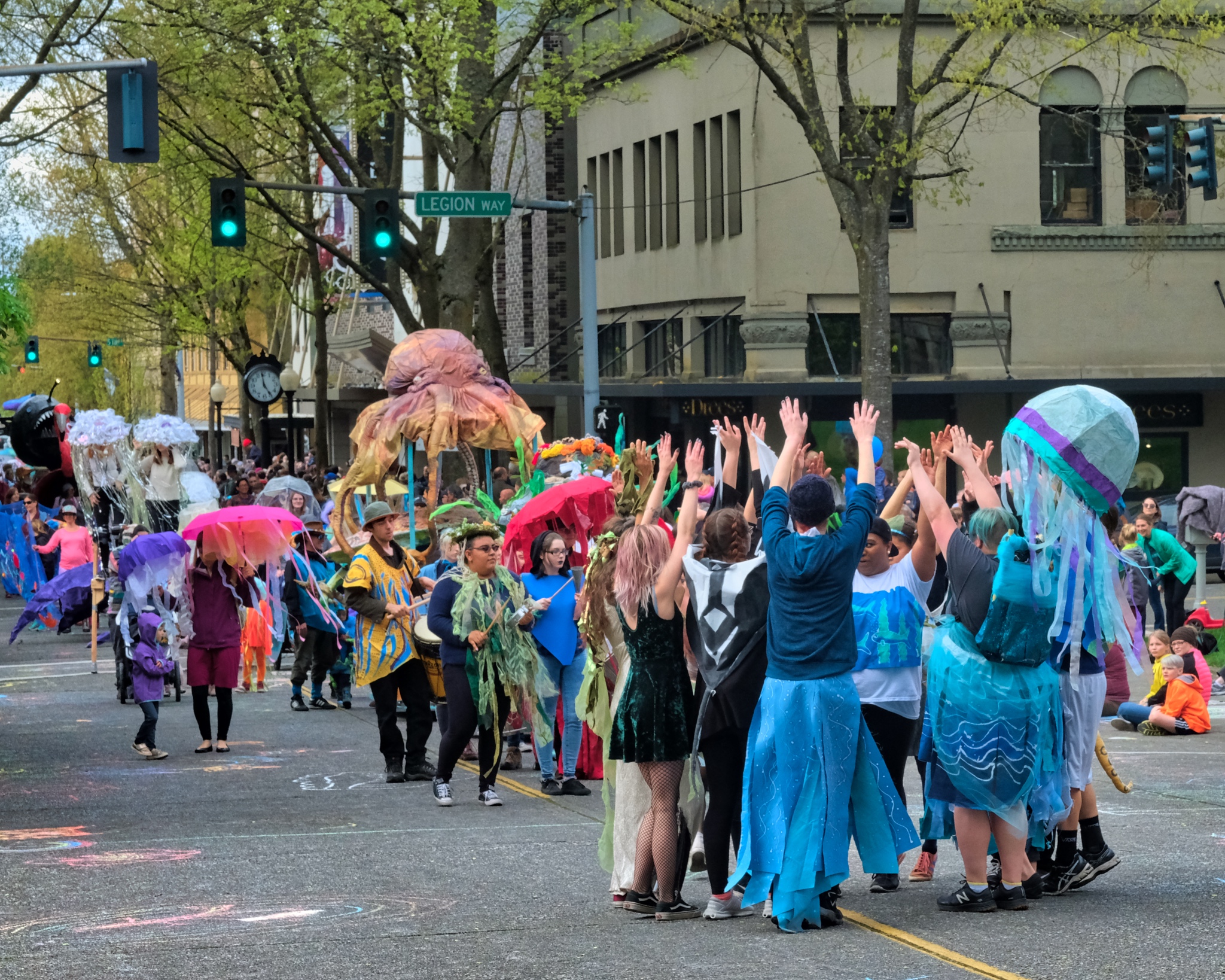
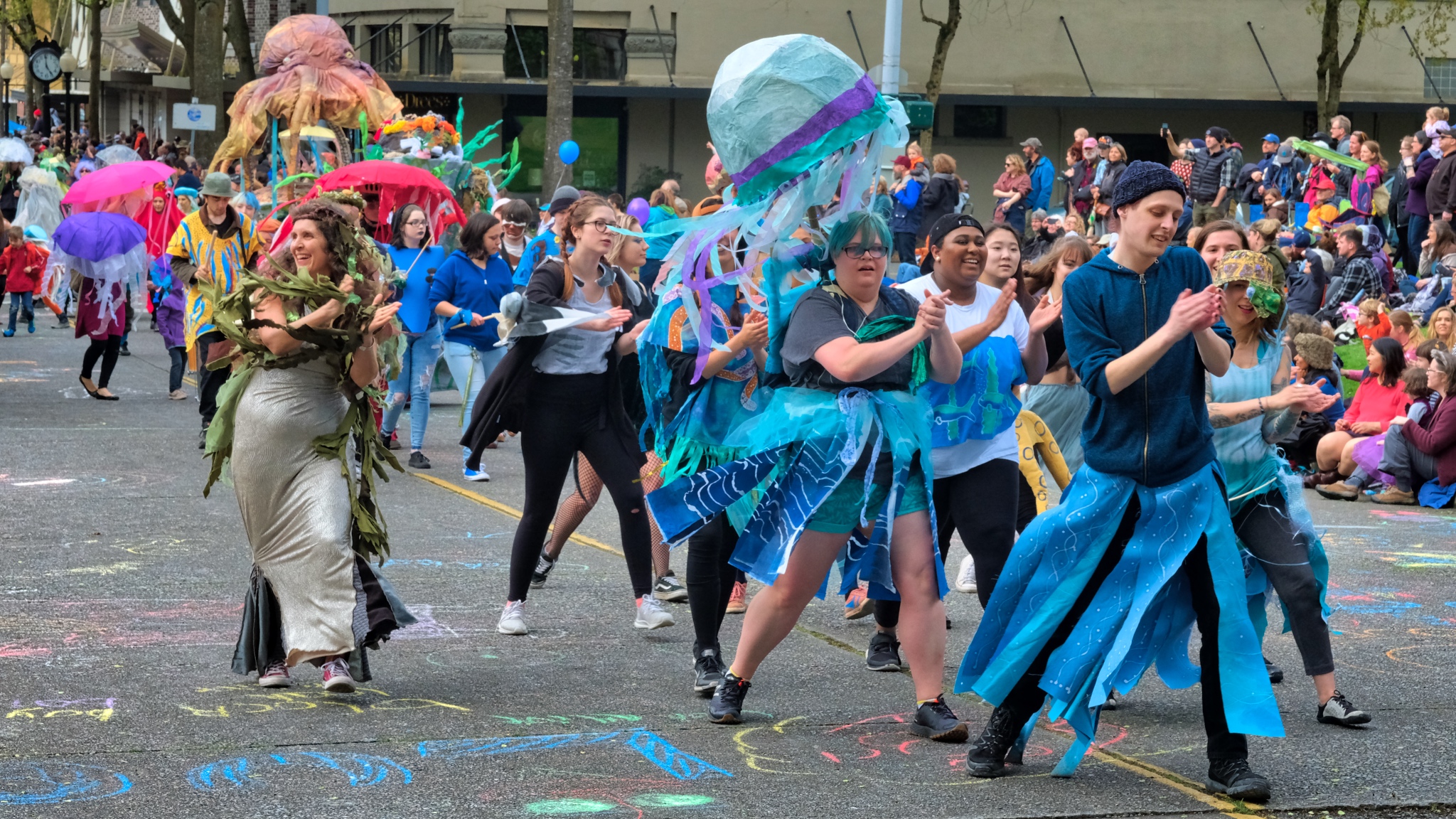
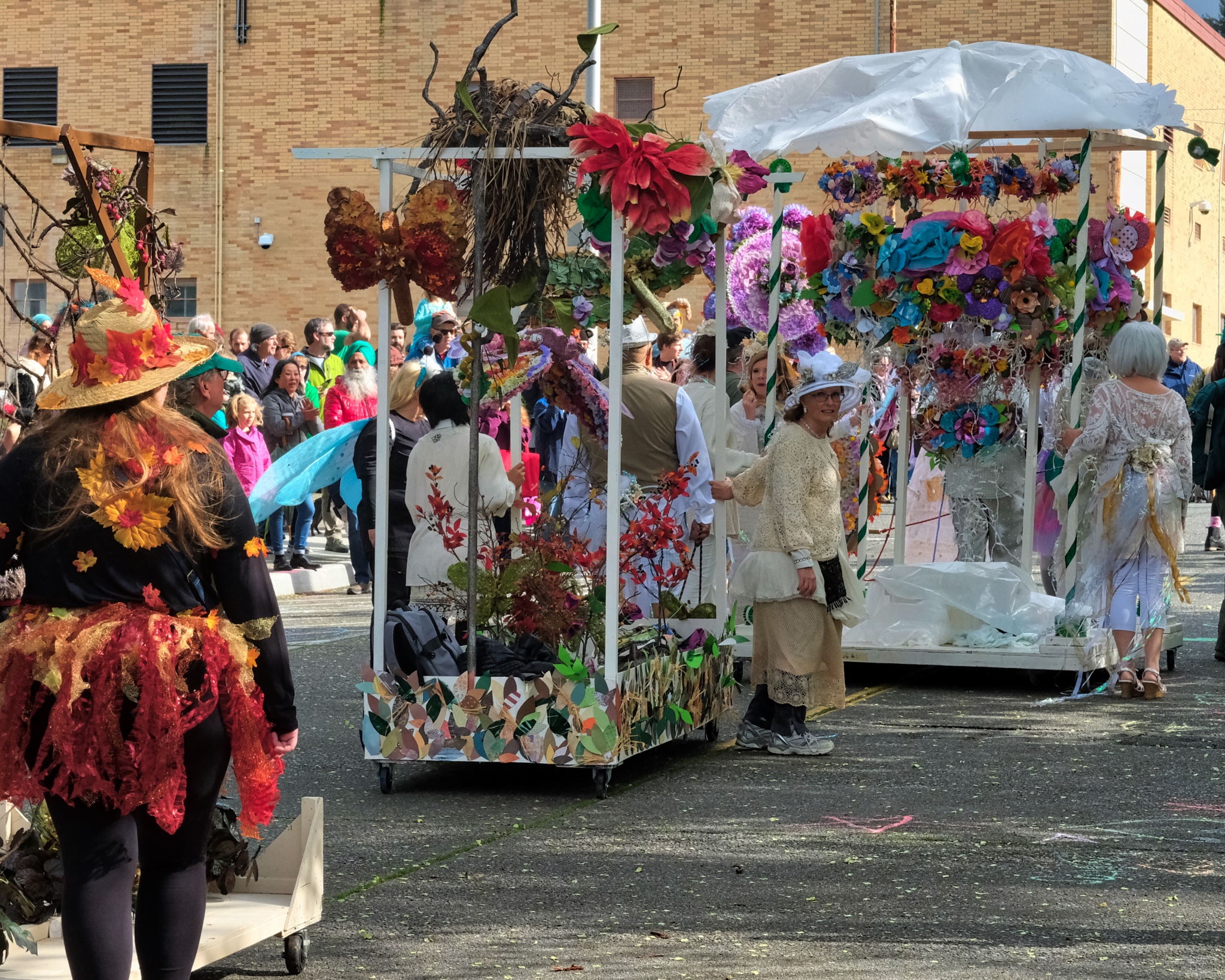
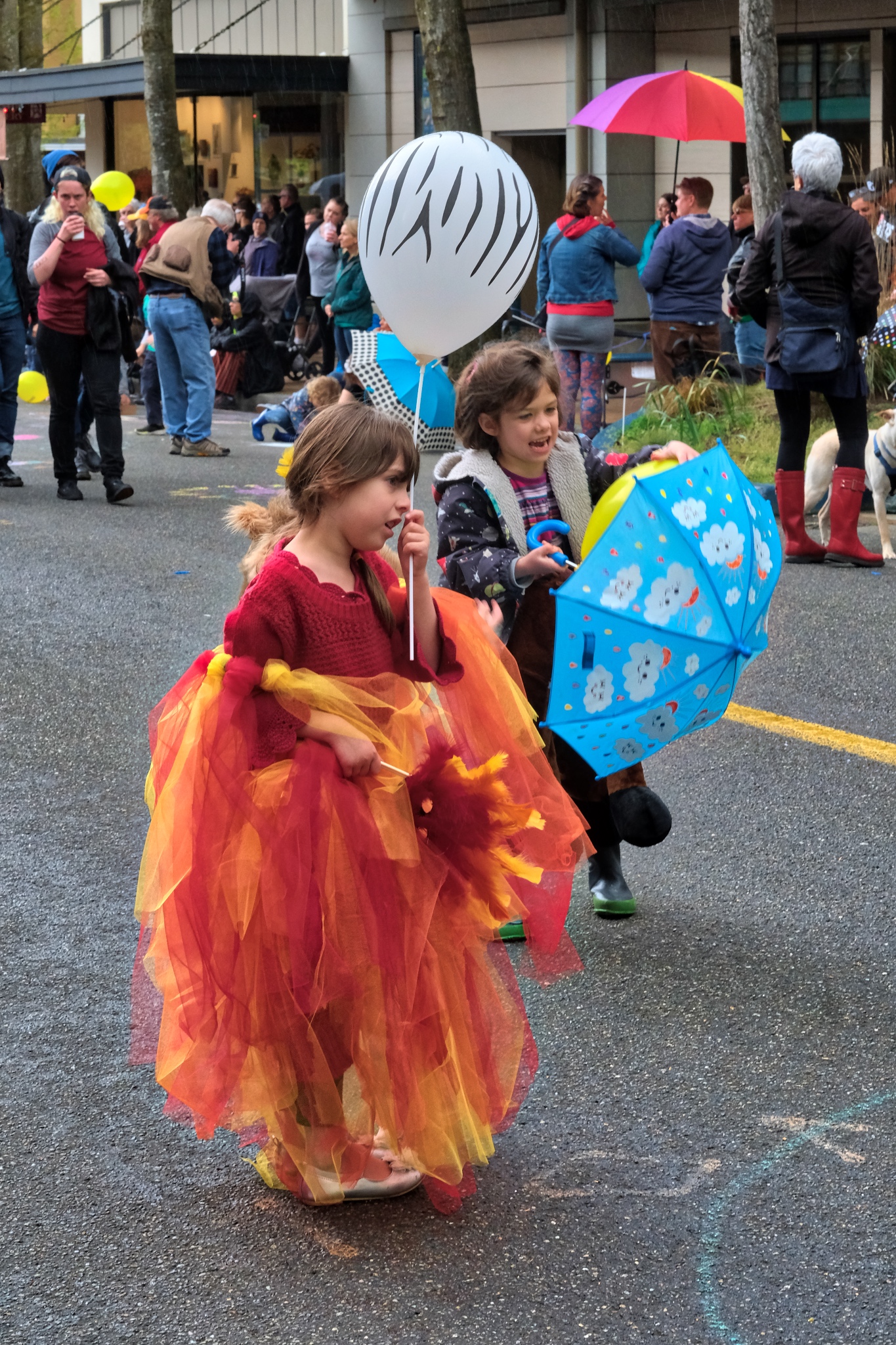
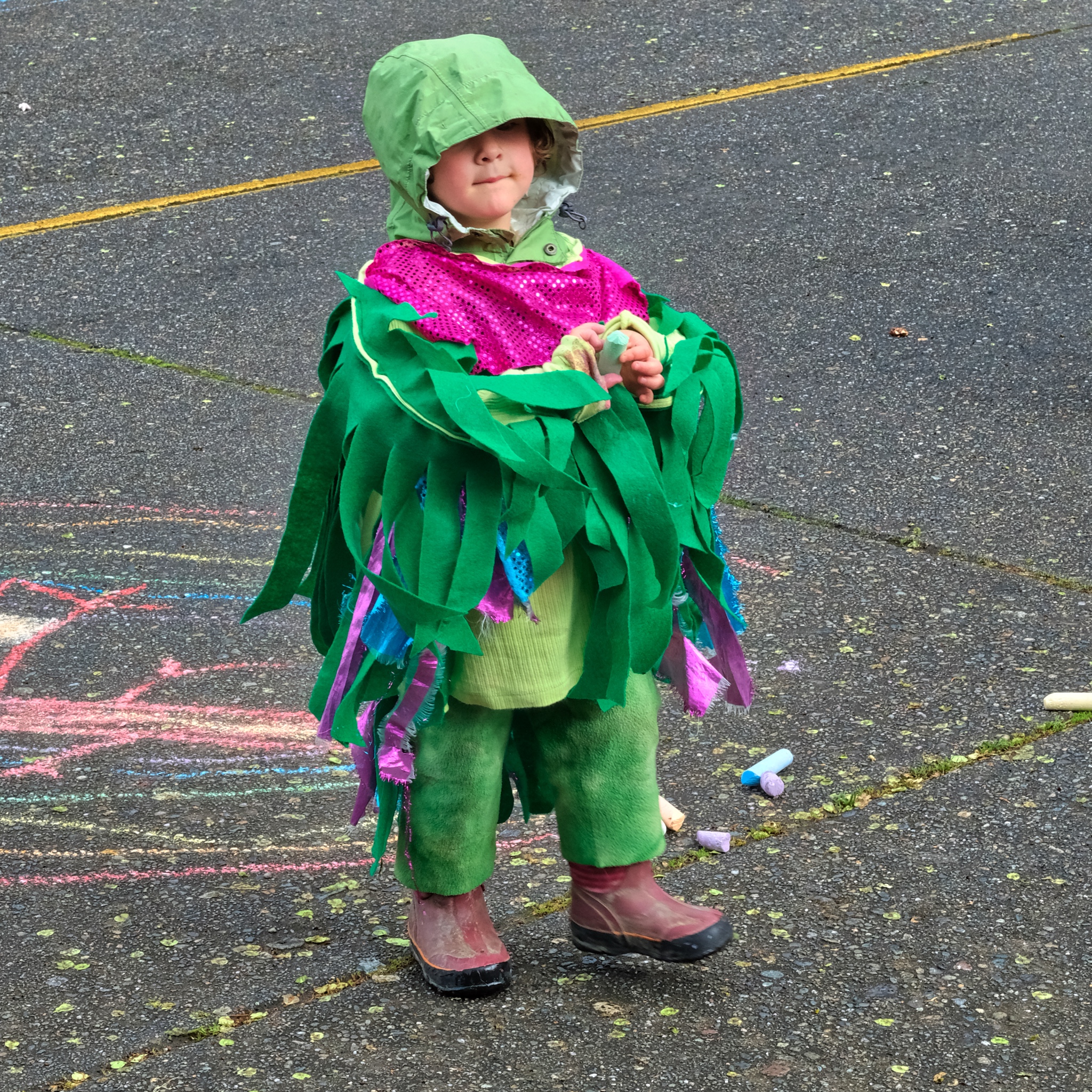
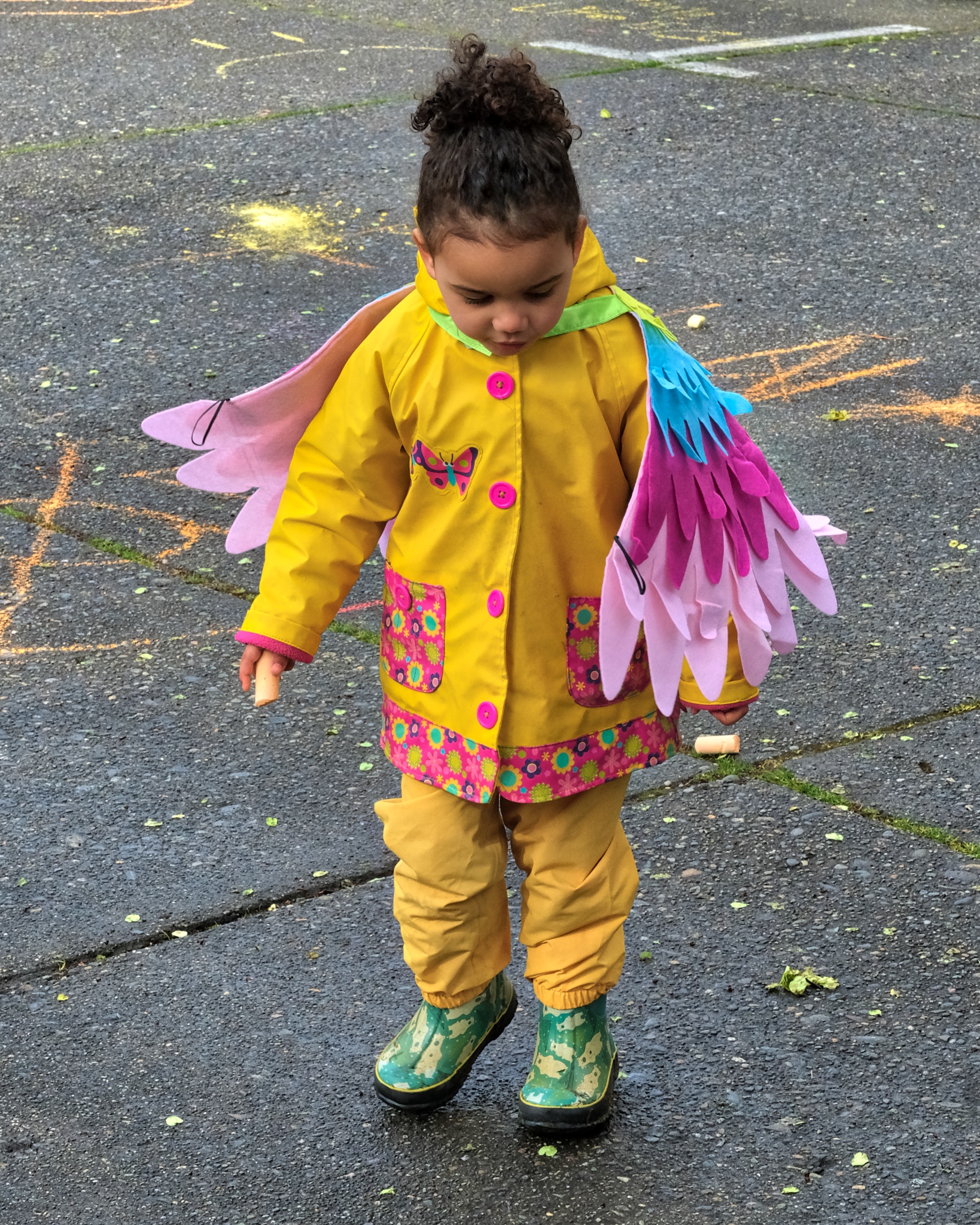
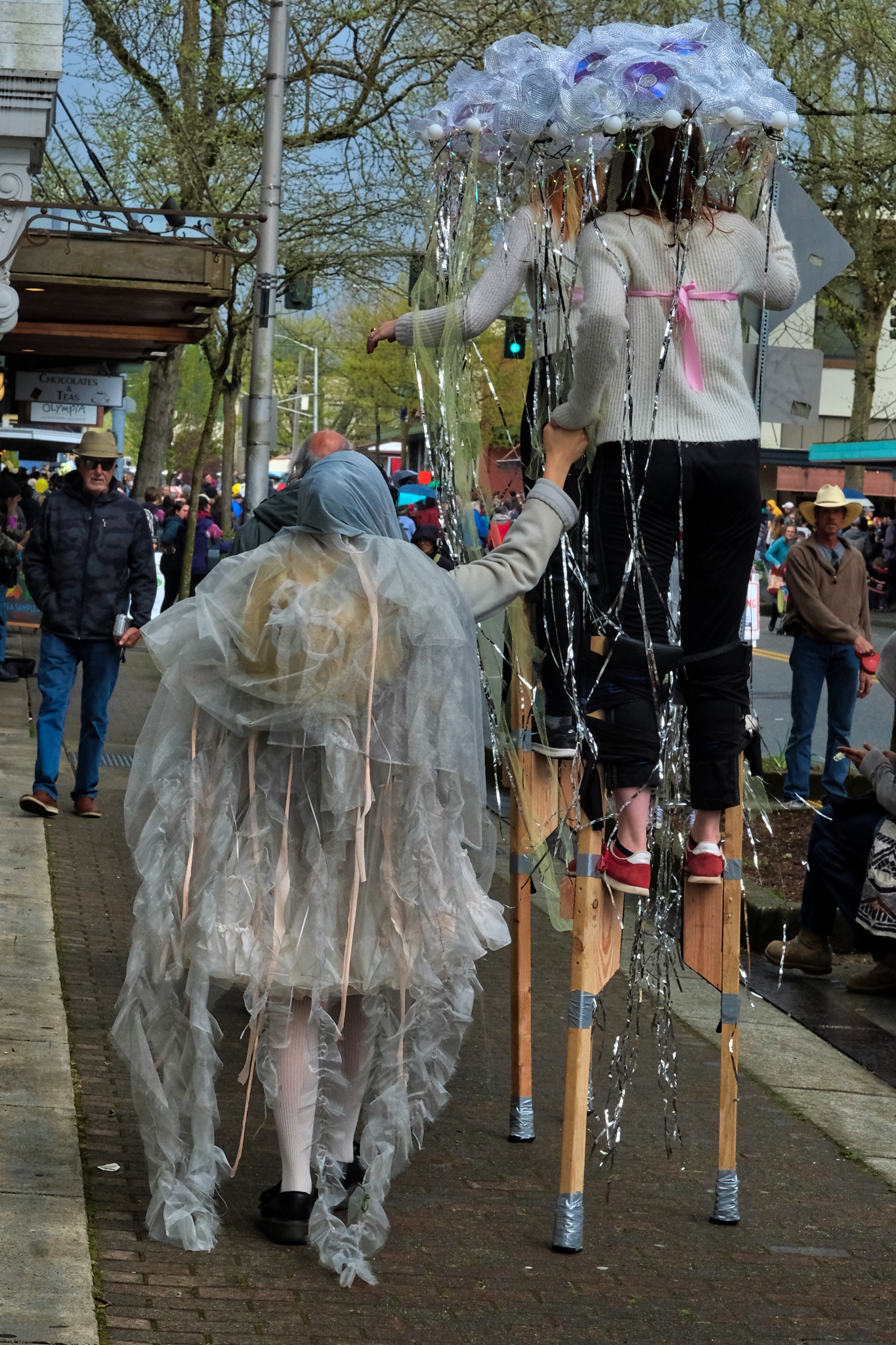
Biking The Chehalis Western Trail In Early Spring: Heaven!
 Friday, April 27, 2018 at 11:08PM
Friday, April 27, 2018 at 11:08PM 












































April 27, and the refoliation is nerly complete.
 Dr. Jeff Harper
Dr. Jeff Harper























Gibraltar: Day and Night
 Tuesday, April 17, 2018 at 3:27AM
Tuesday, April 17, 2018 at 3:27AM  In February 2017 we made the short flight to the British enclave of Gibraltar. It is worth a three night stay . . . but perhaps not any longer . . .
In February 2017 we made the short flight to the British enclave of Gibraltar. It is worth a three night stay . . . but perhaps not any longer . . .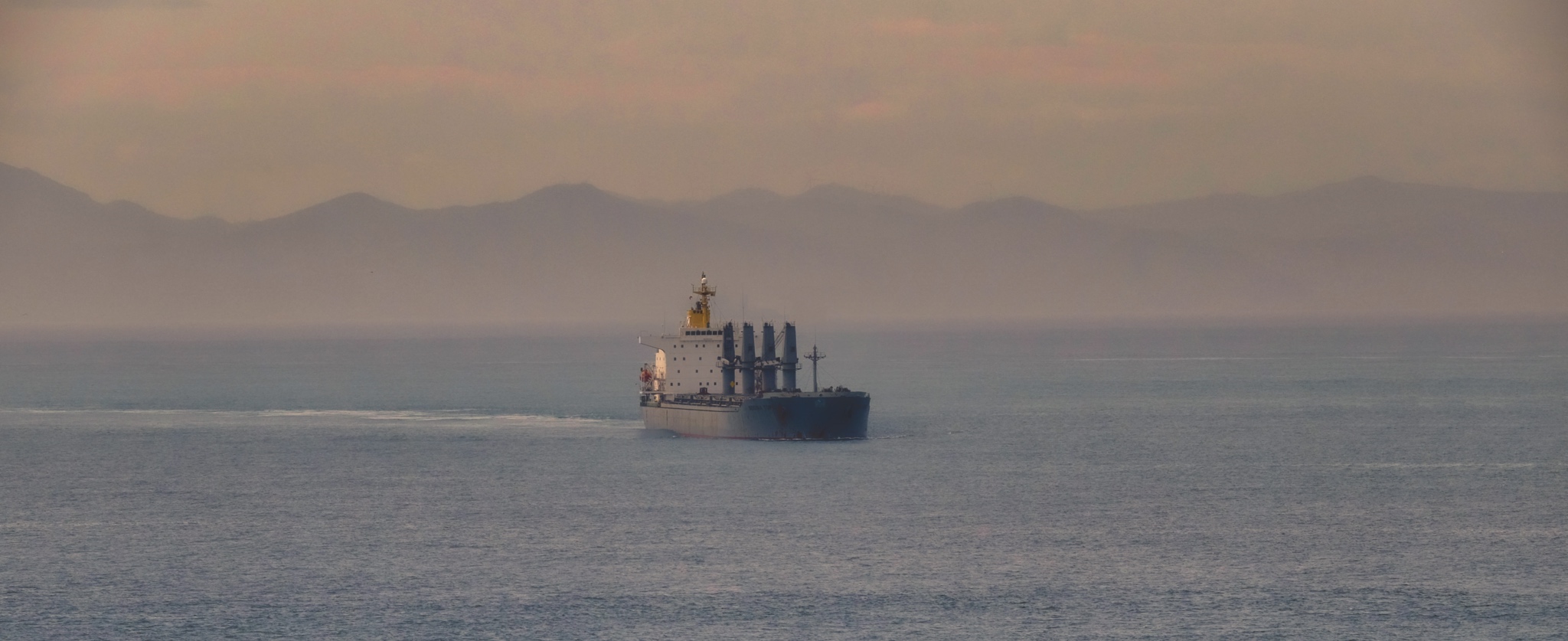 Gibraltar sits near the southern tip of Spain at the northern side of the Straight of Gibraltar. All ships that pass from the Mediterranean Sea to the Atlantic Ocean must pass through here. The North African coast can be seen across the Straight of Gibraltar.
Gibraltar sits near the southern tip of Spain at the northern side of the Straight of Gibraltar. All ships that pass from the Mediterranean Sea to the Atlantic Ocean must pass through here. The North African coast can be seen across the Straight of Gibraltar.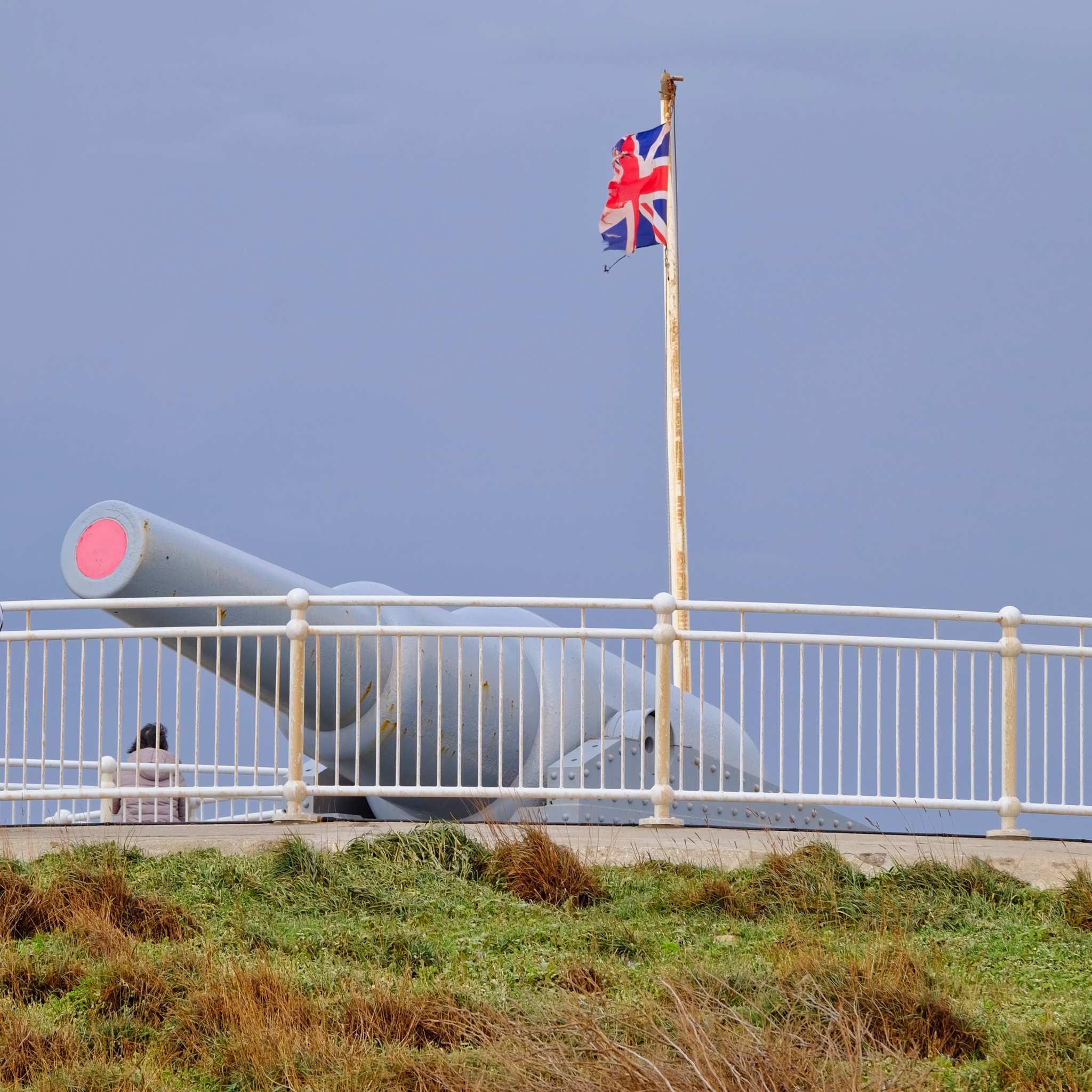 Gibraltar is a British territory . . . The residents recently voted 96% in favor of staying within the UK and not joining Spain . . . of course, they also voted 96% to stay within the EU during the Brexit vote!
Gibraltar is a British territory . . . The residents recently voted 96% in favor of staying within the UK and not joining Spain . . . of course, they also voted 96% to stay within the EU during the Brexit vote!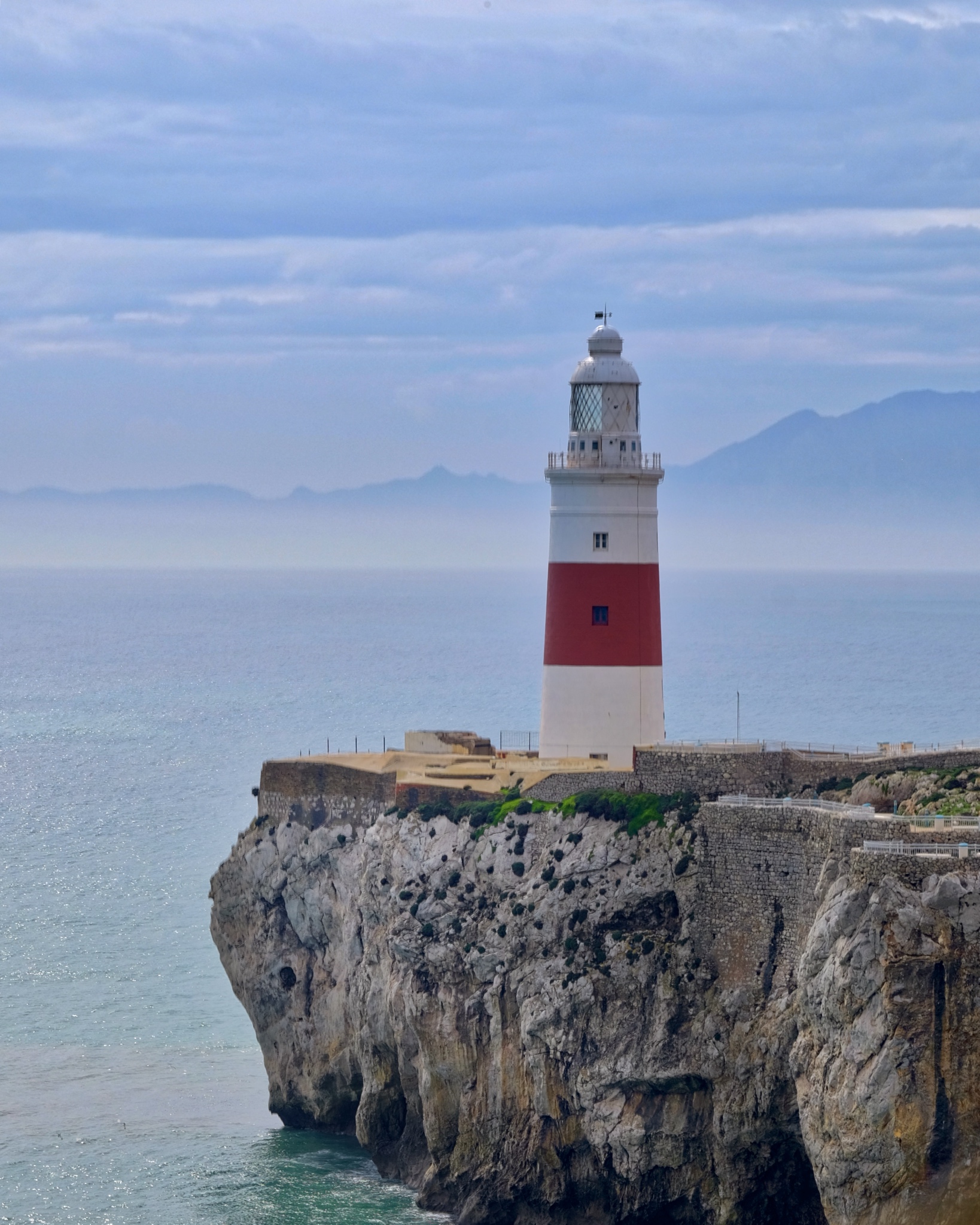 The lighthouse at the tip Gibraltar . . . this straight is also known as the Pillars of Hercules by the Greeks.
The lighthouse at the tip Gibraltar . . . this straight is also known as the Pillars of Hercules by the Greeks.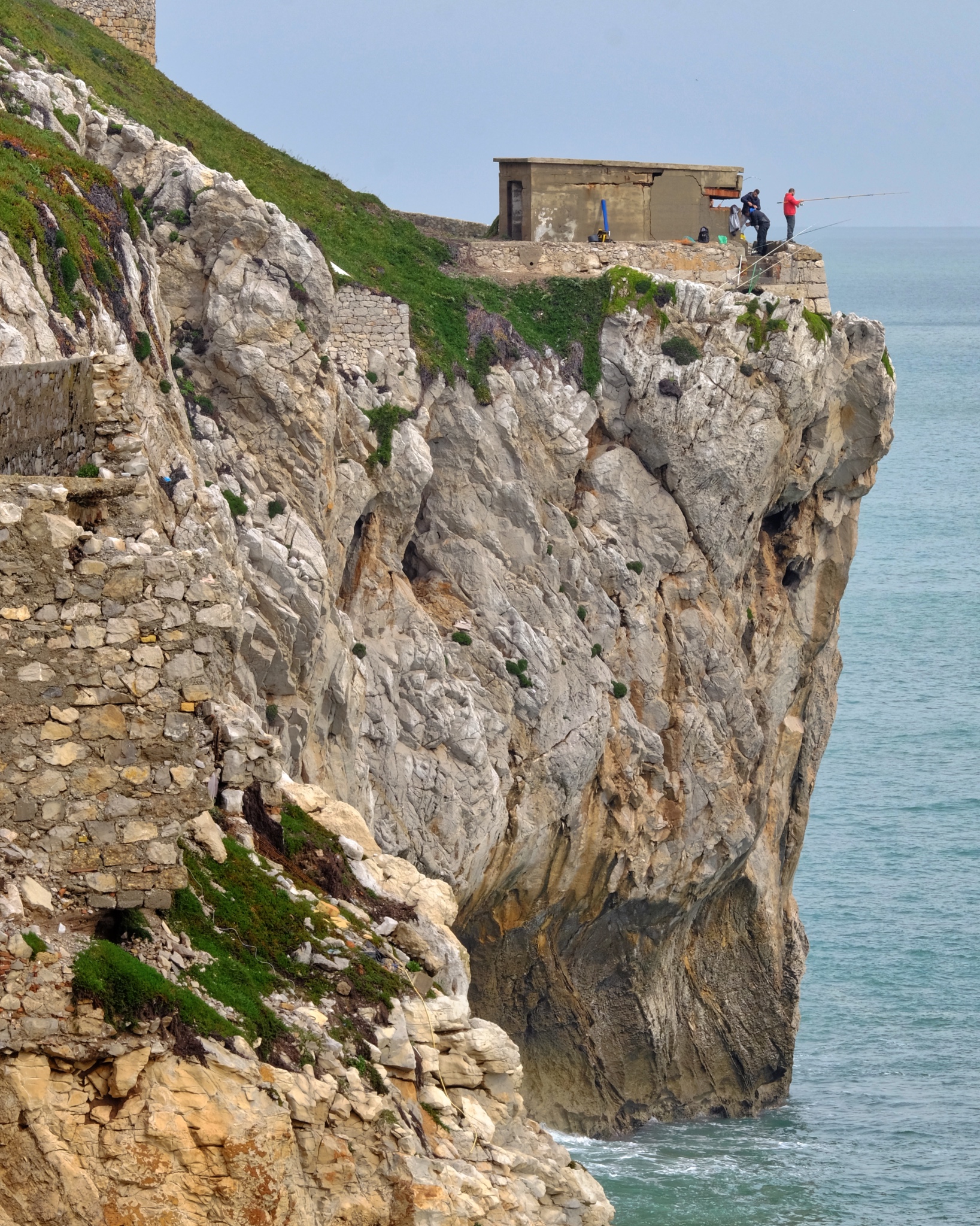 The 'rock' of Gibraltar falls directly into the Mediterranean Sea on the eastern side. Fishermen find good use of an old war pill box.
The 'rock' of Gibraltar falls directly into the Mediterranean Sea on the eastern side. Fishermen find good use of an old war pill box.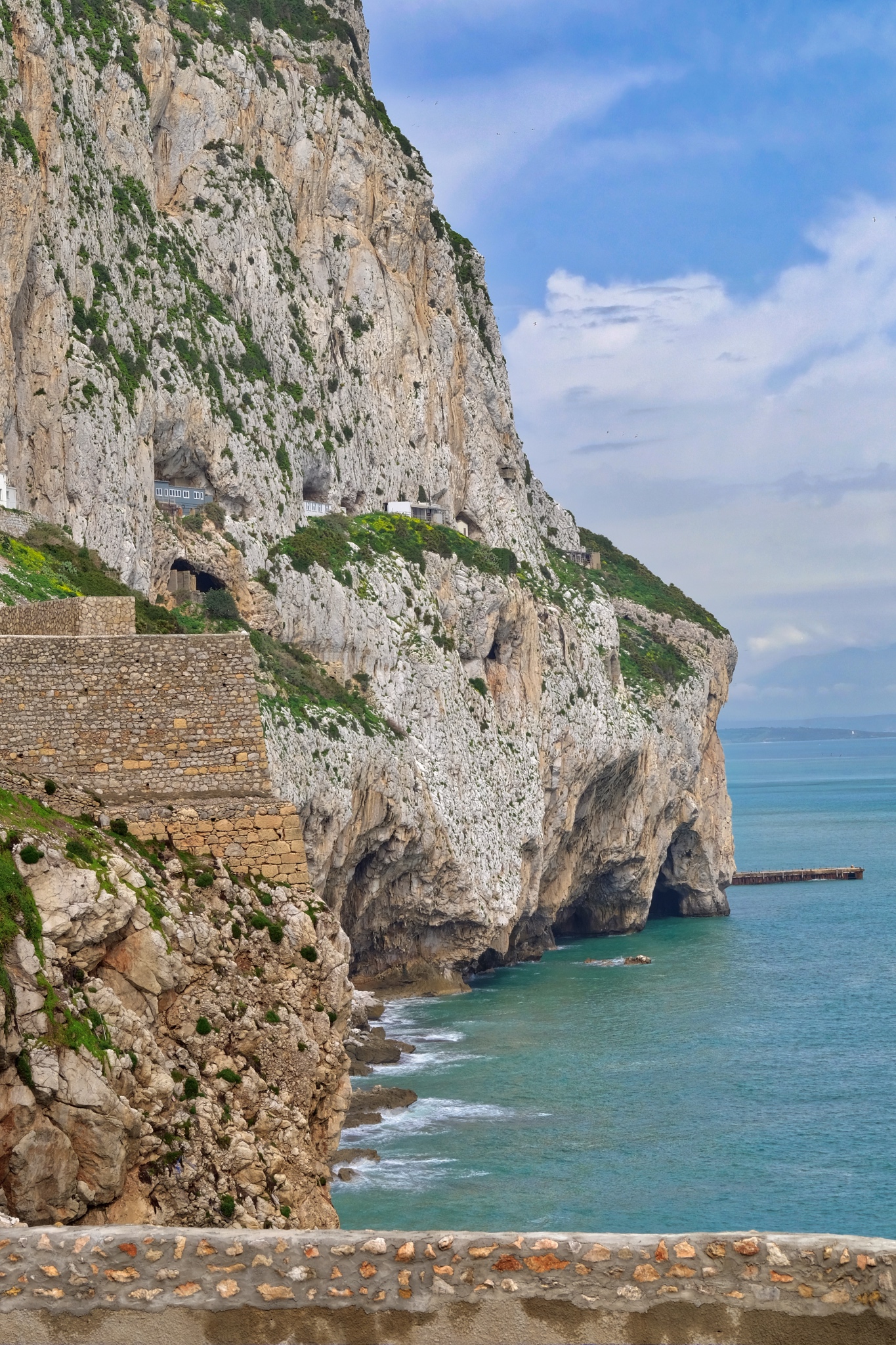 The cliffs of Gibraltar are compelling: their sheer size . . . and the remnants of structures left behind by the many former occupants over the millennia, draws the eye.
The cliffs of Gibraltar are compelling: their sheer size . . . and the remnants of structures left behind by the many former occupants over the millennia, draws the eye.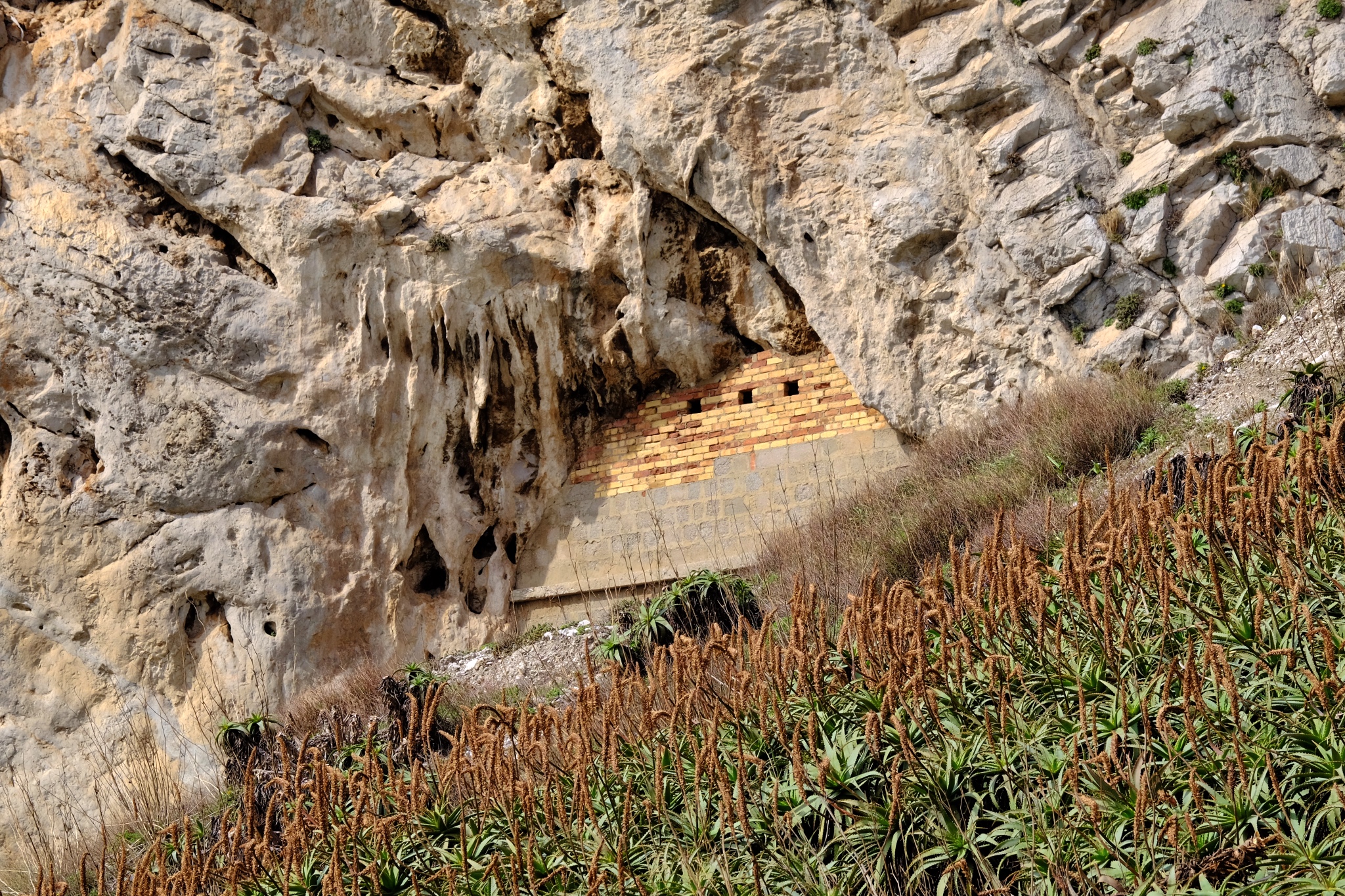 The whole of the rock is riddled with passages and tunnels used as fortified defensive emplacements.
The whole of the rock is riddled with passages and tunnels used as fortified defensive emplacements.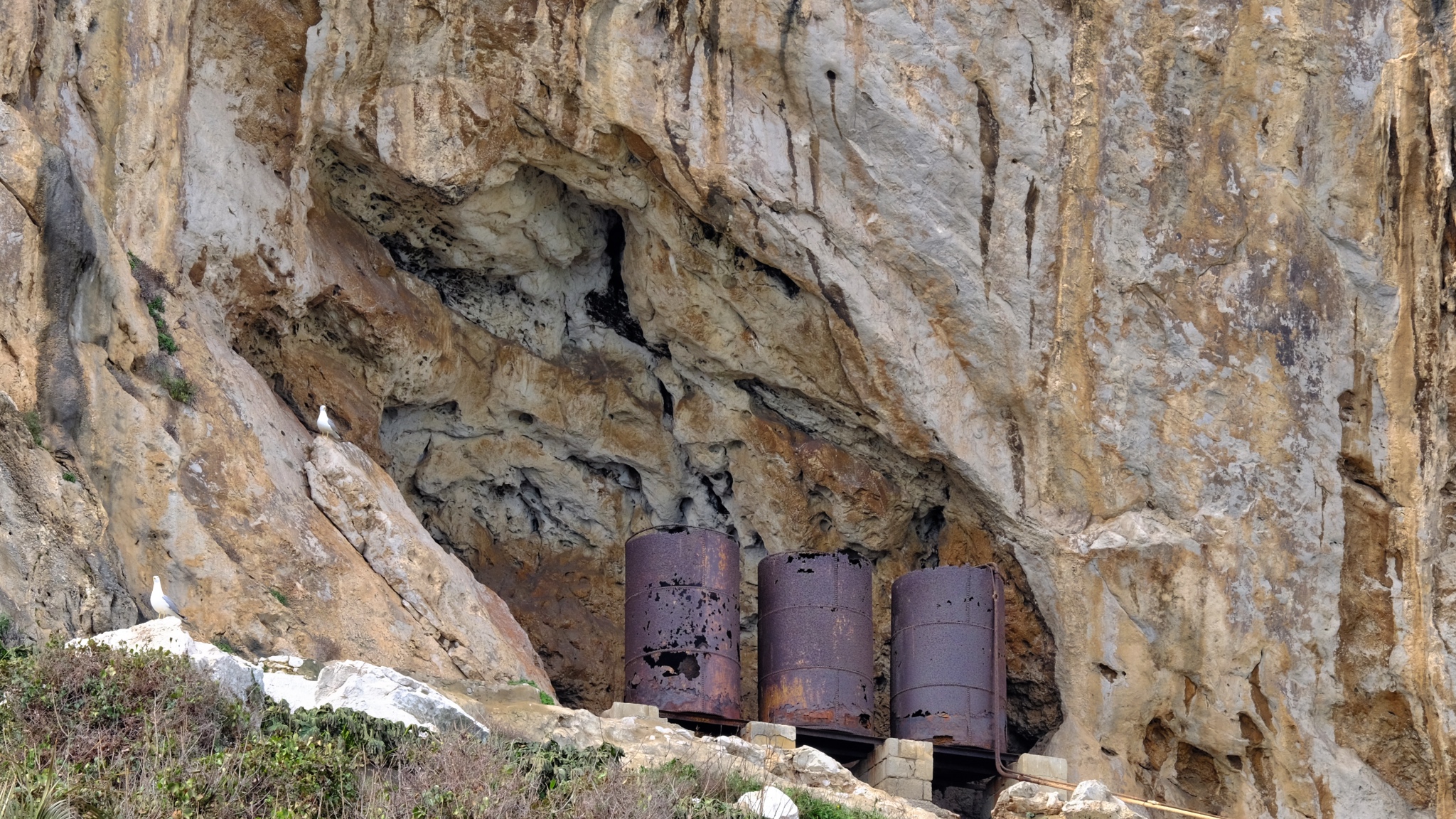 Some very old infrastructure left behind by a long forgotten project.
Some very old infrastructure left behind by a long forgotten project.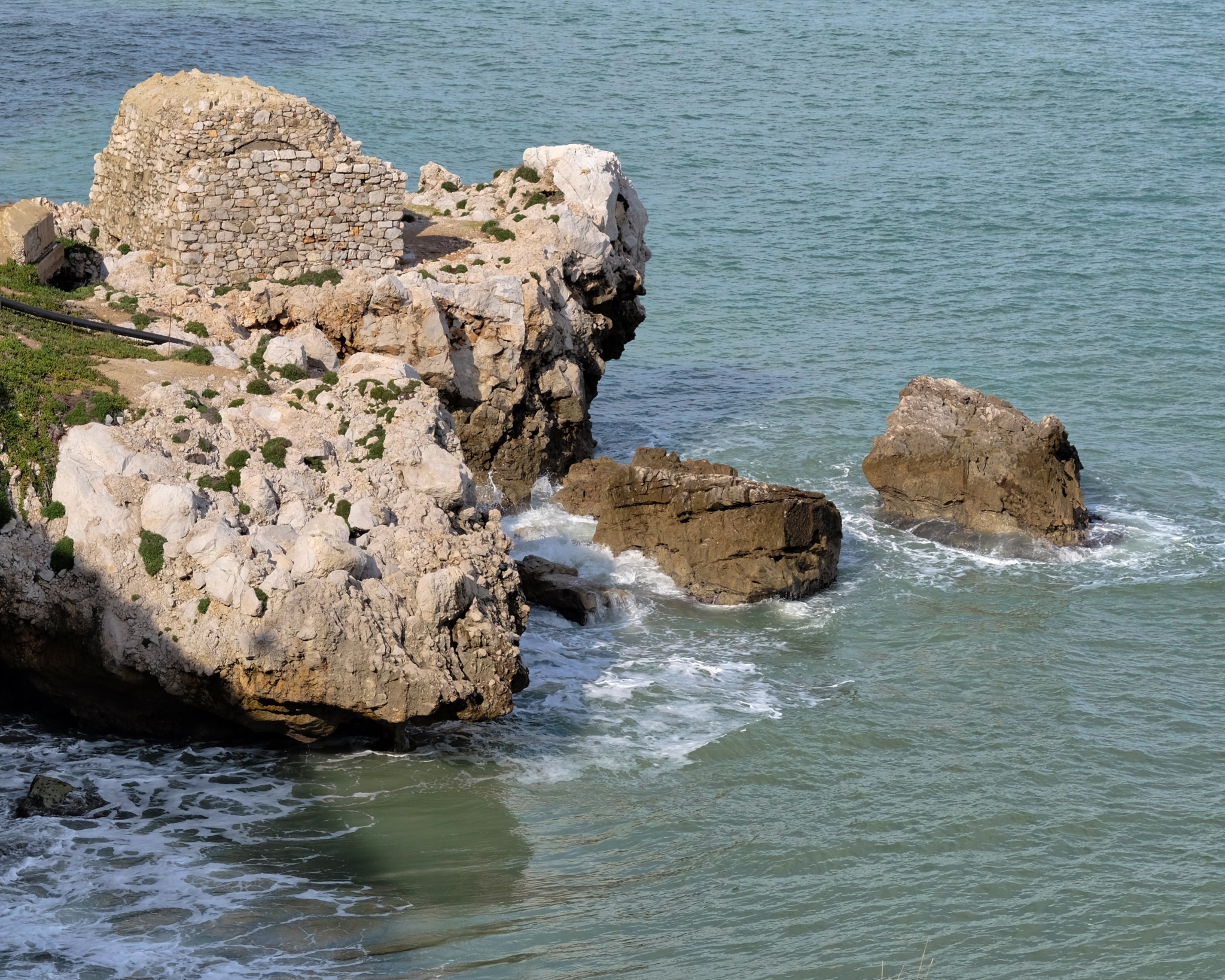 Everywhere a remnant of some previous occupier . . . Moorish?
Everywhere a remnant of some previous occupier . . . Moorish?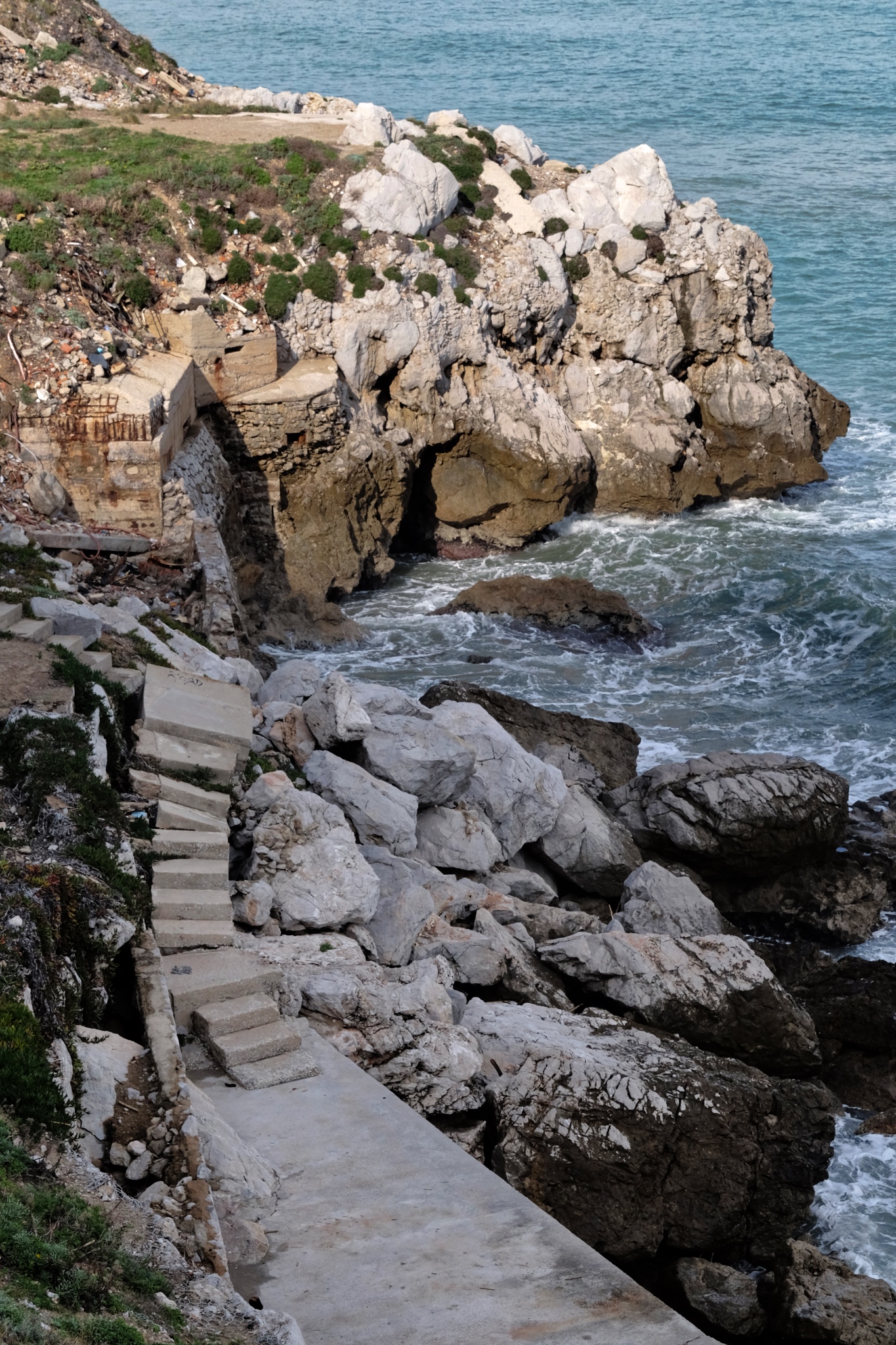 Many different building traces from many different eras all overlapping . . . . Gibraltar was occupied, at various times from 950BC, by the Phoneticians, Greeks, Carthaginians, Romans, Vandals, Goths, Visigoths, Moors, Nasrids, Medinas, Dutch, Spanish, and ultimately, the British.
Many different building traces from many different eras all overlapping . . . . Gibraltar was occupied, at various times from 950BC, by the Phoneticians, Greeks, Carthaginians, Romans, Vandals, Goths, Visigoths, Moors, Nasrids, Medinas, Dutch, Spanish, and ultimately, the British. Near here, in Gorham's Cave, Neanderthal remains were found dating to 55,000 years ago.
Near here, in Gorham's Cave, Neanderthal remains were found dating to 55,000 years ago. Today, Gibraltar is a Mecca for Mediterranean cruise ships and British retirees (pensioners).
Today, Gibraltar is a Mecca for Mediterranean cruise ships and British retirees (pensioners).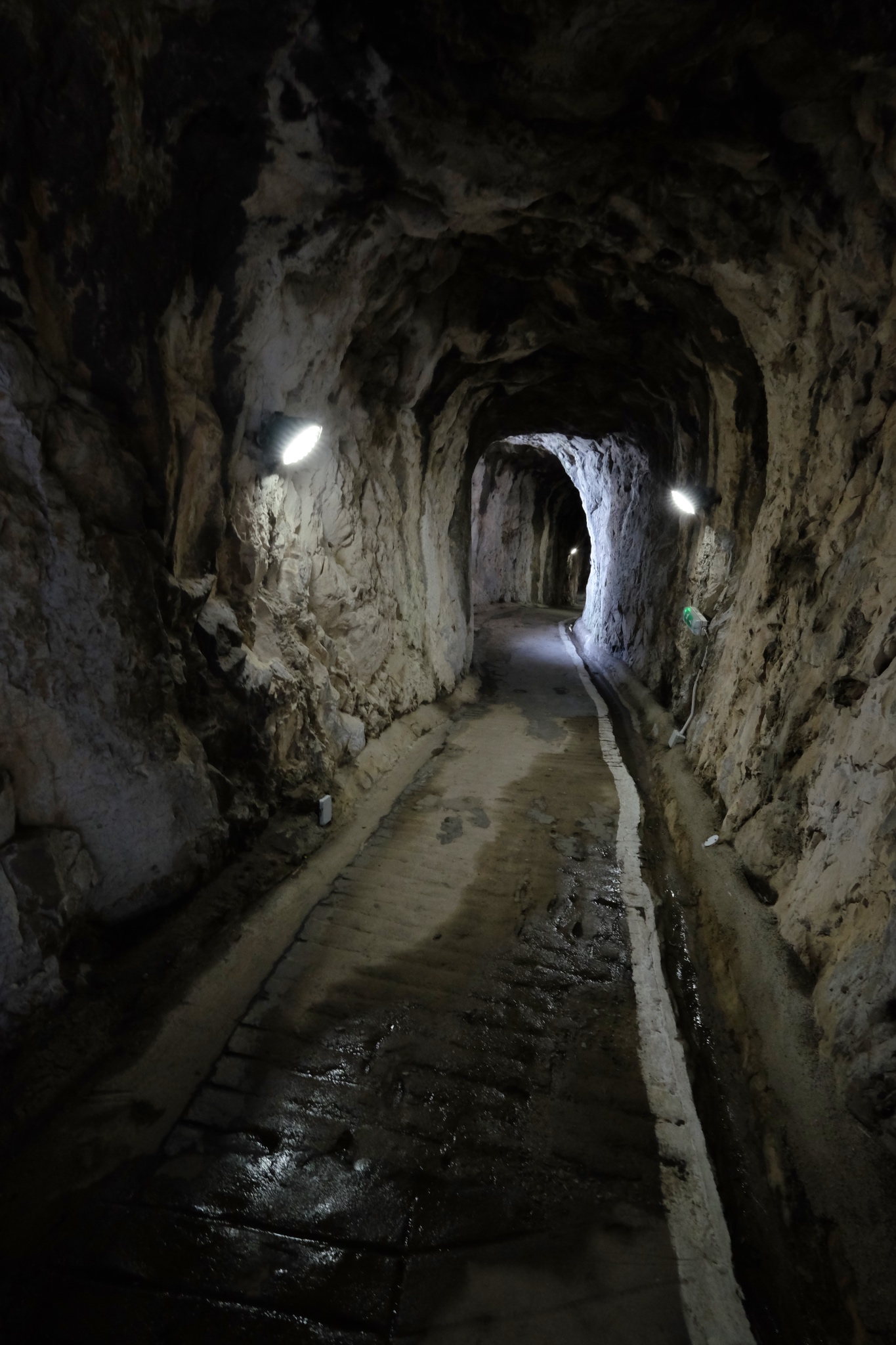 The Rock of Gibraltar is as riddled with caves and tunnels as a block of Swiss cheese. The massive rock was the ideal place to build hardened shelters during times of war, particularly during WWI and WWII. These tunnels date to even before those times when the British and the Spanish were at constant conflict.
The Rock of Gibraltar is as riddled with caves and tunnels as a block of Swiss cheese. The massive rock was the ideal place to build hardened shelters during times of war, particularly during WWI and WWII. These tunnels date to even before those times when the British and the Spanish were at constant conflict.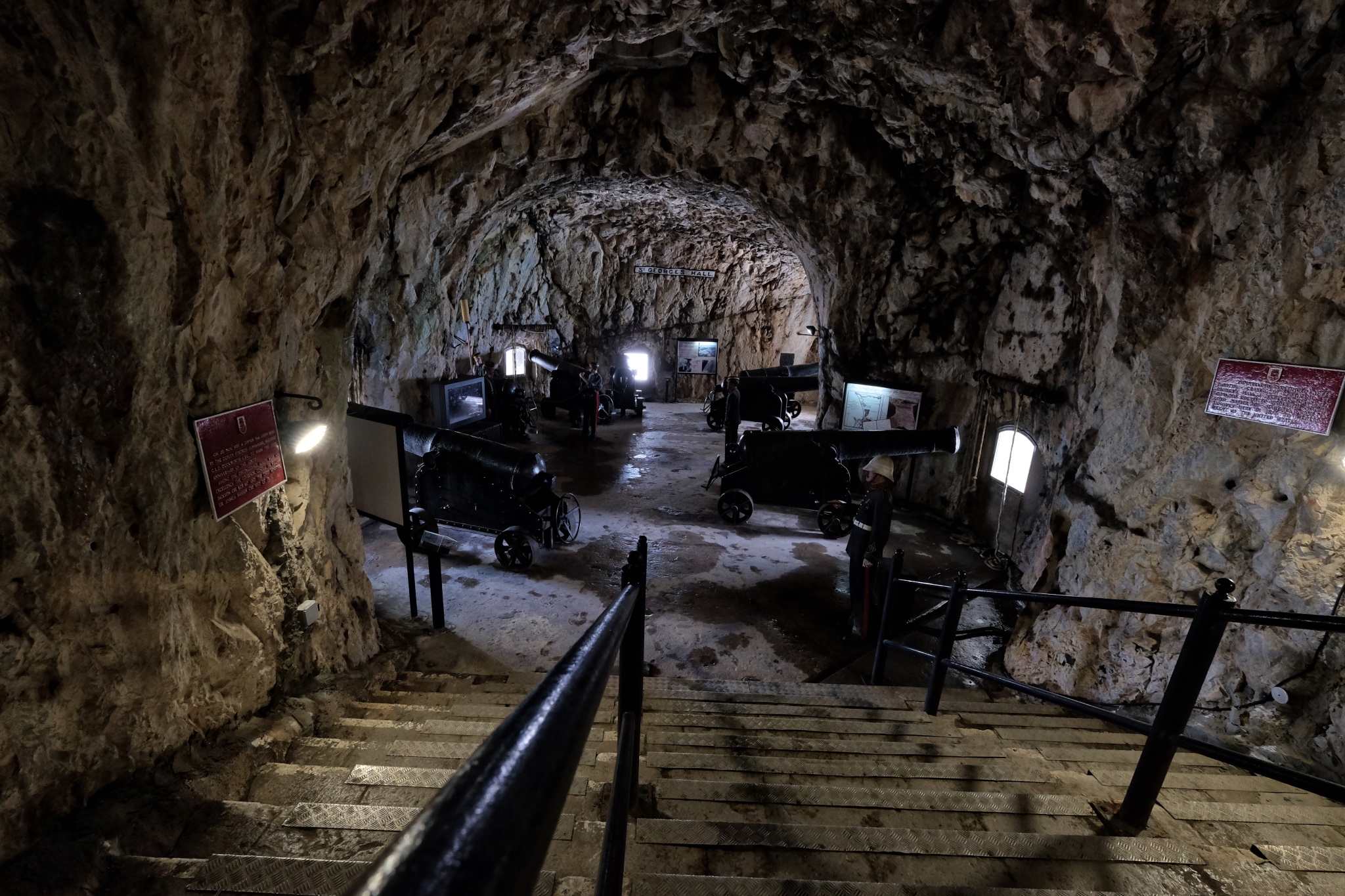 The St. George Tunnel is still equipped with the original cannon from the era.
The St. George Tunnel is still equipped with the original cannon from the era.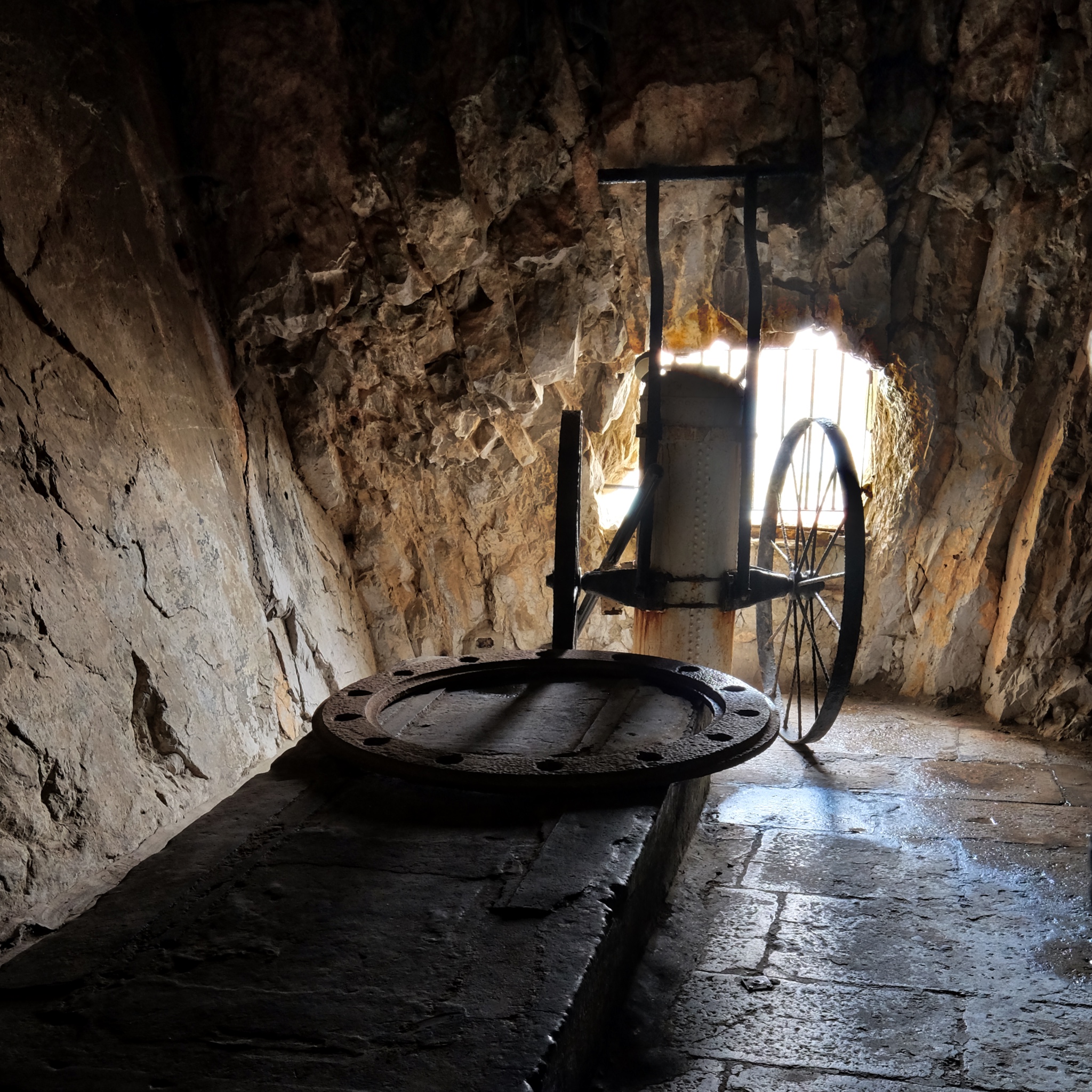 Although the cannon is missing, the turret and fire safety cart remains.
Although the cannon is missing, the turret and fire safety cart remains.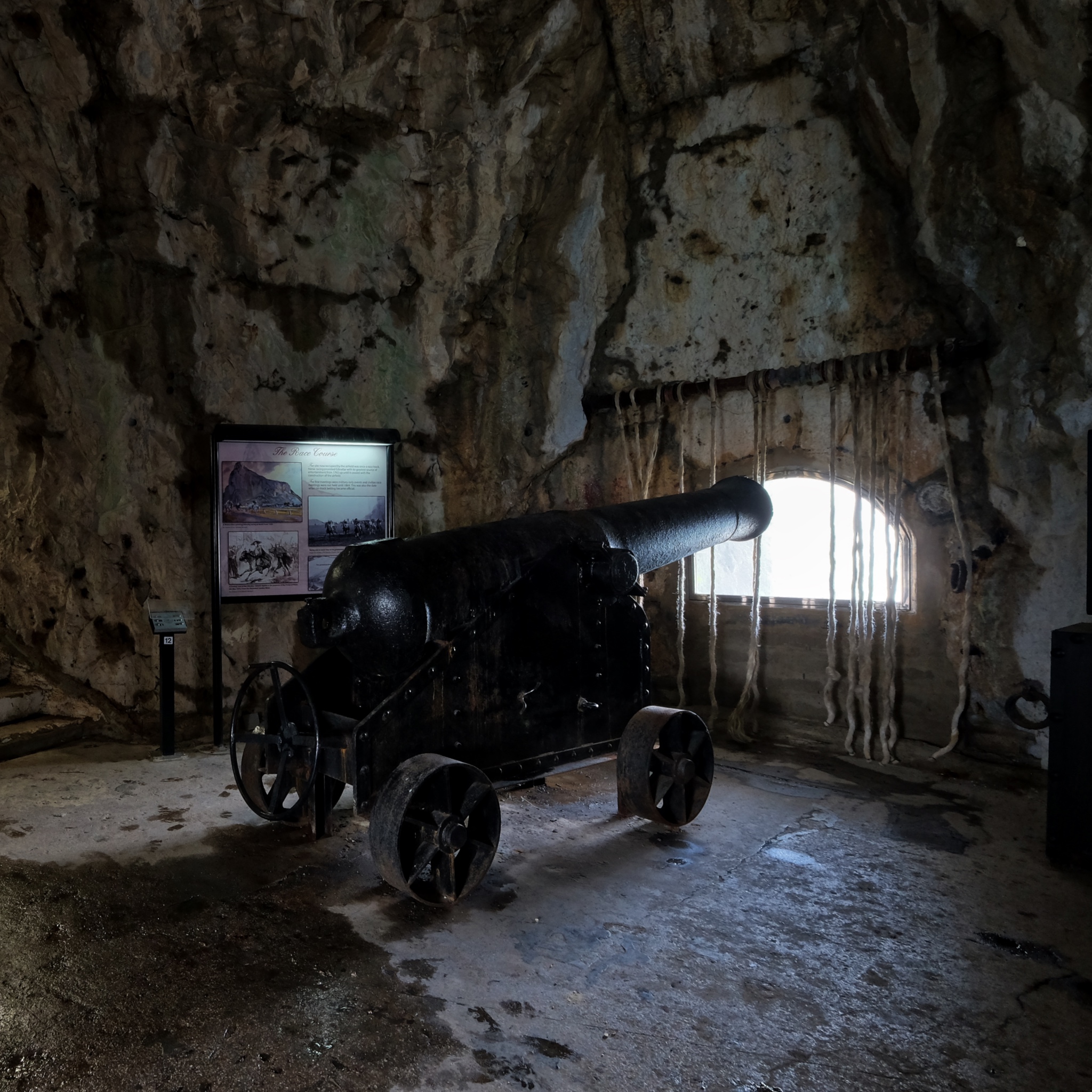 The historical placards were very informative and made the tunnel visit very interesting.
The historical placards were very informative and made the tunnel visit very interesting.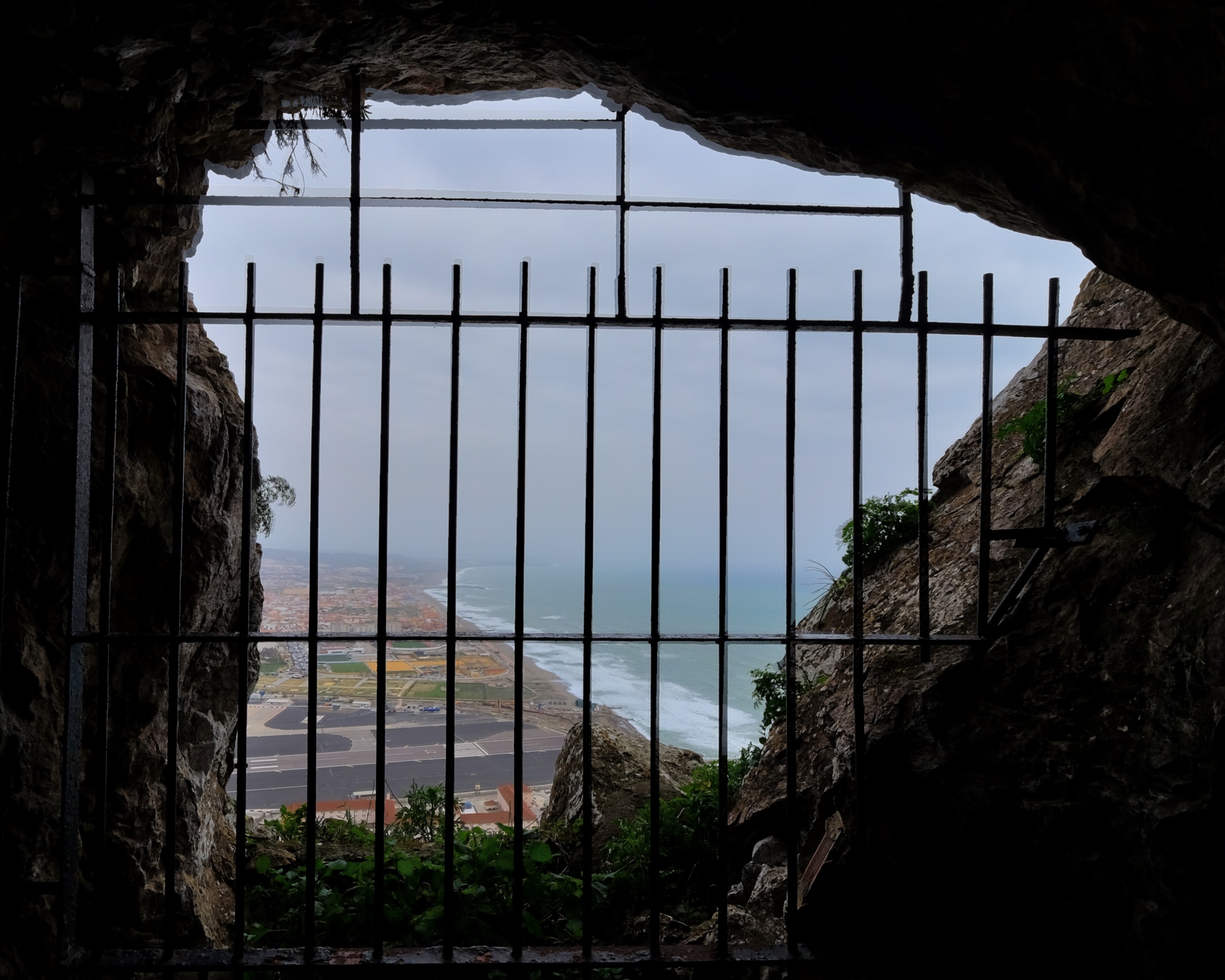 This view from a cannon emplacement is testimony to the strategic importance of these tunnels.
This view from a cannon emplacement is testimony to the strategic importance of these tunnels.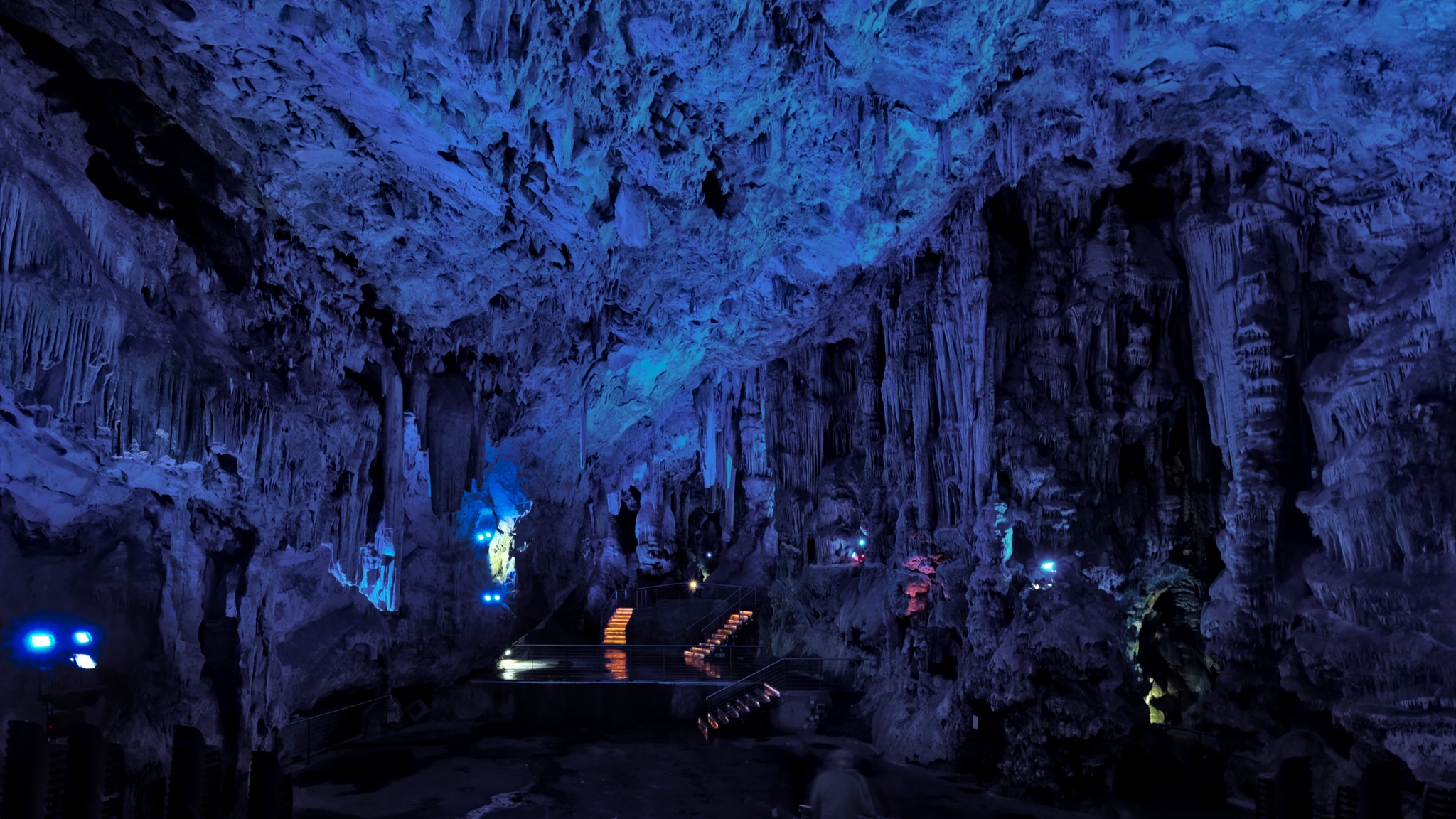 In addition to the military tunnels, there are also natural caves in the Rock of Gibraltar. For a nominal fee, you were treated to giant caverns lit by an ever-changing Xmas tree light.
In addition to the military tunnels, there are also natural caves in the Rock of Gibraltar. For a nominal fee, you were treated to giant caverns lit by an ever-changing Xmas tree light.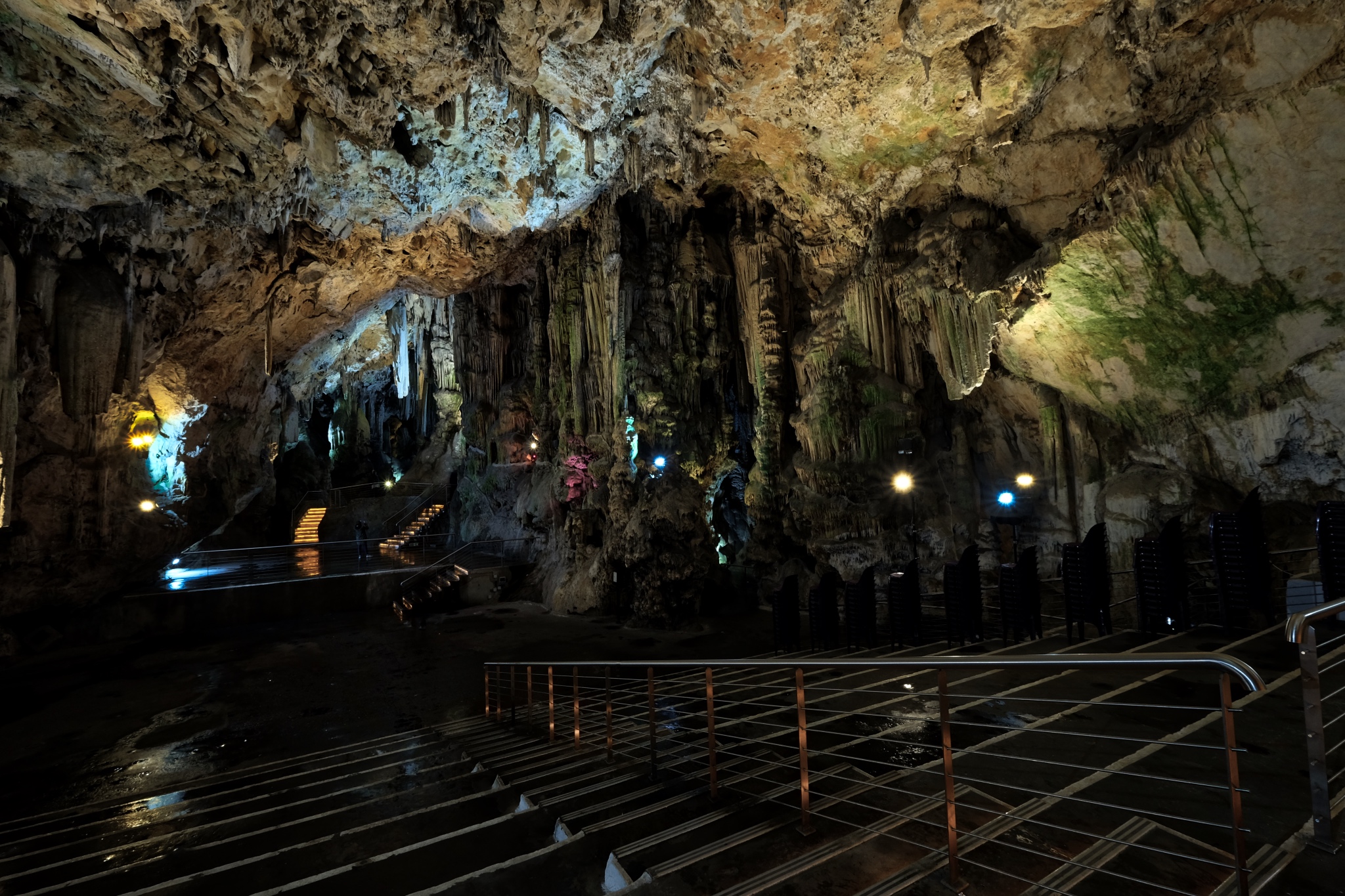 It appeared that they must hold musical events inside the cavern from time to time.
It appeared that they must hold musical events inside the cavern from time to time. A very beautiful place indeed.
A very beautiful place indeed.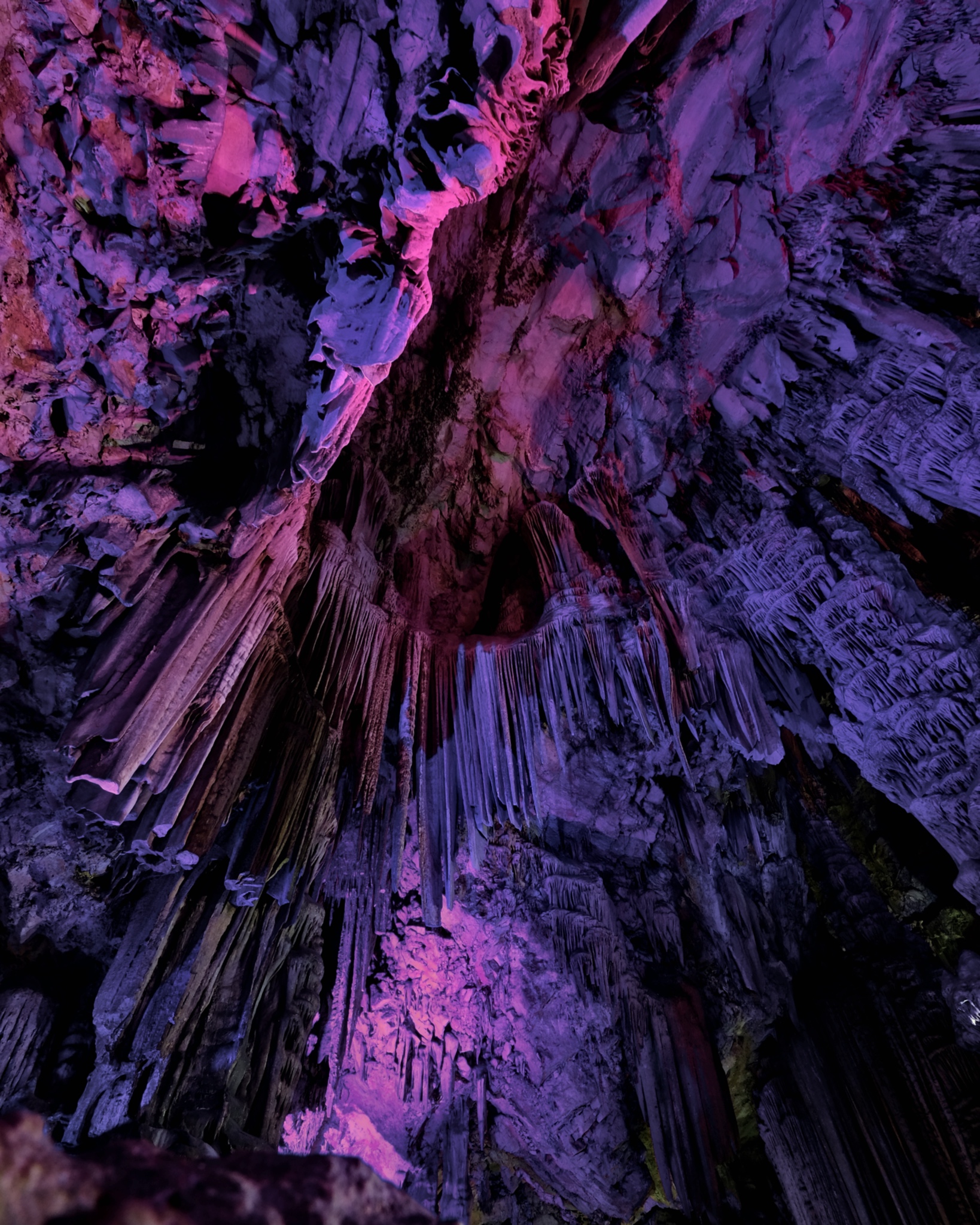 The colored lights grew on you after a while.
The colored lights grew on you after a while.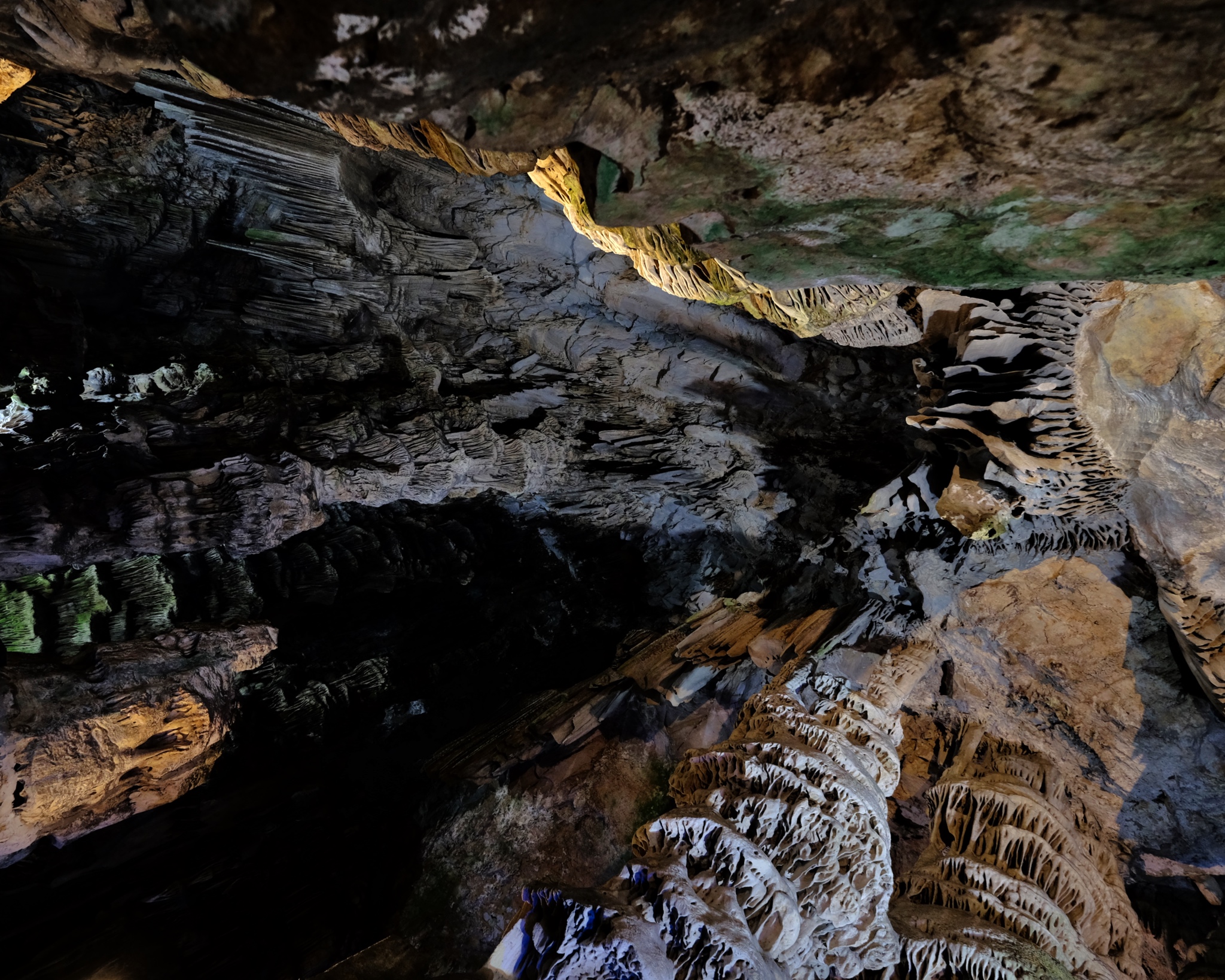 We enjoyed our walk-through of the caves. When we emerged were greeted by . . .
We enjoyed our walk-through of the caves. When we emerged were greeted by . . .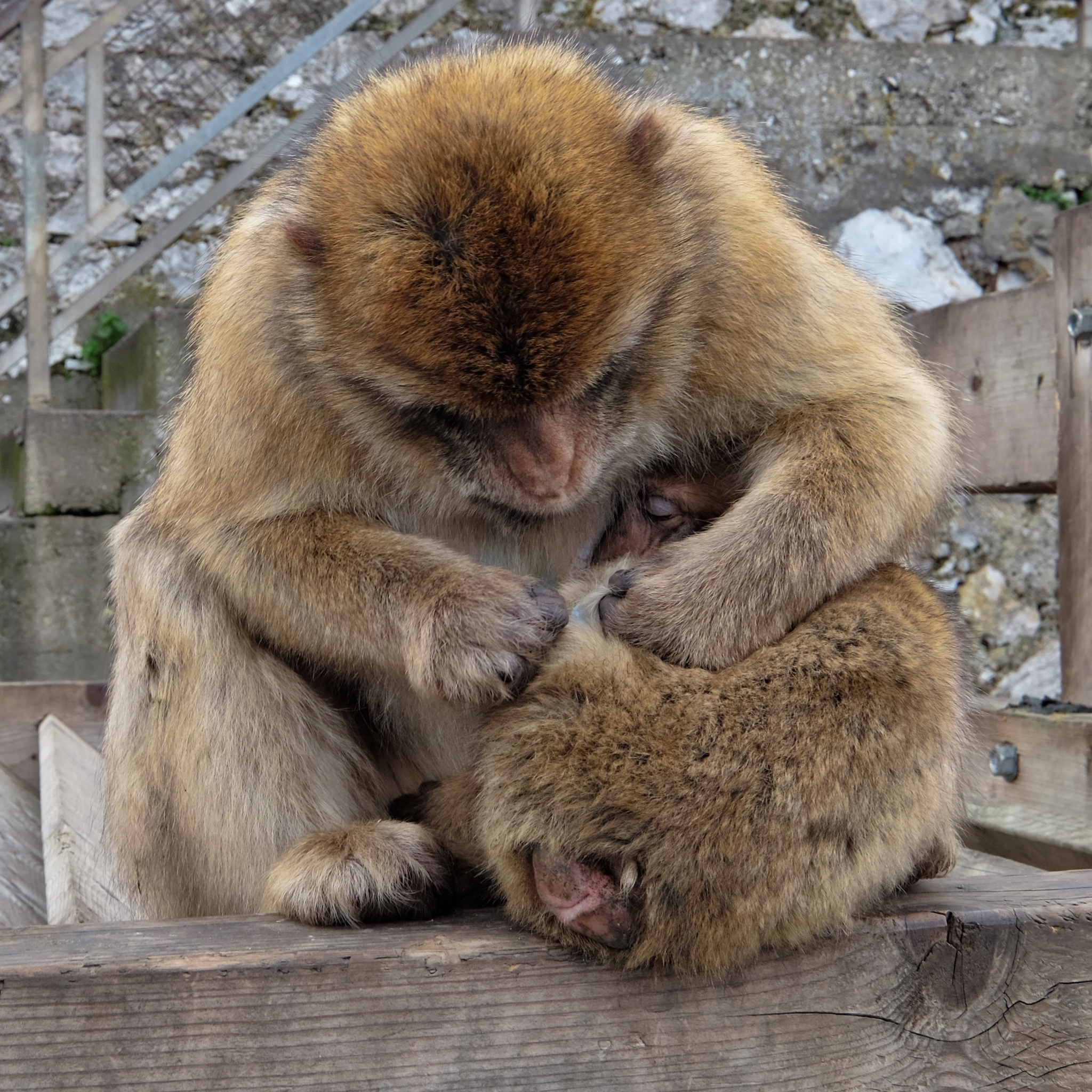 Monkeys! Lots of monkeys! We were warned about the monkeys . . . that they were little pickpockets! One does not associate monkeys with Europe . . . but there you are!
Monkeys! Lots of monkeys! We were warned about the monkeys . . . that they were little pickpockets! One does not associate monkeys with Europe . . . but there you are!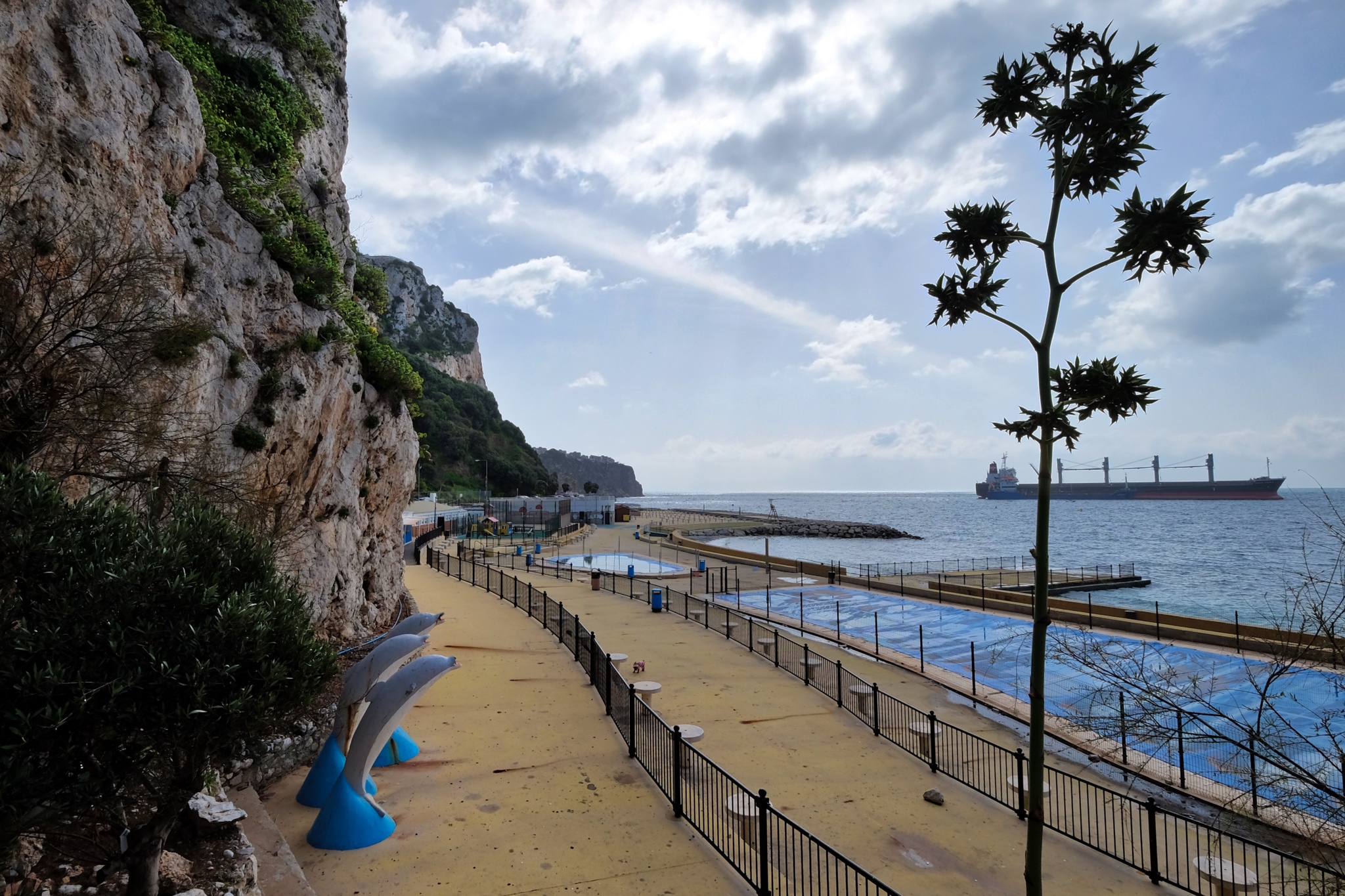
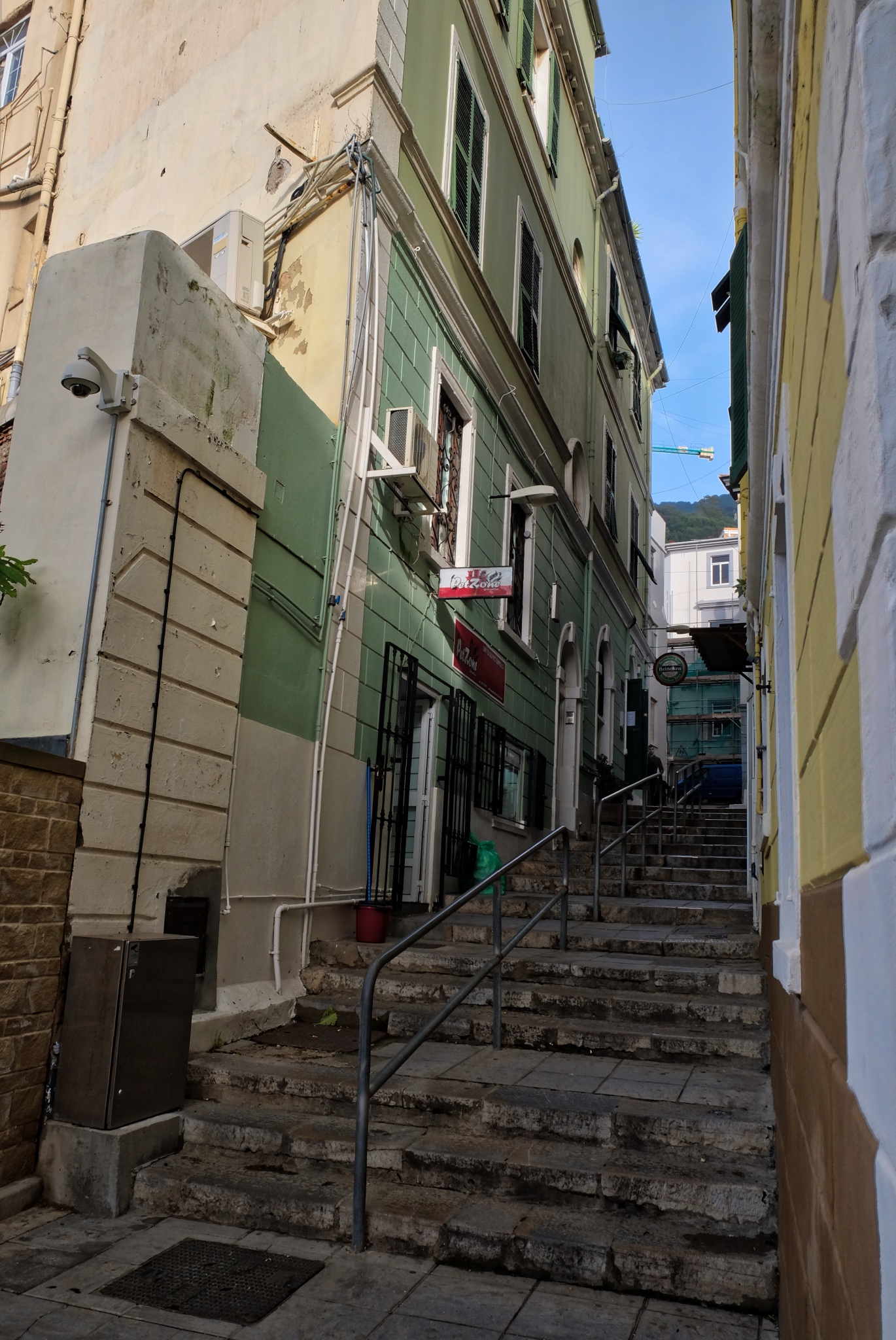 Gibraltar is, of course, built on the side of a big rock with little flat ground. As such, the streets and alleys are often just steep stairs.
Gibraltar is, of course, built on the side of a big rock with little flat ground. As such, the streets and alleys are often just steep stairs.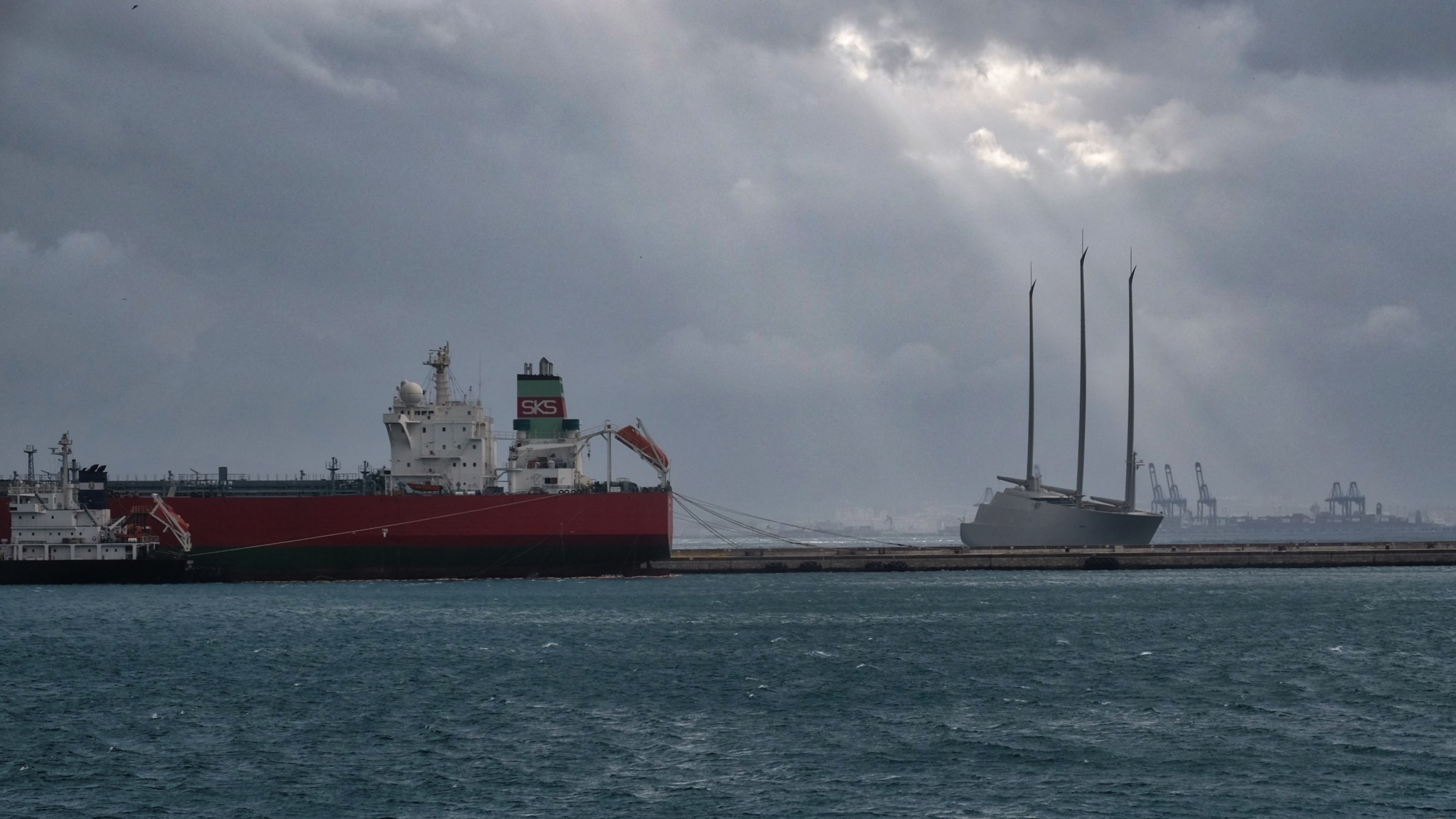 Gibraltar is also a port city . . . and a place for a 'mystery Russian' to came and try for sea trials and licensing of a stealth sailing ship. This Dark Boat was the talk of the town's permanent residents. It was gone in the morning.
Gibraltar is also a port city . . . and a place for a 'mystery Russian' to came and try for sea trials and licensing of a stealth sailing ship. This Dark Boat was the talk of the town's permanent residents. It was gone in the morning. There are craft shops open to the public. Here a famous glassblower plys his trade.
There are craft shops open to the public. Here a famous glassblower plys his trade.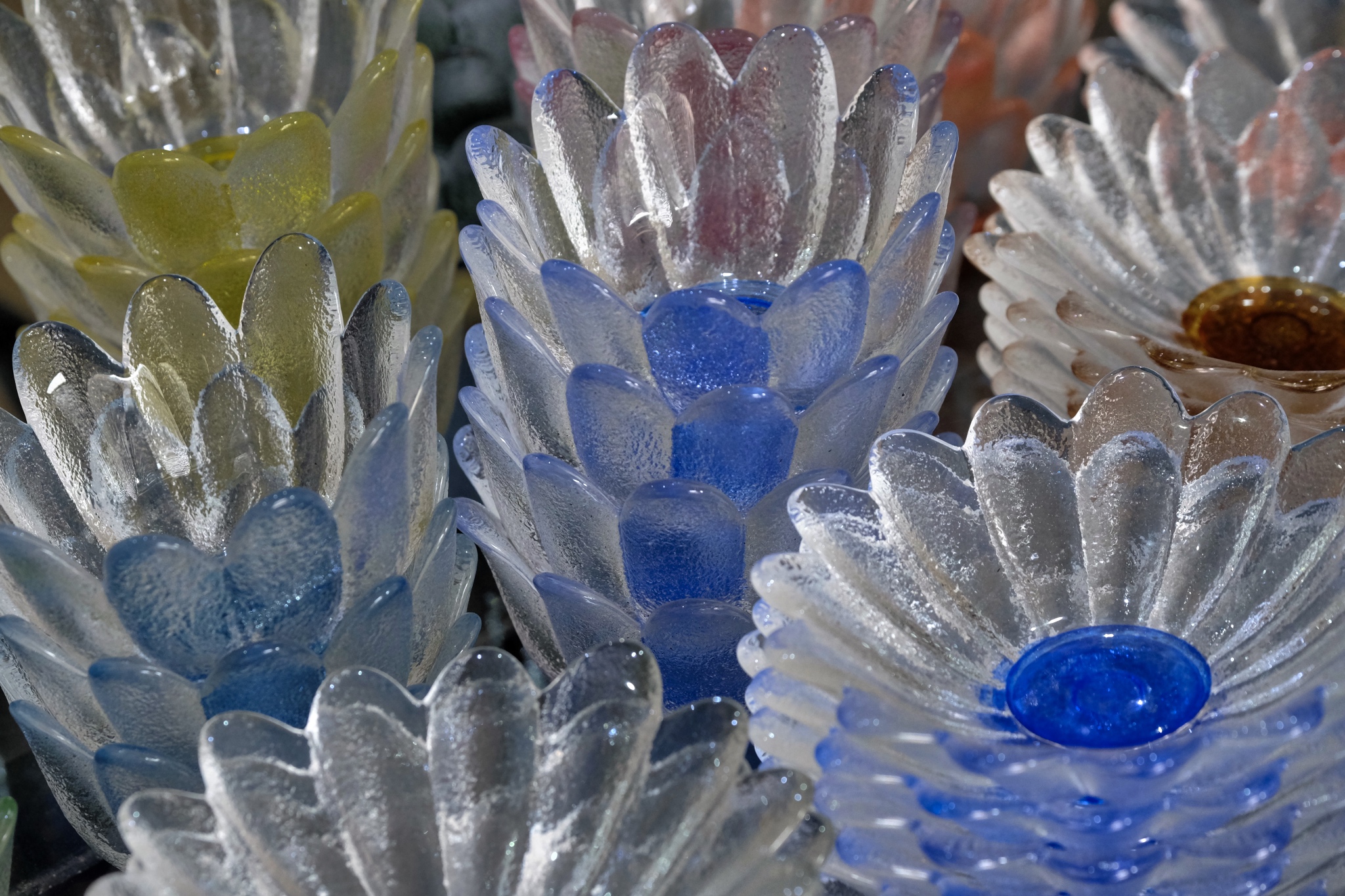 Beautiful work too . . .
Beautiful work too . . .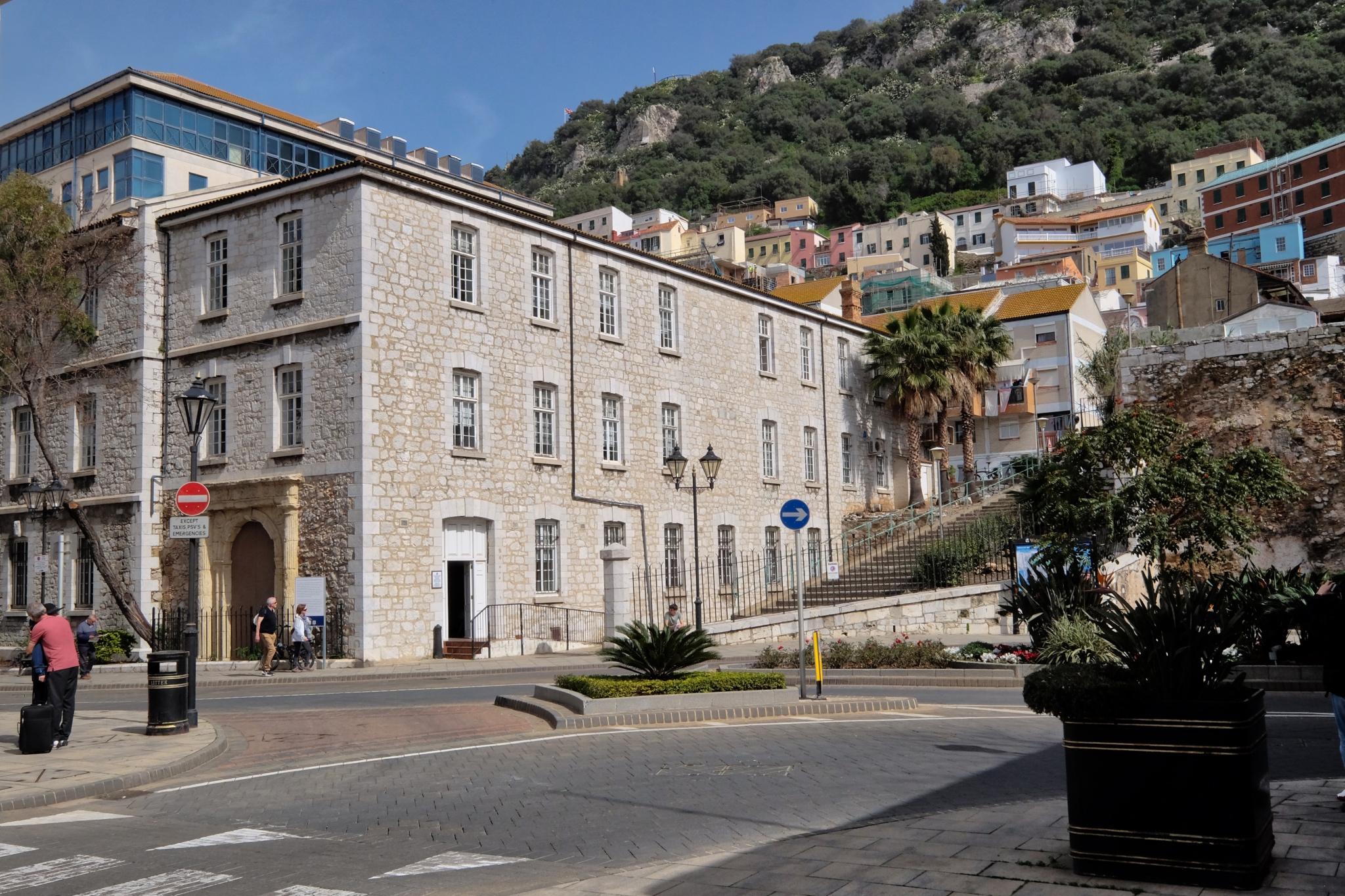 Gibraltar town sits fast against the famous 'Rock.'
Gibraltar town sits fast against the famous 'Rock.'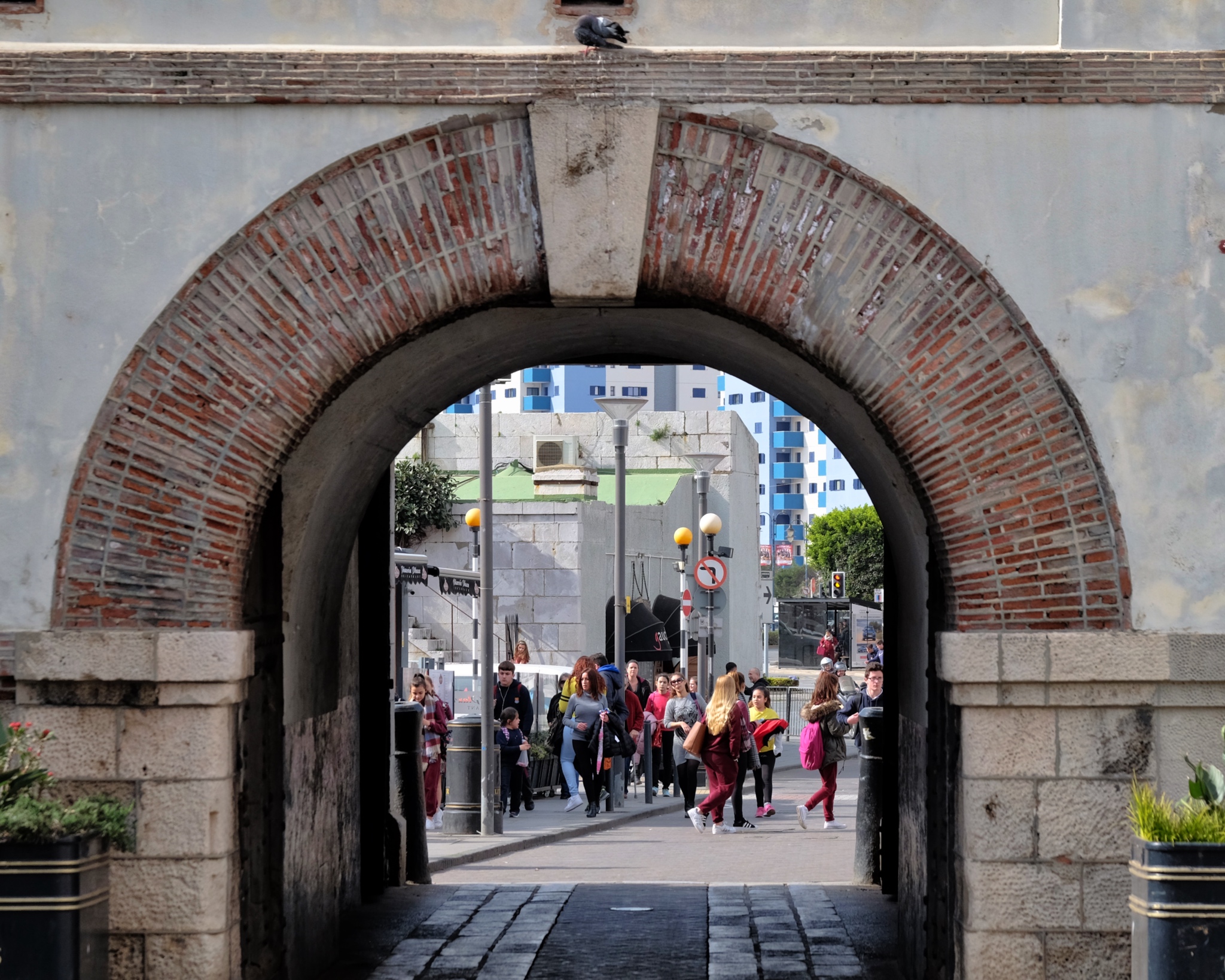 The south city gate . . . already a few tourists mixed in with the locals . . .
The south city gate . . . already a few tourists mixed in with the locals . . . There are some beautiful curving streets through the old town.
There are some beautiful curving streets through the old town.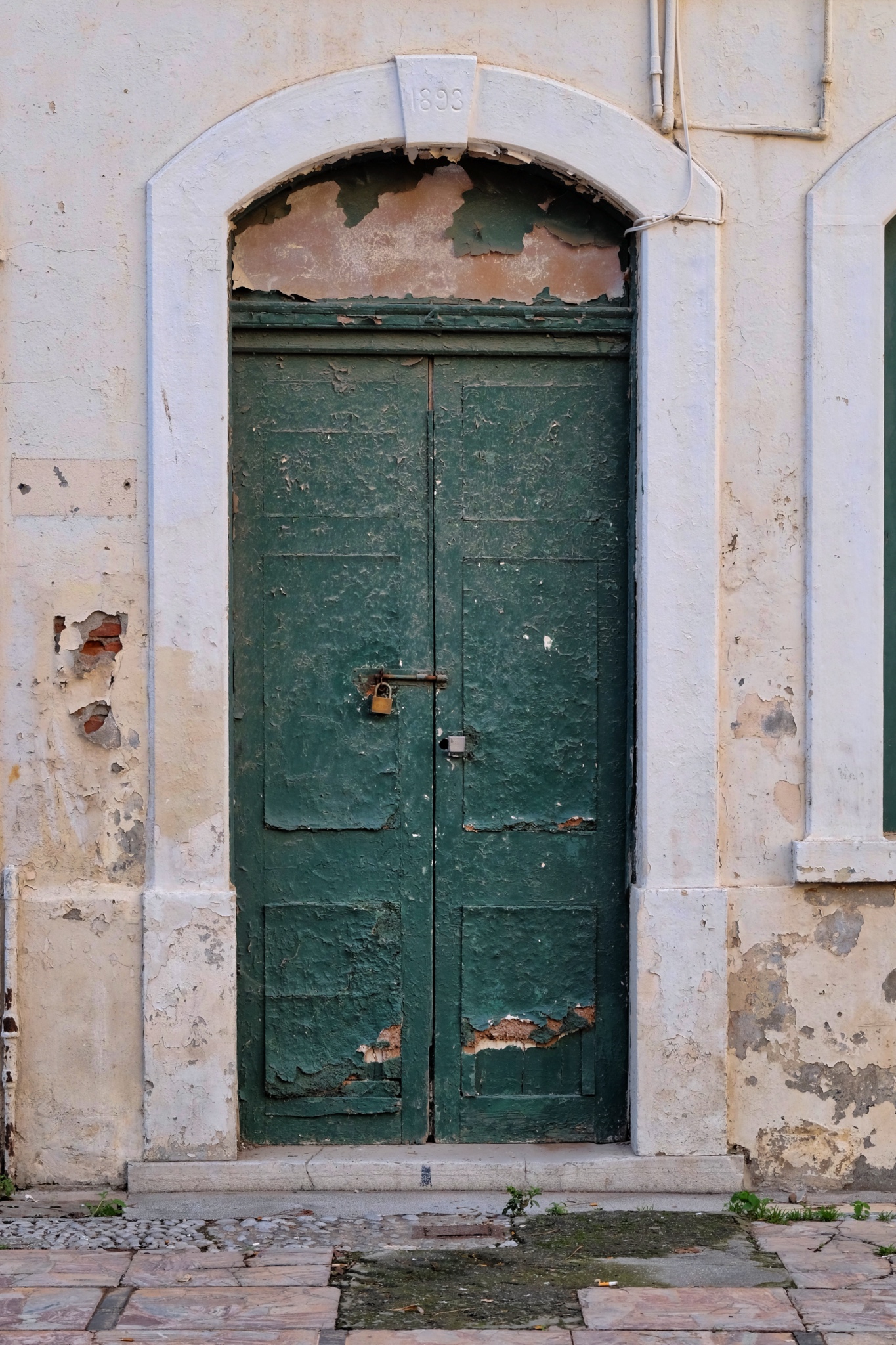 My Old Door Photo Fetish (ODPF) was completely satisfied in Gibraltar!
My Old Door Photo Fetish (ODPF) was completely satisfied in Gibraltar!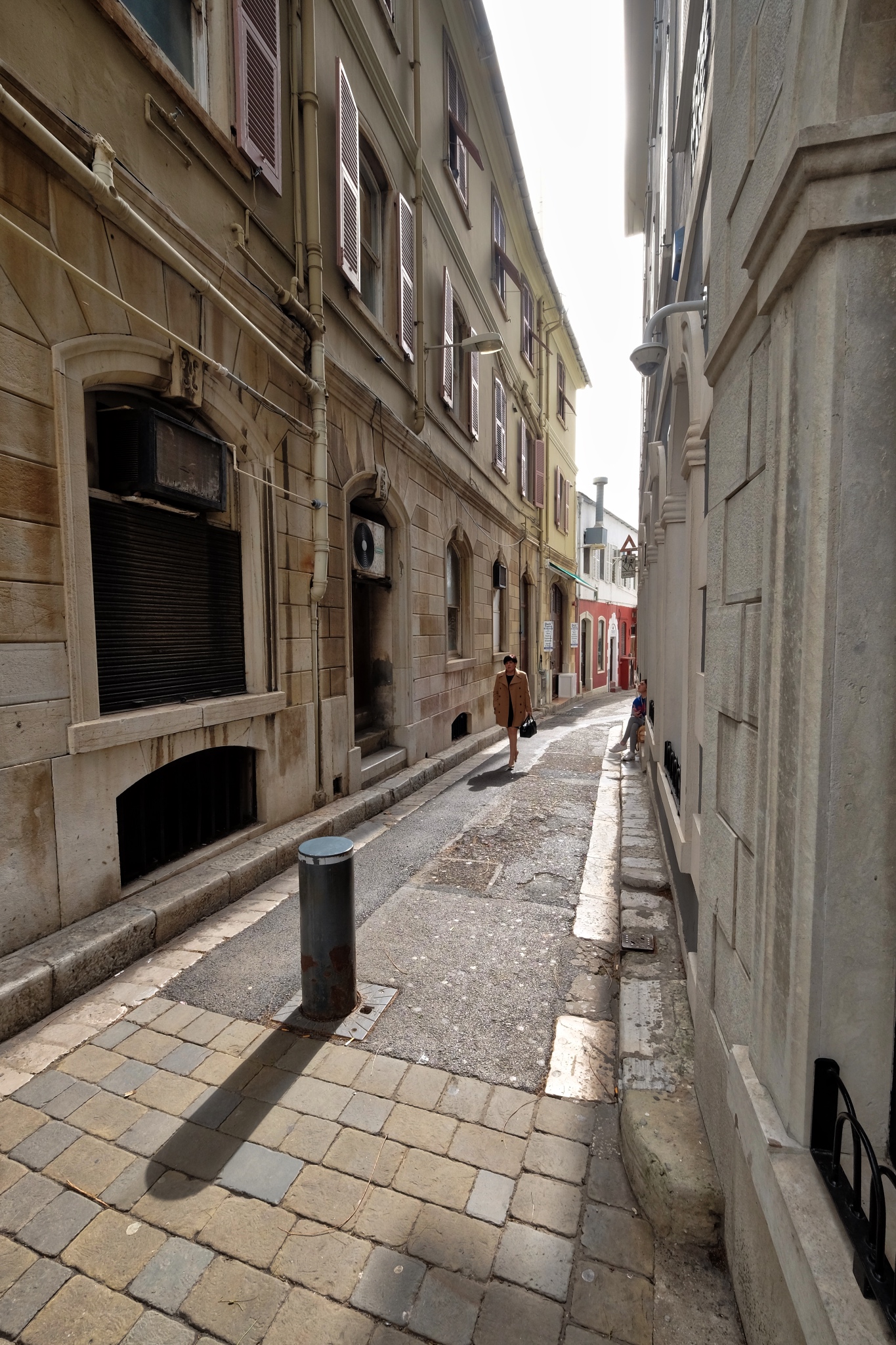 A pleasant place to stroll around . . . before the throngs of tourists arrived, the locals told us.
A pleasant place to stroll around . . . before the throngs of tourists arrived, the locals told us. Steep streets . . . .
Steep streets . . . . Gibraltar has a fine Botanical Garden . . . a favorite place to visit on all my travels.
Gibraltar has a fine Botanical Garden . . . a favorite place to visit on all my travels.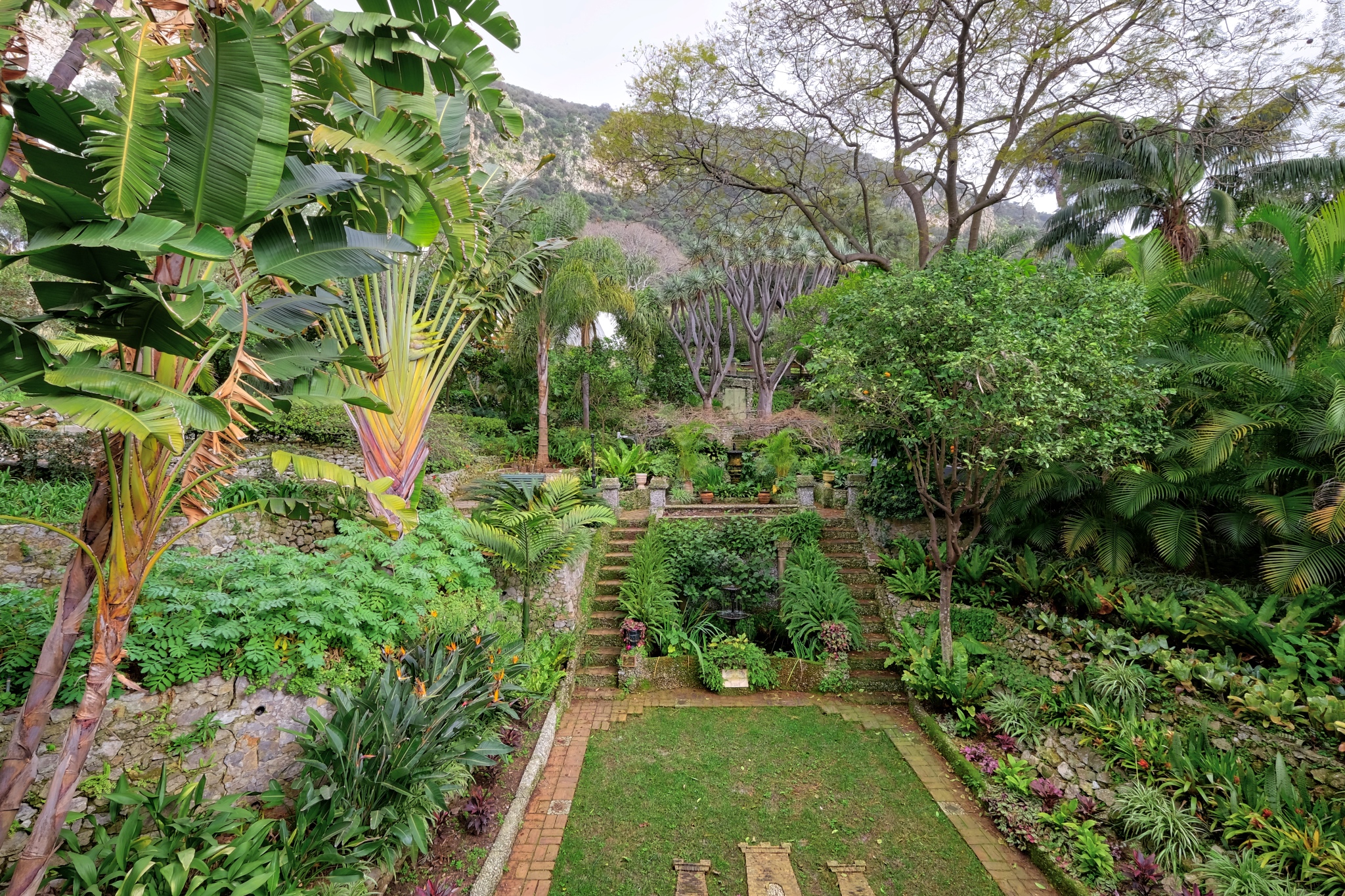 There is hardly any unused land on Gibraltar, so it was nice to see they valued their botanical garden enough to not build on it or pave it over.
There is hardly any unused land on Gibraltar, so it was nice to see they valued their botanical garden enough to not build on it or pave it over. Being on the southern to of Spain, the climate is very mild. Many kinds of semi-tropical plants grow very well here.
Being on the southern to of Spain, the climate is very mild. Many kinds of semi-tropical plants grow very well here.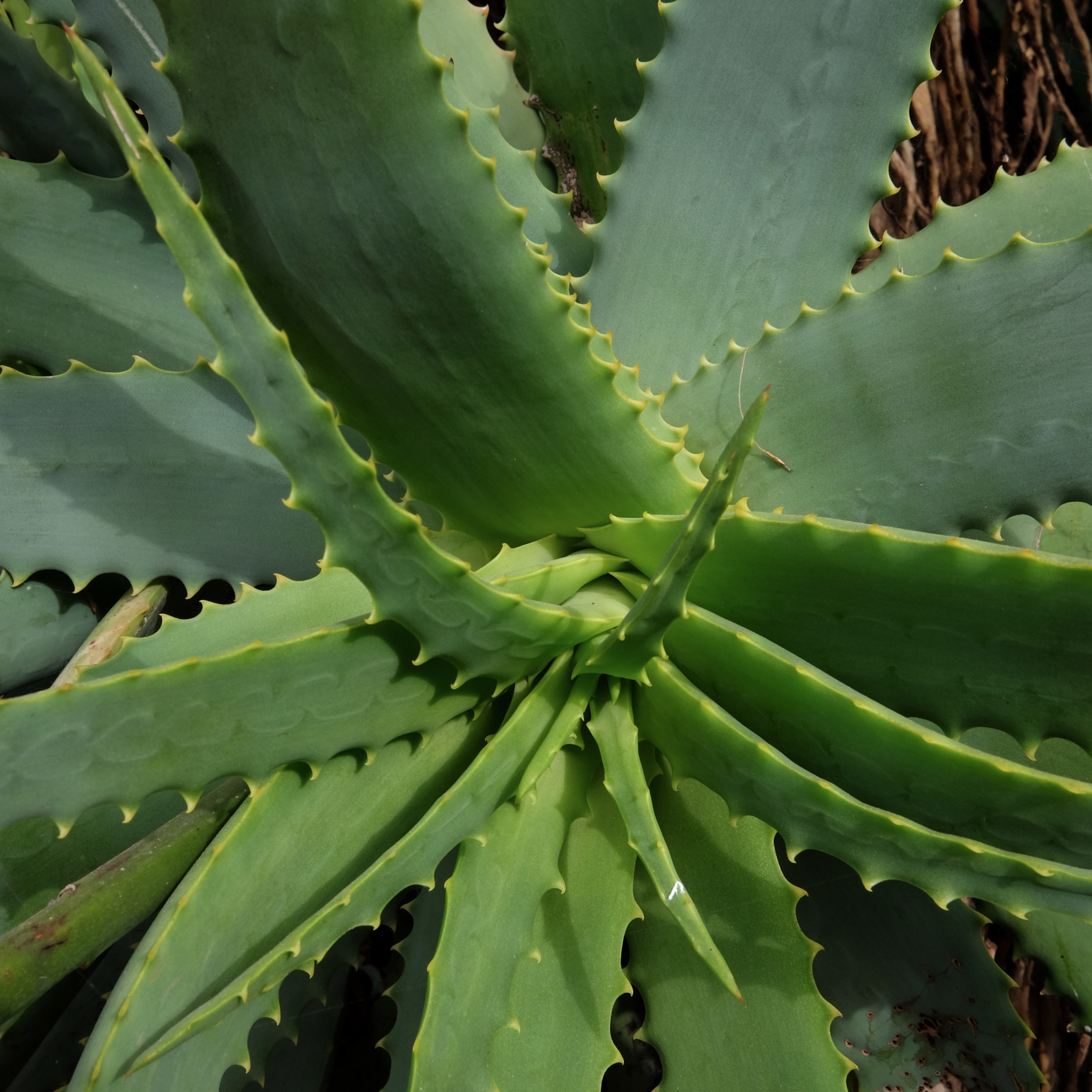 Aloe grew everywhere.
Aloe grew everywhere.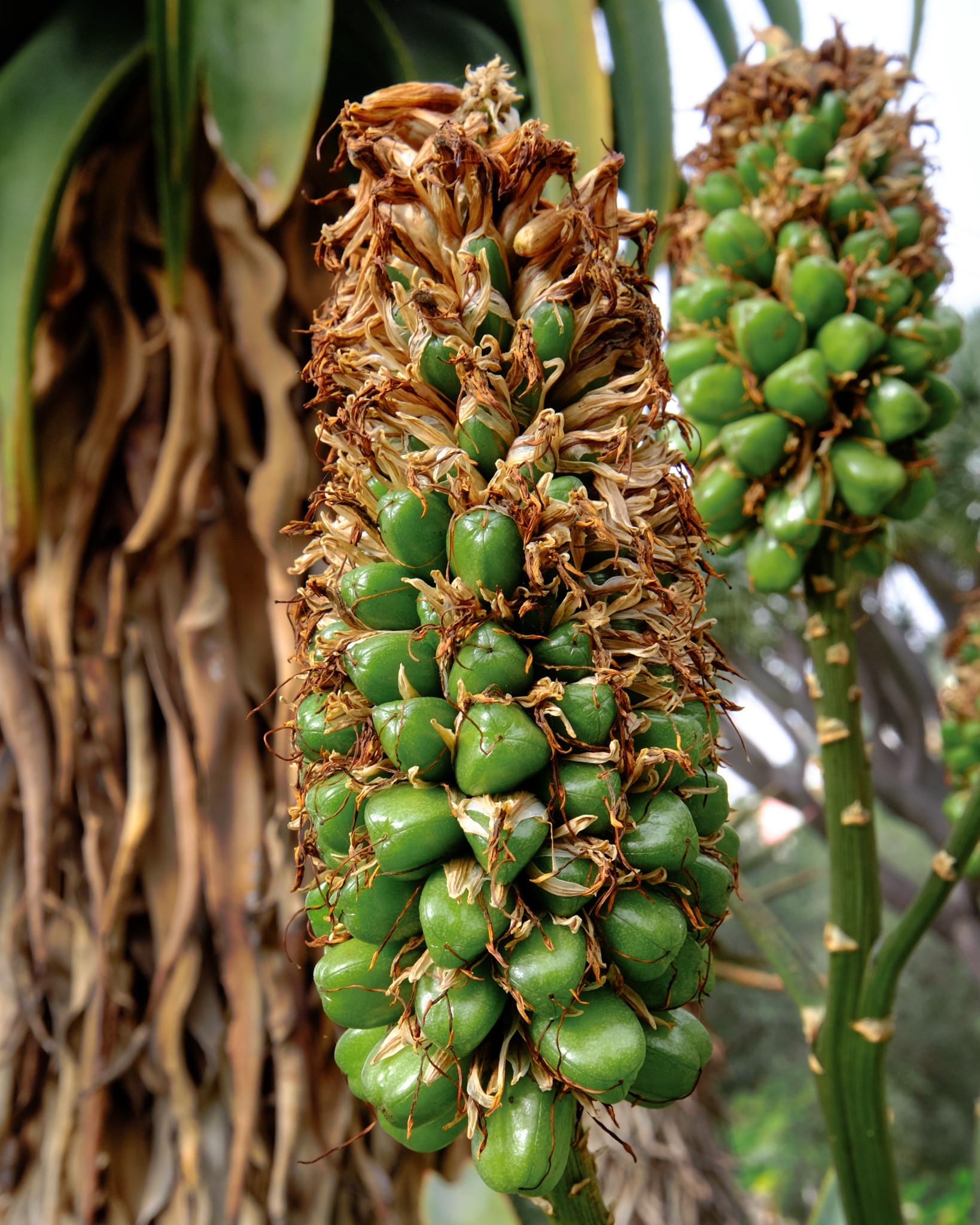 A few of the tropical plants were in flower or bud.
A few of the tropical plants were in flower or bud.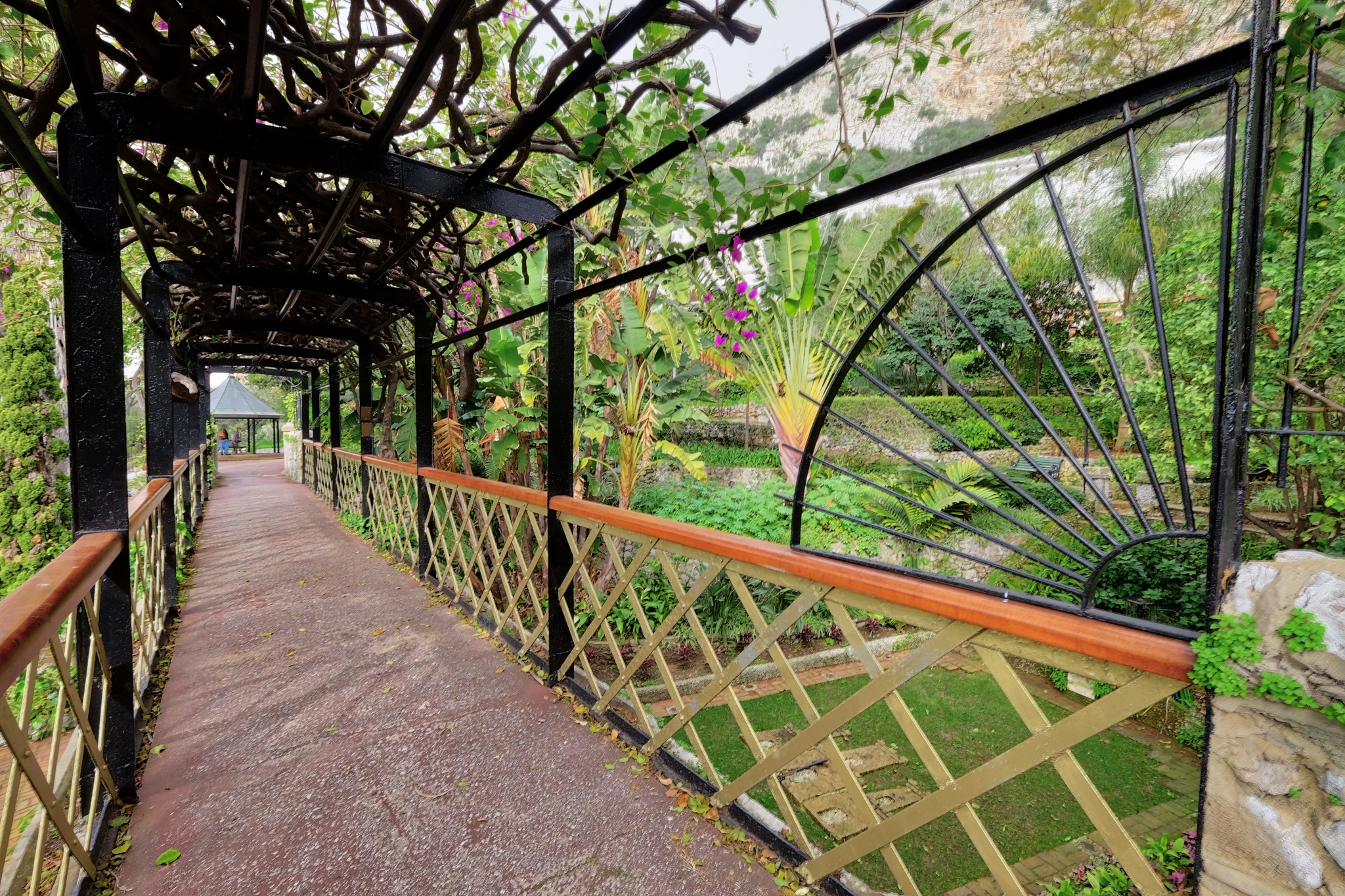 We spent art of a wonderful afternoon here . . .
We spent art of a wonderful afternoon here . . .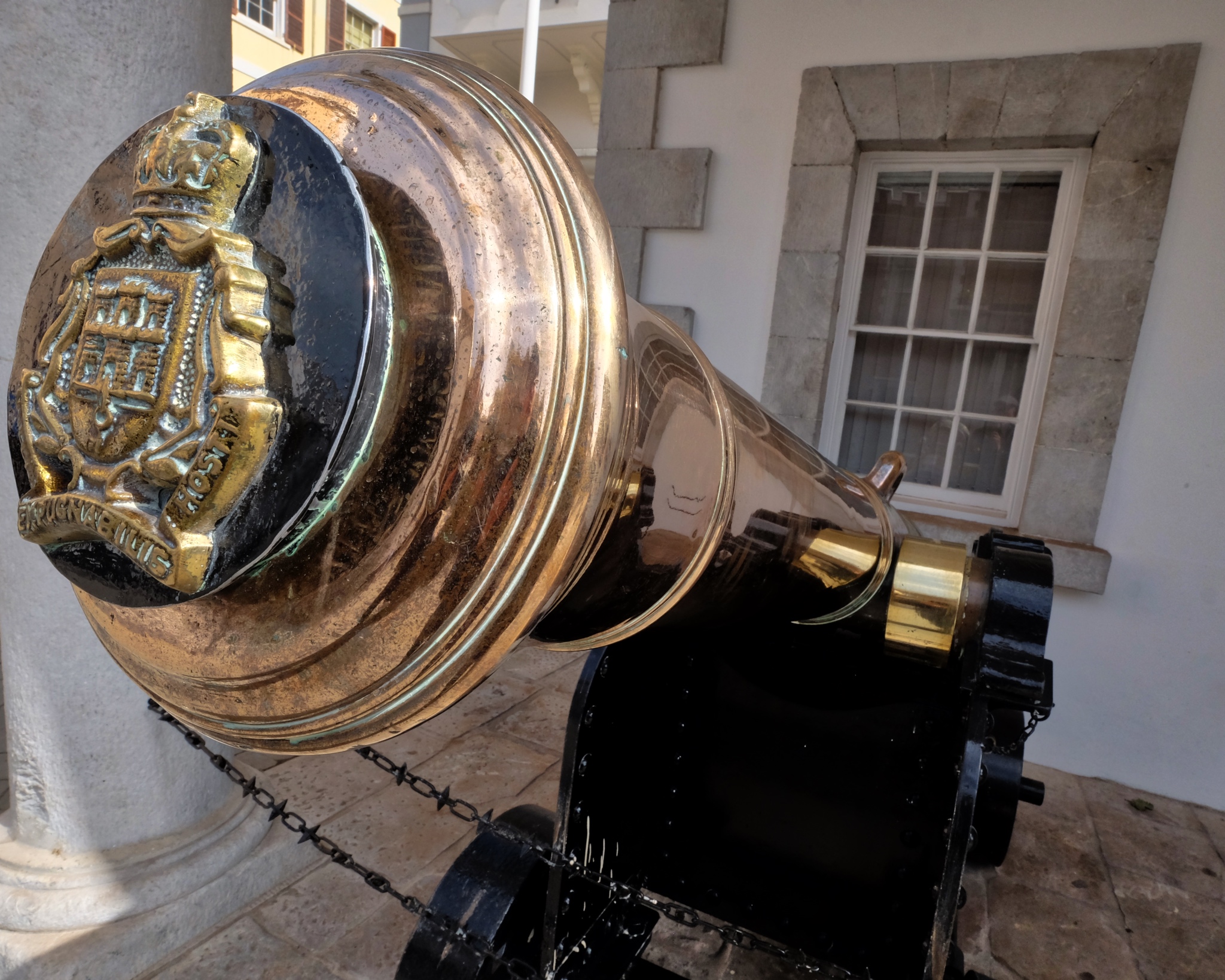 There is still a British military garrison on Gibraltar . . . complete with daily-polished brass cannon.
There is still a British military garrison on Gibraltar . . . complete with daily-polished brass cannon.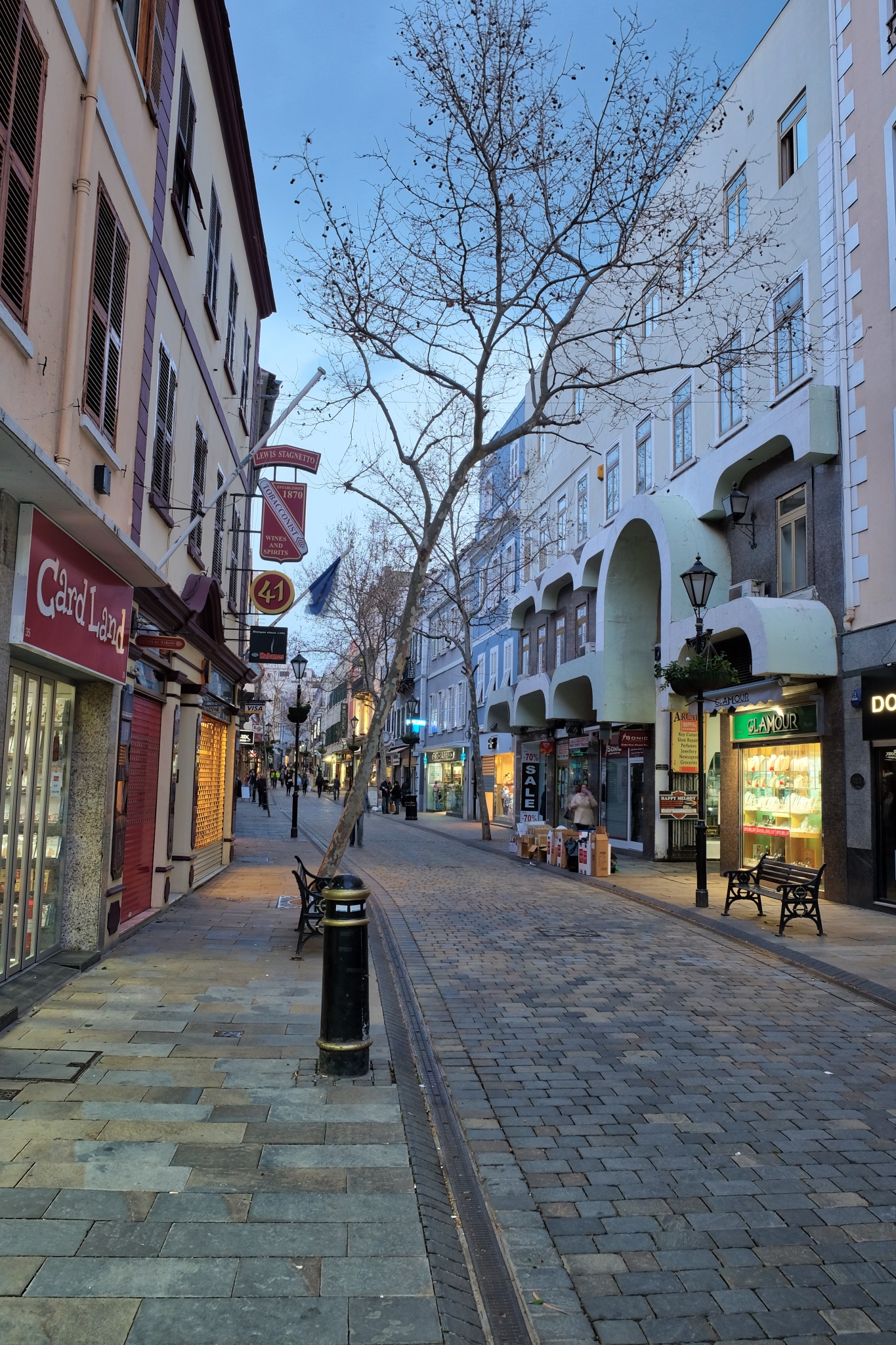 The central walking street is the focus of the town and the only developed commercial area. There are sweet cafes, bakeries, and shops all along here . . . as well as tawdry tourist curios shops where I bought a refrigerator magnet.
The central walking street is the focus of the town and the only developed commercial area. There are sweet cafes, bakeries, and shops all along here . . . as well as tawdry tourist curios shops where I bought a refrigerator magnet.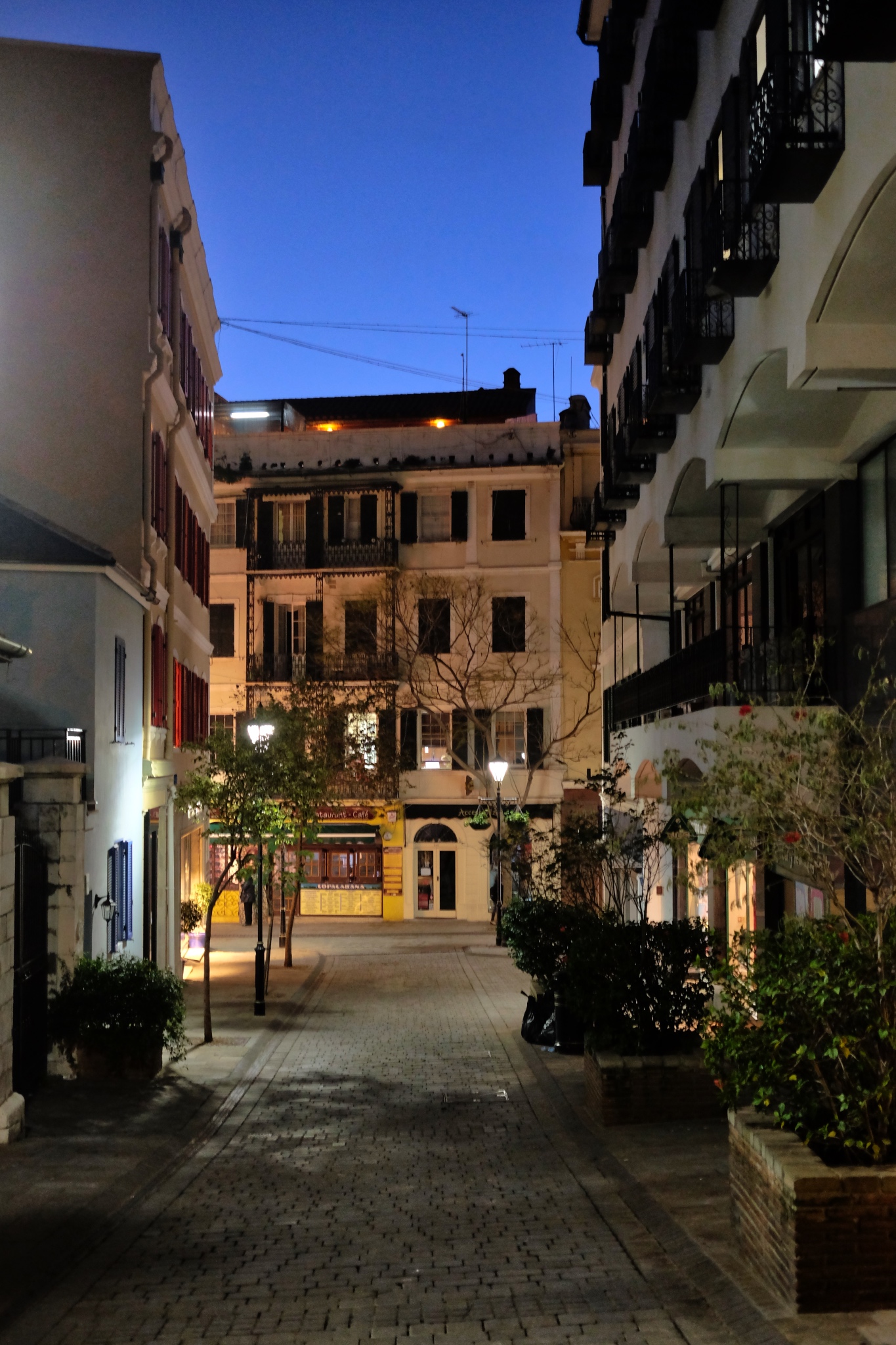 In my opinion, Gibraltar becomes even more interesting, and beautiful, when the sun sets.
In my opinion, Gibraltar becomes even more interesting, and beautiful, when the sun sets.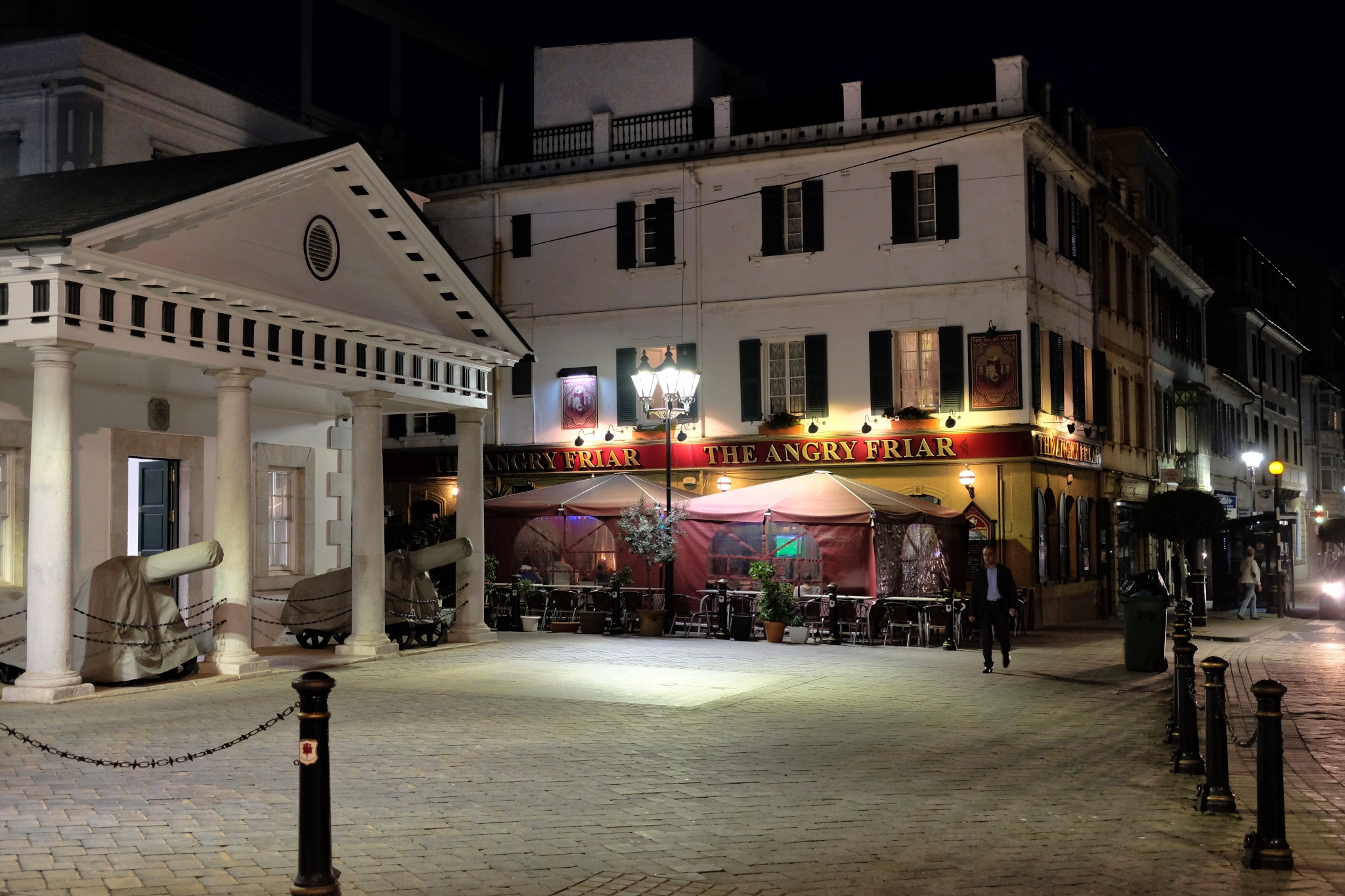 At night the squares are lit and the old government buildings stand out in all their old glory.
At night the squares are lit and the old government buildings stand out in all their old glory.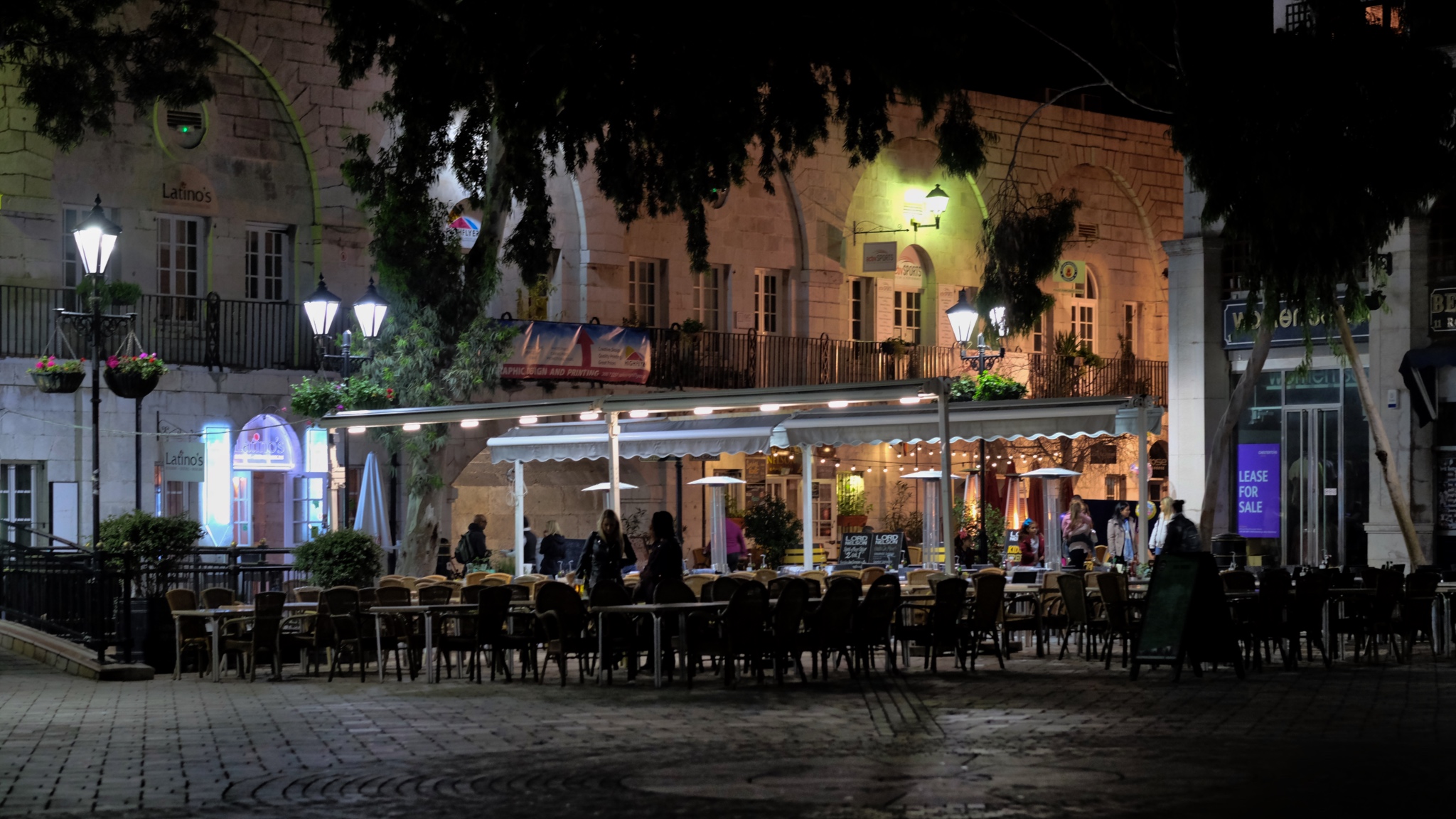 In the evening people, tourists and locals, come out to the cafes in Casement Square. One can imagine this space filled with thousands of cruise ship passengers later in the summer.
In the evening people, tourists and locals, come out to the cafes in Casement Square. One can imagine this space filled with thousands of cruise ship passengers later in the summer.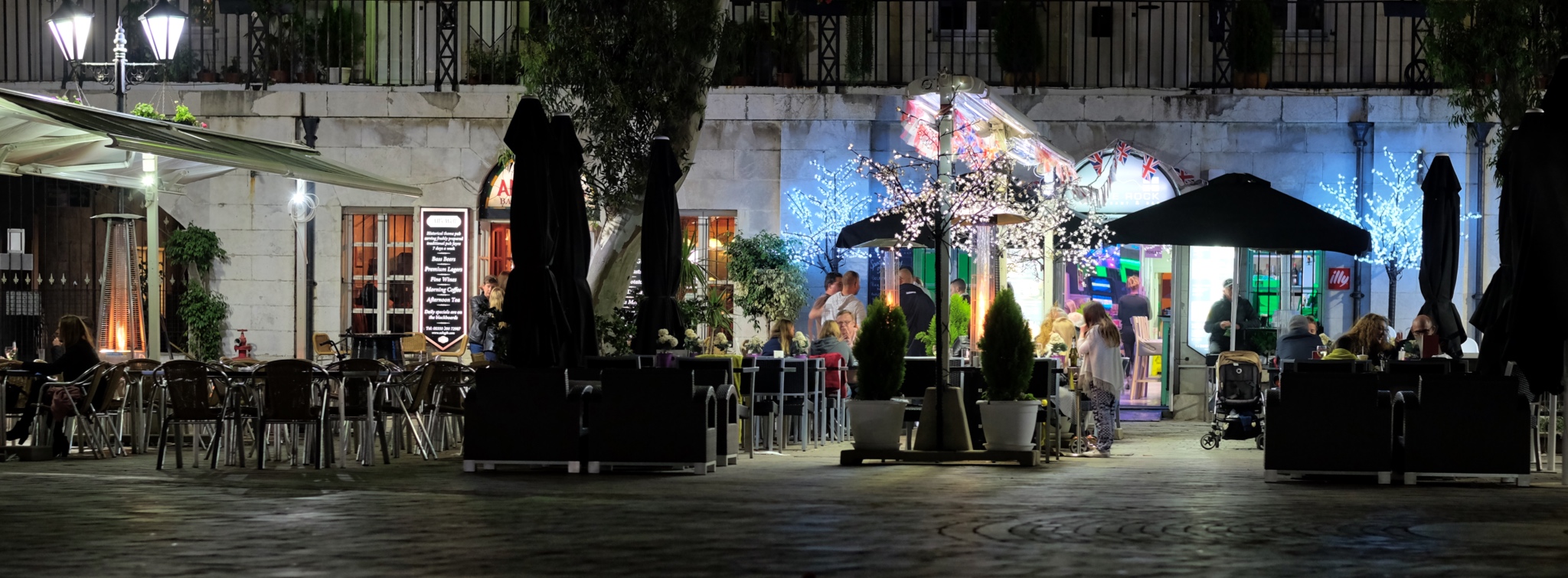
 The children wandered free around the square as the adults conversed over wine.
The children wandered free around the square as the adults conversed over wine.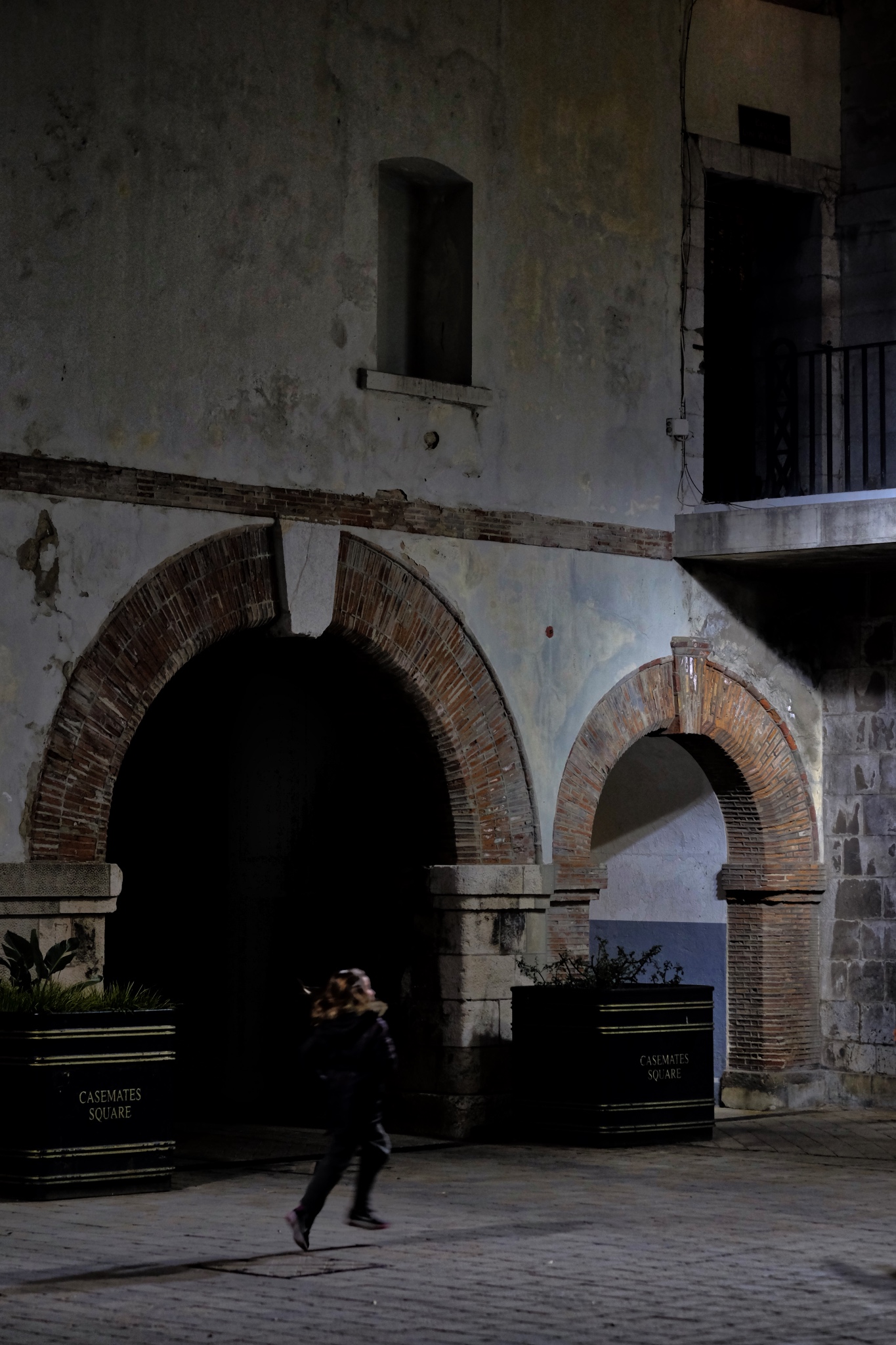 A happy girl skipped into my photo . . .
A happy girl skipped into my photo . . .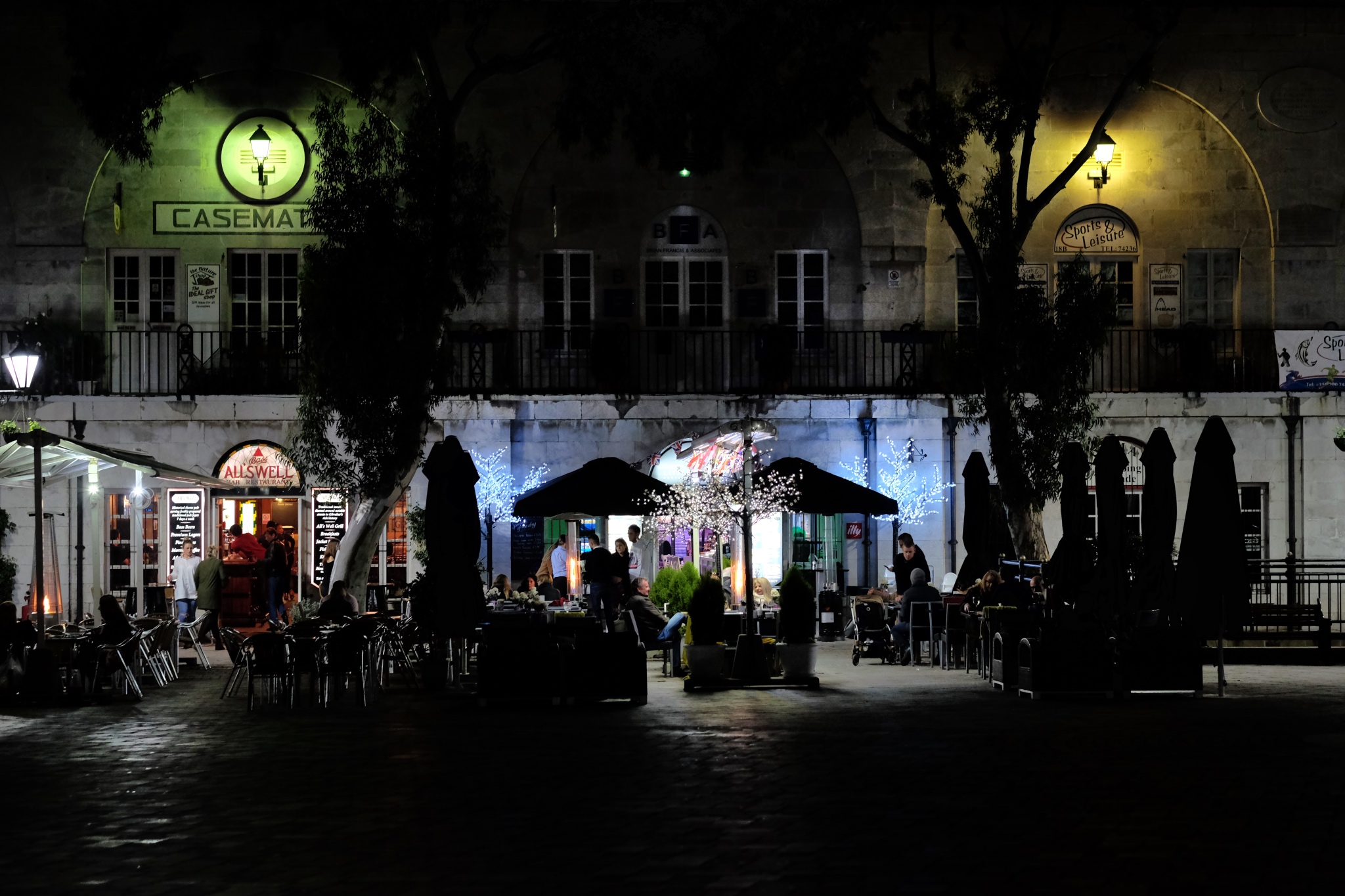 Casement Square.
Casement Square.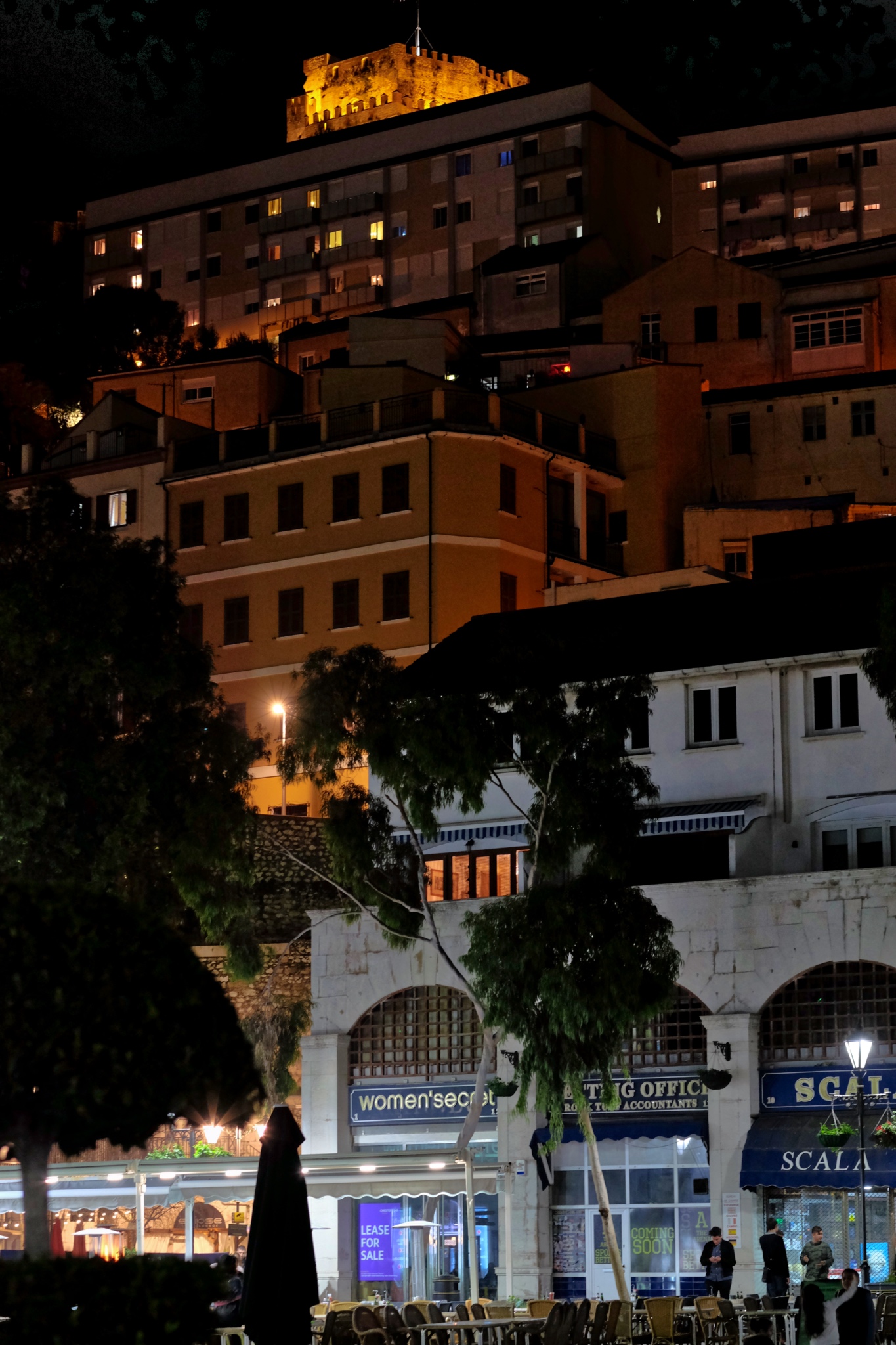 High above Casement Square, a Moorish castle looks on . . . .
High above Casement Square, a Moorish castle looks on . . . . Later in the evening, the restaurants and cafes closed up . . . leaving their umbrellas like forlorn soldiers in a strange night.
Later in the evening, the restaurants and cafes closed up . . . leaving their umbrellas like forlorn soldiers in a strange night.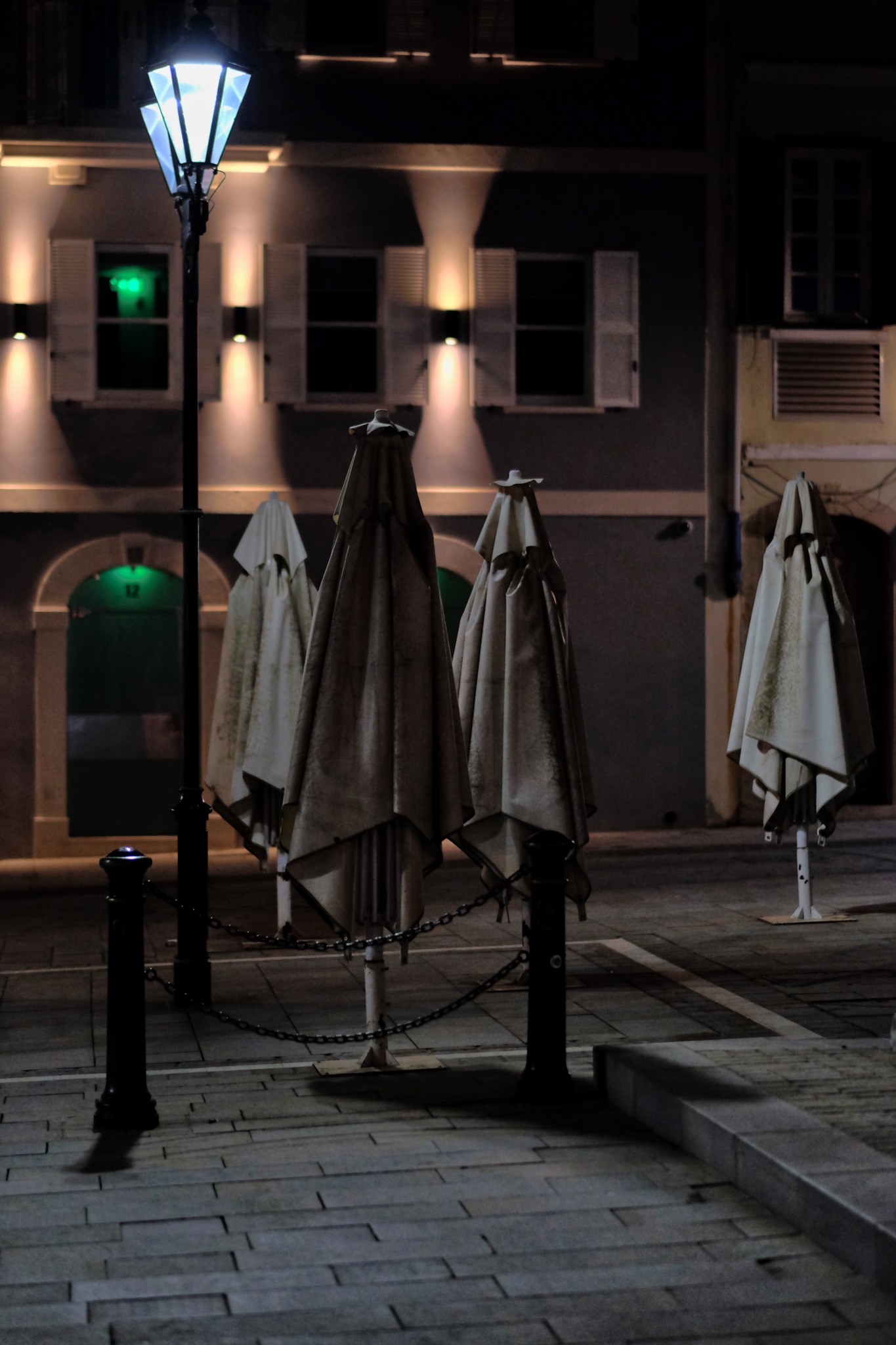 I was startled when I first saw these visages of another world!
I was startled when I first saw these visages of another world!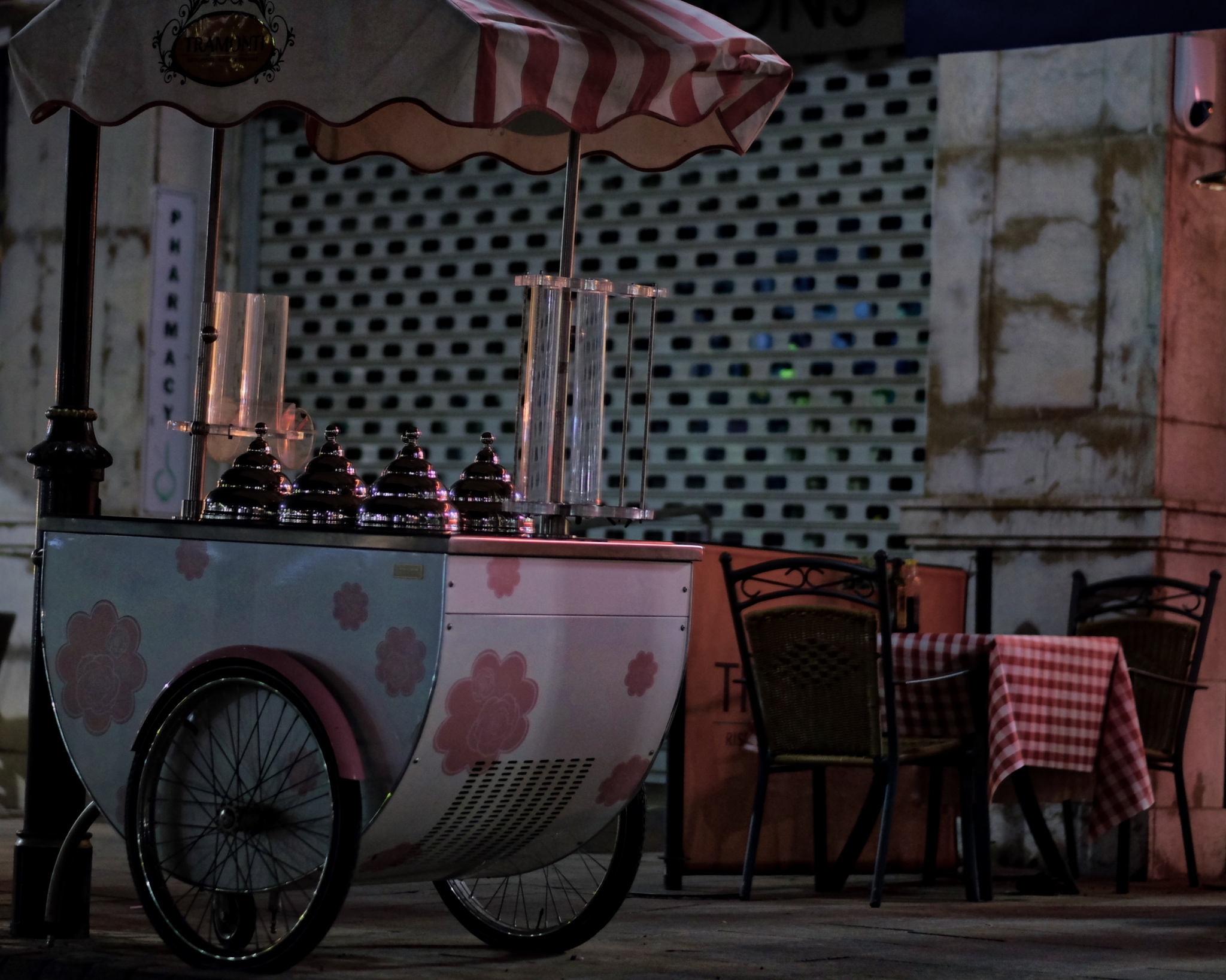 My other photographic subject obsession are push carts of all kinds. This ice cream cart waiting for another day was just fantastic.
My other photographic subject obsession are push carts of all kinds. This ice cream cart waiting for another day was just fantastic.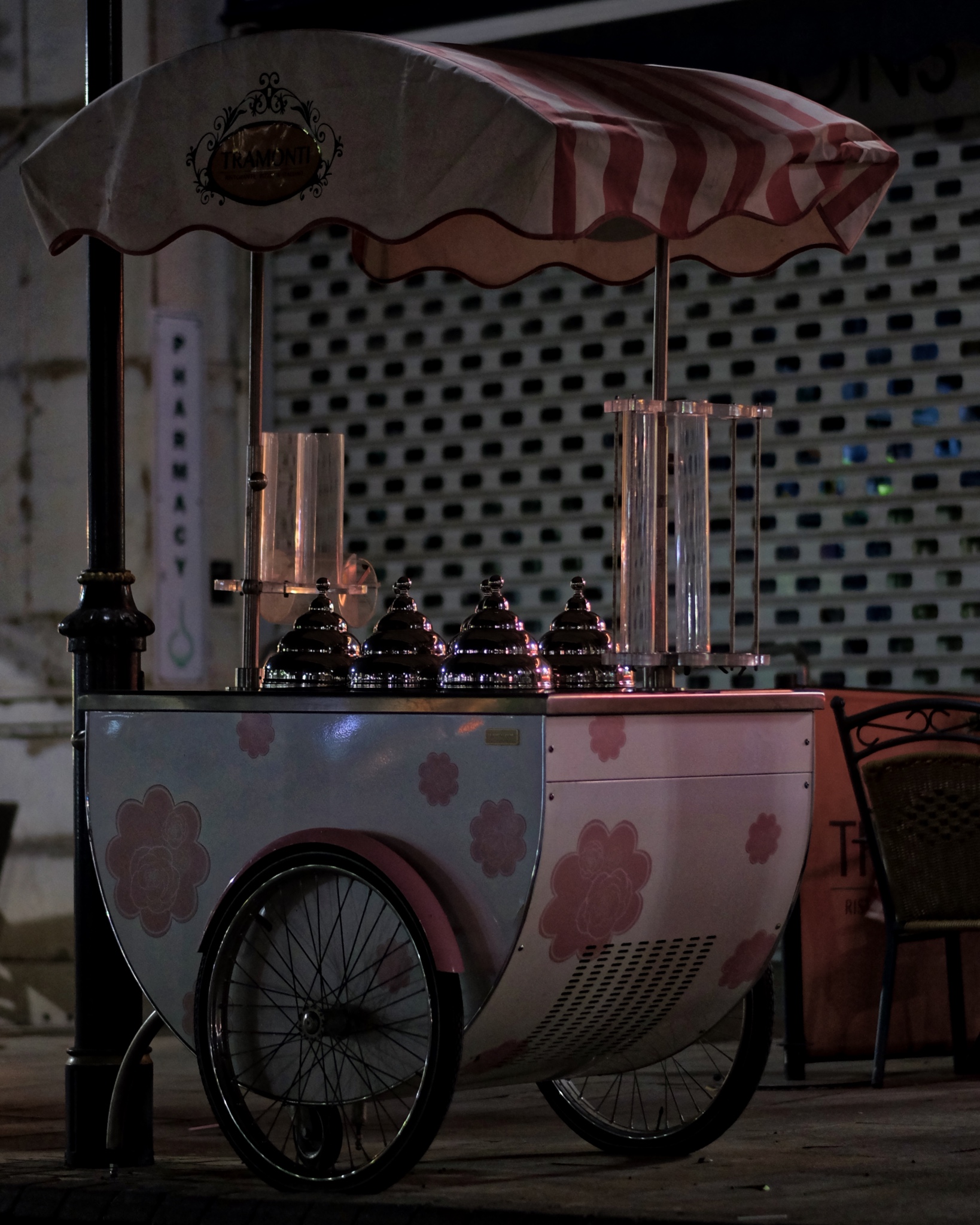
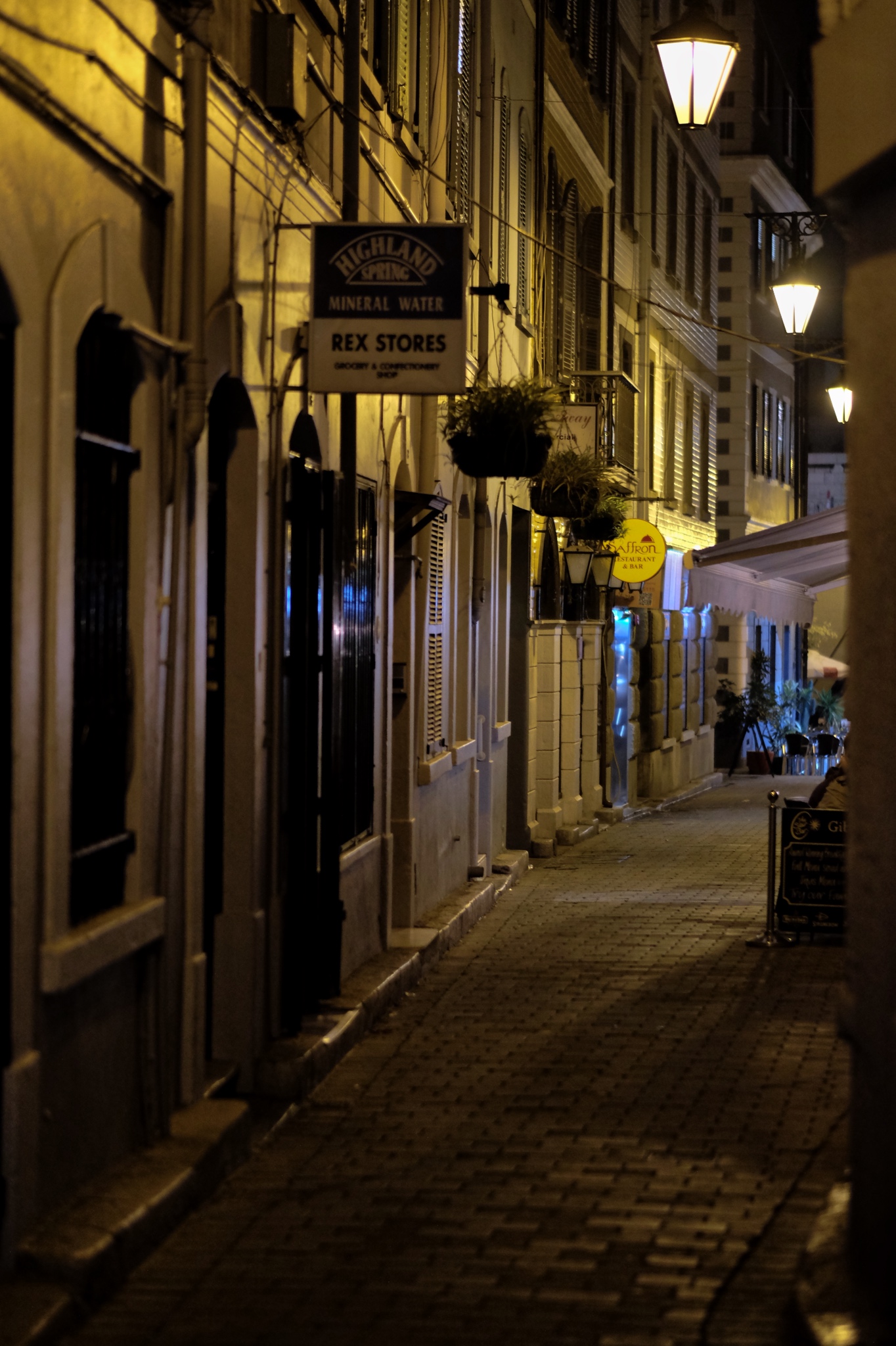 One evening (of the three) I went back out of the hotel late at night . . . to capture the abandoned streets and alleys.
One evening (of the three) I went back out of the hotel late at night . . . to capture the abandoned streets and alleys. Light, textured surfaces, shadow, arches, color . . . wonderful.
Light, textured surfaces, shadow, arches, color . . . wonderful.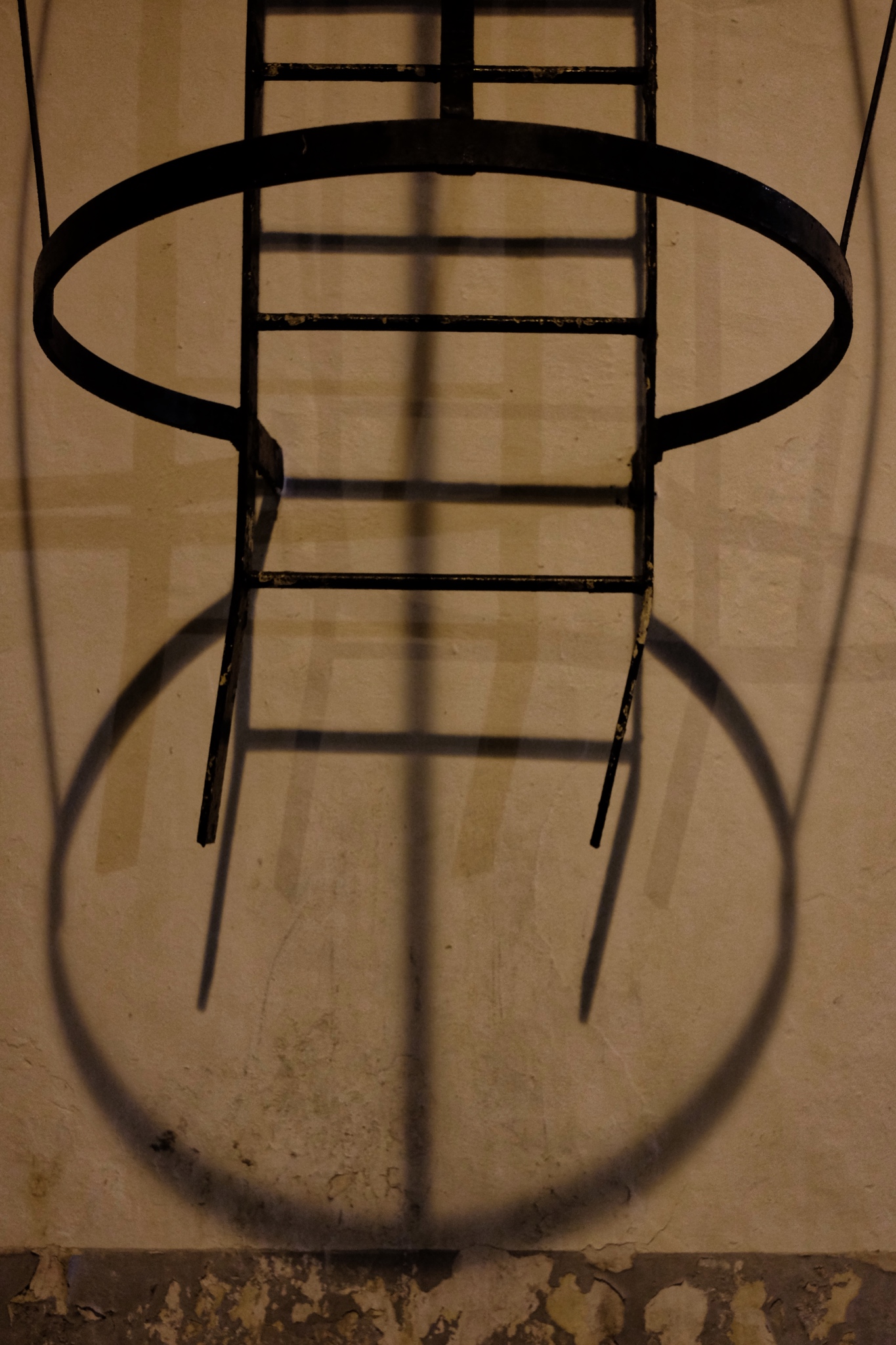 Ladder, light, shadow, and wall!
Ladder, light, shadow, and wall!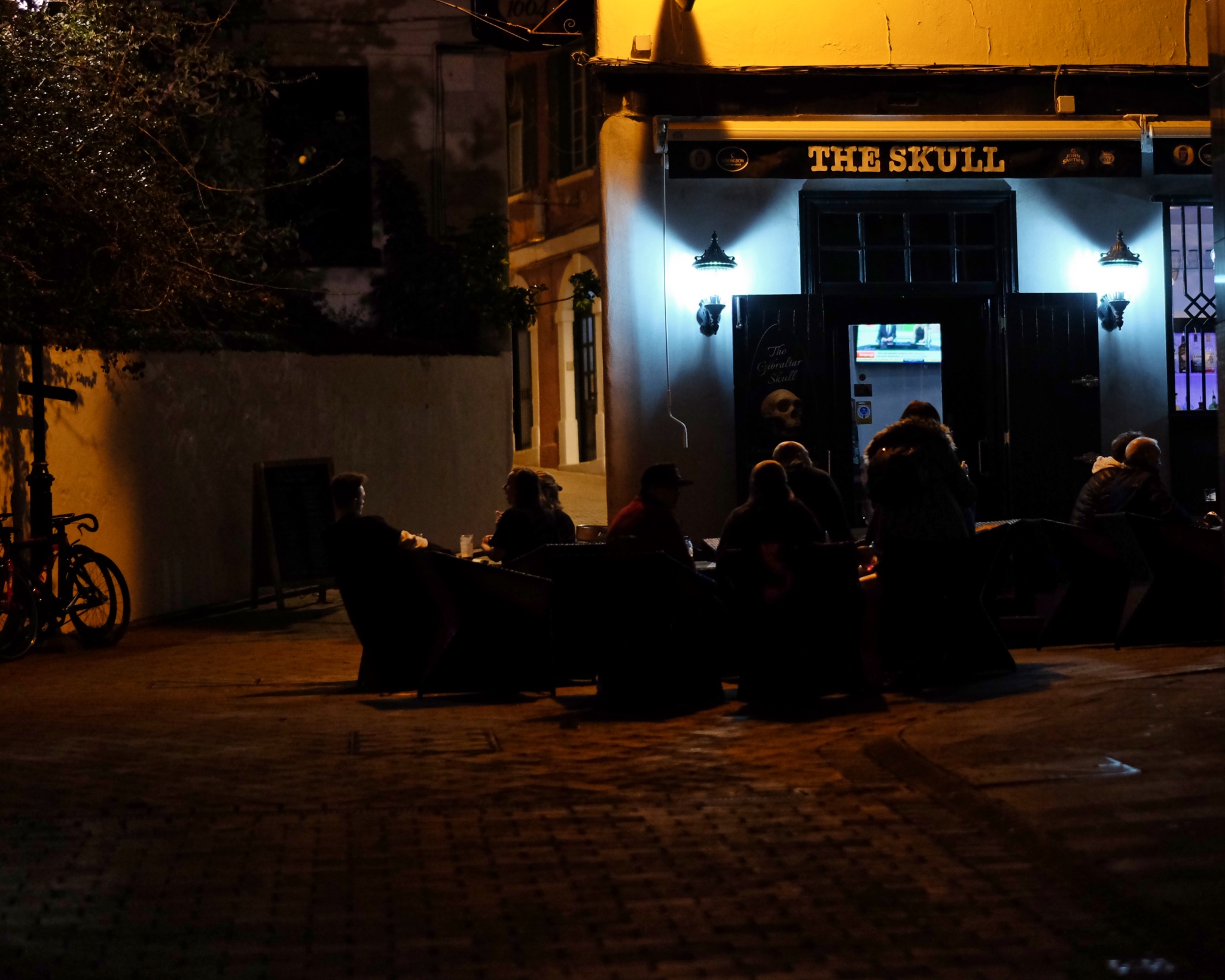 If the conversation is good, why go home? Well after midnight in Gibraltar.
If the conversation is good, why go home? Well after midnight in Gibraltar.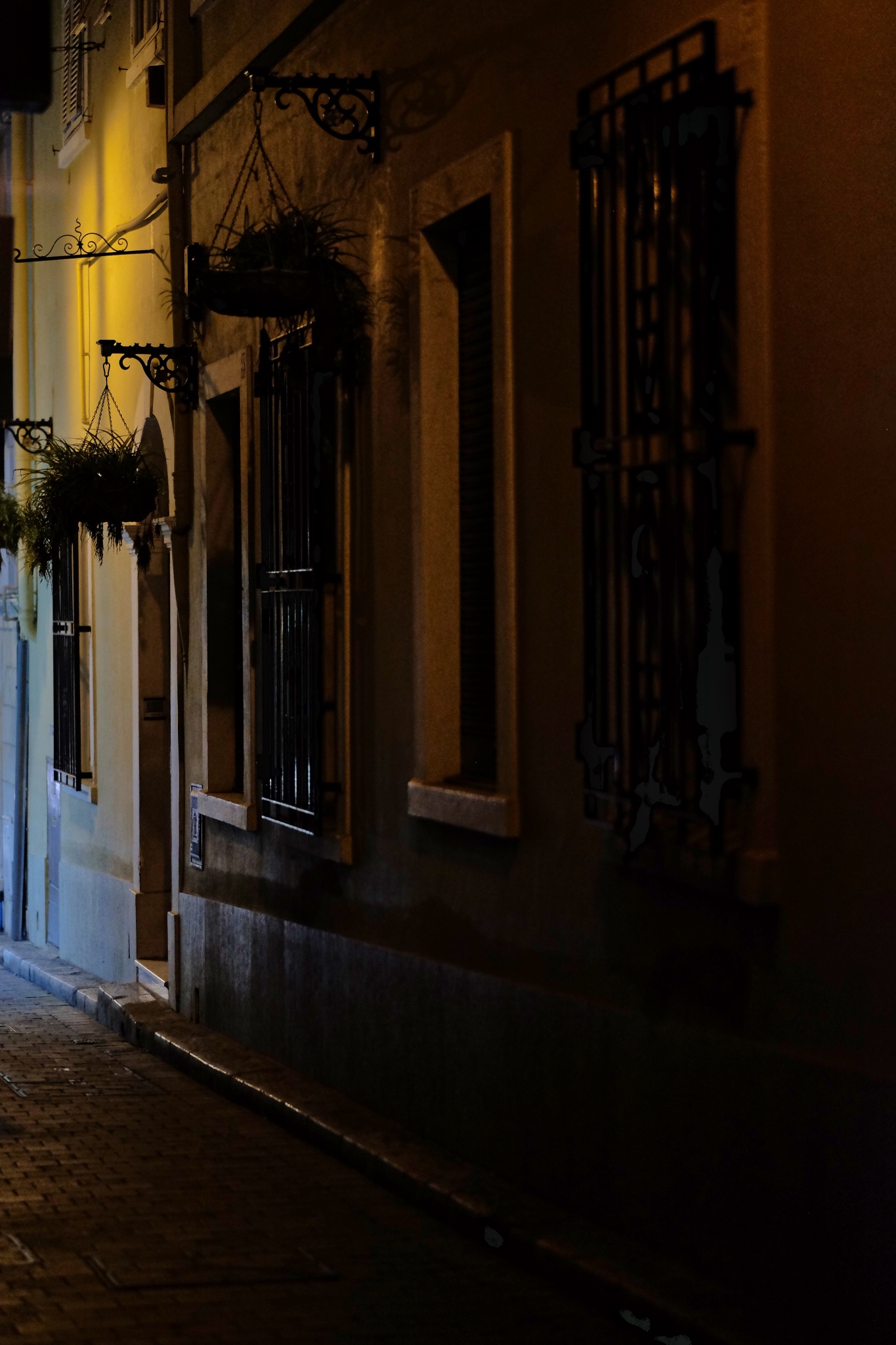 The dark streets where the only sounds were my footsteps.
The dark streets where the only sounds were my footsteps. The historic government buildings were closed. Not a soul around.
The historic government buildings were closed. Not a soul around.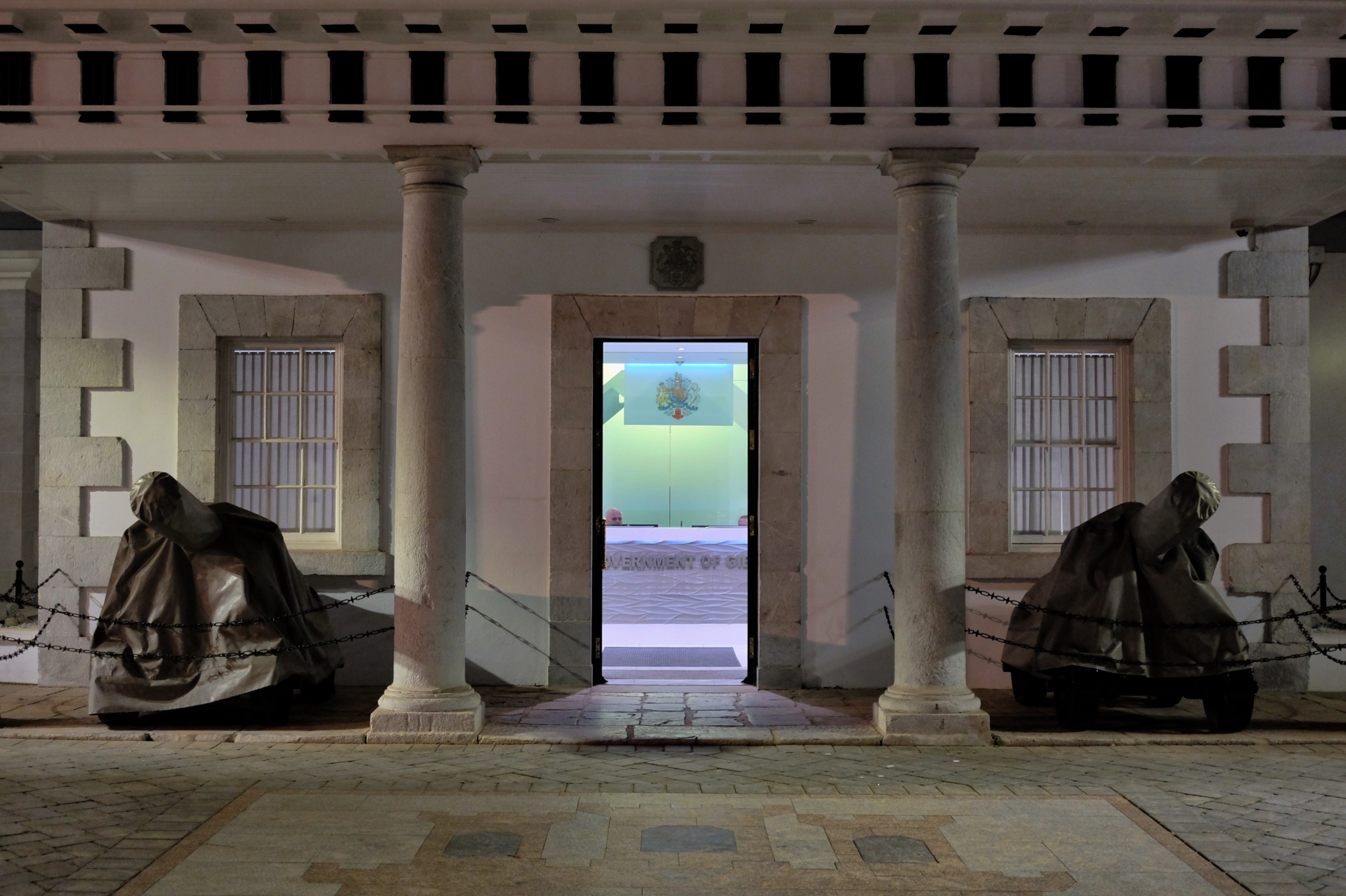 The "Government Of" . . . something or other at 01:00. Wonderful lighting . . . and only me there to see it. This must have been the police station; otherwise why were there still two men sitting behind the counter at that late hour?
The "Government Of" . . . something or other at 01:00. Wonderful lighting . . . and only me there to see it. This must have been the police station; otherwise why were there still two men sitting behind the counter at that late hour?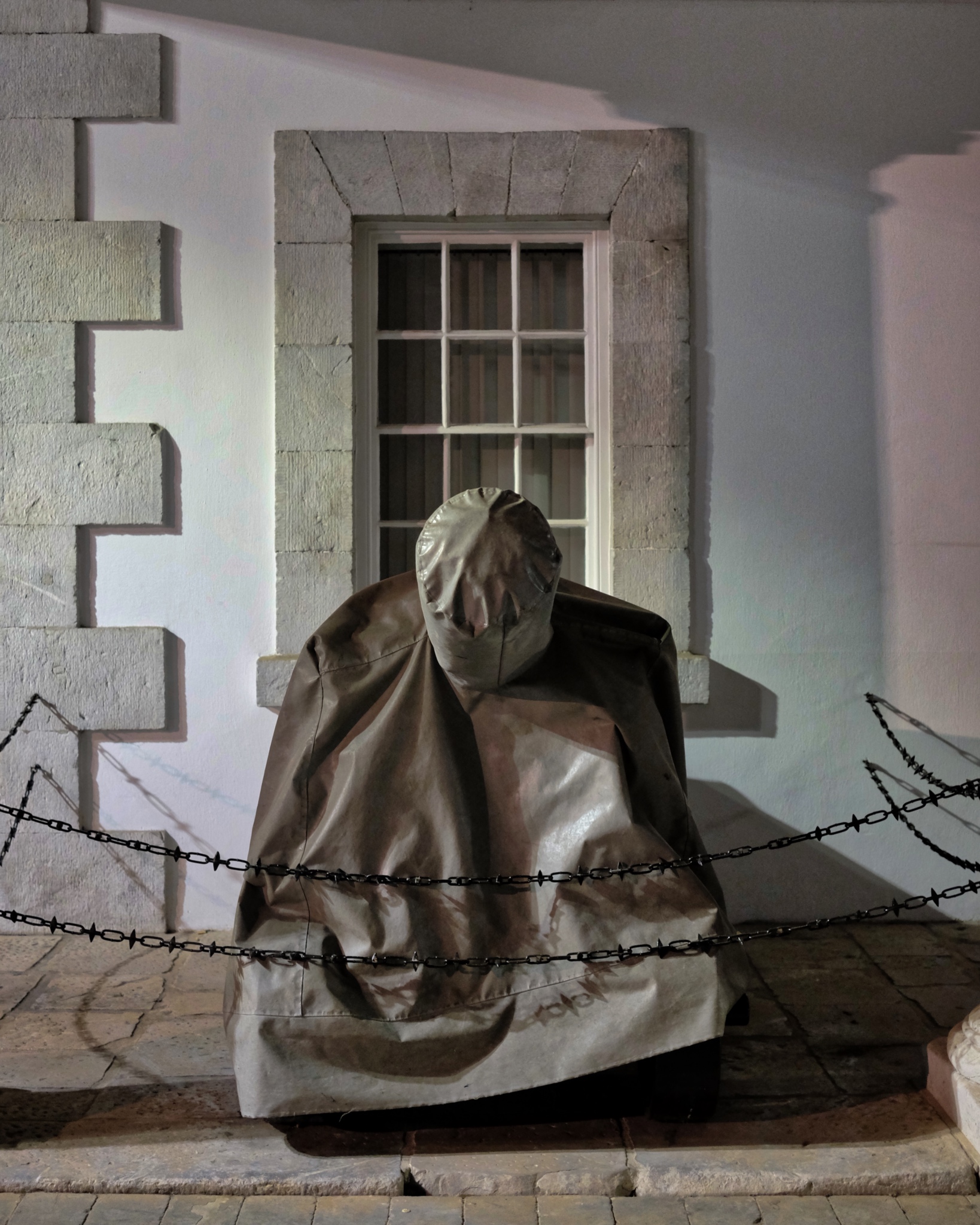 Such scrumptious shapes, line, color, shadow, and light.
Such scrumptious shapes, line, color, shadow, and light.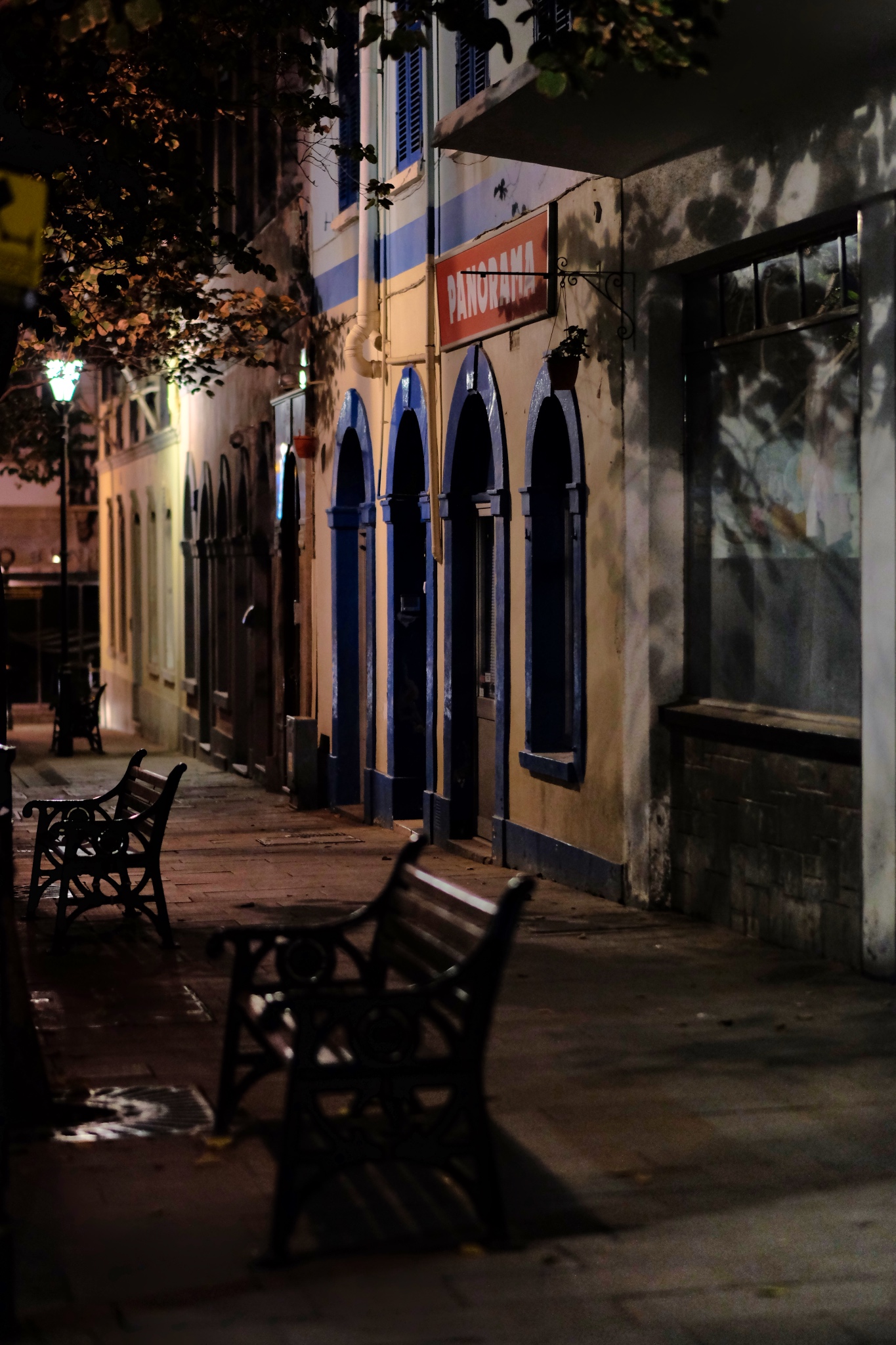 I walked through these same streets several times during the day without really noticing the relationships between shapes and structures . . .
I walked through these same streets several times during the day without really noticing the relationships between shapes and structures . . .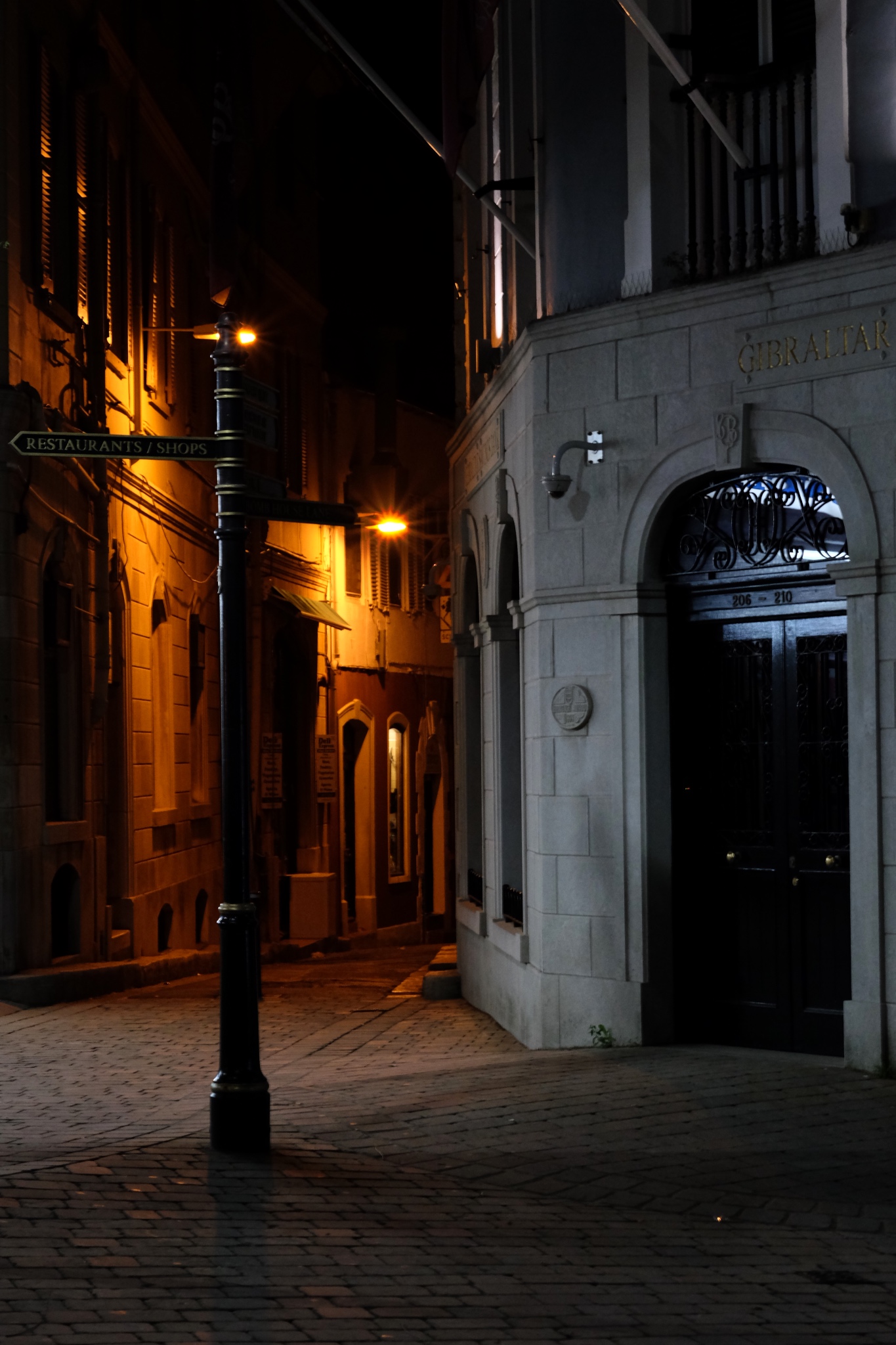 An inviting passage to . . . . who knows where.
An inviting passage to . . . . who knows where.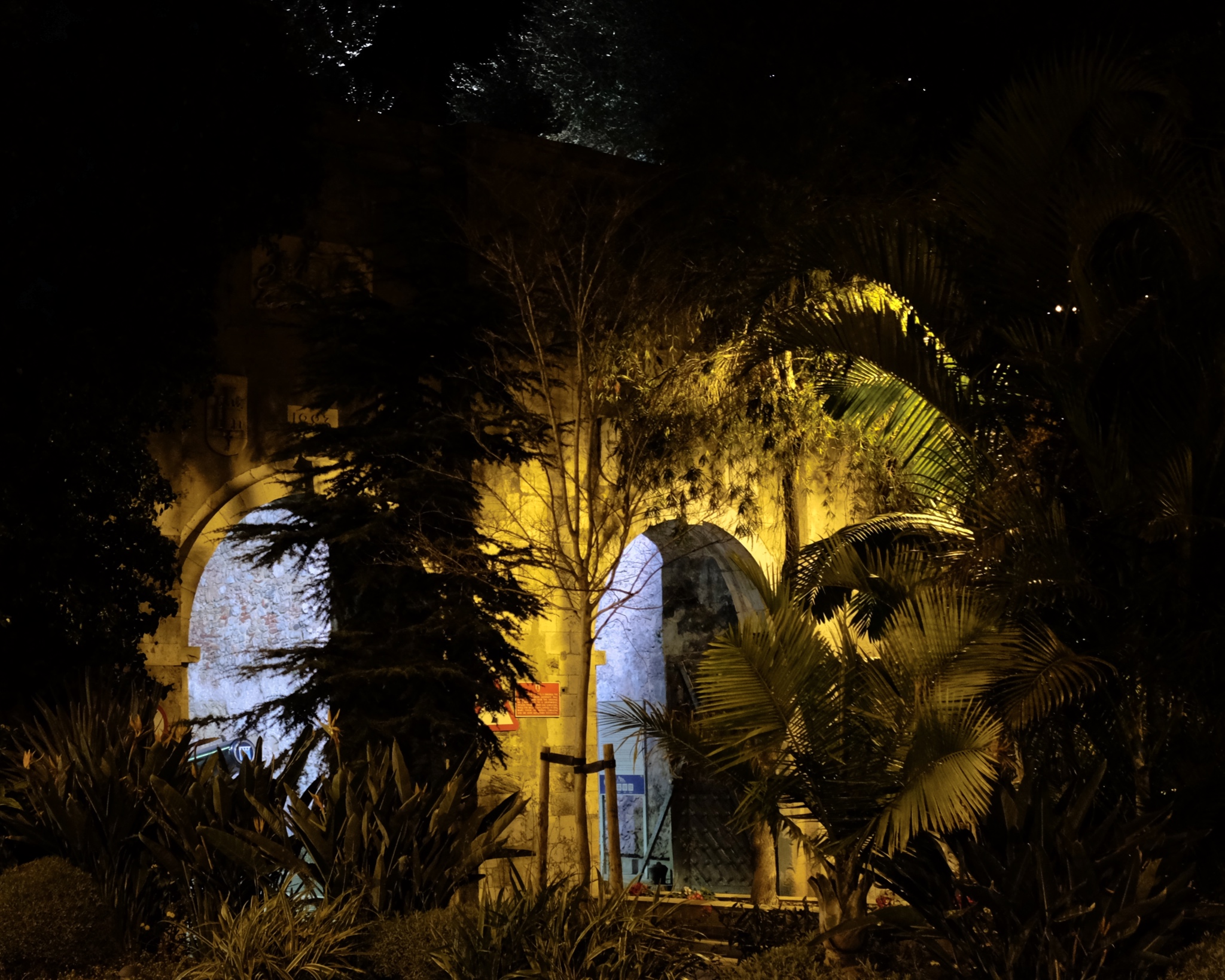 I literally walked from one end of the town to the other in only two hours . . . back out the southern city gate . . .
I literally walked from one end of the town to the other in only two hours . . . back out the southern city gate . . .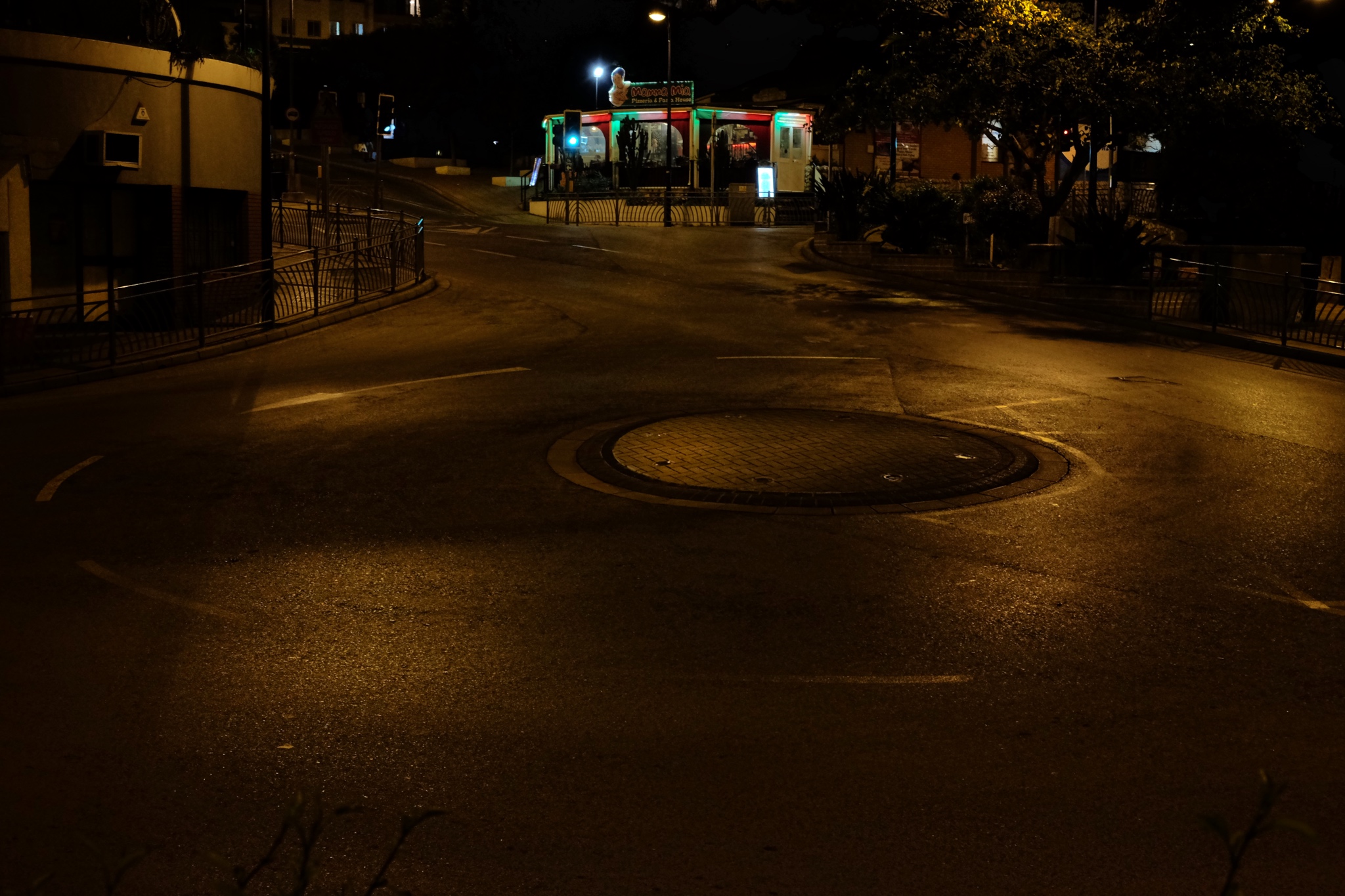 I walked all the eay back an abandoned traffic circle . . . and then back to my nearby hotel. I had had such an inspiring walkabout in the night streets of Gibraltar.
I walked all the eay back an abandoned traffic circle . . . and then back to my nearby hotel. I had had such an inspiring walkabout in the night streets of Gibraltar.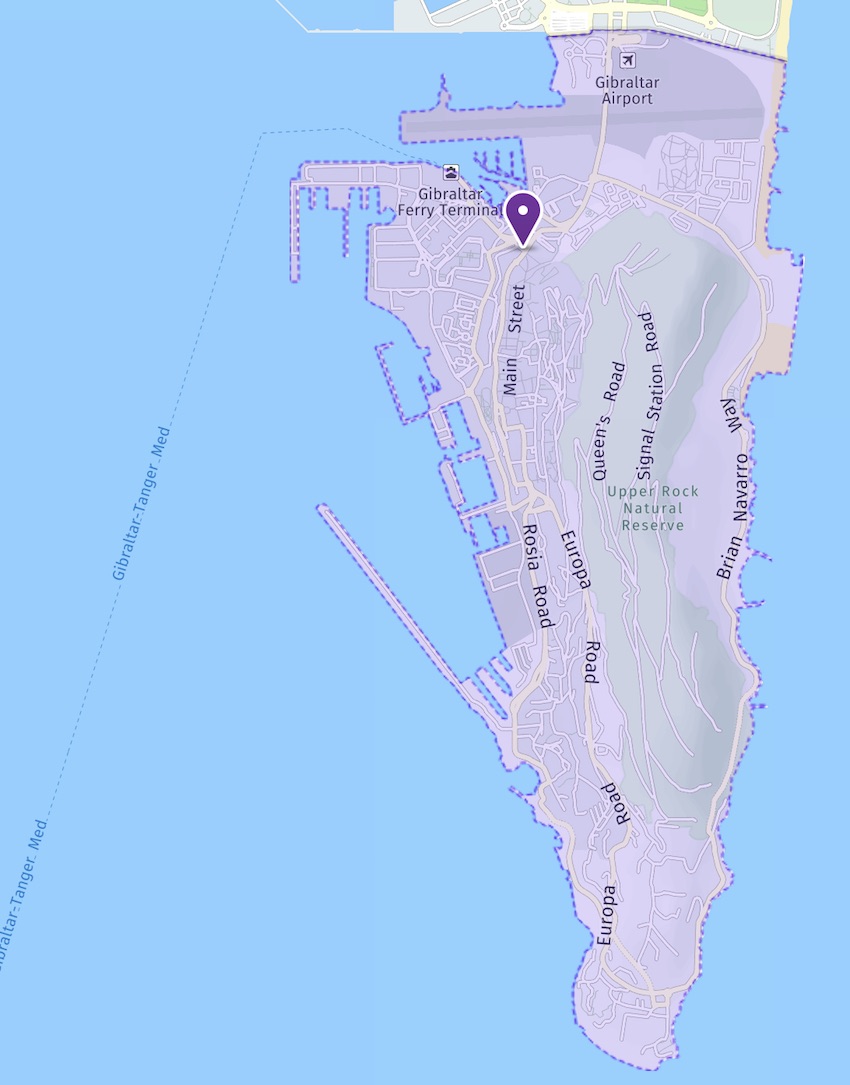
In The Garden: Earliest Spring in the Pacific Northwest
 Monday, April 16, 2018 at 7:14AM
Monday, April 16, 2018 at 7:14AM 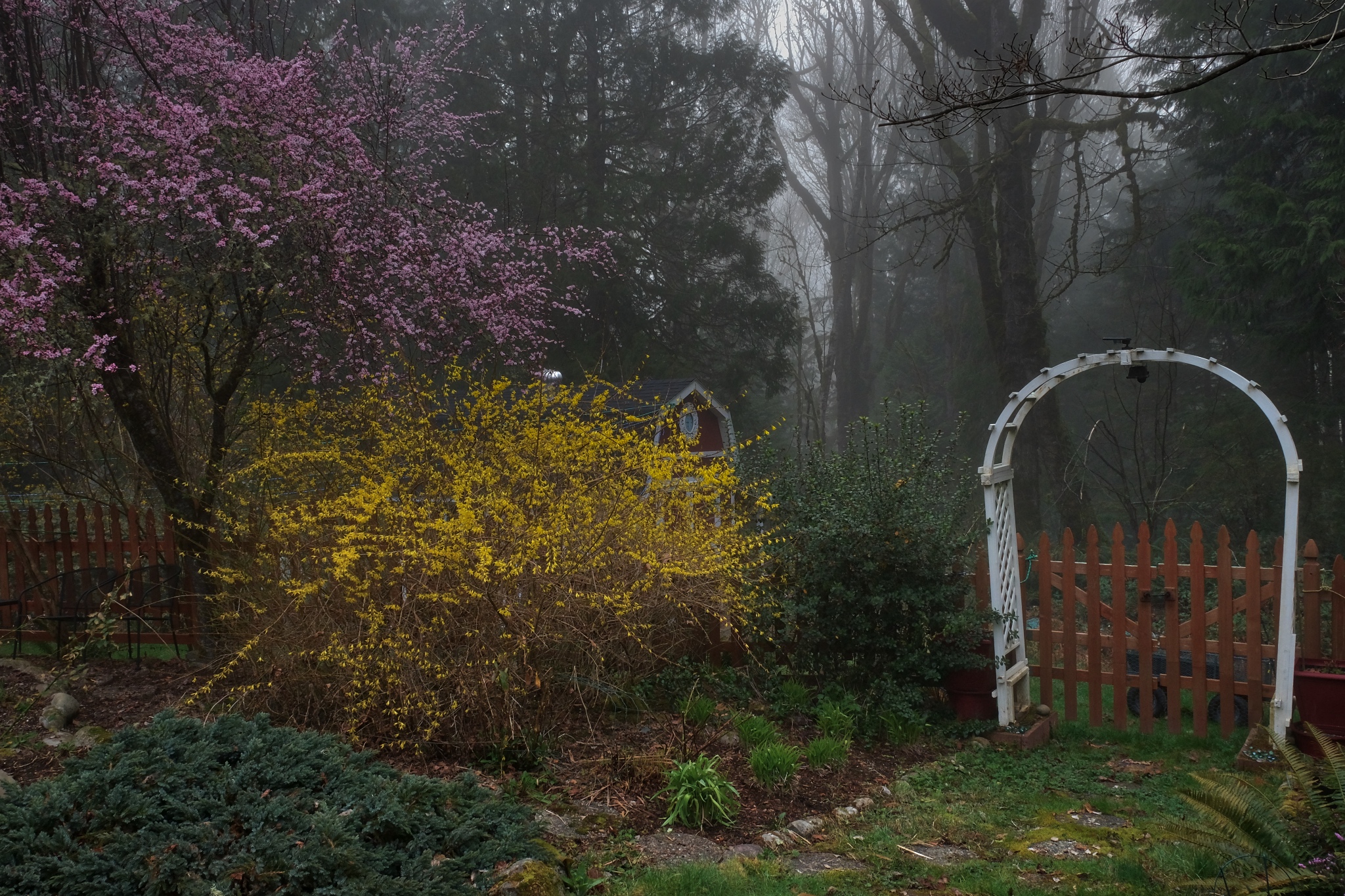 The earliest days, misty and damp. The end of a long, wet winter in the Pacific Northwest. This is the garden as it begins to awaken.
The earliest days, misty and damp. The end of a long, wet winter in the Pacific Northwest. This is the garden as it begins to awaken.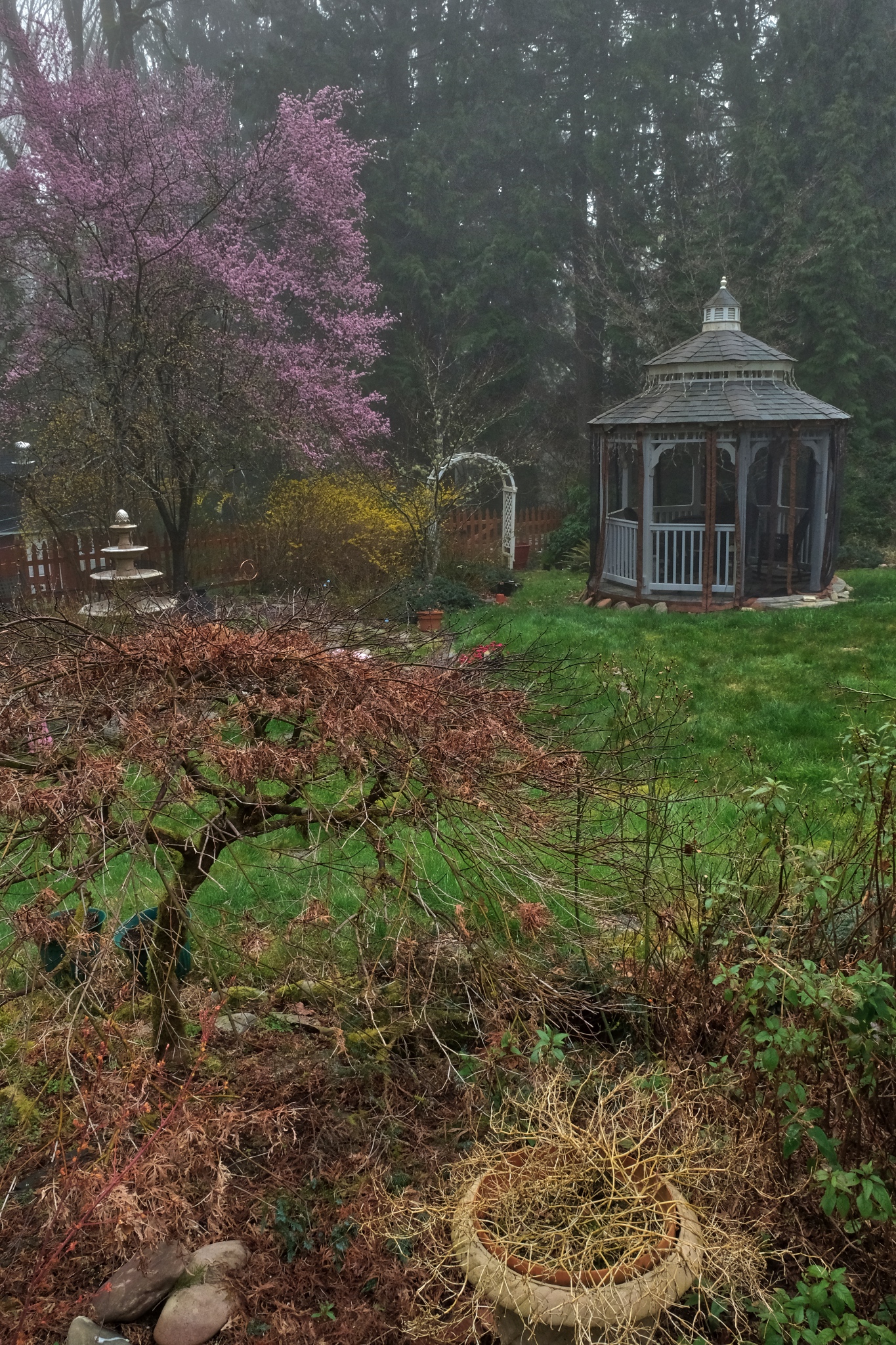 Lat years glory subdues . . . but awakening.
Lat years glory subdues . . . but awakening.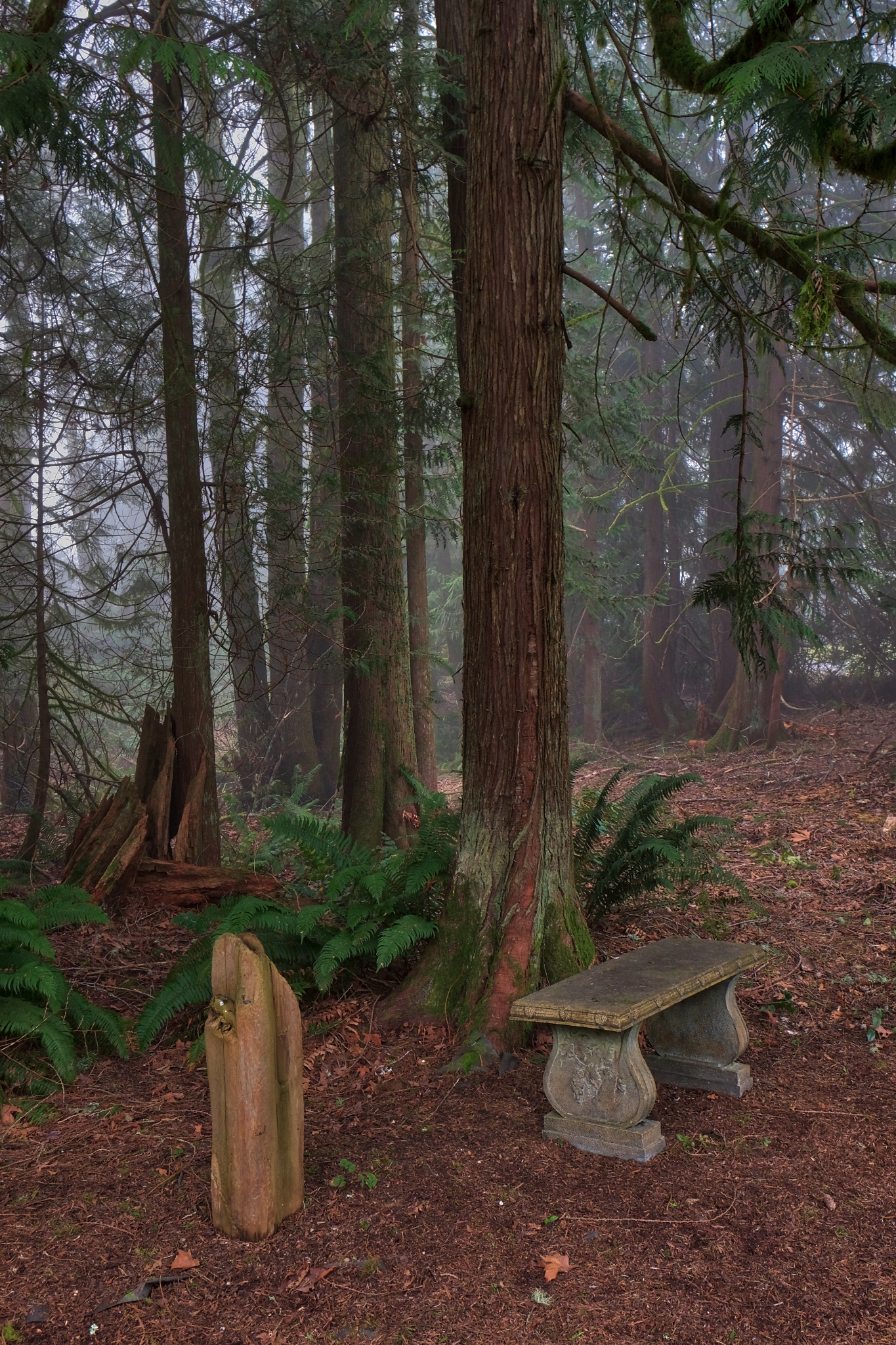 The misty forest that surrounds the house is beginning to stir.
The misty forest that surrounds the house is beginning to stir. The sheltered ferns made it through the cold snaps.
The sheltered ferns made it through the cold snaps.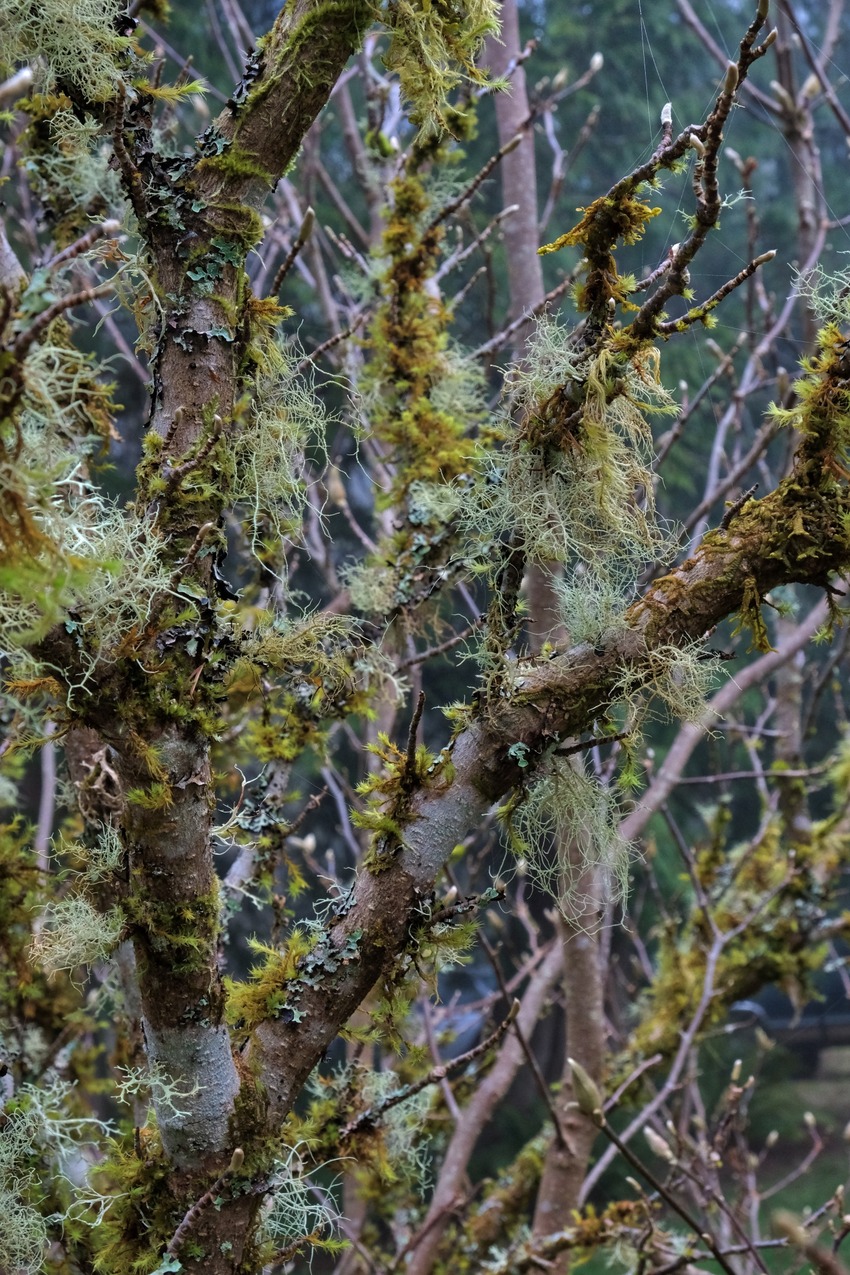 The mosses and lichens are adapted to thrive through the winter . . . when all the leaves have fallen from the trees.
The mosses and lichens are adapted to thrive through the winter . . . when all the leaves have fallen from the trees.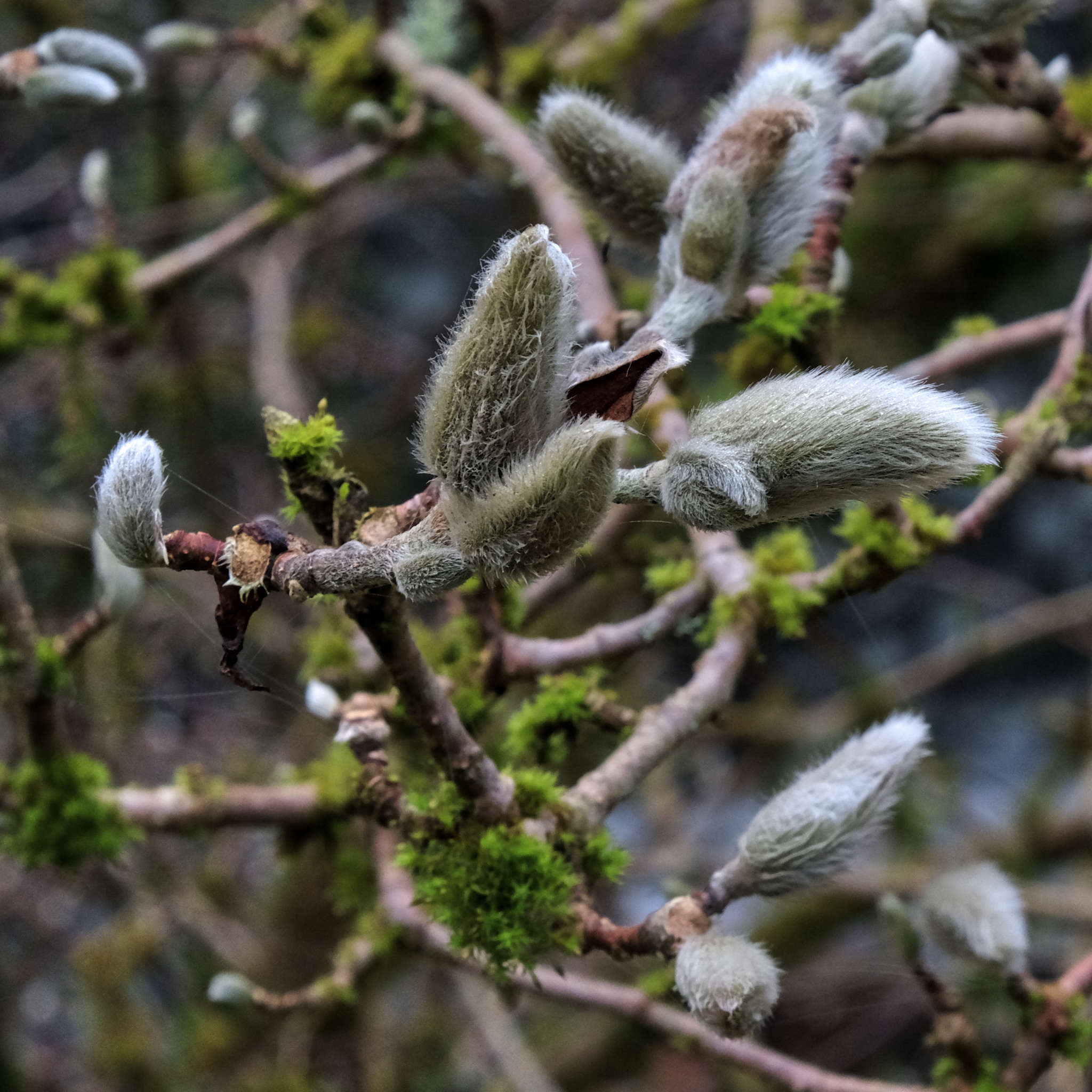 Here and there buds are starting to appear.
Here and there buds are starting to appear.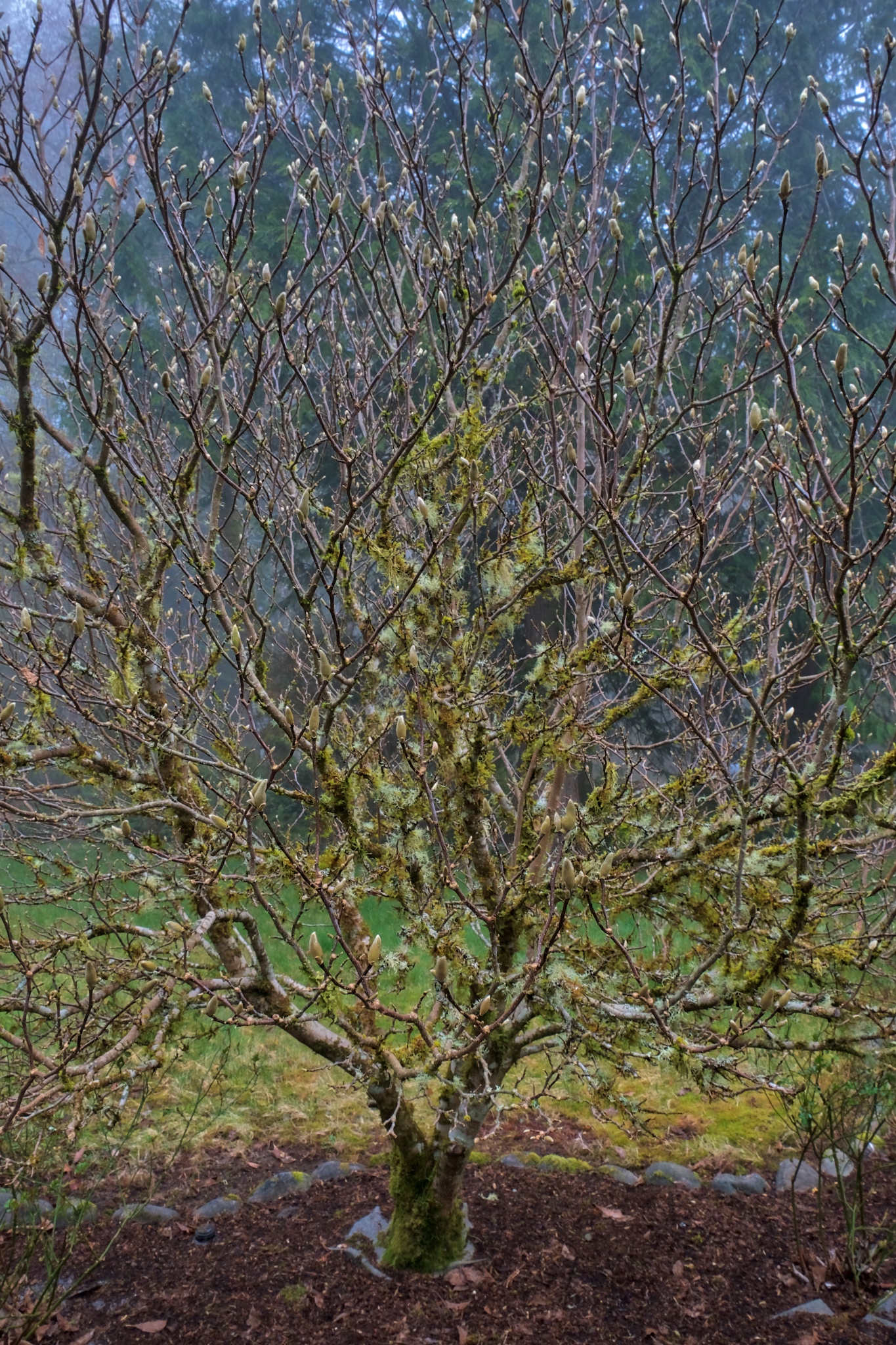 The front yard Magnolia flashes it's first promise of wild flowering . . .
The front yard Magnolia flashes it's first promise of wild flowering . . . A week later . . . and the sun broke through for an afternoon of amazing light and color!
A week later . . . and the sun broke through for an afternoon of amazing light and color!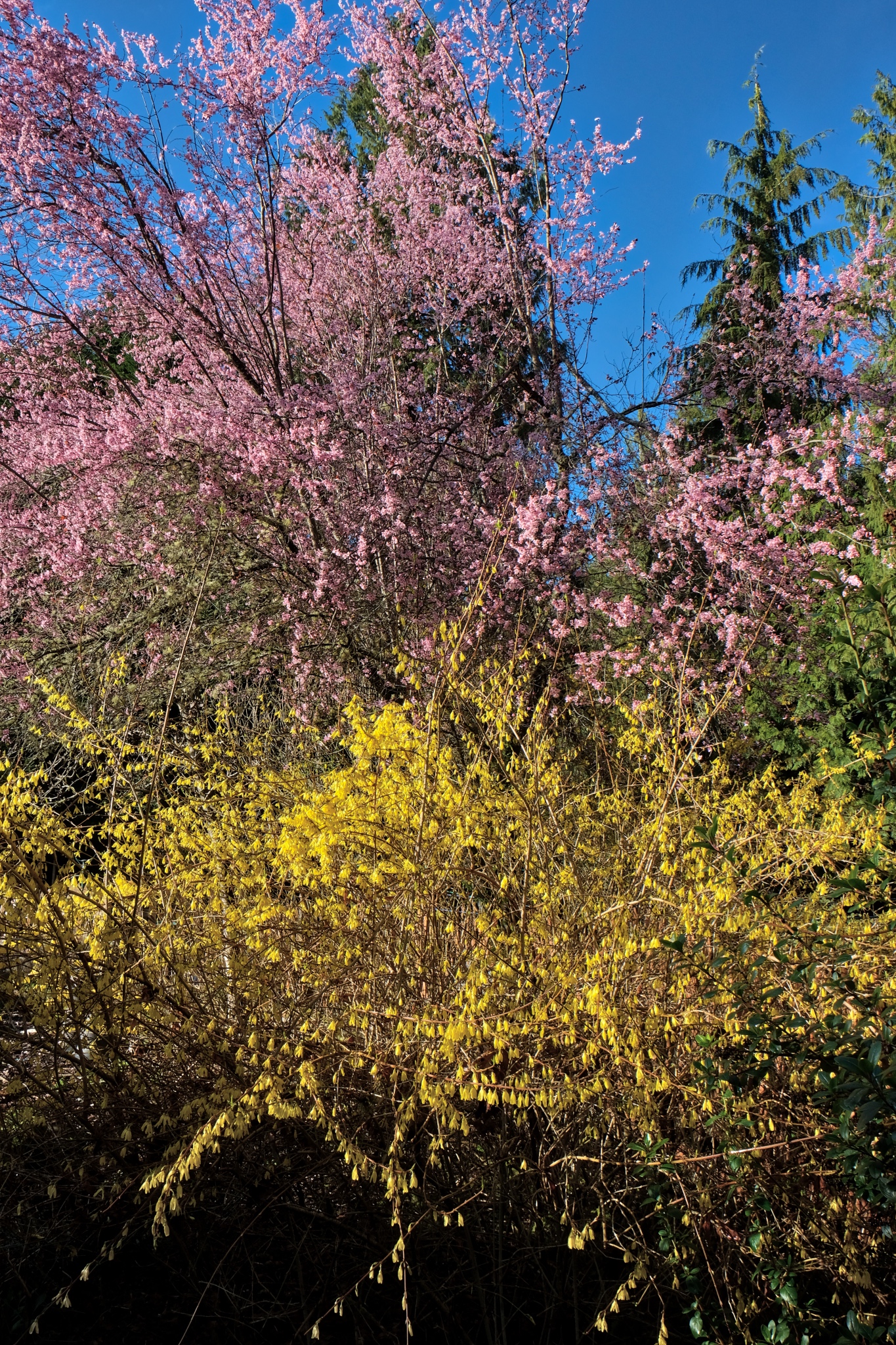 The bold blossoms of the Forsythia and Oriental Plum dominate the garden.
The bold blossoms of the Forsythia and Oriental Plum dominate the garden.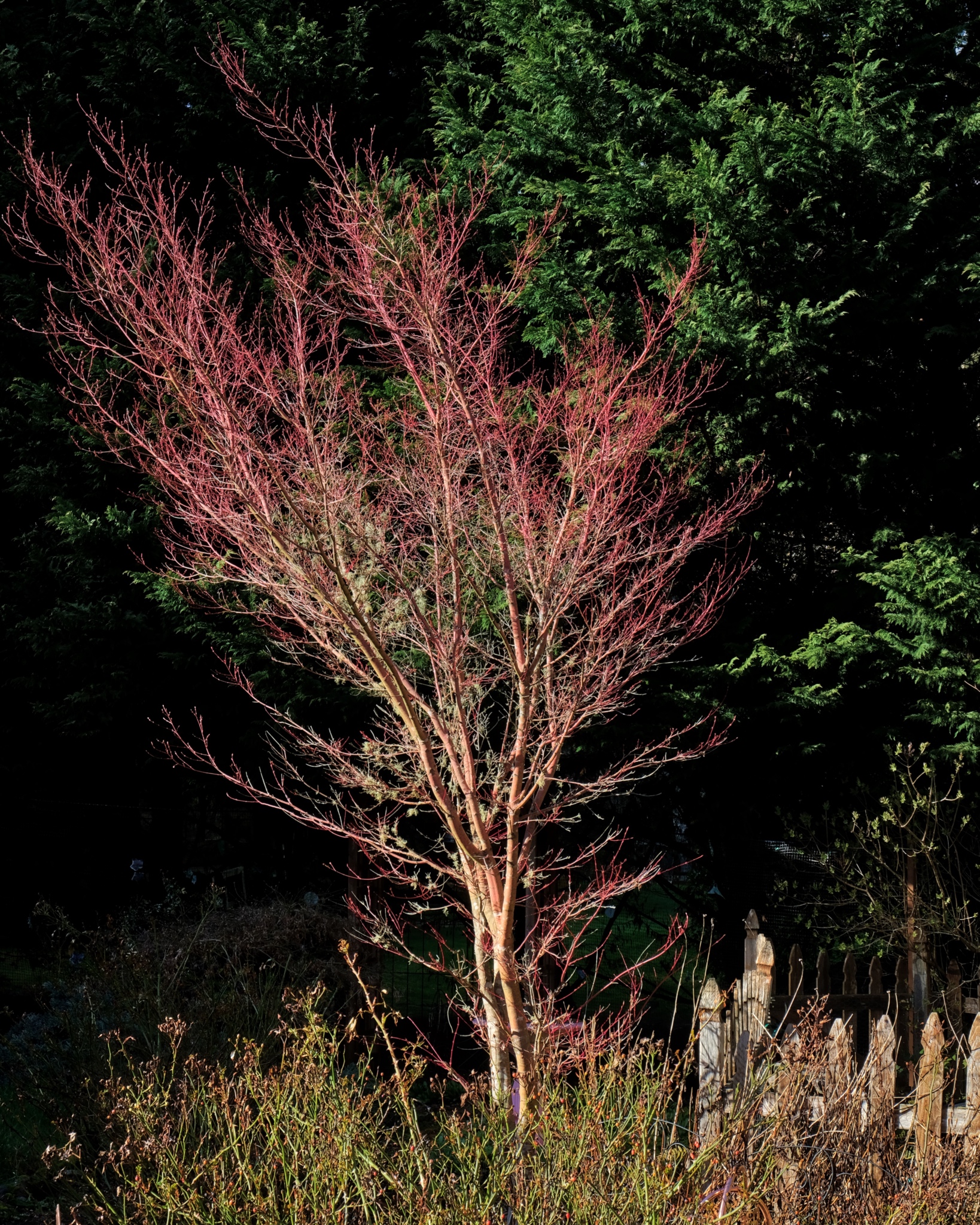 You can almost hear the trunks and branches stretch under the turgor rising from the roots.
You can almost hear the trunks and branches stretch under the turgor rising from the roots.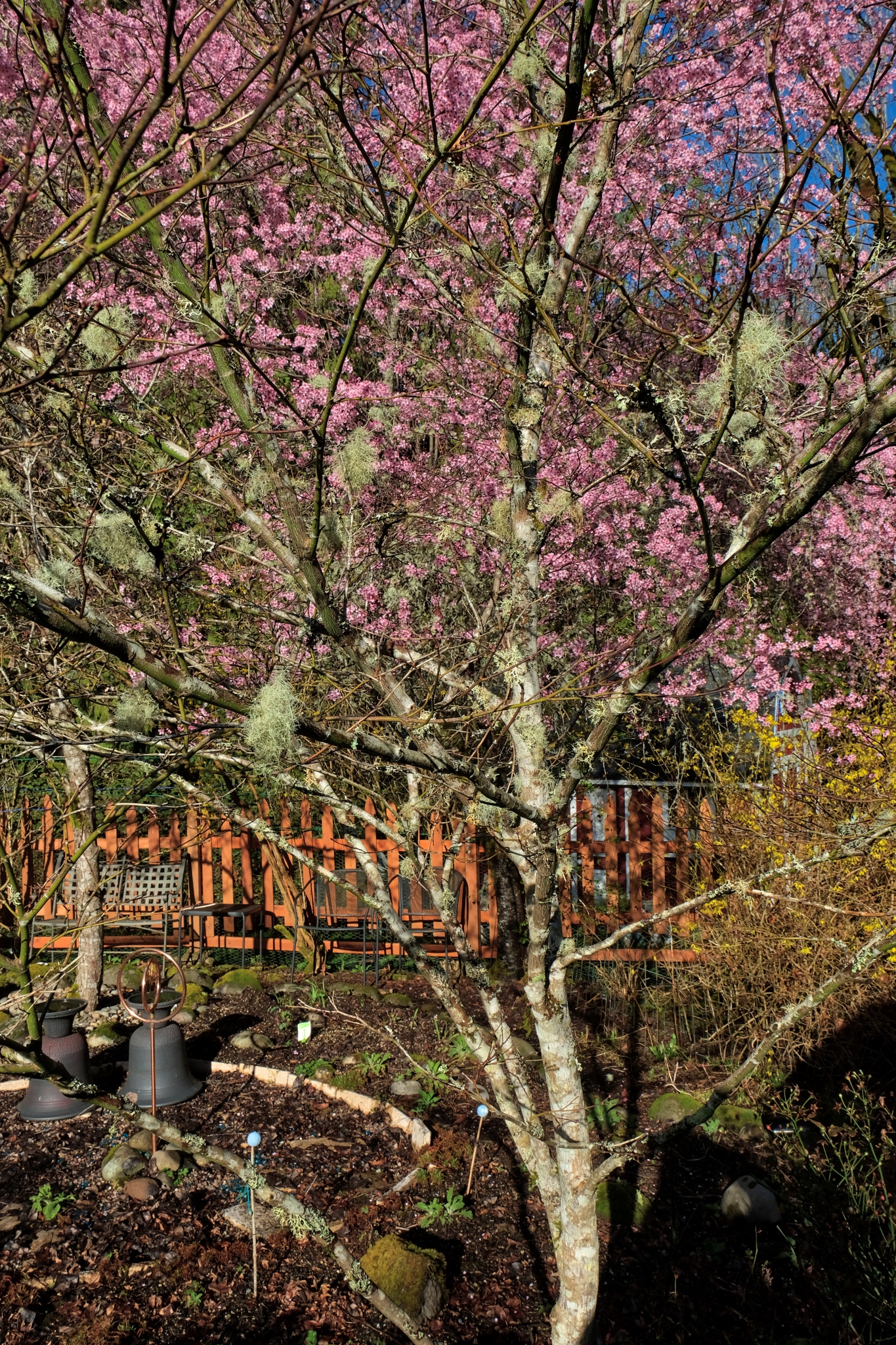 Promises of what is to come in the garden.
Promises of what is to come in the garden.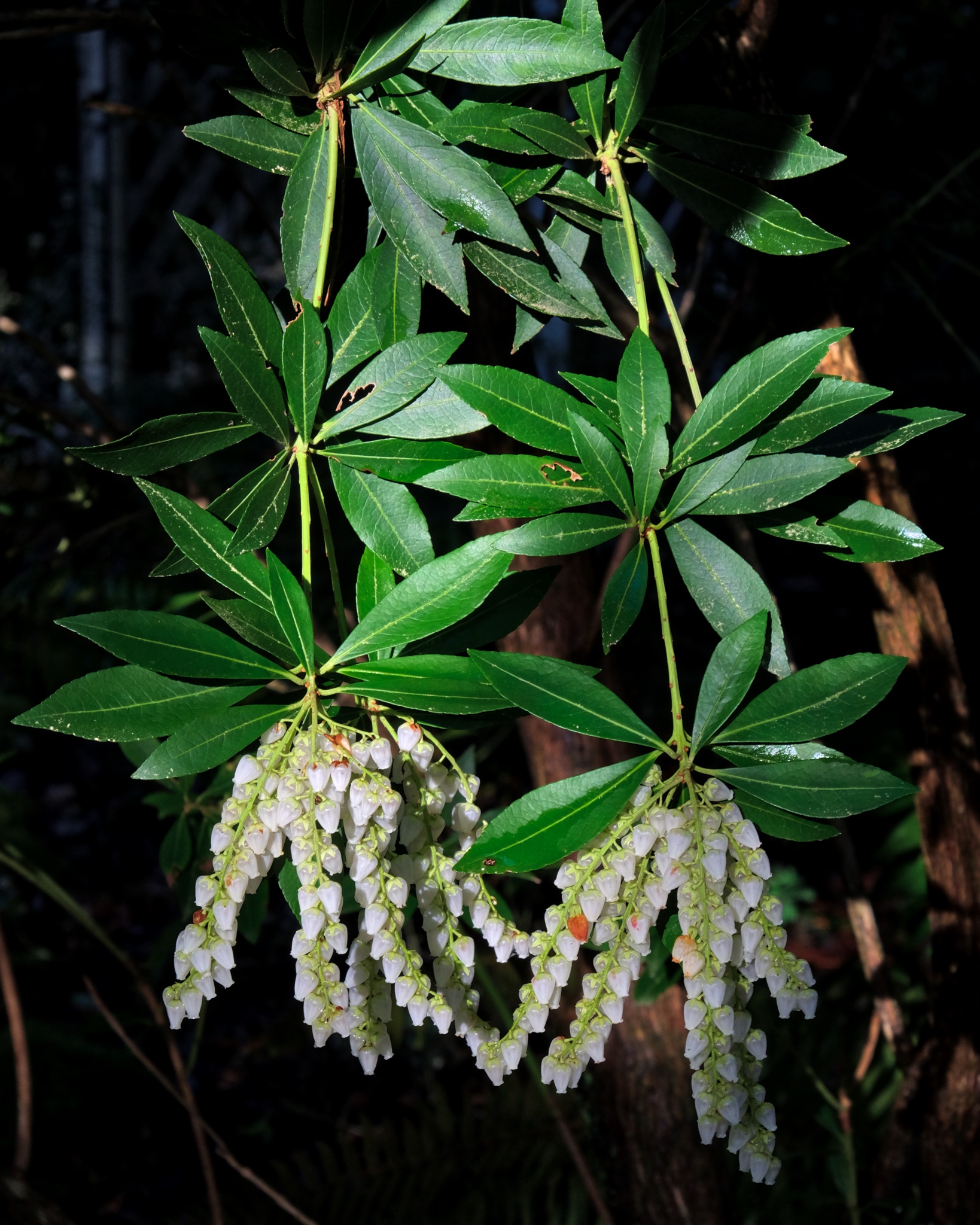 A few brave blossoms gambling against a late frost.
A few brave blossoms gambling against a late frost.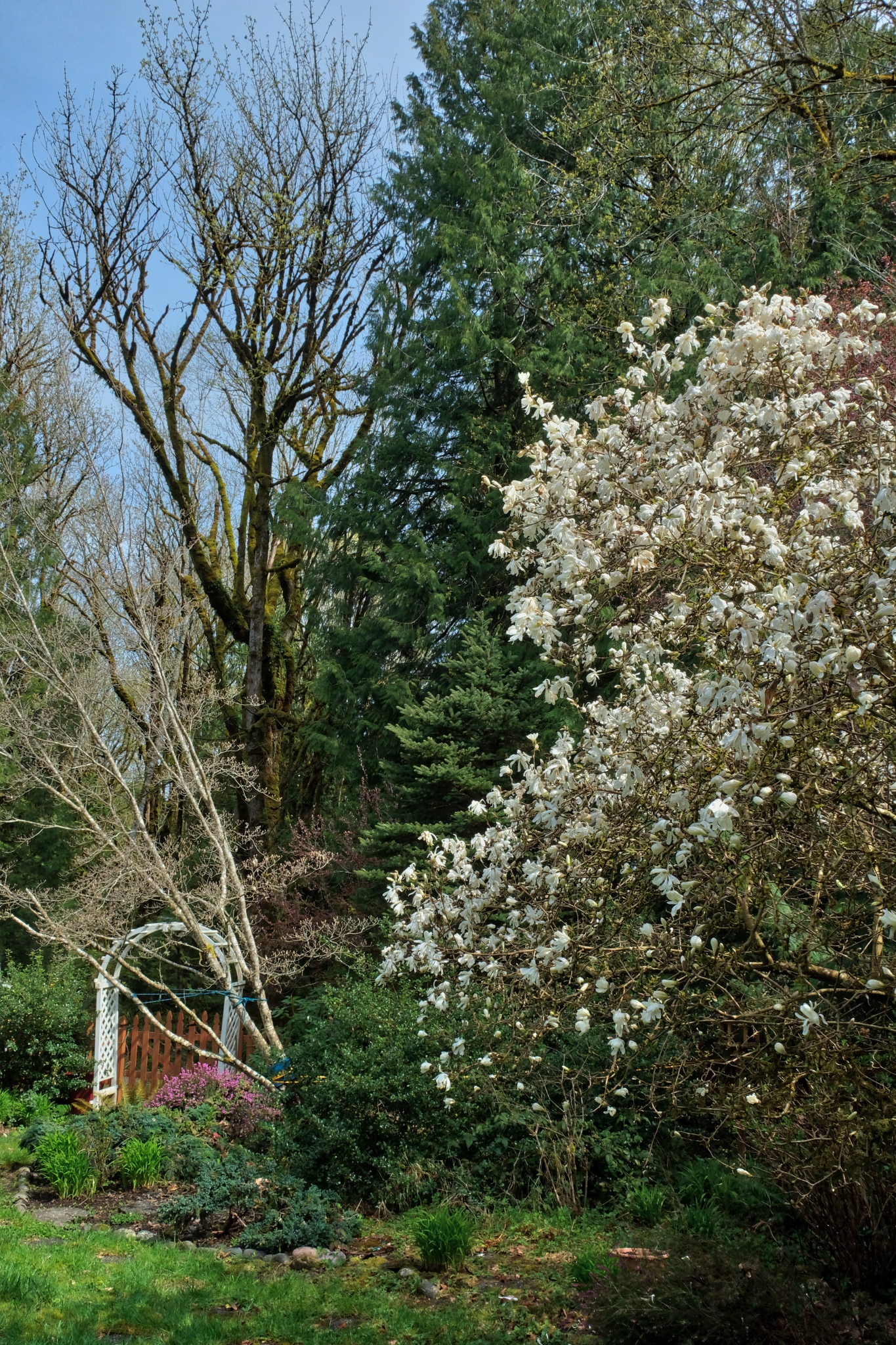 A sunny day one week later . . . and the whit Magnolia has burst out in a constellation of white flowers.
A sunny day one week later . . . and the whit Magnolia has burst out in a constellation of white flowers.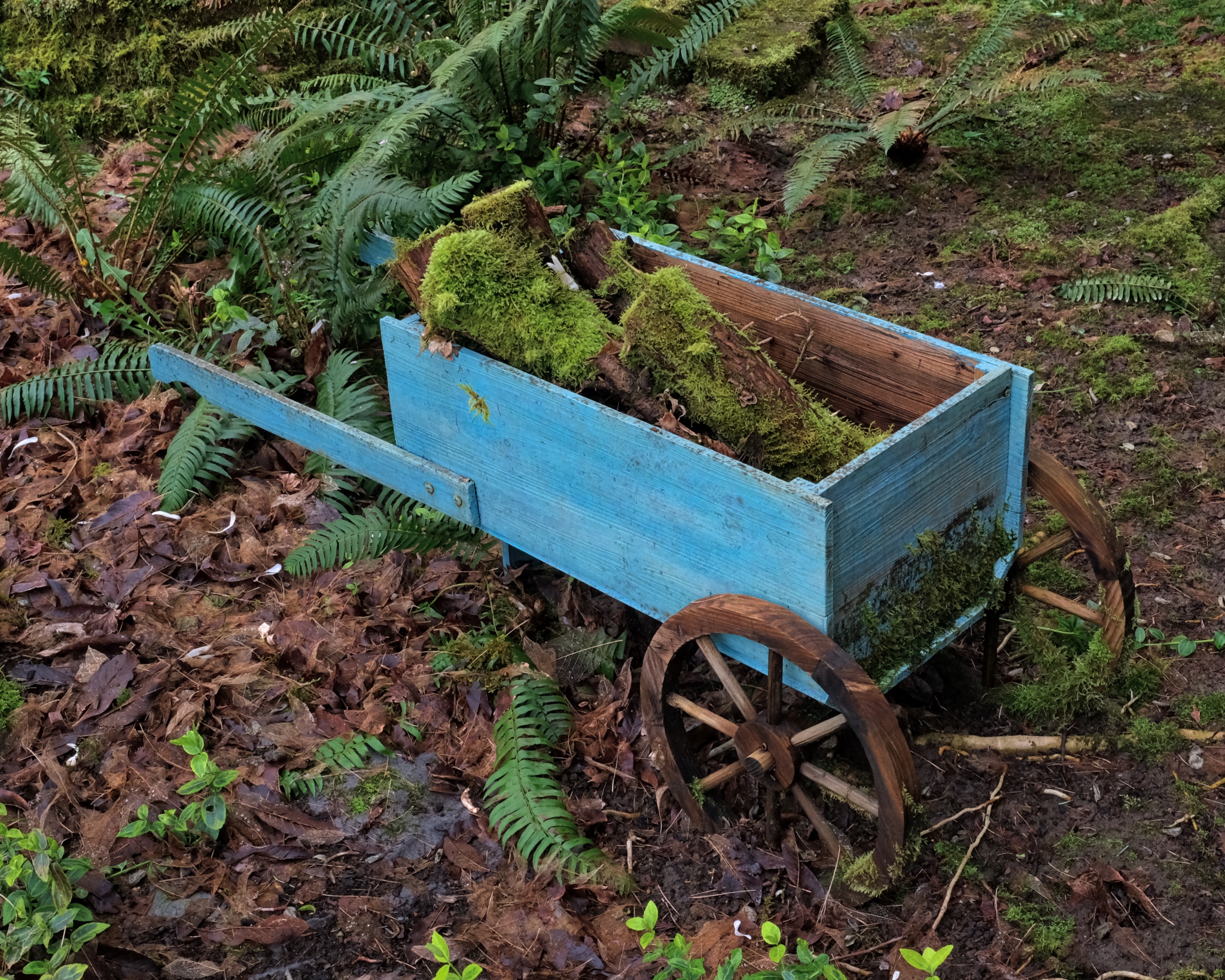 A sunny blue garden wheelbarrow . . .
A sunny blue garden wheelbarrow . . . 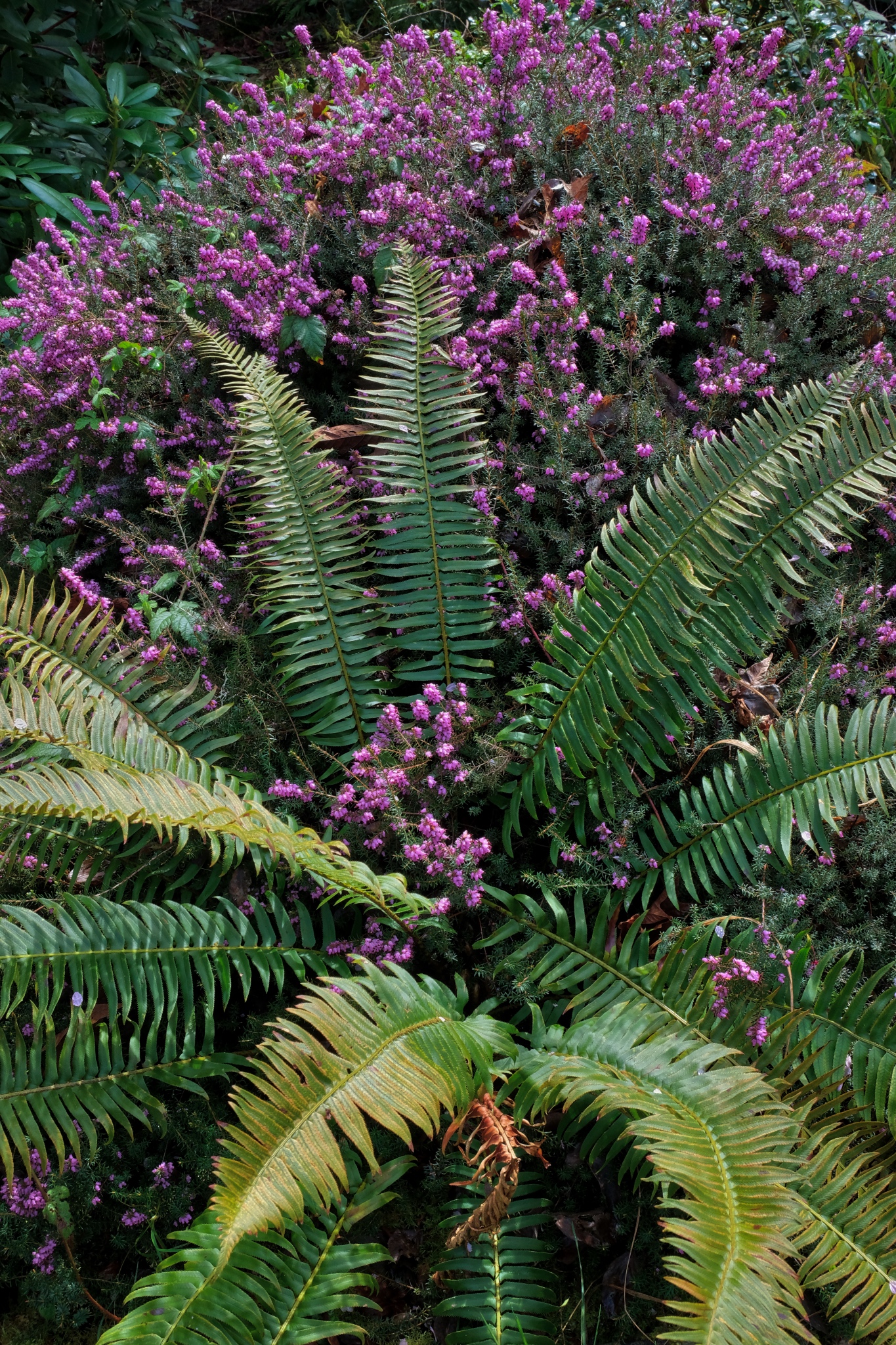 New flowering everywhere!
New flowering everywhere! The ferns seem to be exploding out of the ground!
The ferns seem to be exploding out of the ground!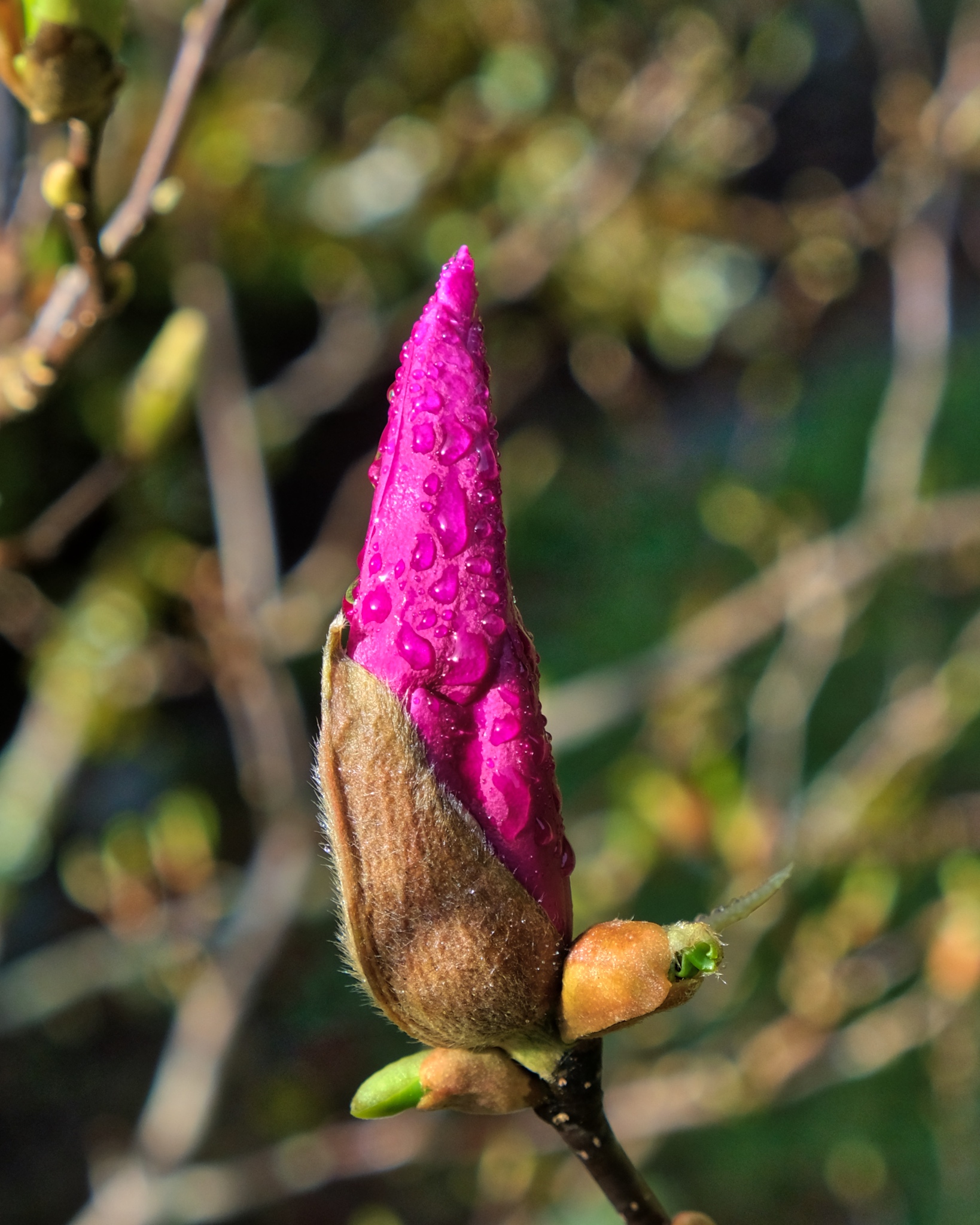 The purple Magnolia is beginning to show color in its buds.
The purple Magnolia is beginning to show color in its buds.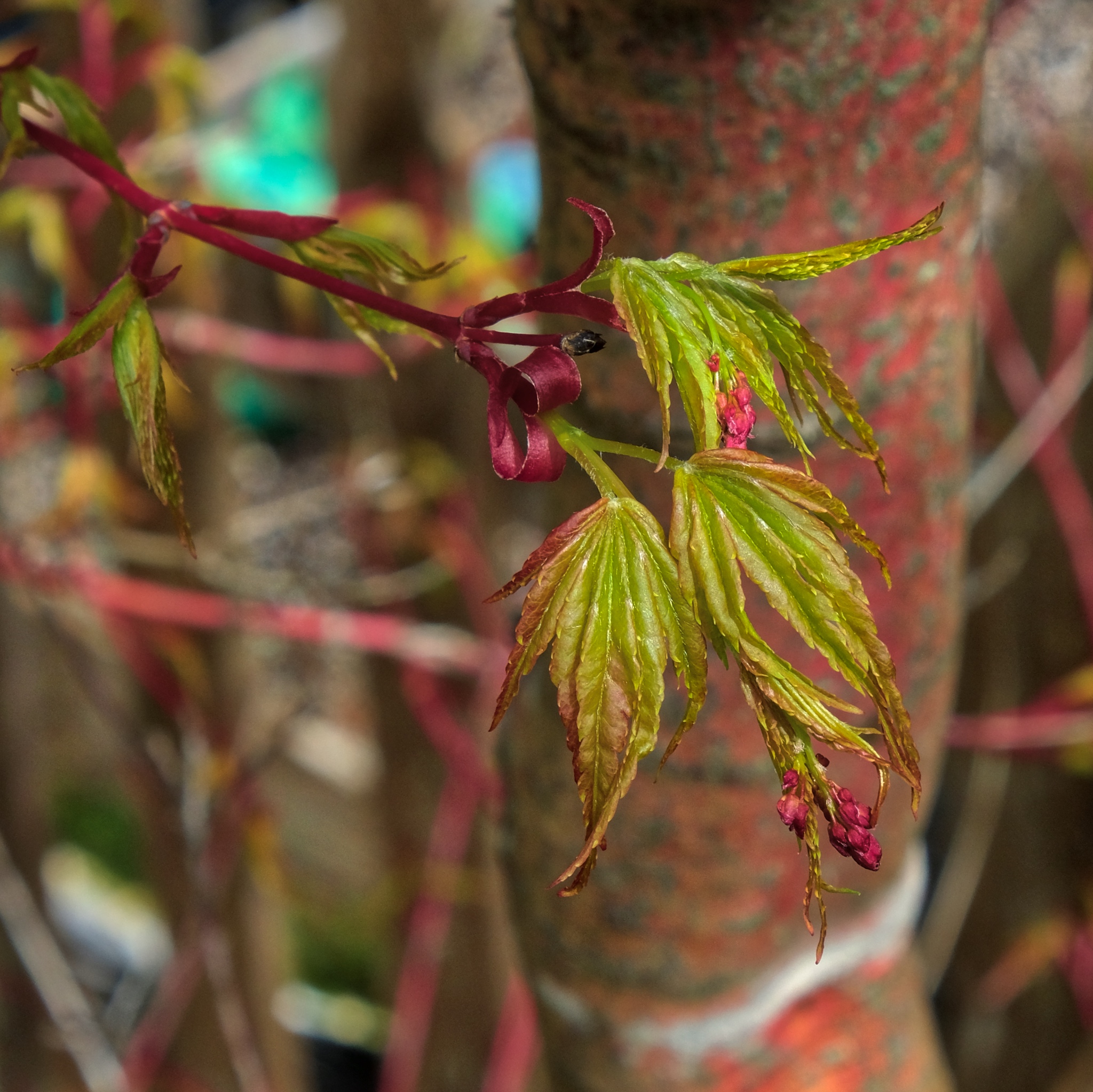 Leafing . . . right before your eyes.
Leafing . . . right before your eyes.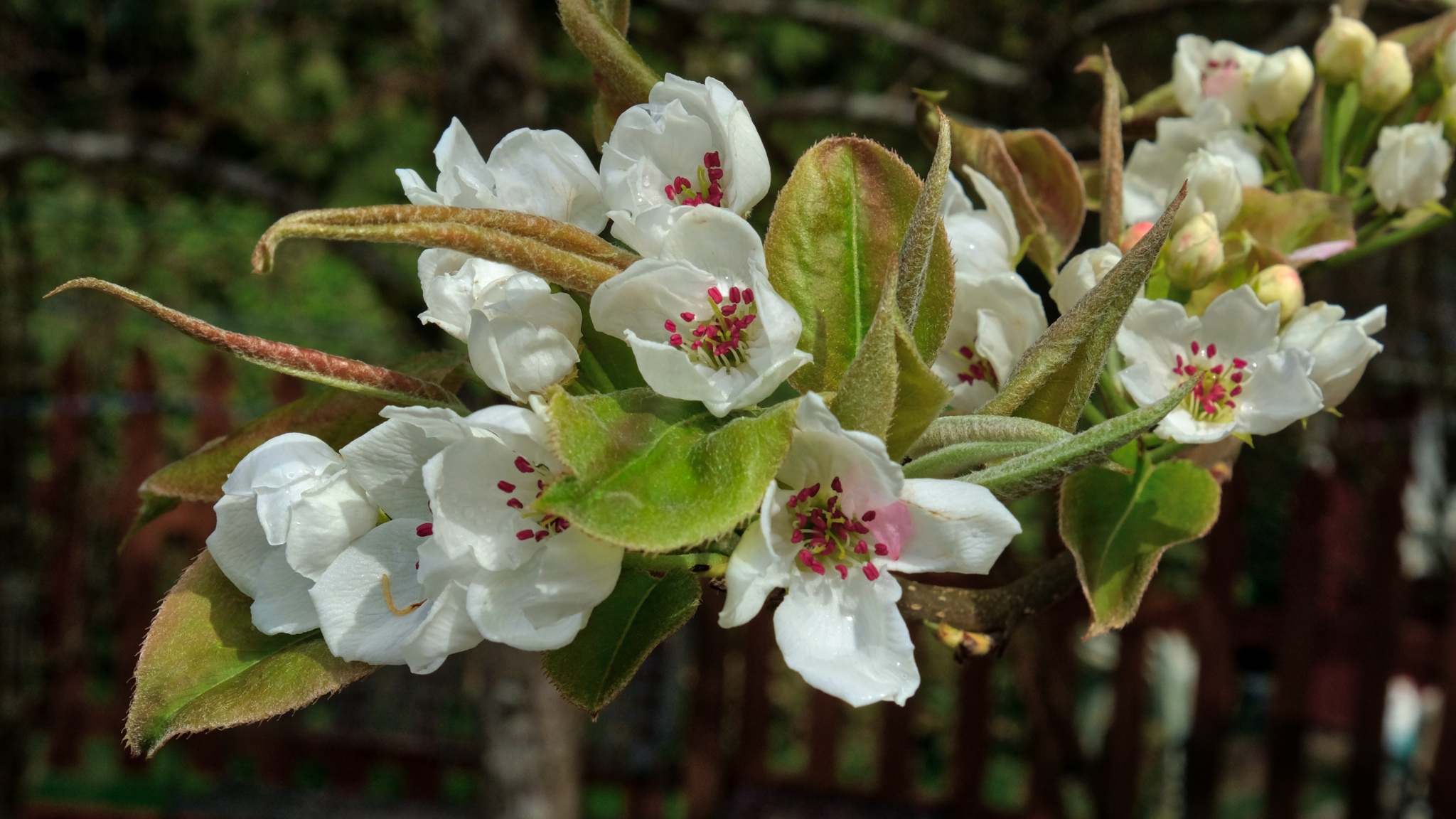 The Japanese Pear blossoms seemed to appear overnight!
The Japanese Pear blossoms seemed to appear overnight!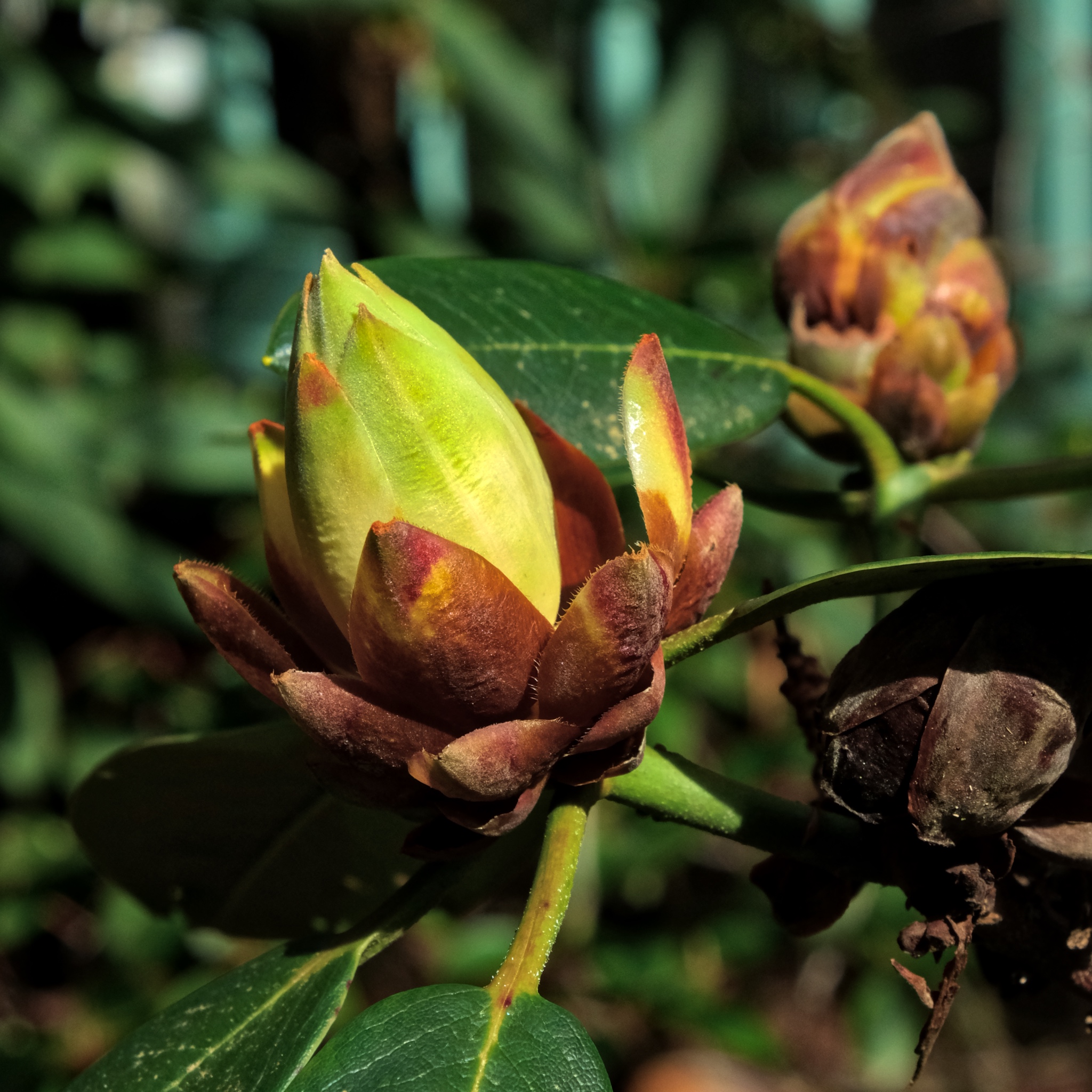 The rhododendron buds continue to swell . . .
The rhododendron buds continue to swell . . .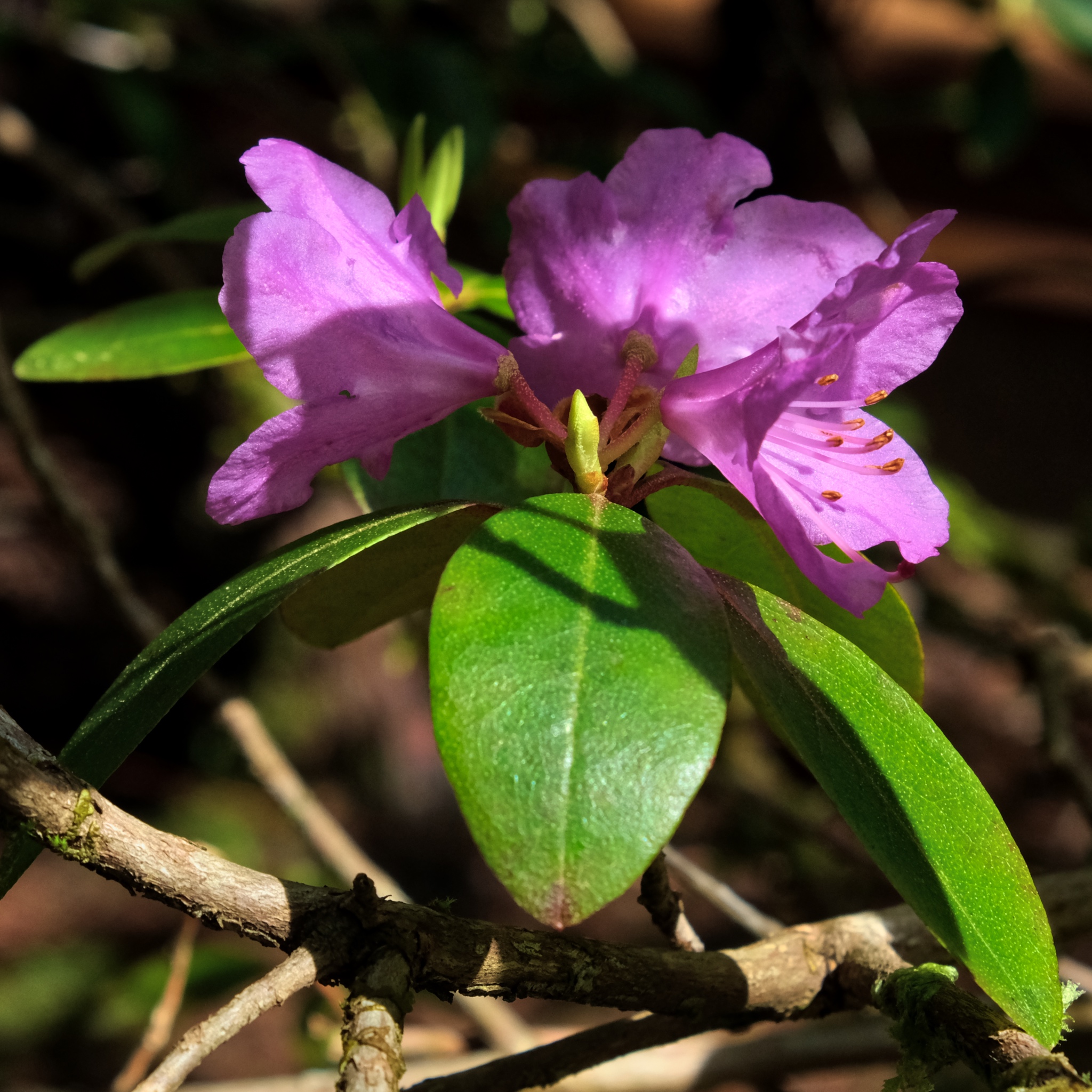 Down under the rhododendrons, a small violet flower blooms.
Down under the rhododendrons, a small violet flower blooms.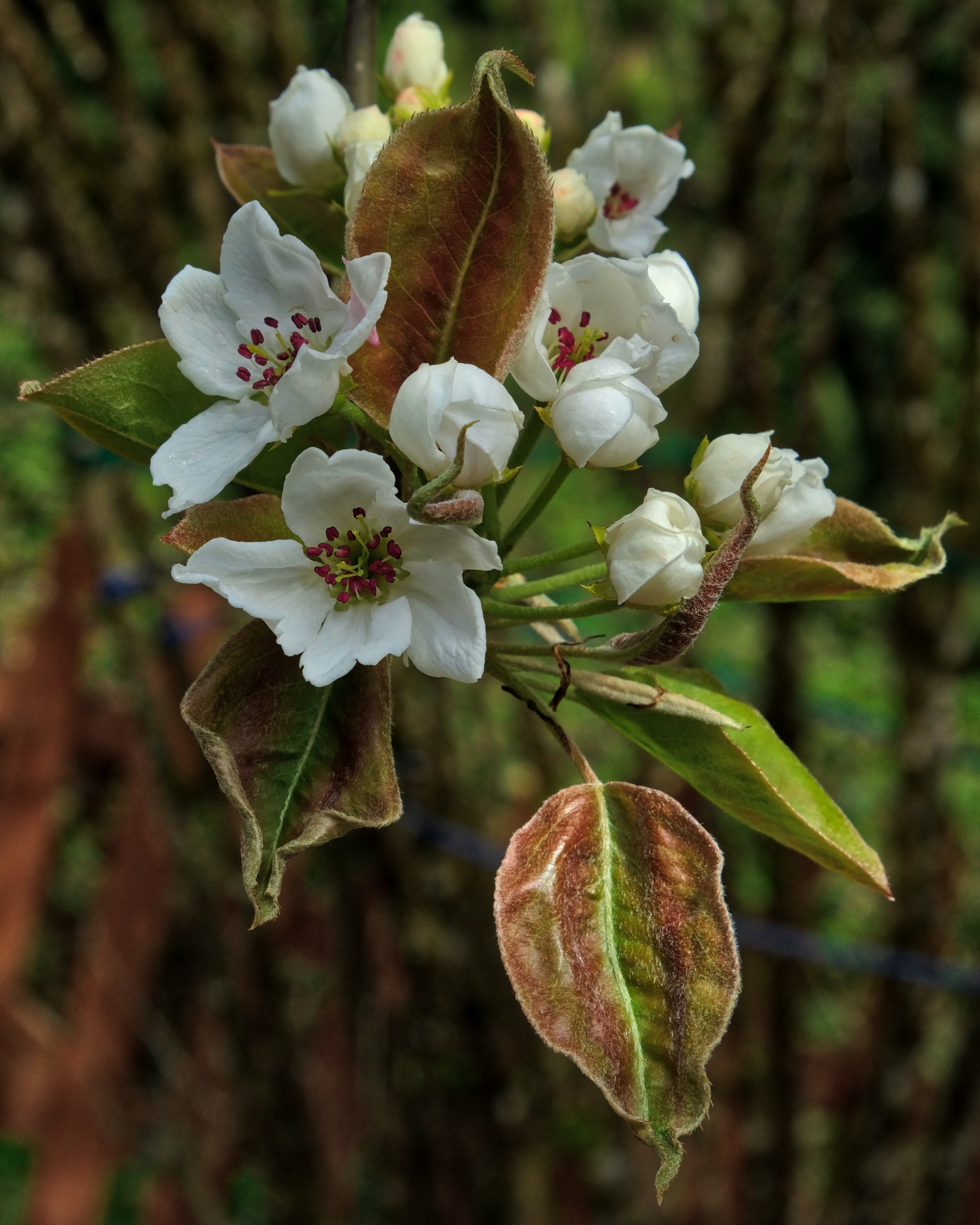 Like an arrangement from a florist . . .
Like an arrangement from a florist . . .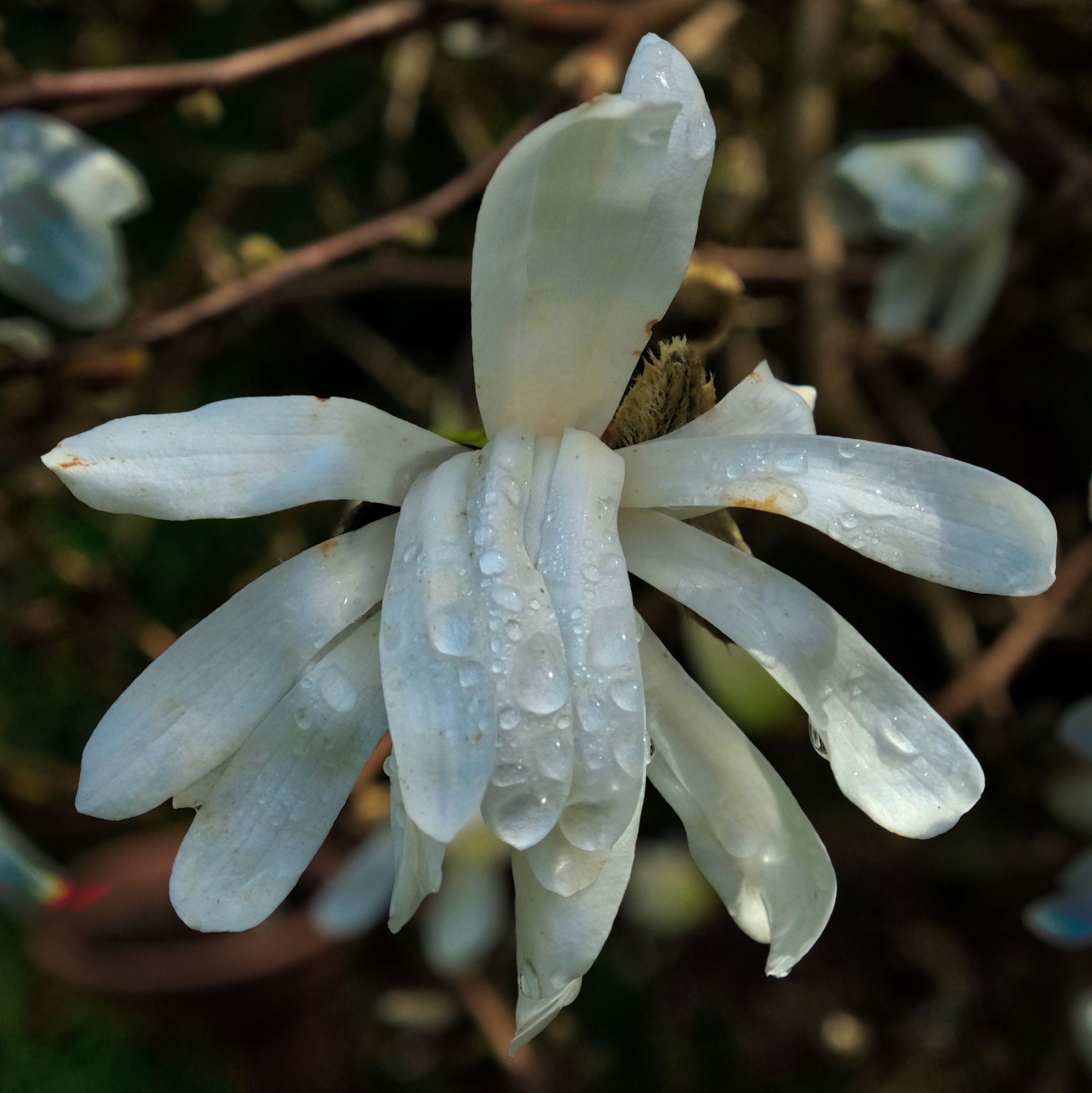 White Magnolia.
White Magnolia.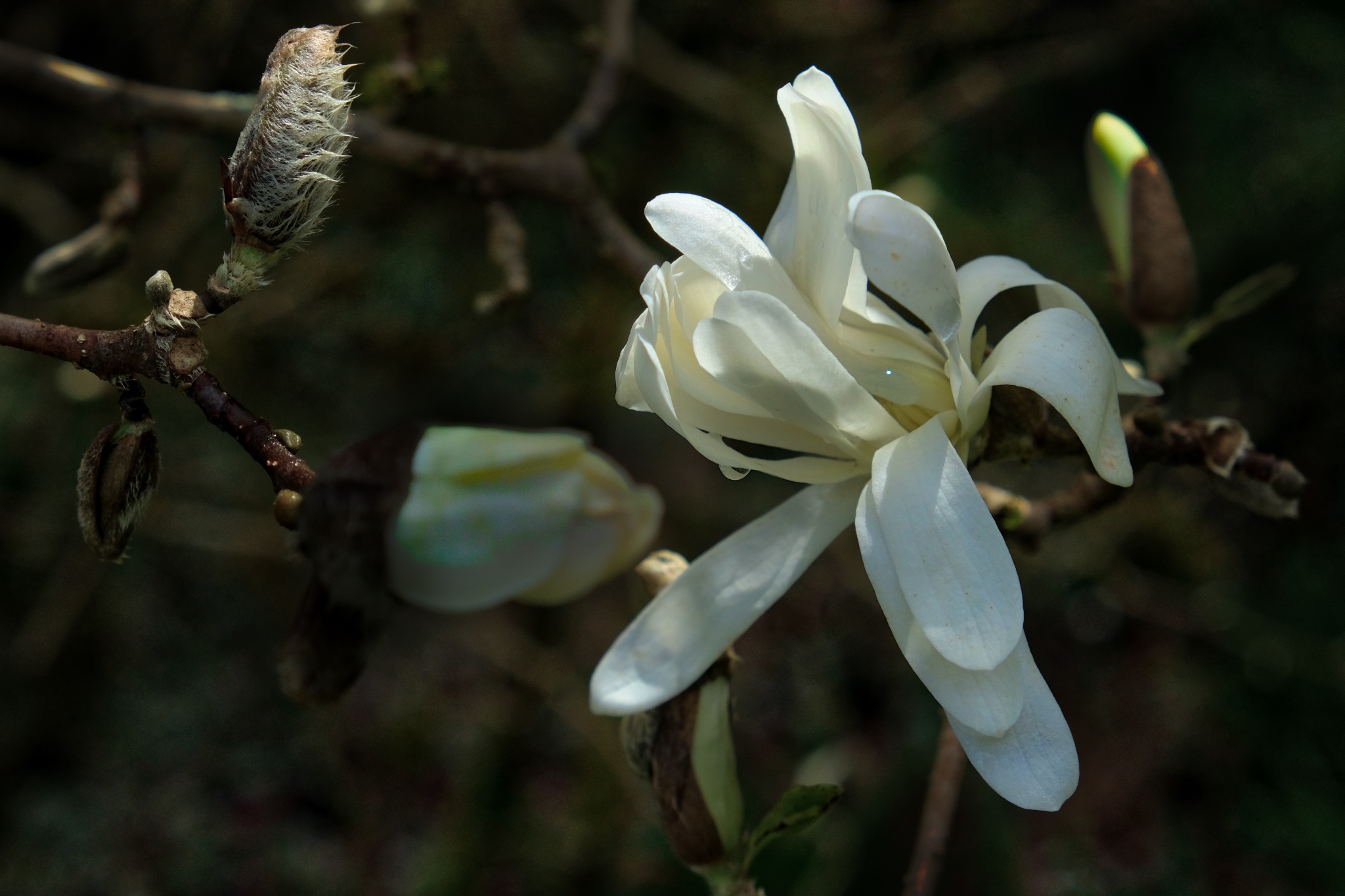 Delicate beauty.
Delicate beauty.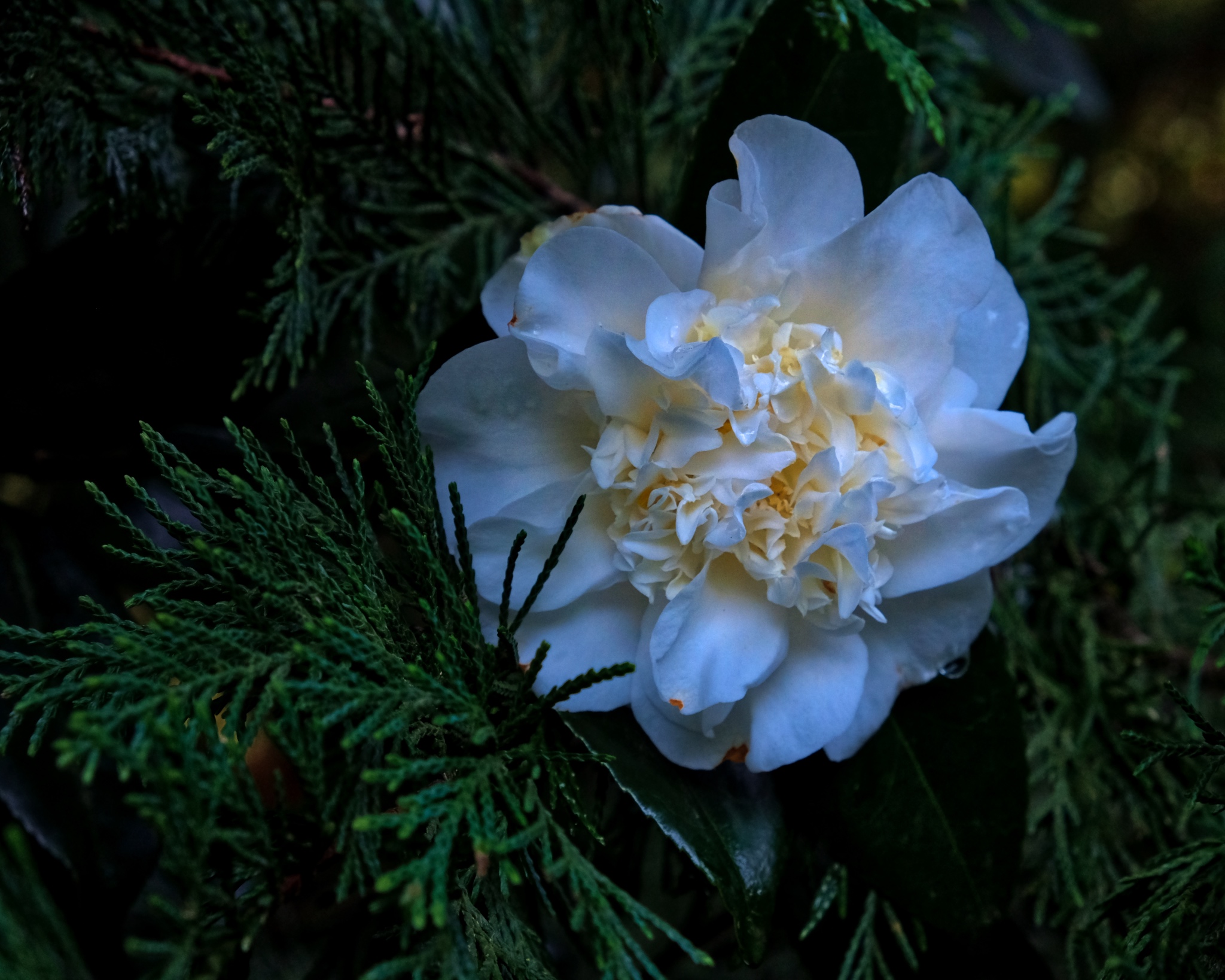 Hidden in the dark shadows at the edge of the garden . . .
Hidden in the dark shadows at the edge of the garden . . .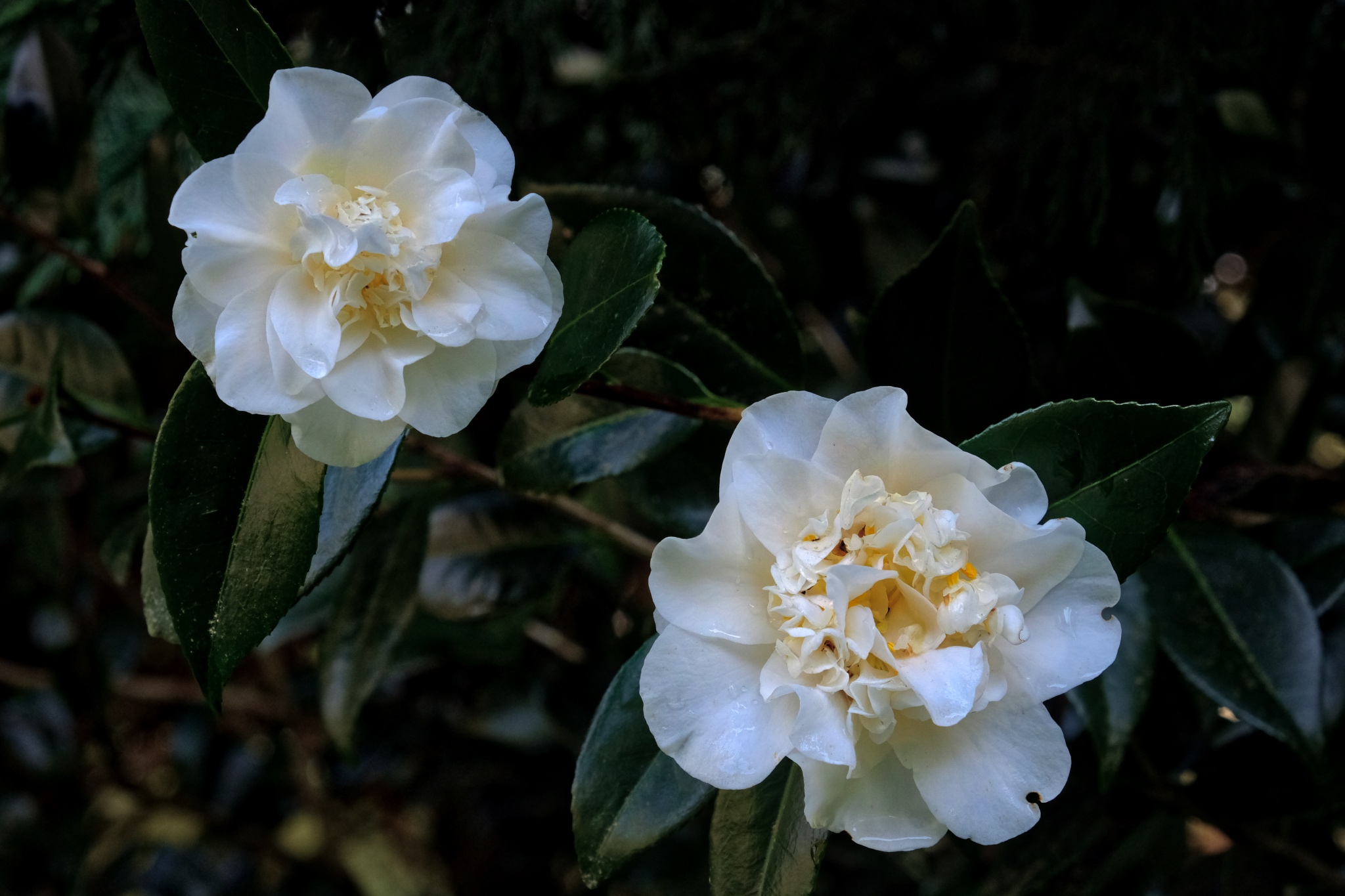 These gave off a wonderful aroma.
These gave off a wonderful aroma.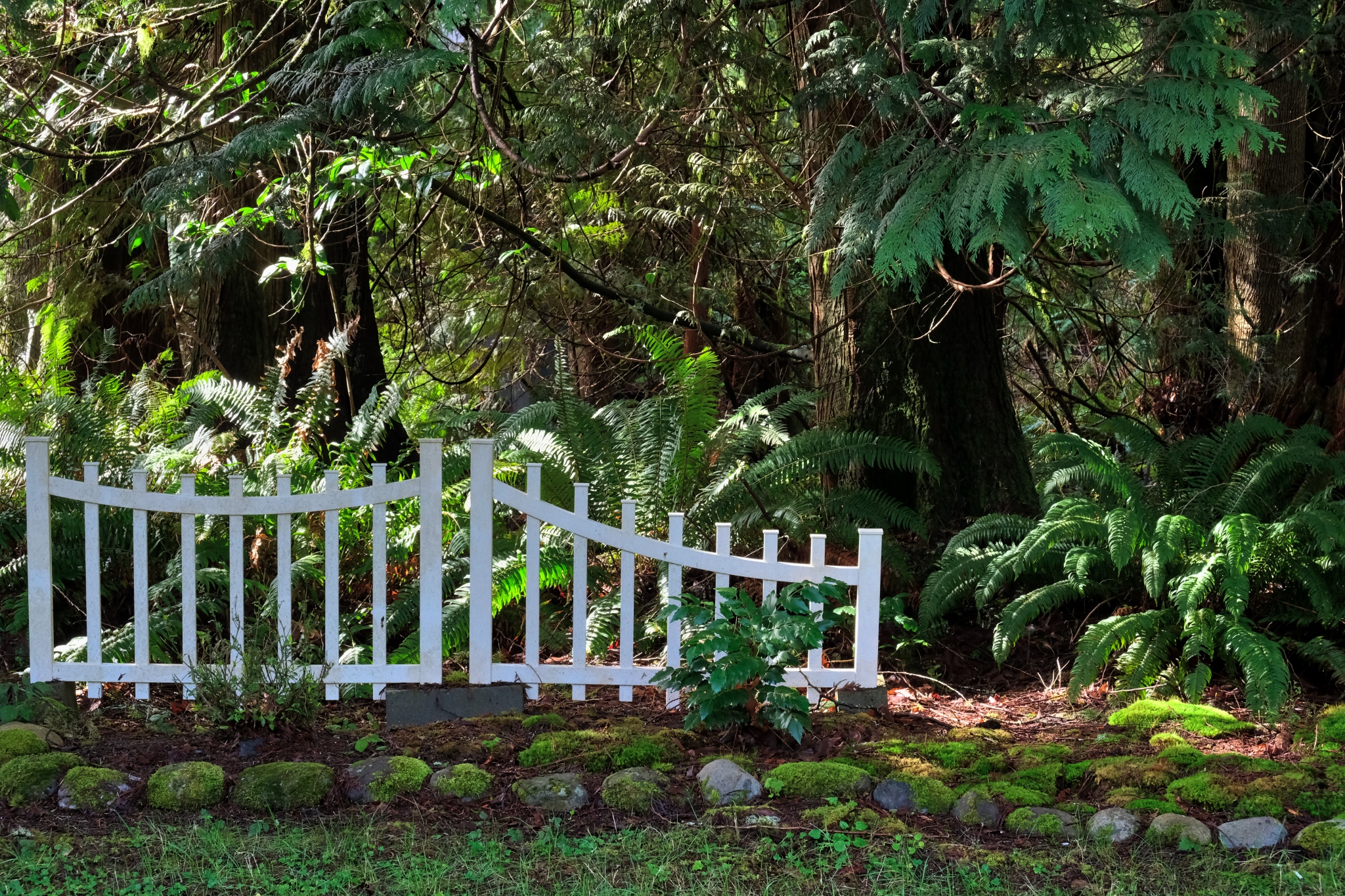 A (rare) wonderful sunny day in the great Northwest.
A (rare) wonderful sunny day in the great Northwest.
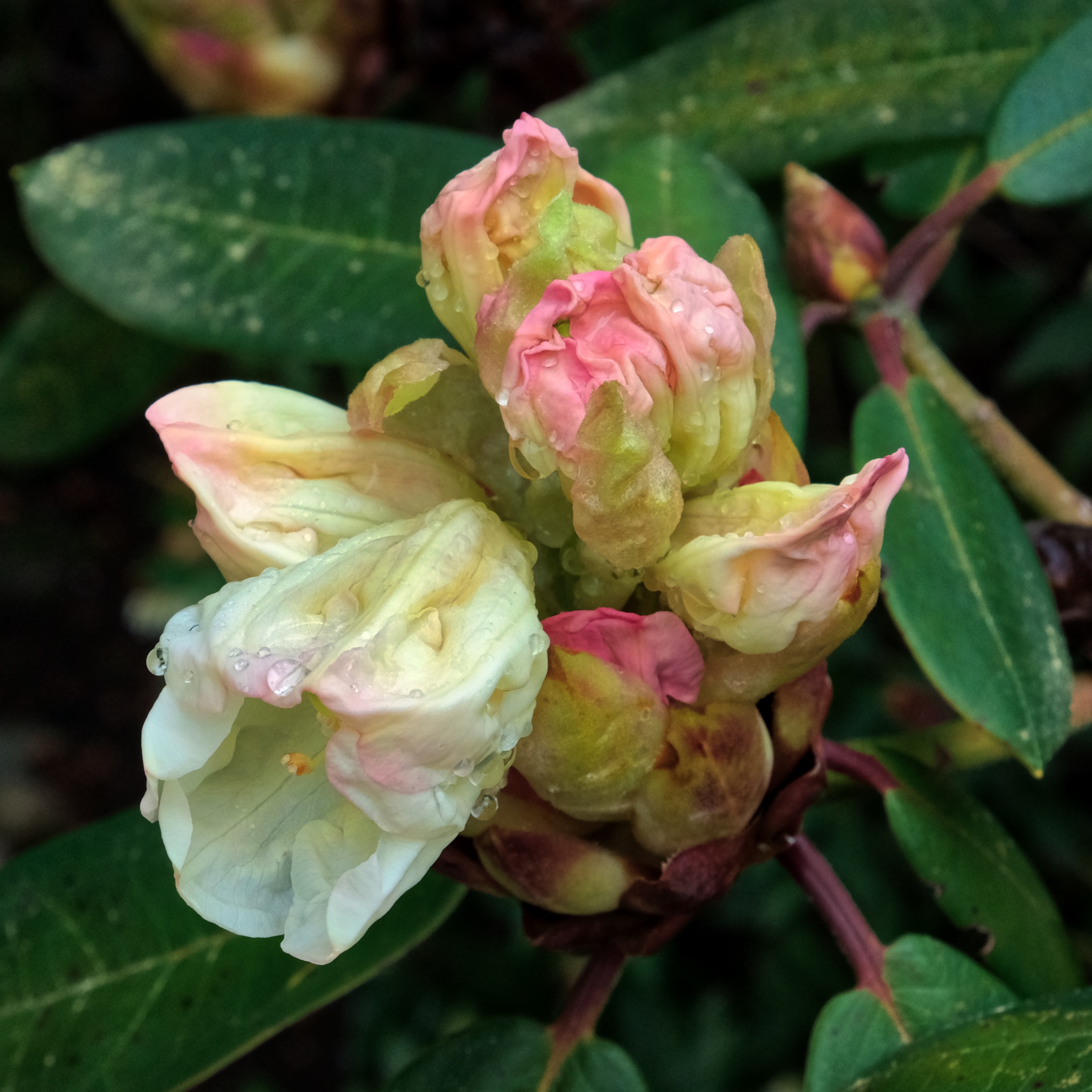 The Rhododendron are just now beginning to emerge from the tight buds.
The Rhododendron are just now beginning to emerge from the tight buds.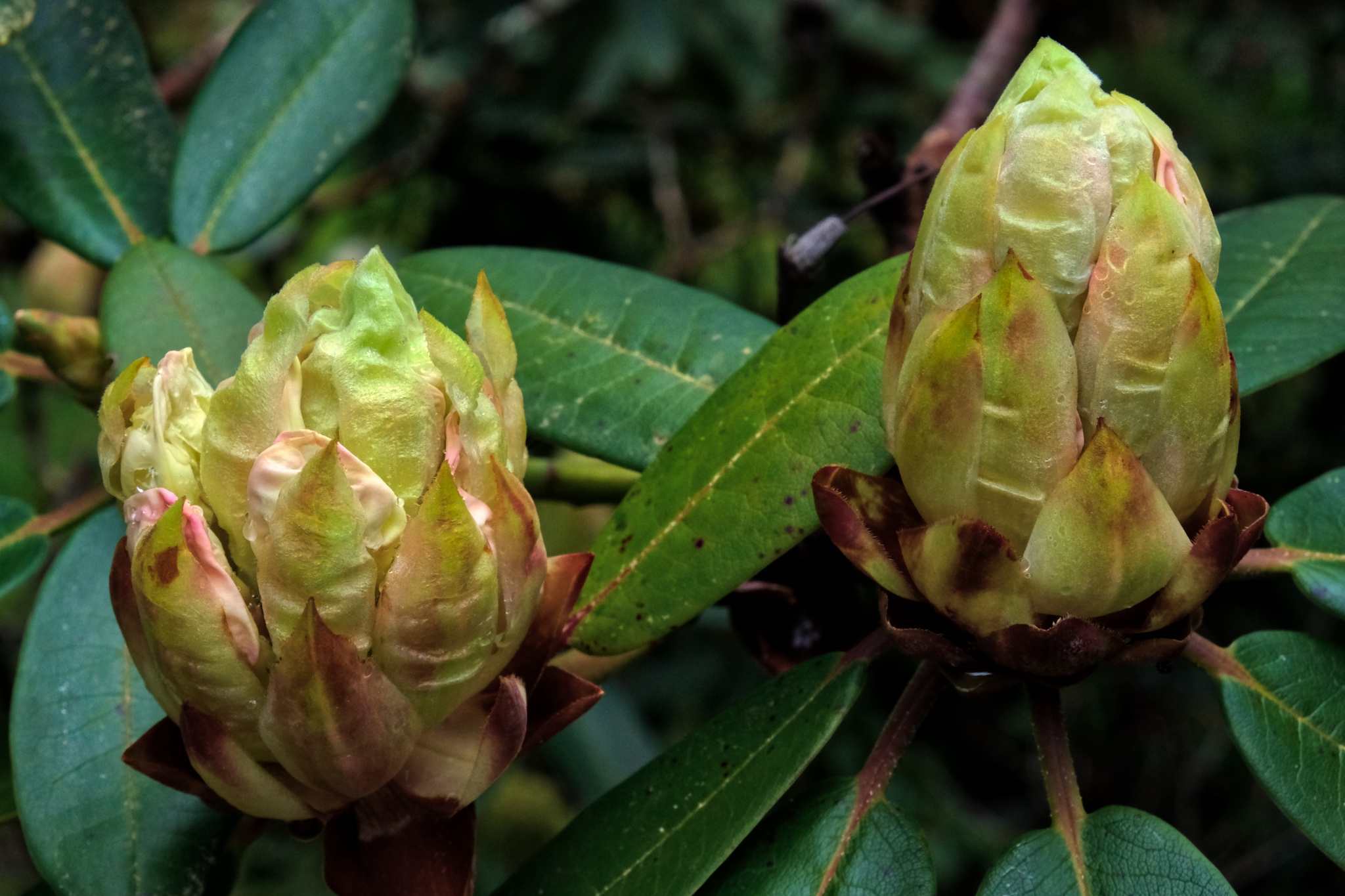 New buds . . . fraught with beauty.
New buds . . . fraught with beauty.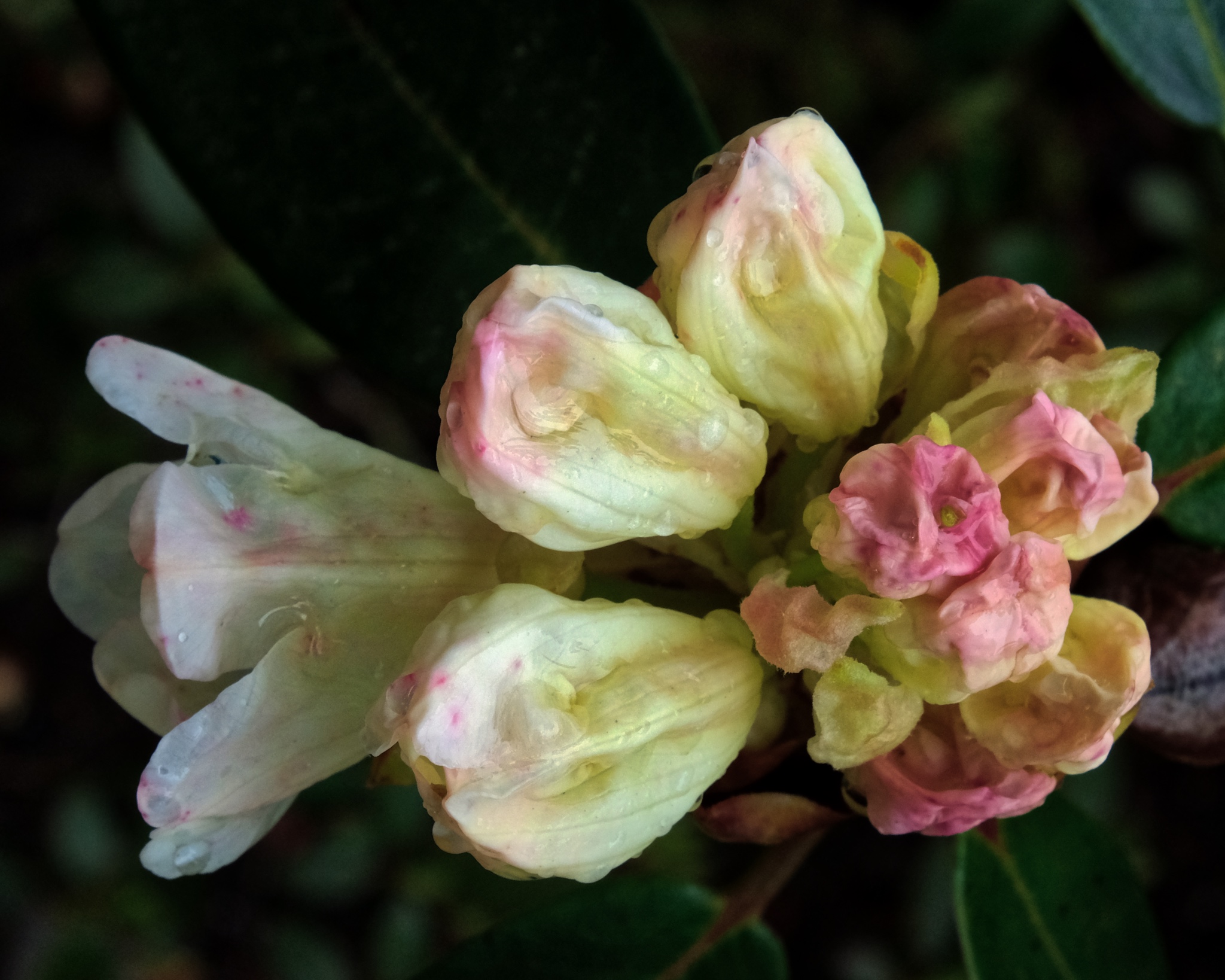 Warped and twisted as they unfurl their beauty . . .
Warped and twisted as they unfurl their beauty . . .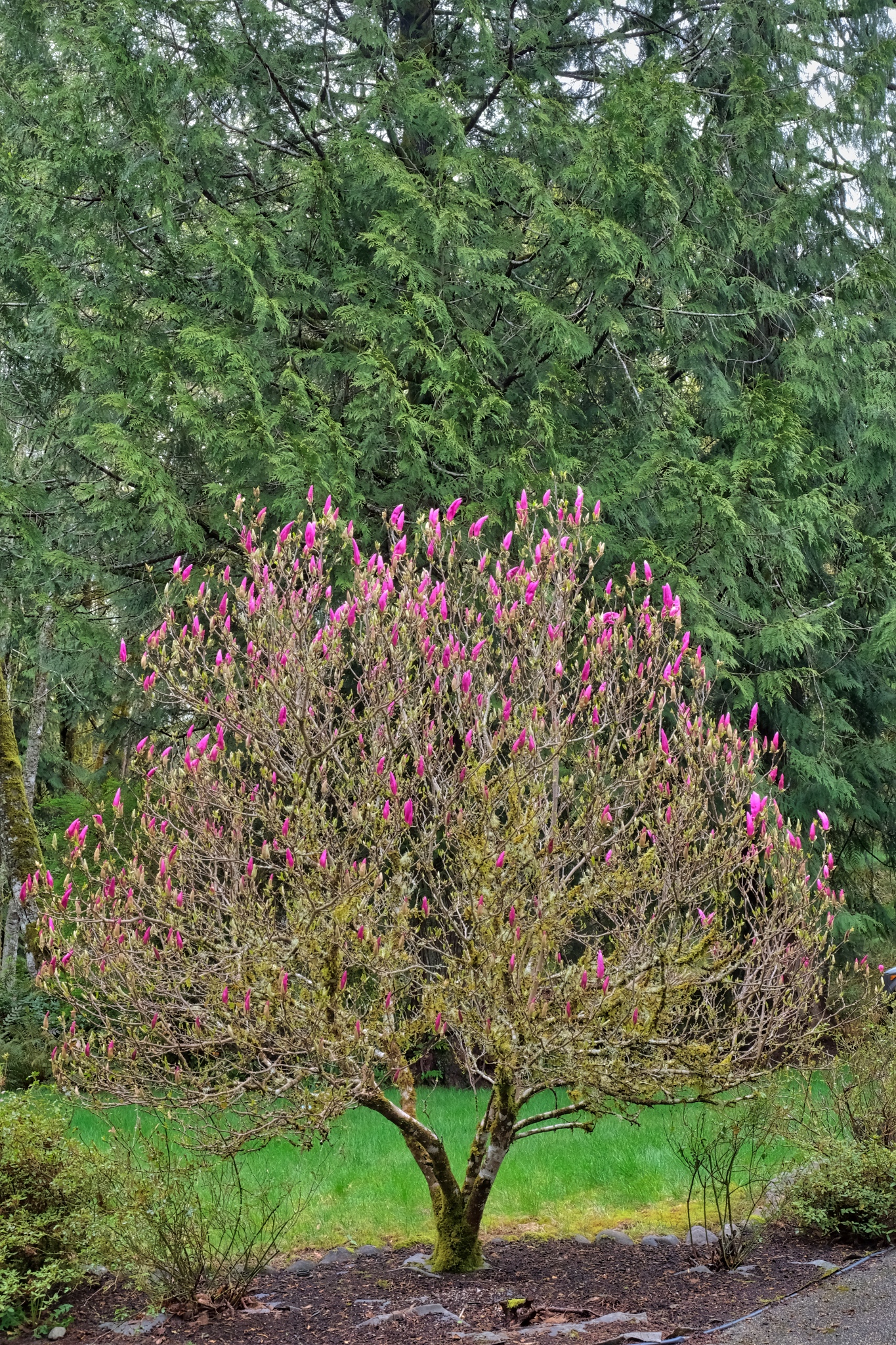 The magnolia in the front yard is beginning to show purple.
The magnolia in the front yard is beginning to show purple.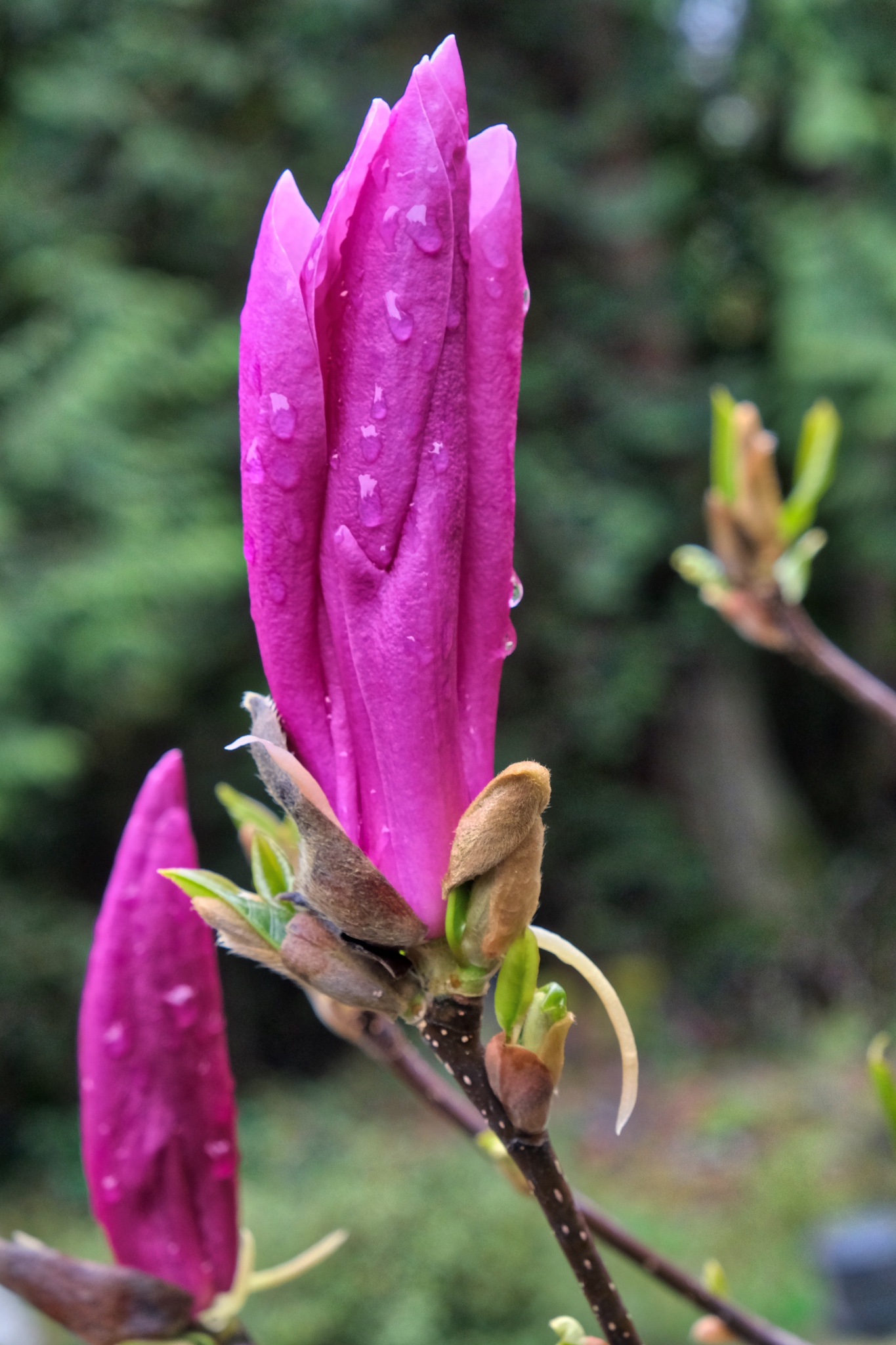 The purple Magnolia only budding, lagging behind their white neighbors.
The purple Magnolia only budding, lagging behind their white neighbors.
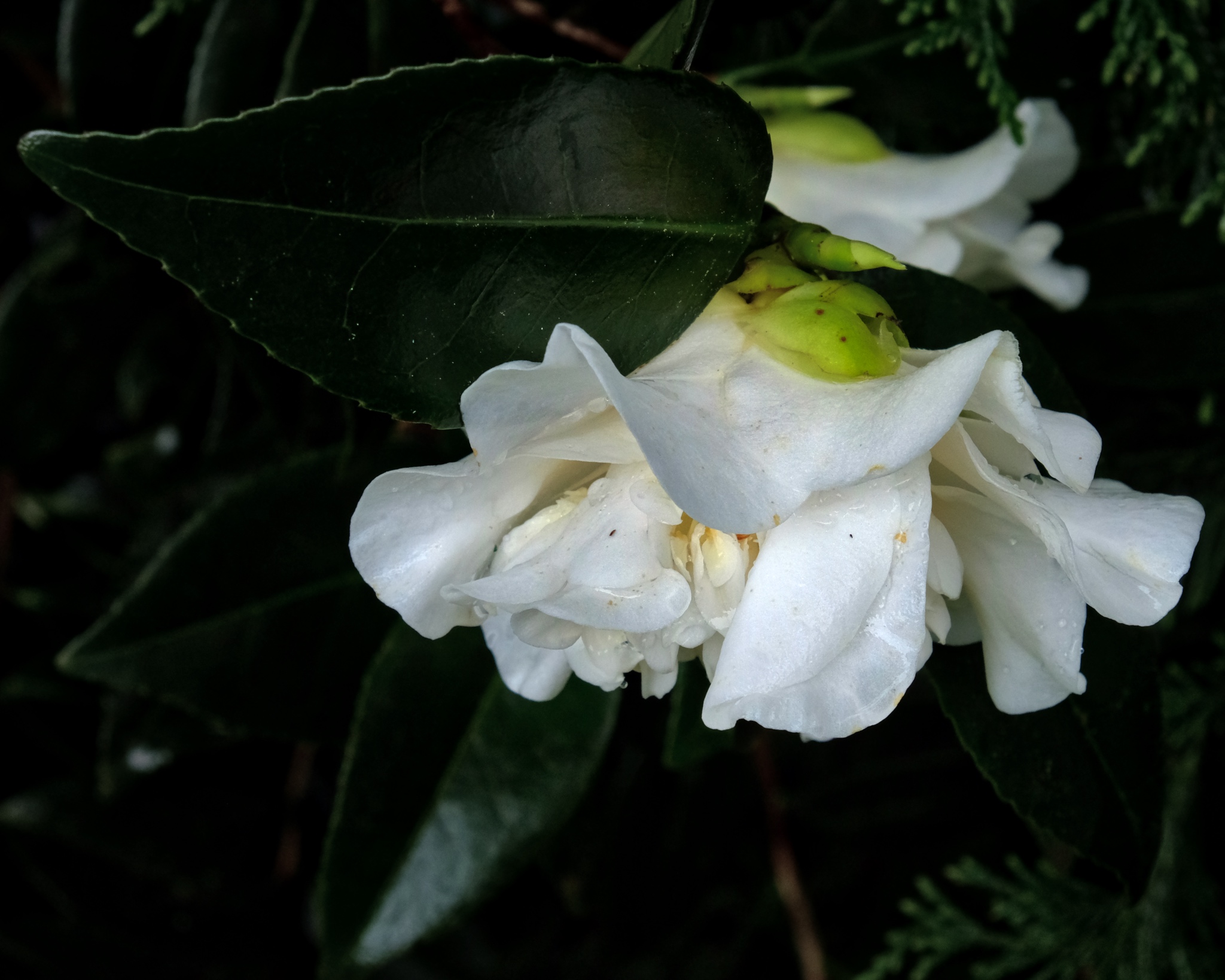 A white Magnolia in bloom deep in the dark bushes . . .
A white Magnolia in bloom deep in the dark bushes . . .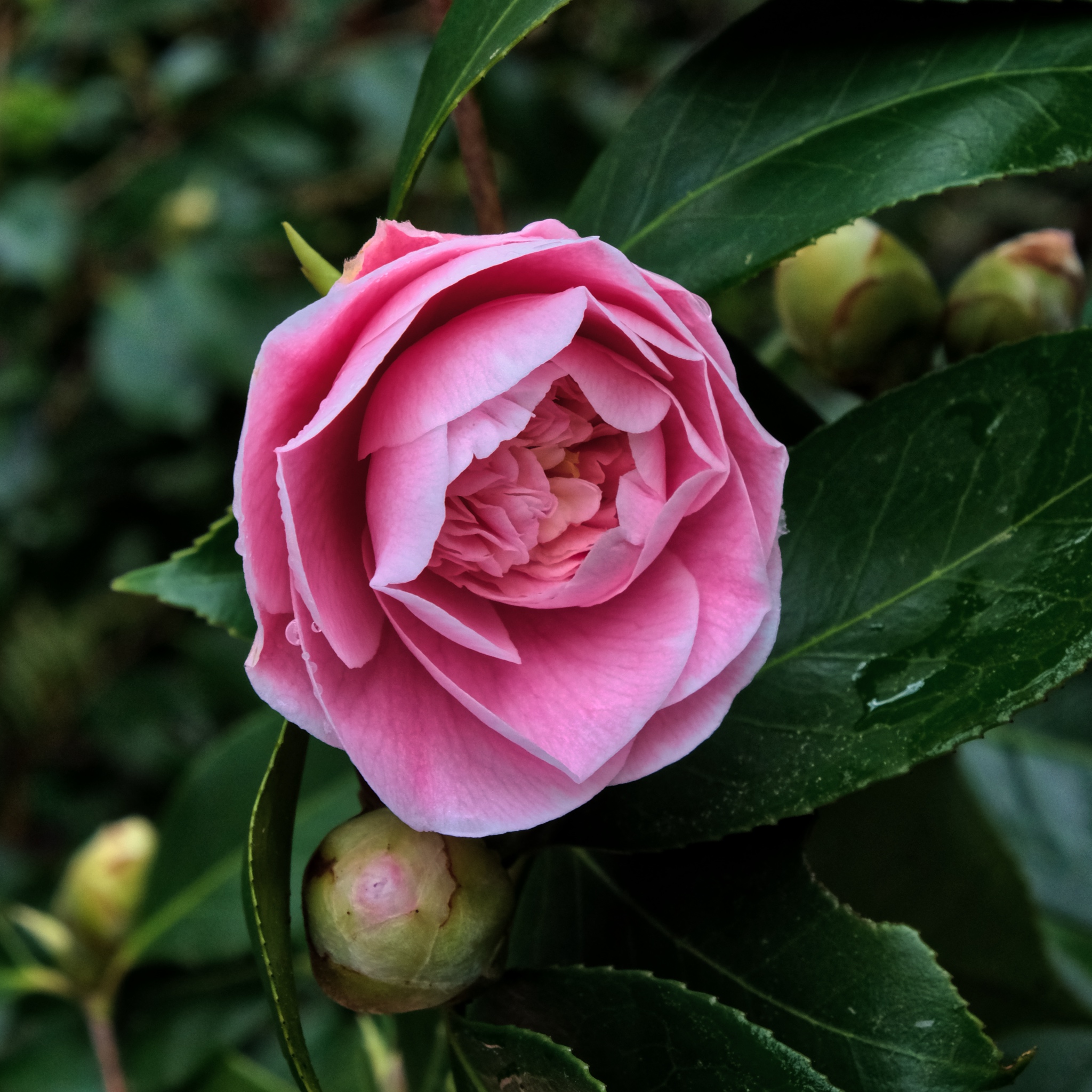 Buds and pink blooms . . . everywhere you look.
Buds and pink blooms . . . everywhere you look.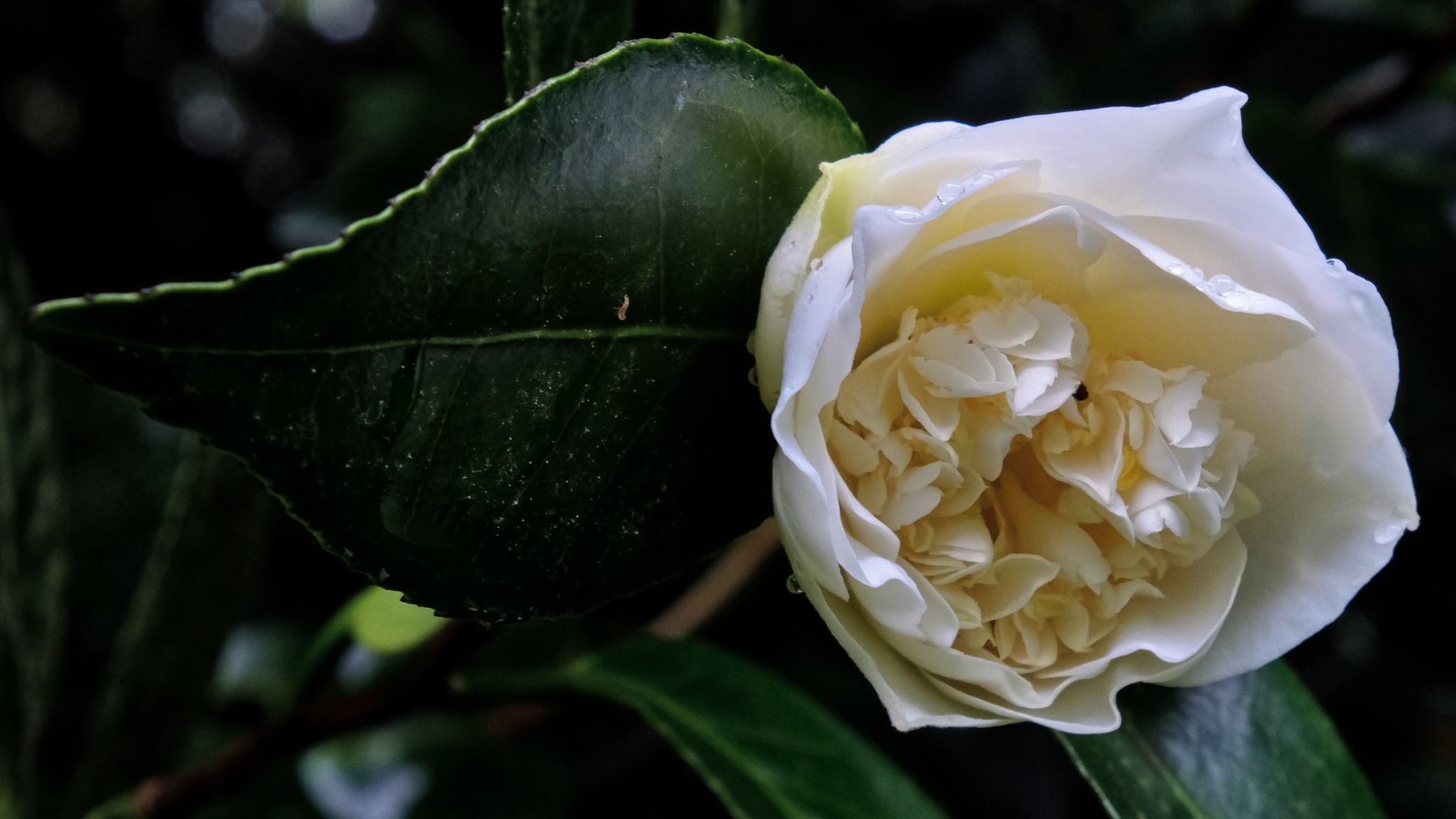 A new splash of beauty emerges.
A new splash of beauty emerges.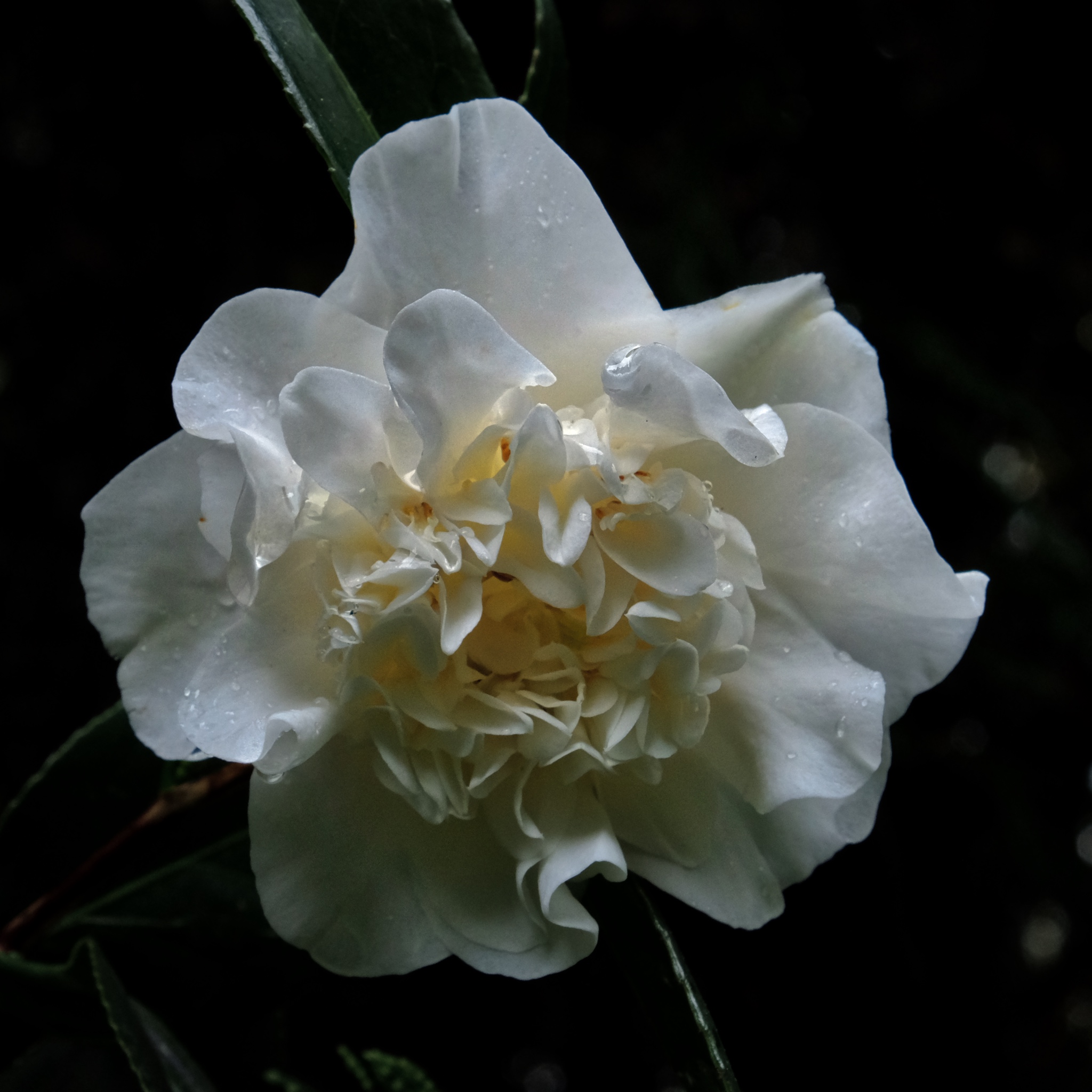 Perfect.
Perfect. Everything is showing new growth . . . Winter is at last receding.
Everything is showing new growth . . . Winter is at last receding.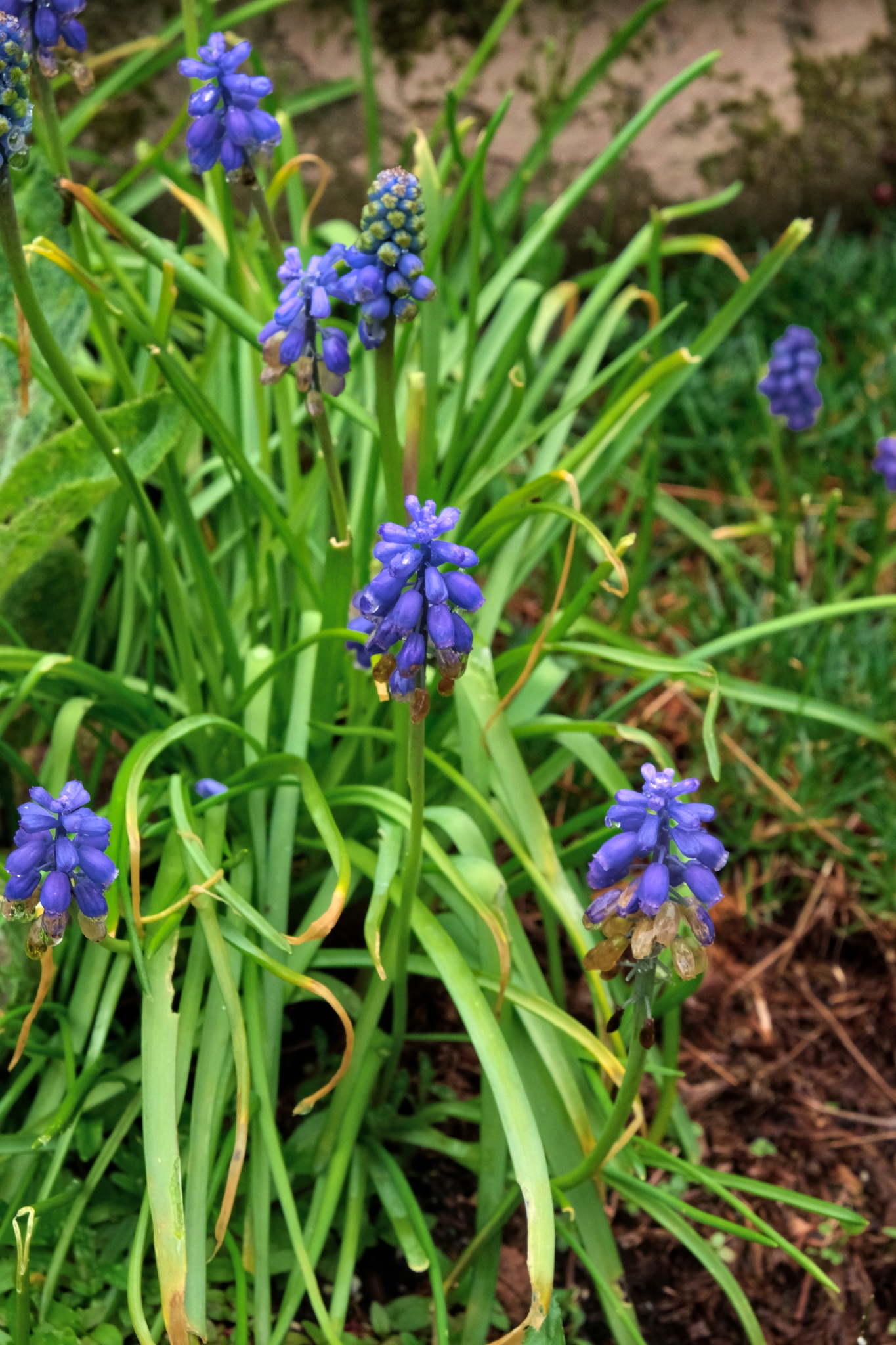 Every day sees a new kind of flower appearing.
Every day sees a new kind of flower appearing.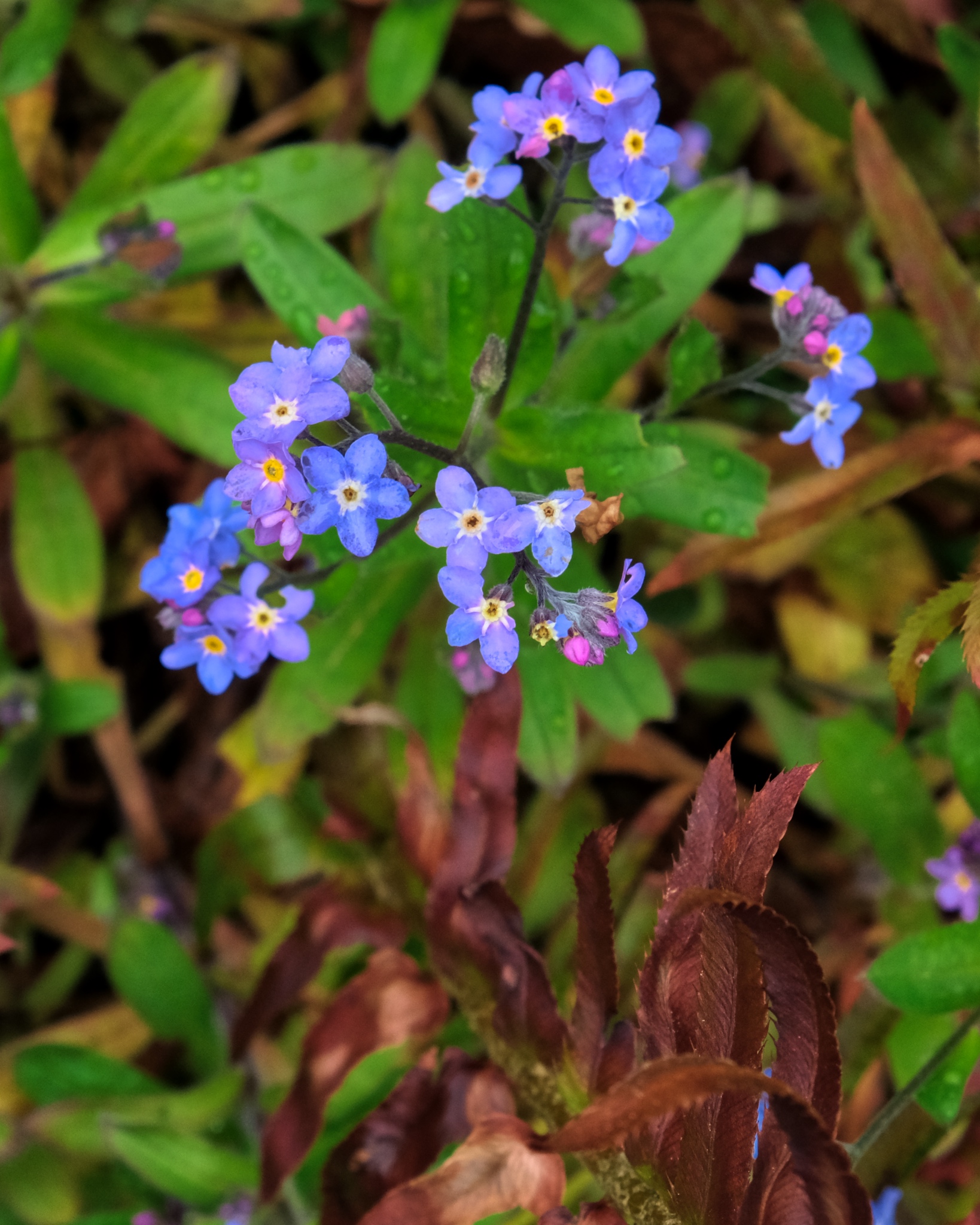 Tiny flowers hidden deep within the foliage.
Tiny flowers hidden deep within the foliage.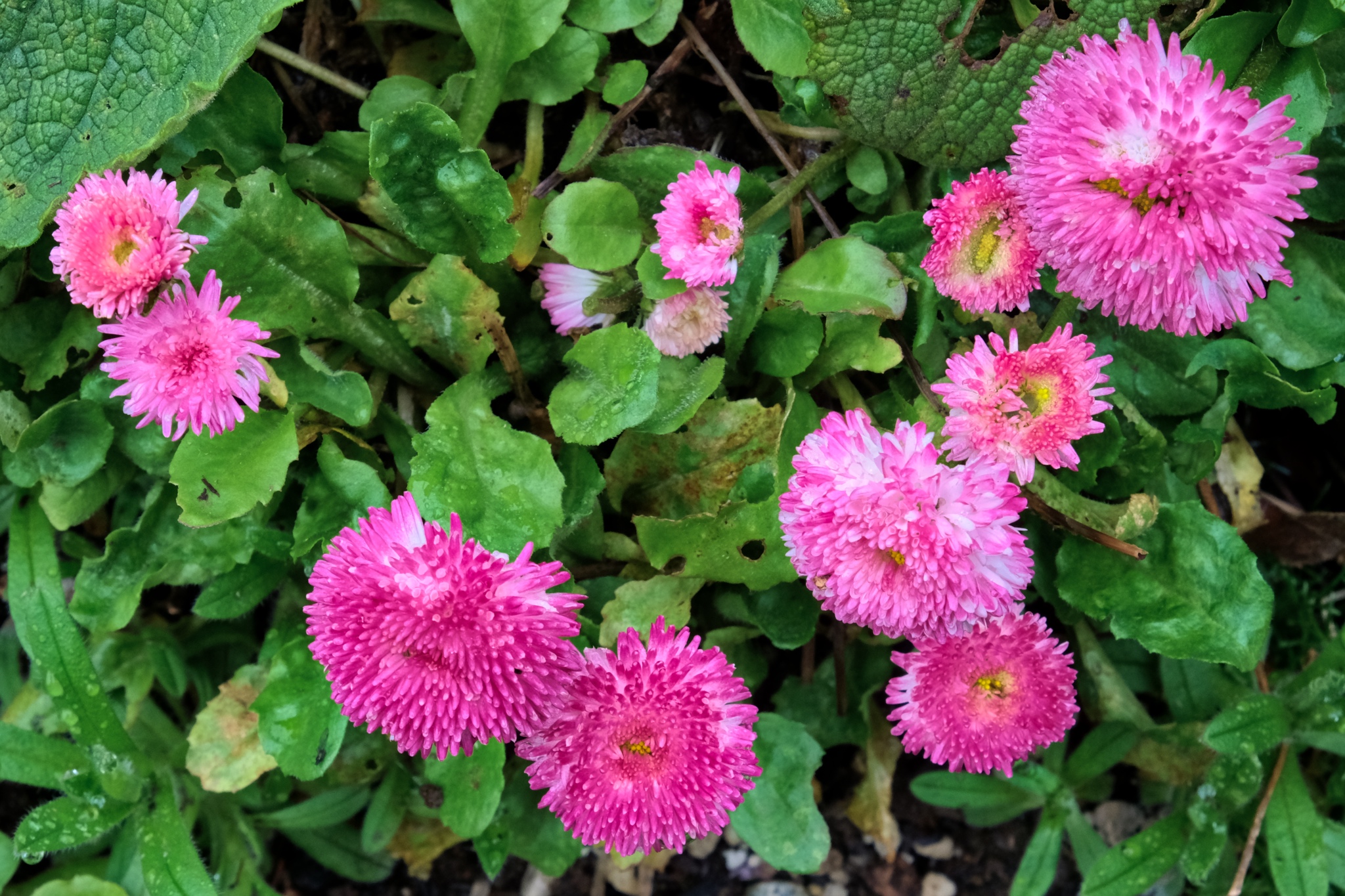
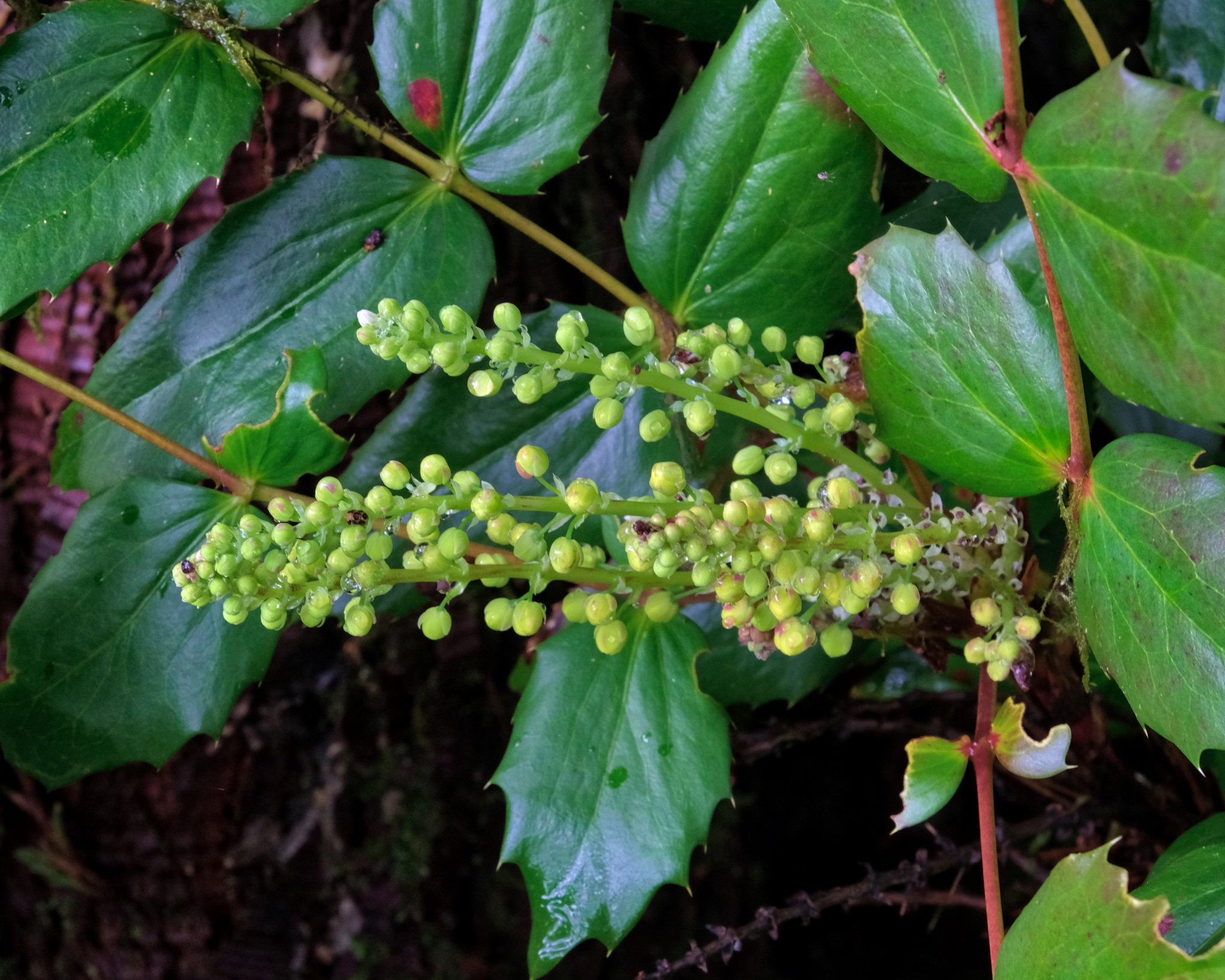
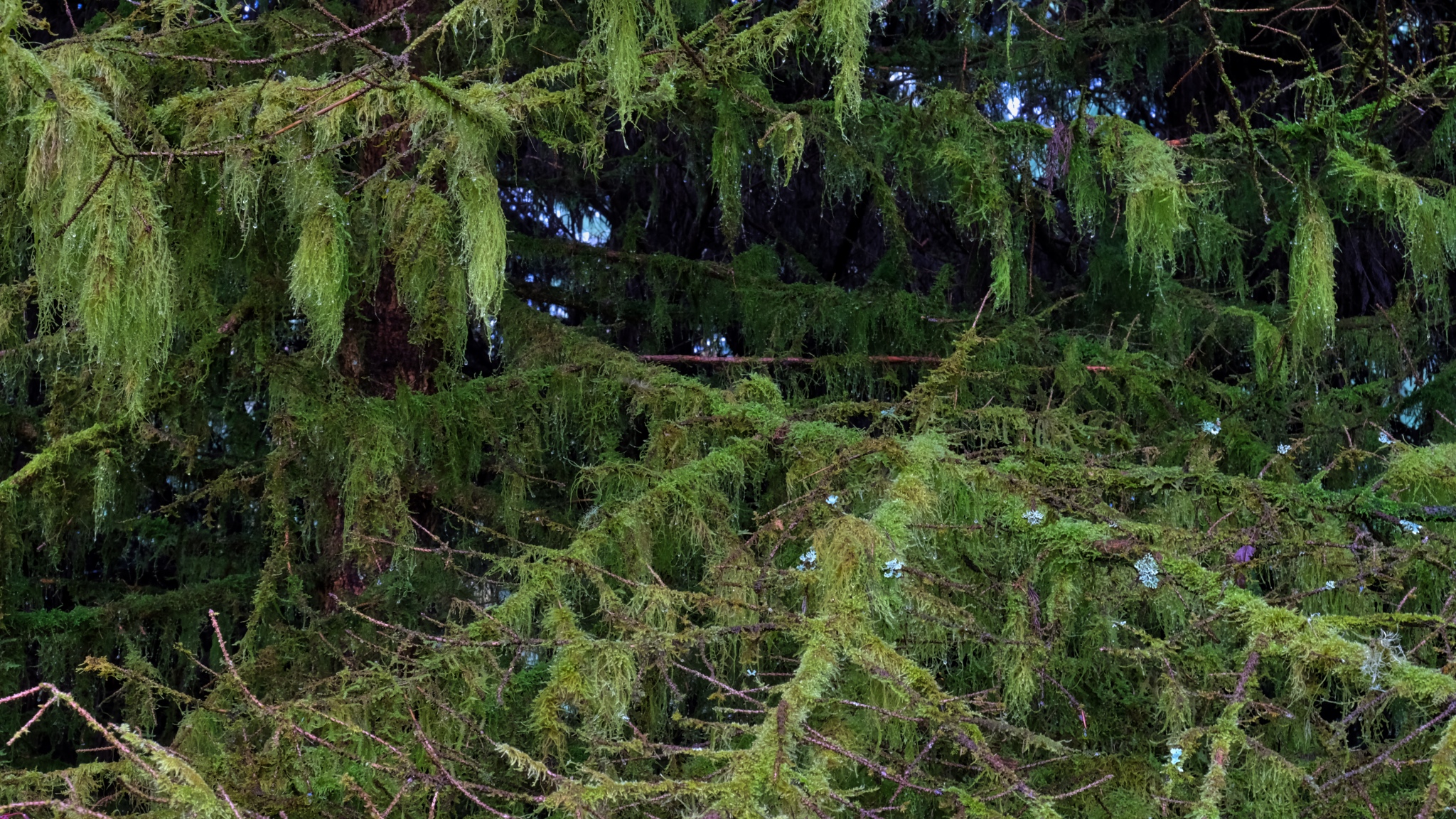 This part of Washington State sees extreme amounts of rainfall. The trees are covered in moss.
This part of Washington State sees extreme amounts of rainfall. The trees are covered in moss. Fresh, wet moss everywhere.
Fresh, wet moss everywhere.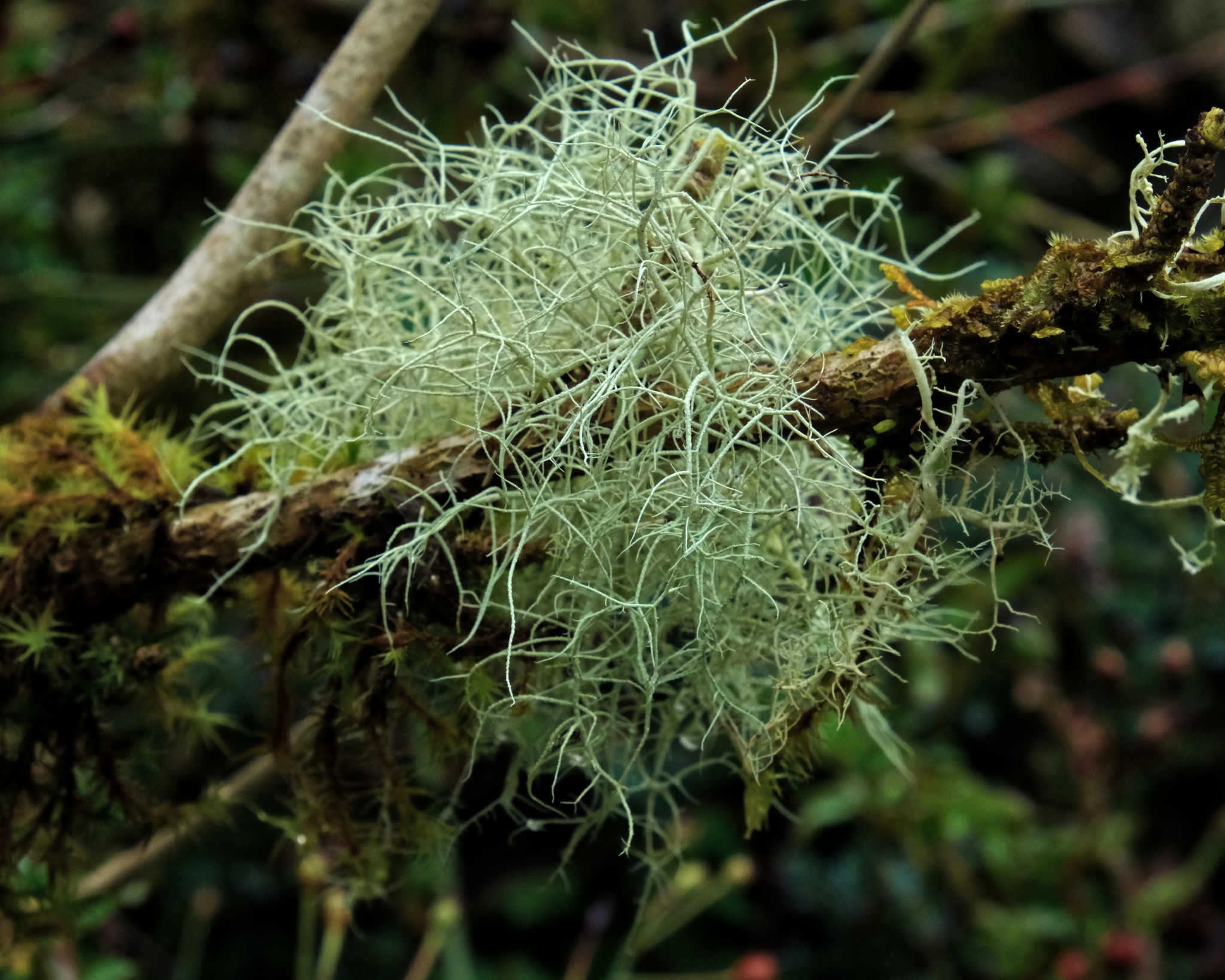
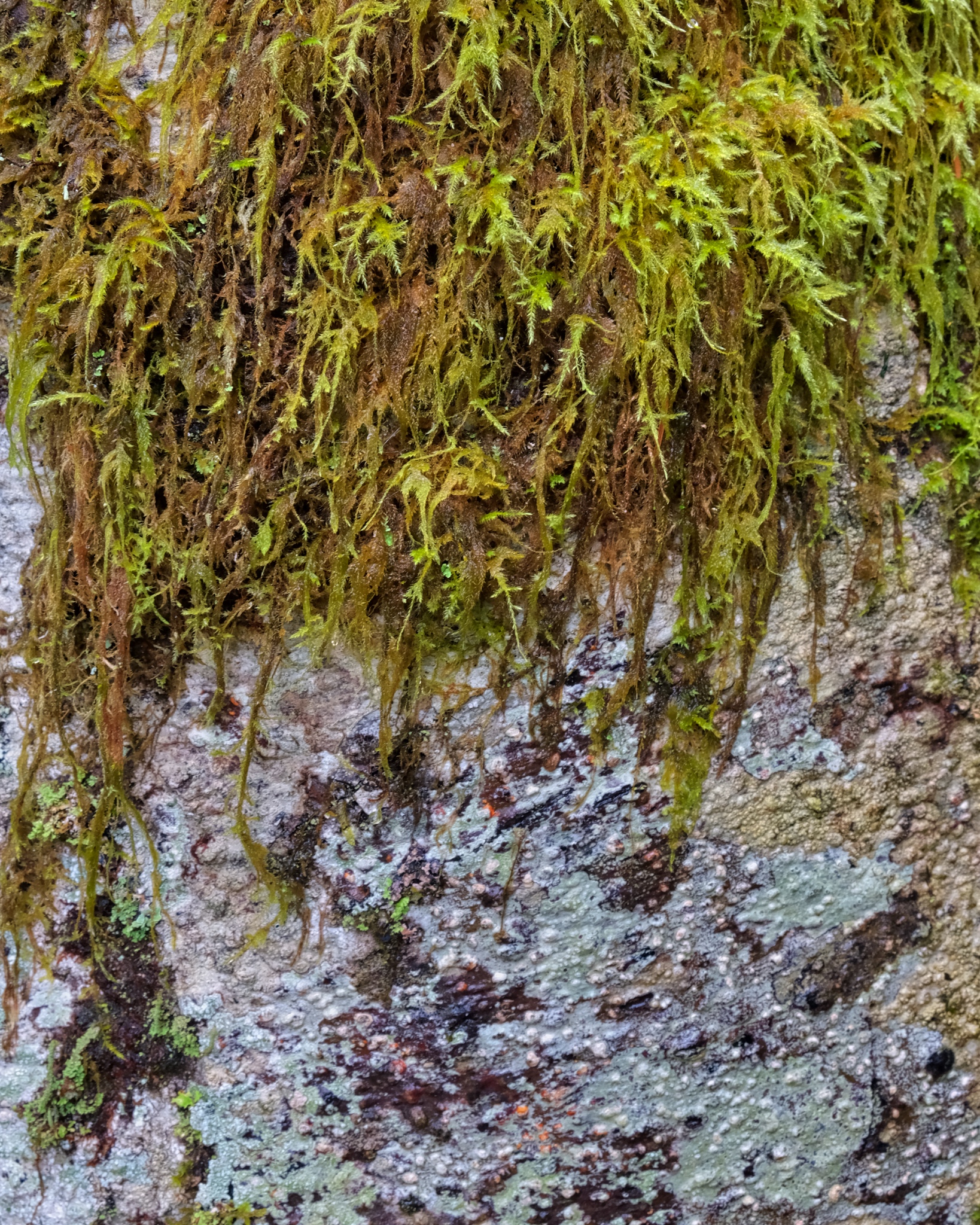
A Ramble in Scotland with a Visiting Friend (10/31 - 11/3, 2015)
 Sunday, March 18, 2018 at 11:18AM
Sunday, March 18, 2018 at 11:18AM Although I have left Scotland and am living back in Bangkok now, I am still going through photos I took on my many photographic rambles. This entry is of a three day ramble (mostly the northeast of Scotland) I took when my good friend John Stiles visited me. I took many, many photos on this ramble, so it will take some time for me to complete it. These are 'The Best of John's Visit.' Enjoy.
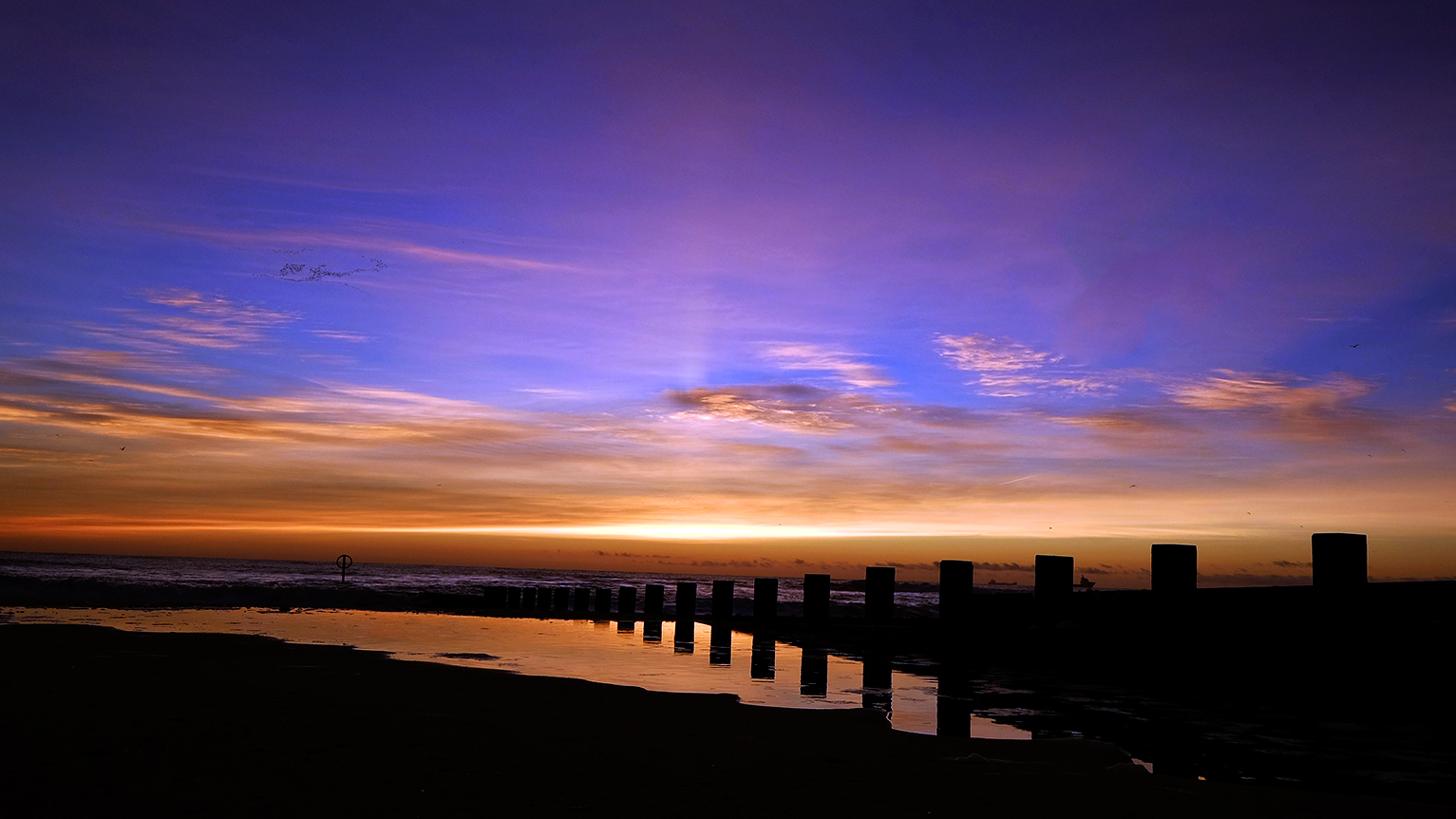 A North Sea sunrise along the Aberdeen Esplanade. Just above freezing.
A North Sea sunrise along the Aberdeen Esplanade. Just above freezing.
 First Light. North Sea.
First Light. North Sea.
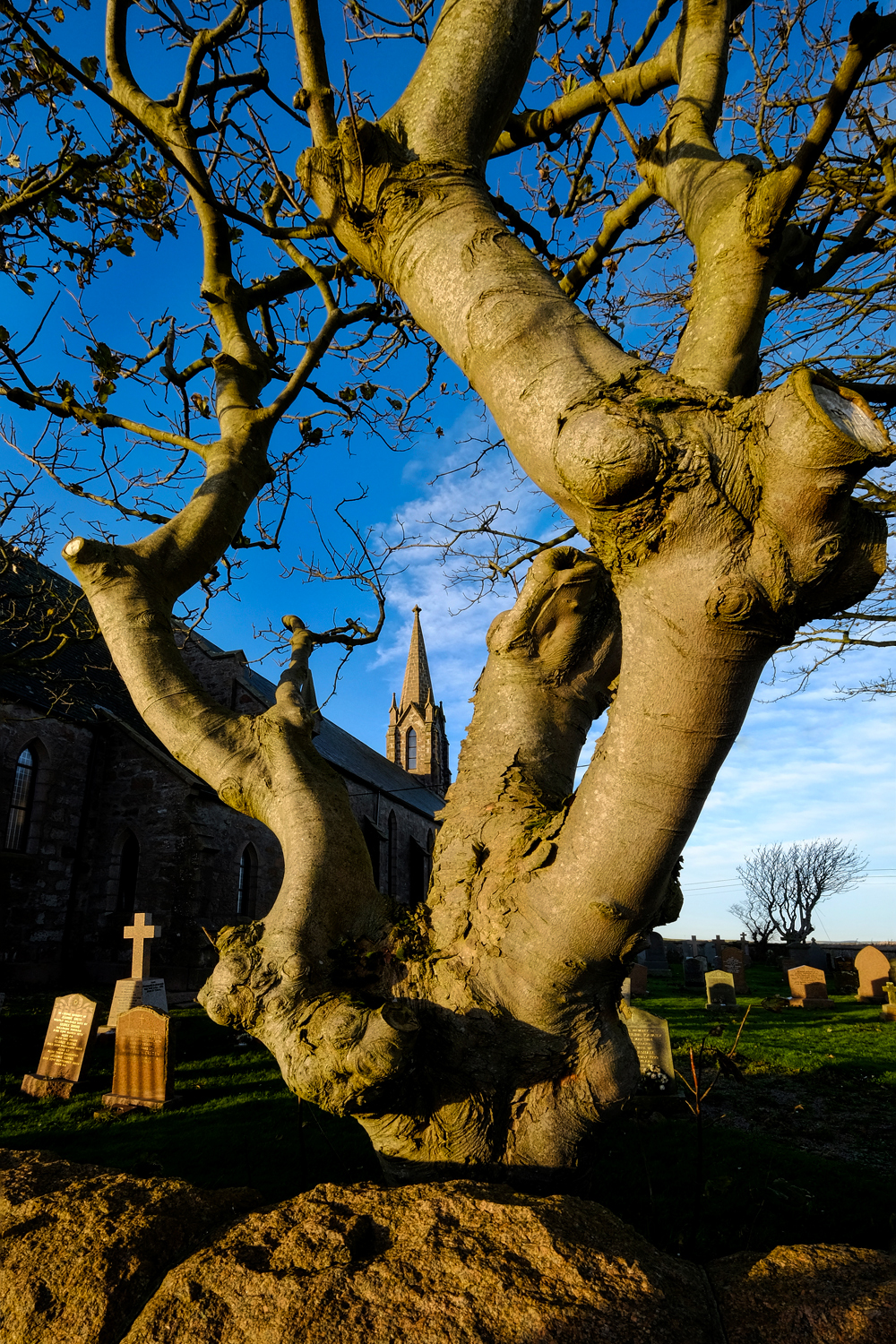 A church along an Aberdeenshire rural road.
A church along an Aberdeenshire rural road.
 Stunning November weather for northeast Scotland.
Stunning November weather for northeast Scotland.
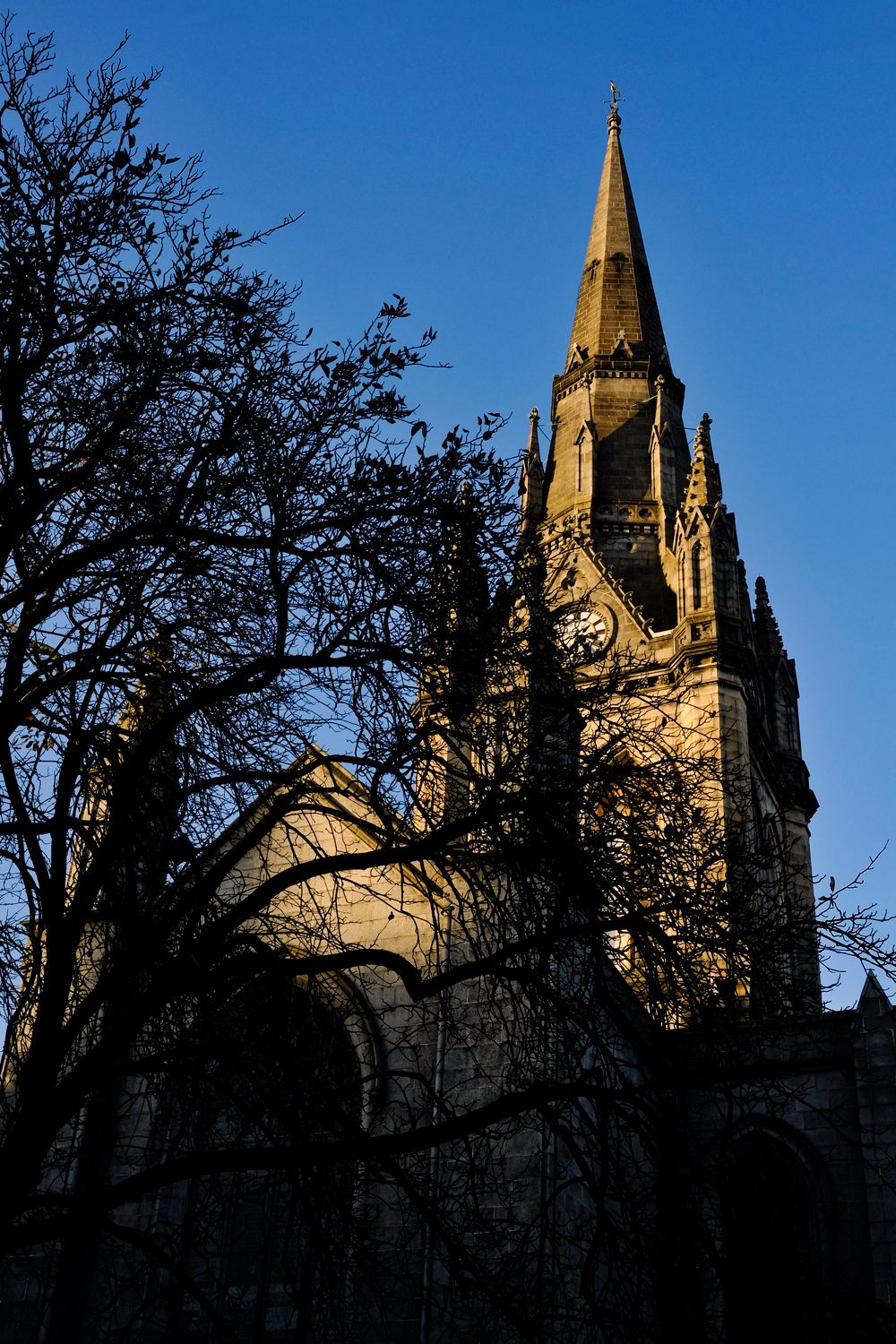 I the middle of the Aberdeen city centre is a wonderful church and cemetery.
I the middle of the Aberdeen city centre is a wonderful church and cemetery.
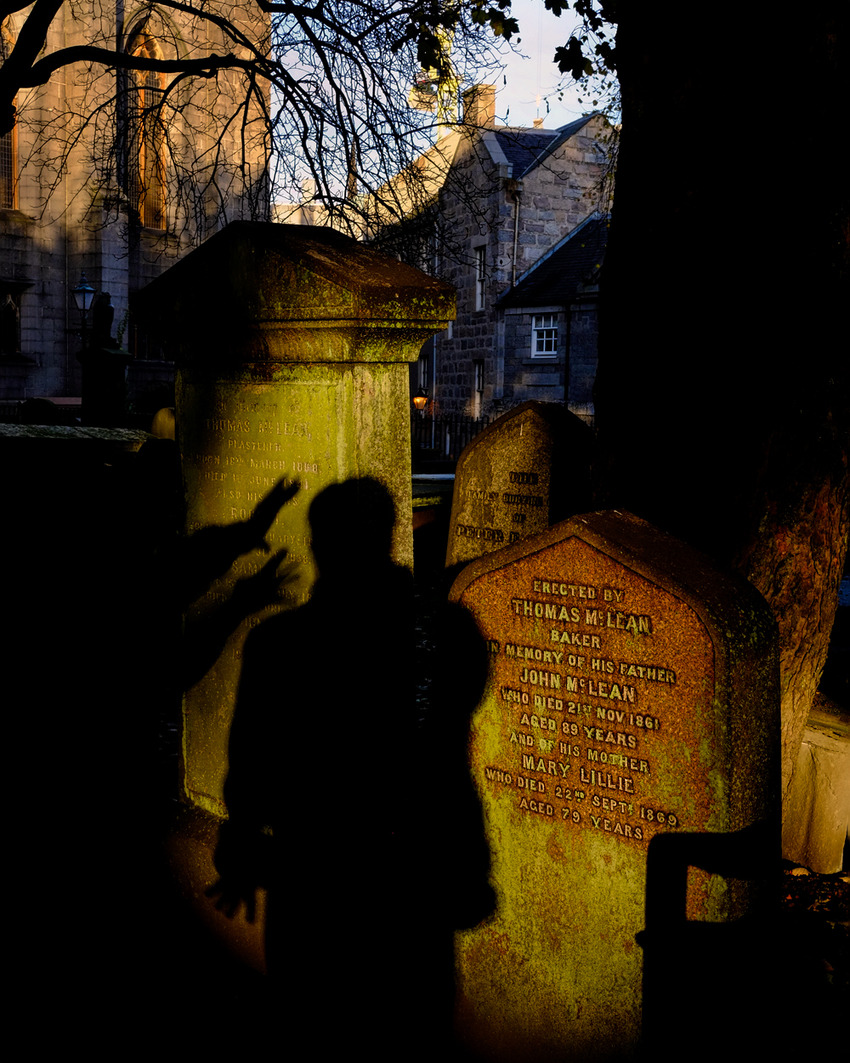 When an old friend visits that you haven't seen in a while, and it's Halloween, and you are in an old graveyard . . . you must play!
When an old friend visits that you haven't seen in a while, and it's Halloween, and you are in an old graveyard . . . you must play!
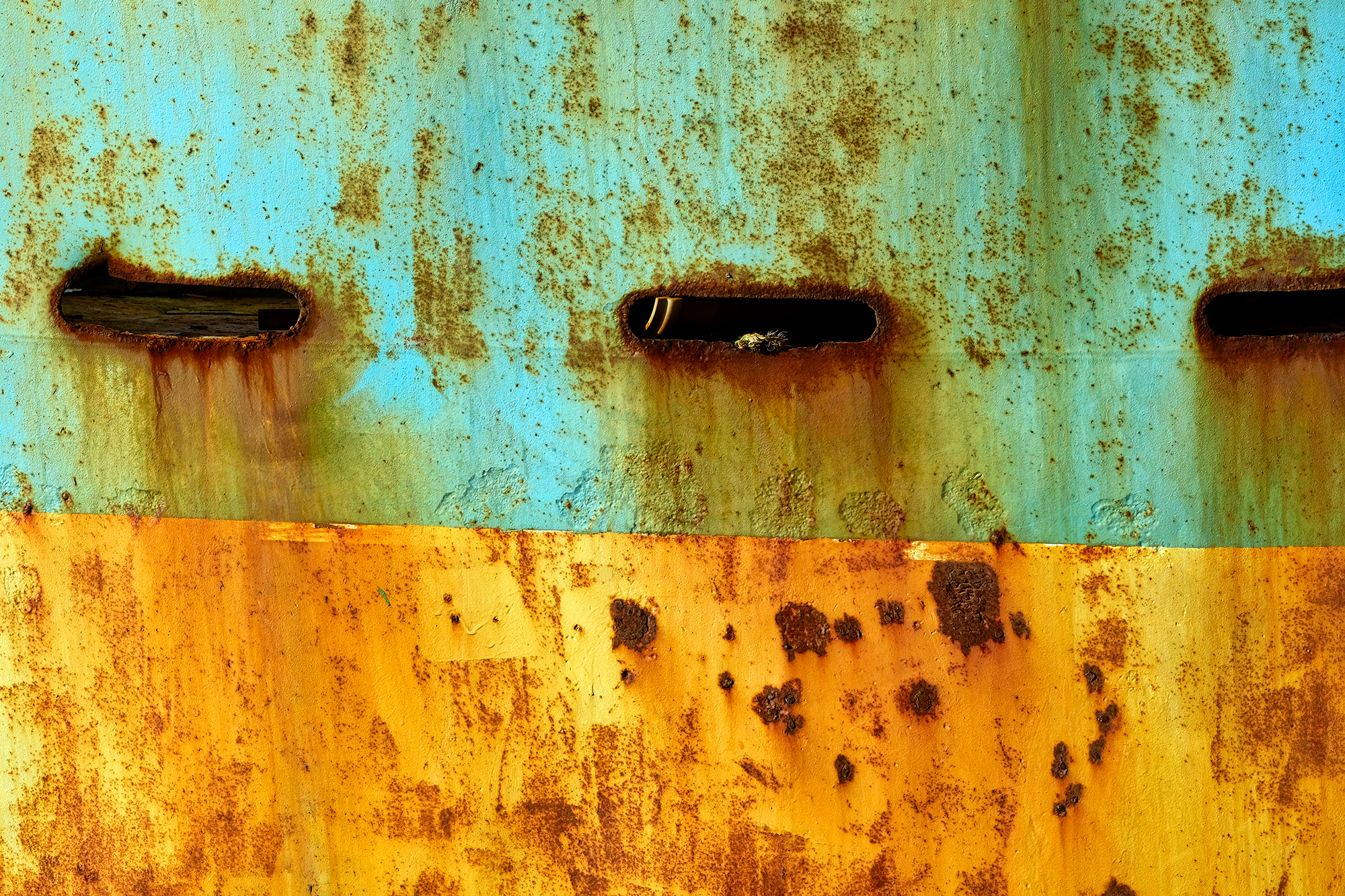 After that stunning sunrise at the Aberdeen Esplanade, our day one ramble took us up the coast to the little fishing berg of Baddam where the hulls of the beached trawlers provided extraordinary abstract studies in decay and color.
After that stunning sunrise at the Aberdeen Esplanade, our day one ramble took us up the coast to the little fishing berg of Baddam where the hulls of the beached trawlers provided extraordinary abstract studies in decay and color.
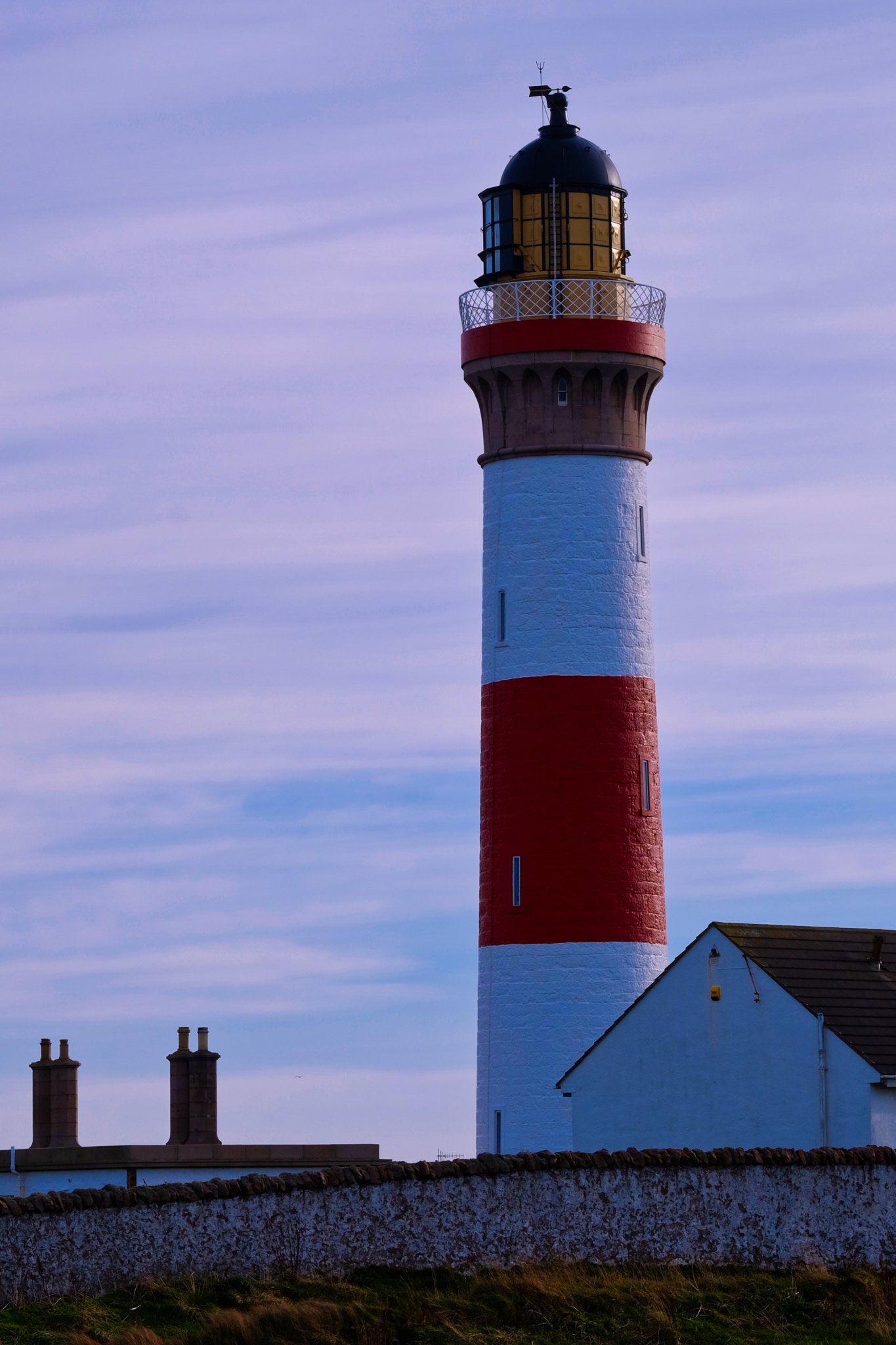 The lighthouse at Baddam.
The lighthouse at Baddam.
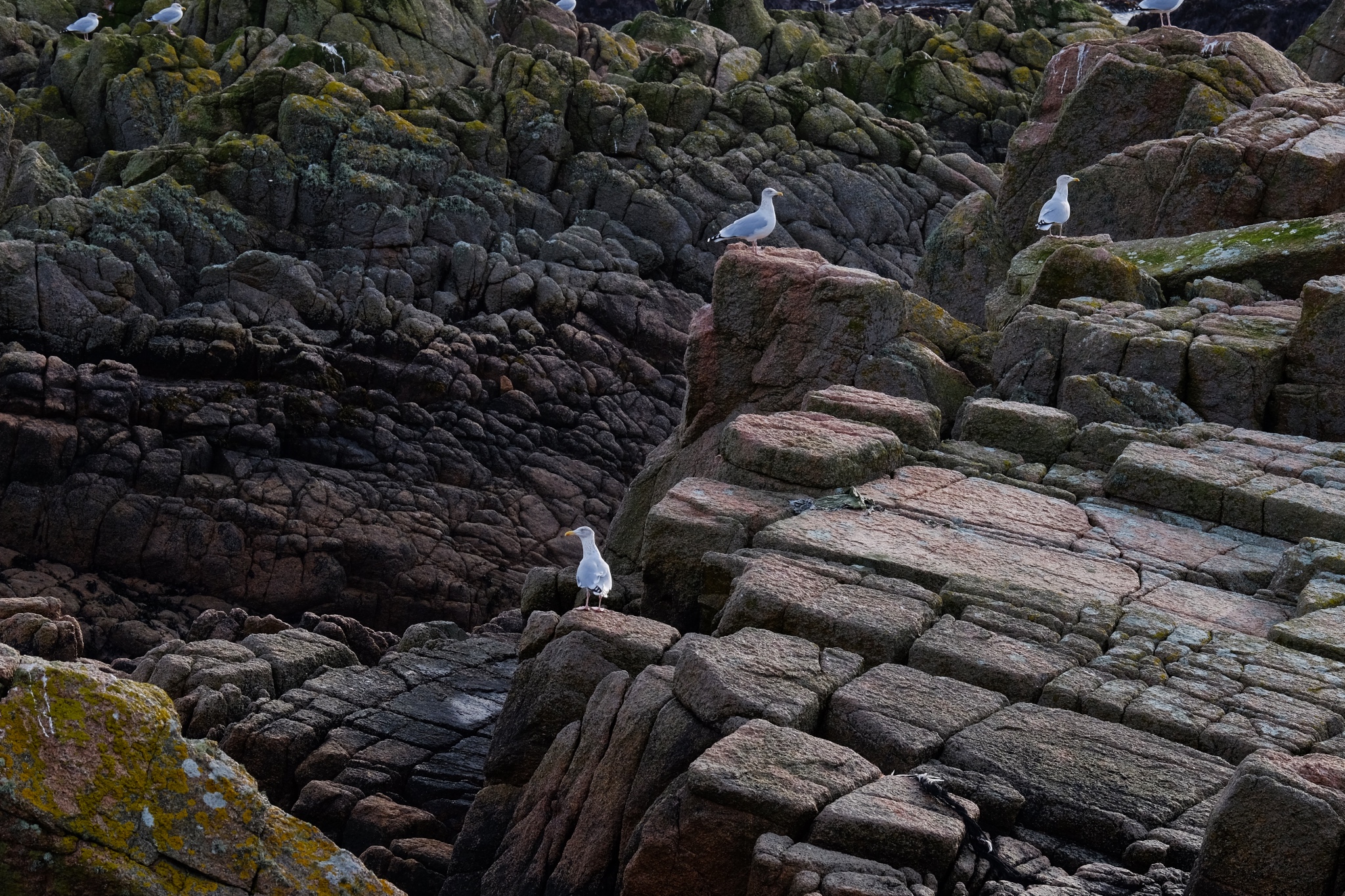 Exposed rocks near Baddam harbour.
Exposed rocks near Baddam harbour.
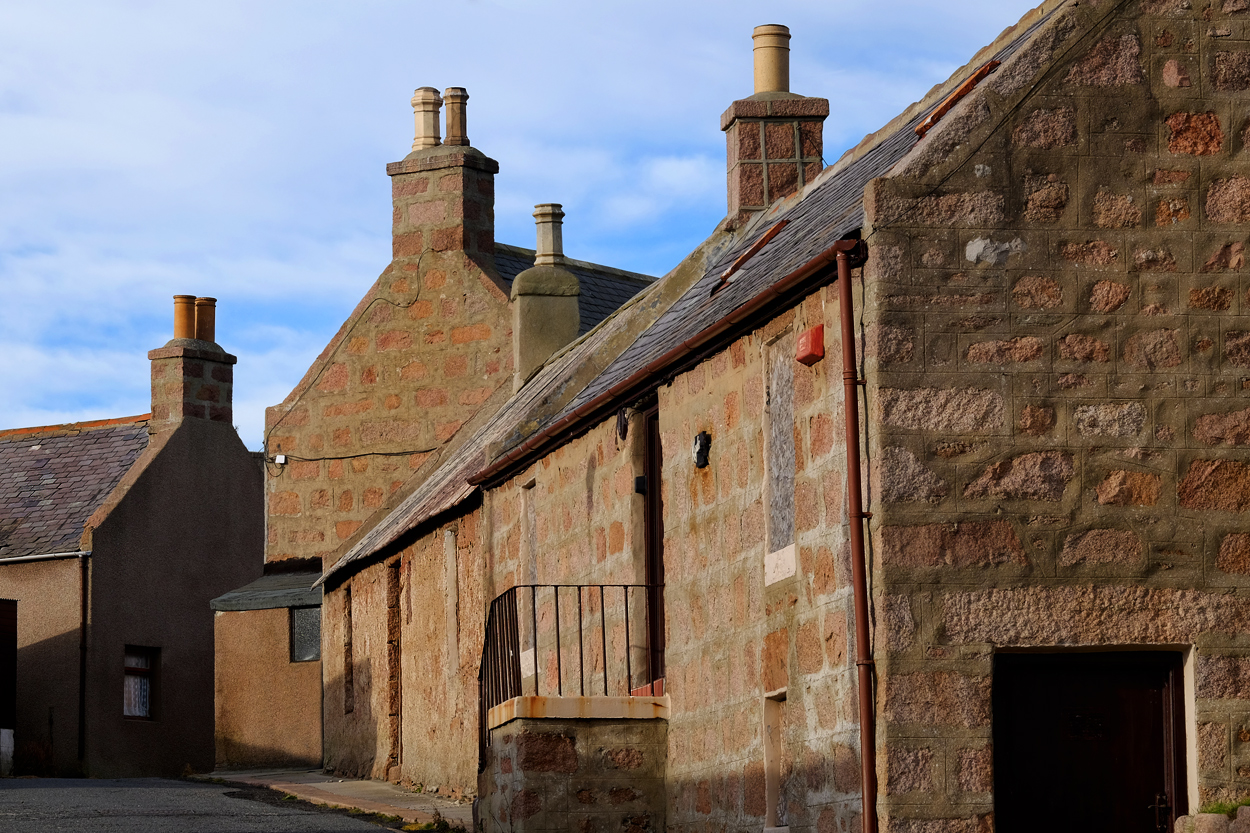 The austere old section of Baddam village.
The austere old section of Baddam village.
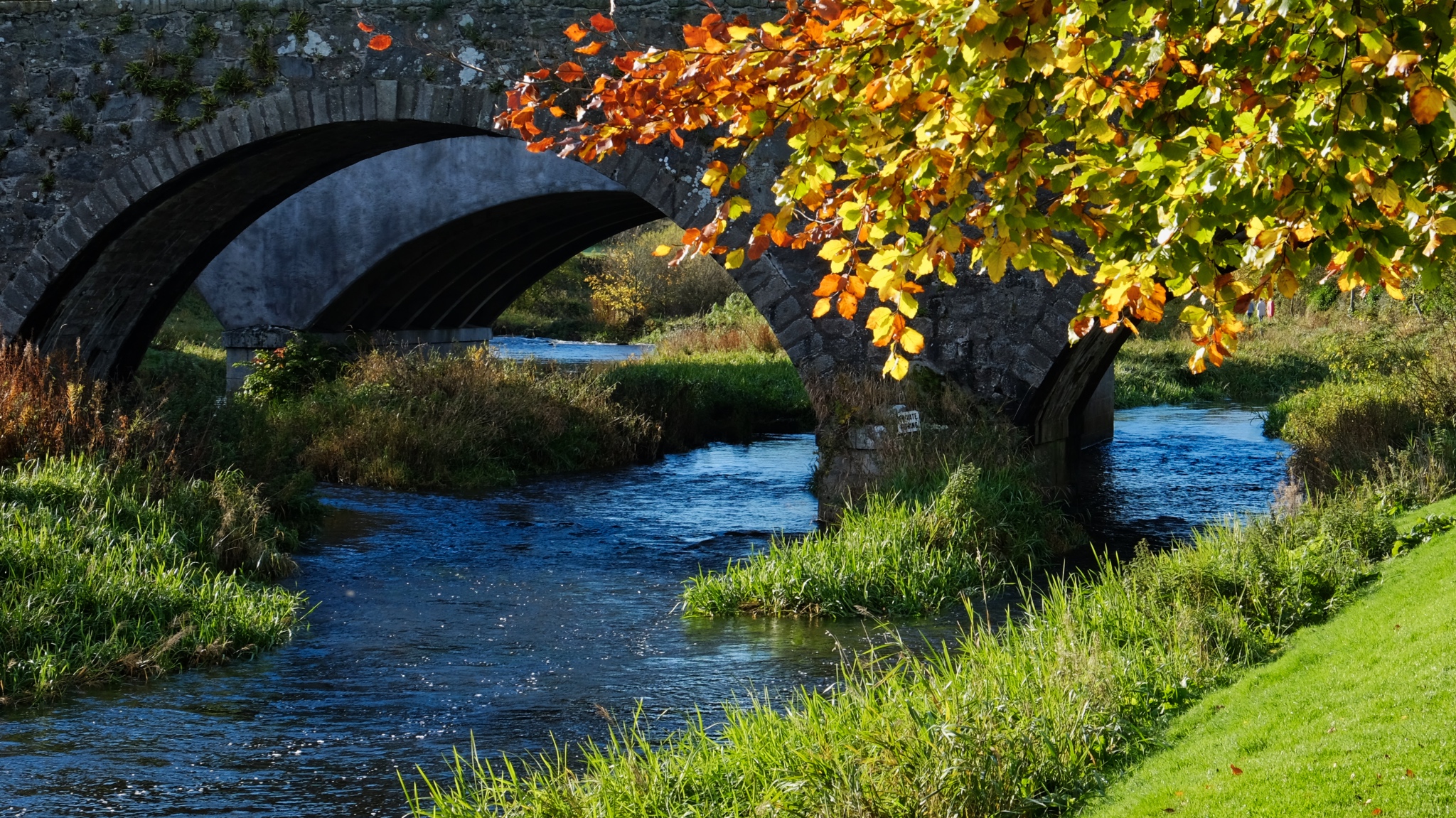 All along our small road route, we were continually 'discovering' fantastically beautiful scenes.
All along our small road route, we were continually 'discovering' fantastically beautiful scenes.
 The stunning Fyvie Castle.
The stunning Fyvie Castle.
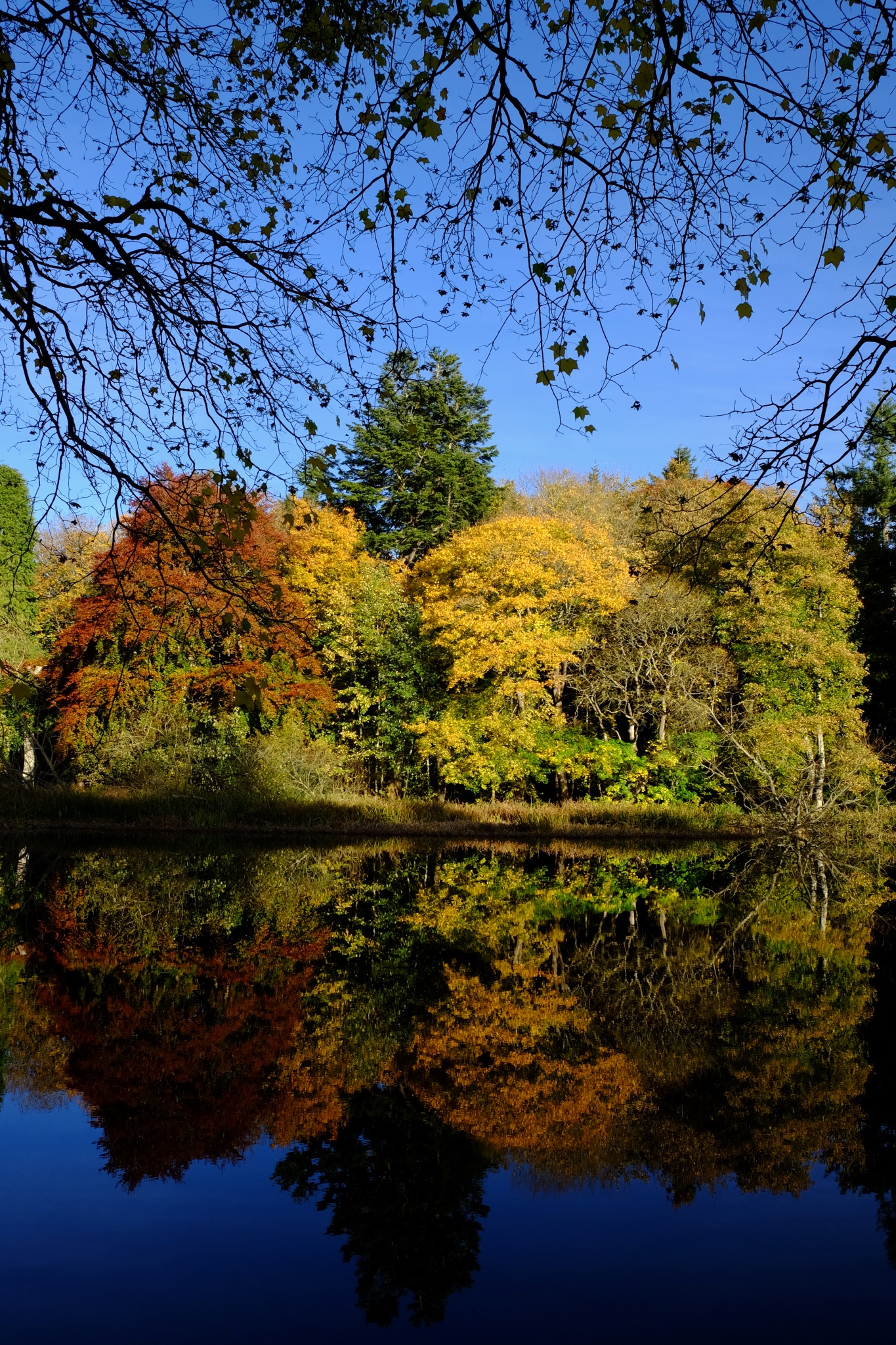 Gorgeous autumn scenes all around the grounds of Fyvie Castle.
Gorgeous autumn scenes all around the grounds of Fyvie Castle.
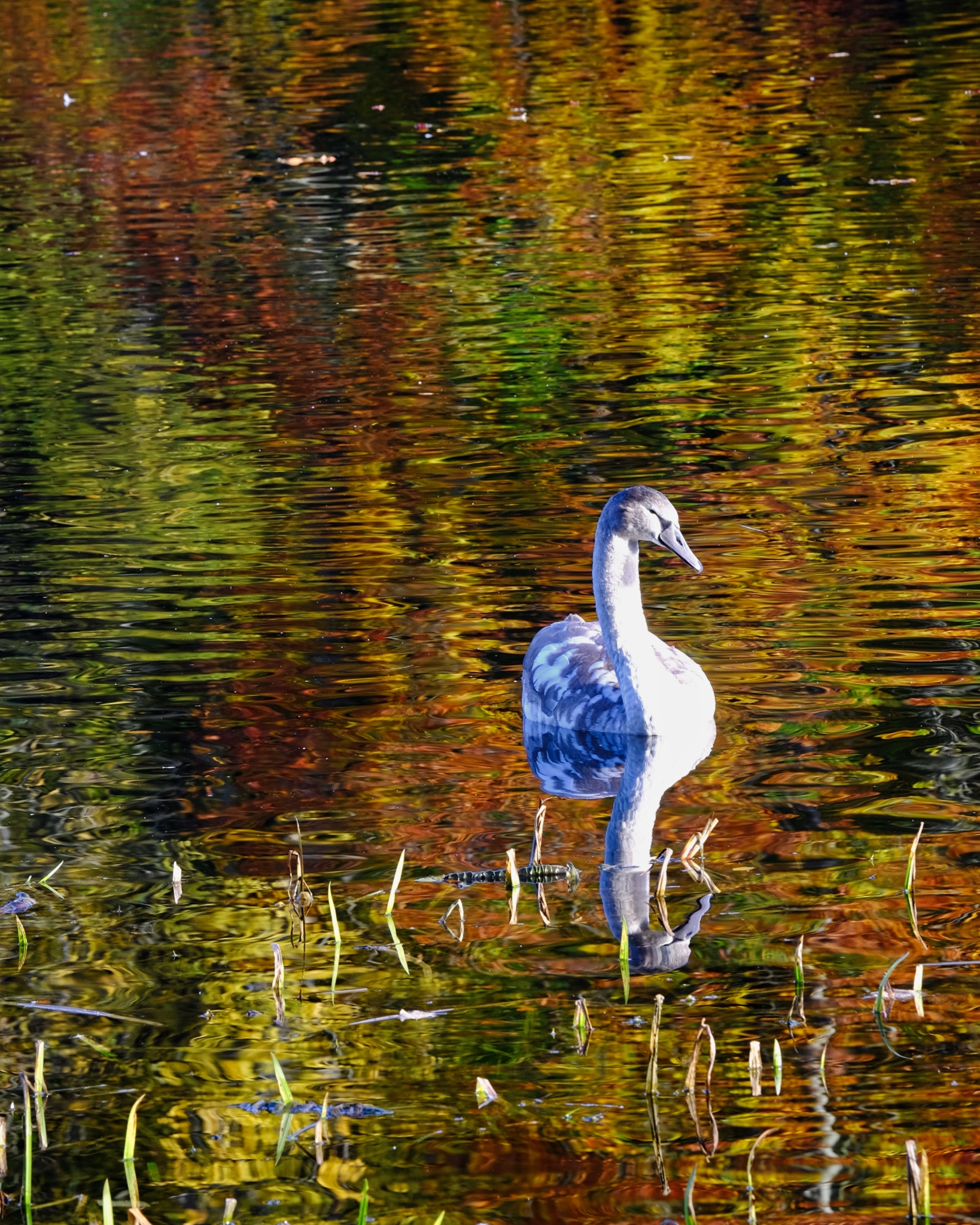 Superb Fall colors reflected in the castle goose pond.
Superb Fall colors reflected in the castle goose pond.
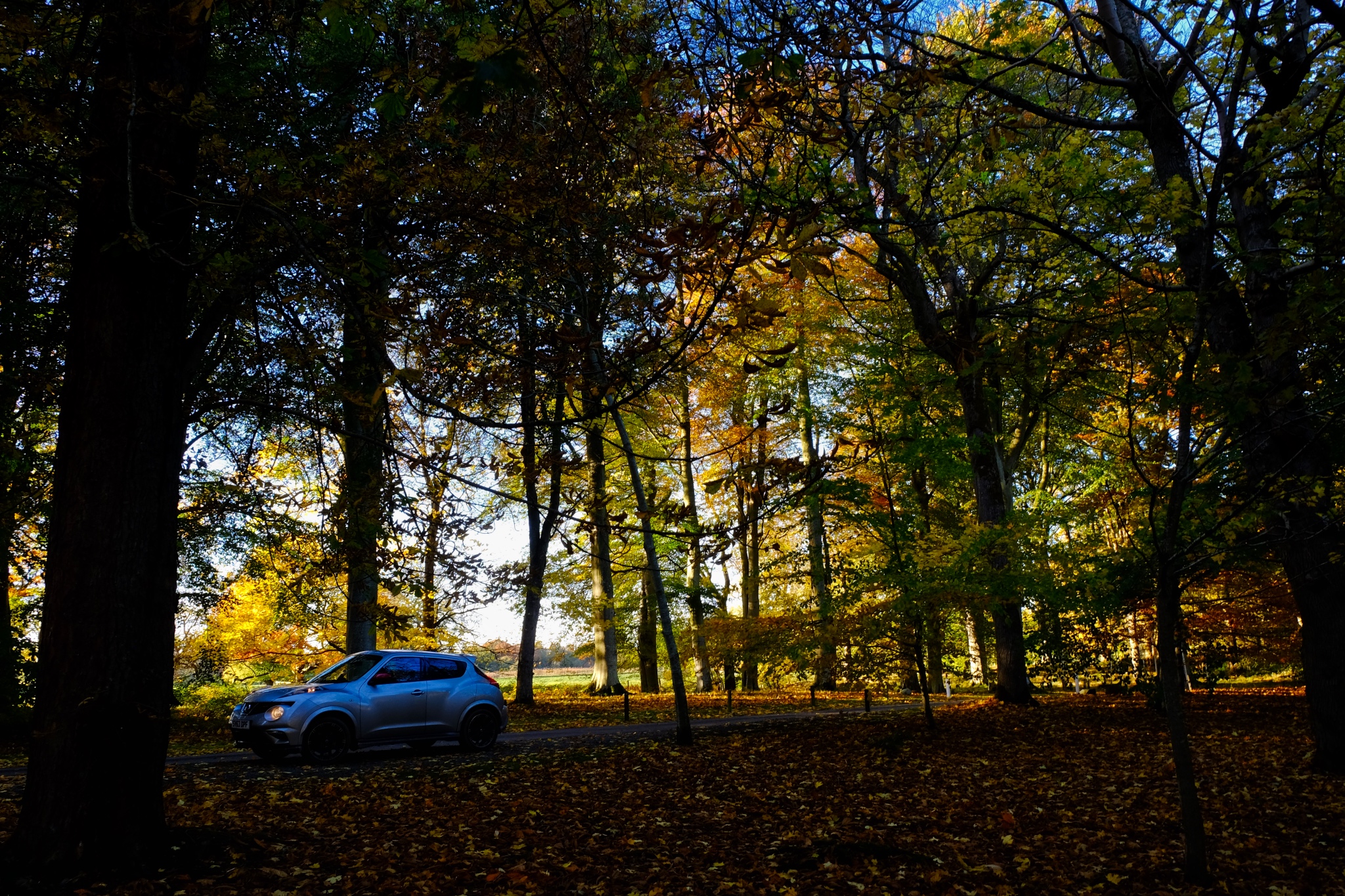 For three glorious days we rambled about the small roads of northeast Scotland. My AWD Juke NISMO was the perfect car for the narrow, winding, wet-leaf-covered country lanes.
For three glorious days we rambled about the small roads of northeast Scotland. My AWD Juke NISMO was the perfect car for the narrow, winding, wet-leaf-covered country lanes.
 Castles and castle ruins everywhere in Aberdeenshire.
Castles and castle ruins everywhere in Aberdeenshire.
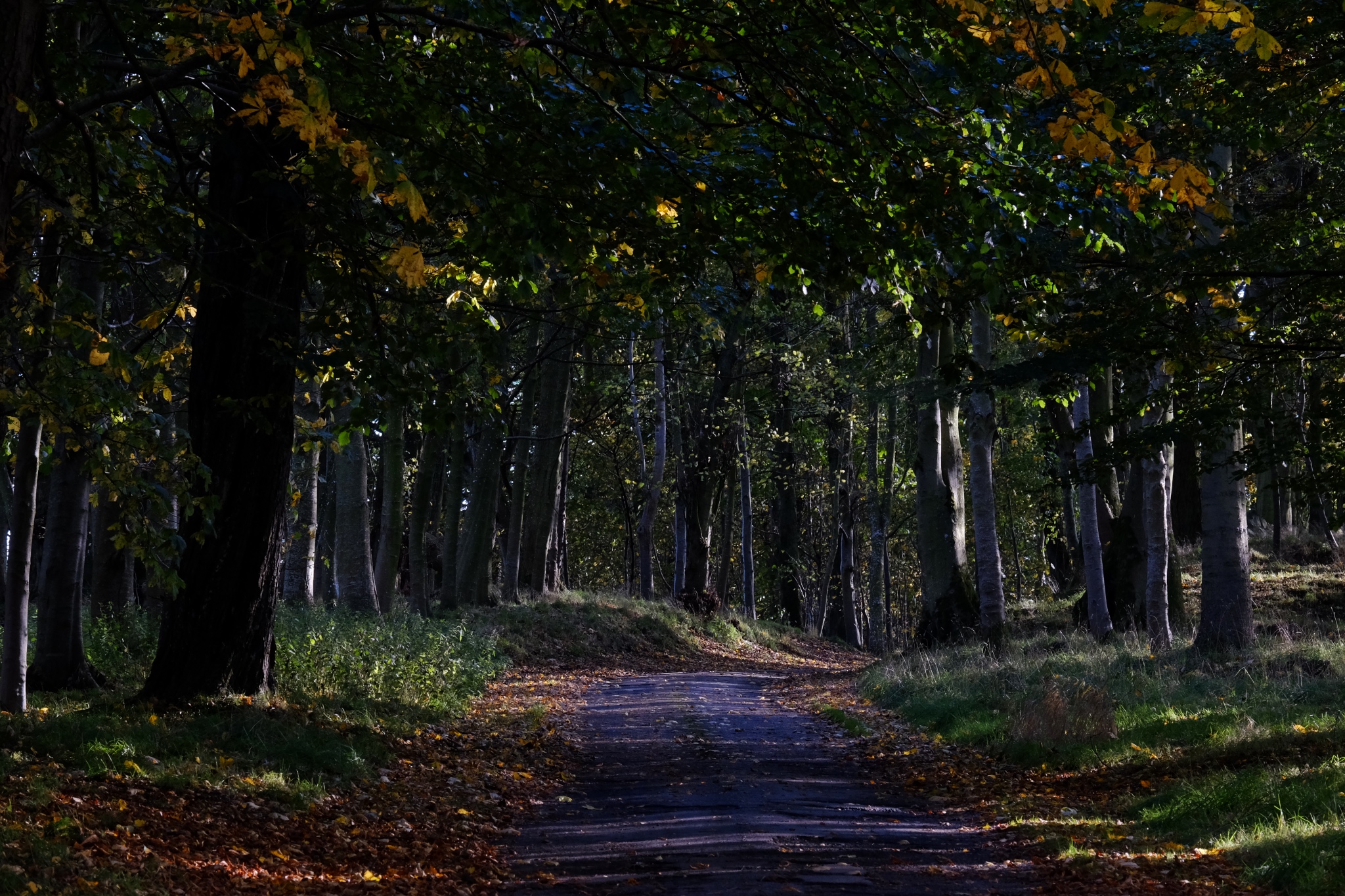 The Aberdeenshire roads would alternately suddenly diving into the deep shade of small forests . . .
The Aberdeenshire roads would alternately suddenly diving into the deep shade of small forests . . .
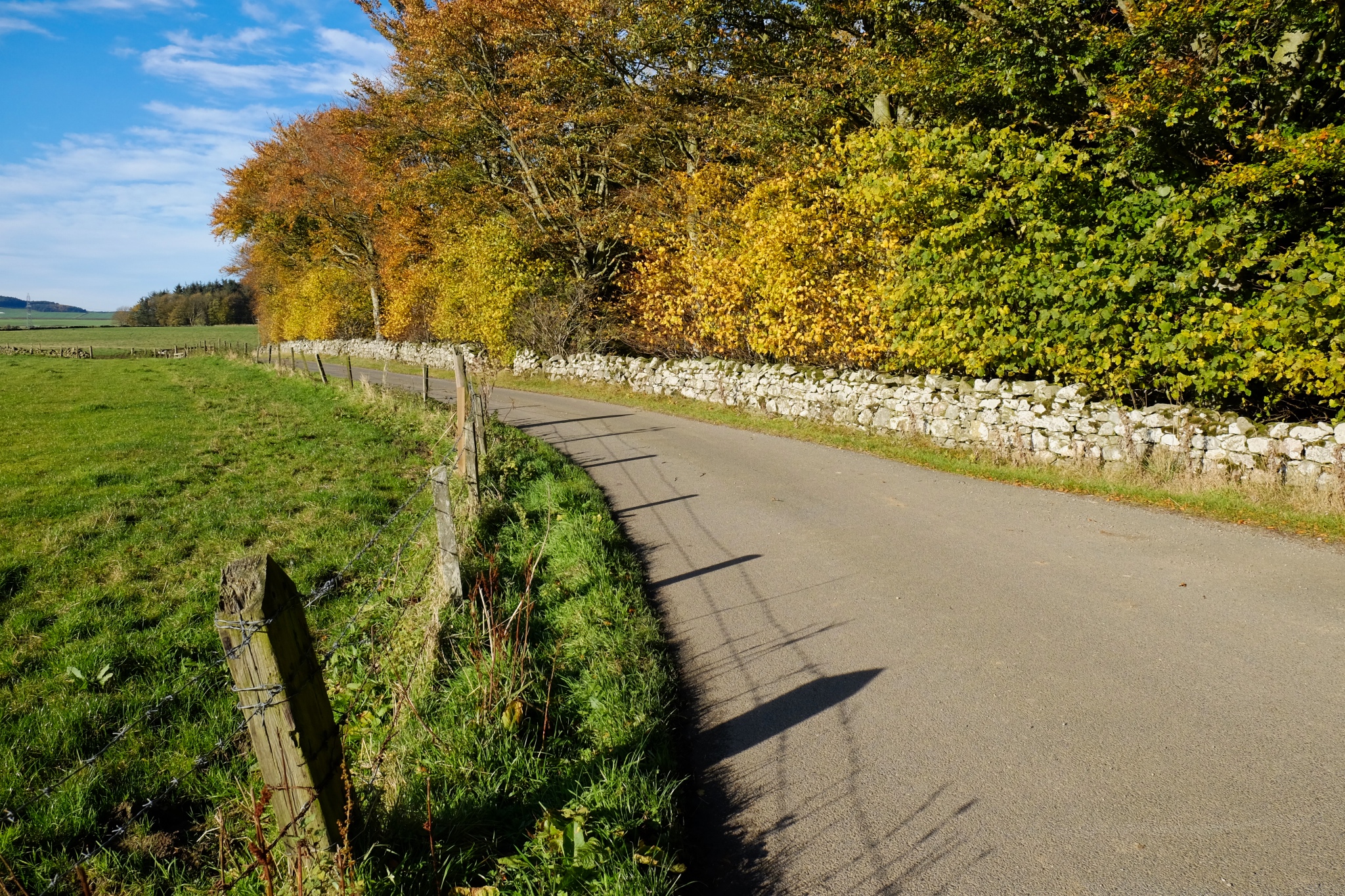 . . . and back out onto the bright, stone wall lined country roads.
. . . and back out onto the bright, stone wall lined country roads.
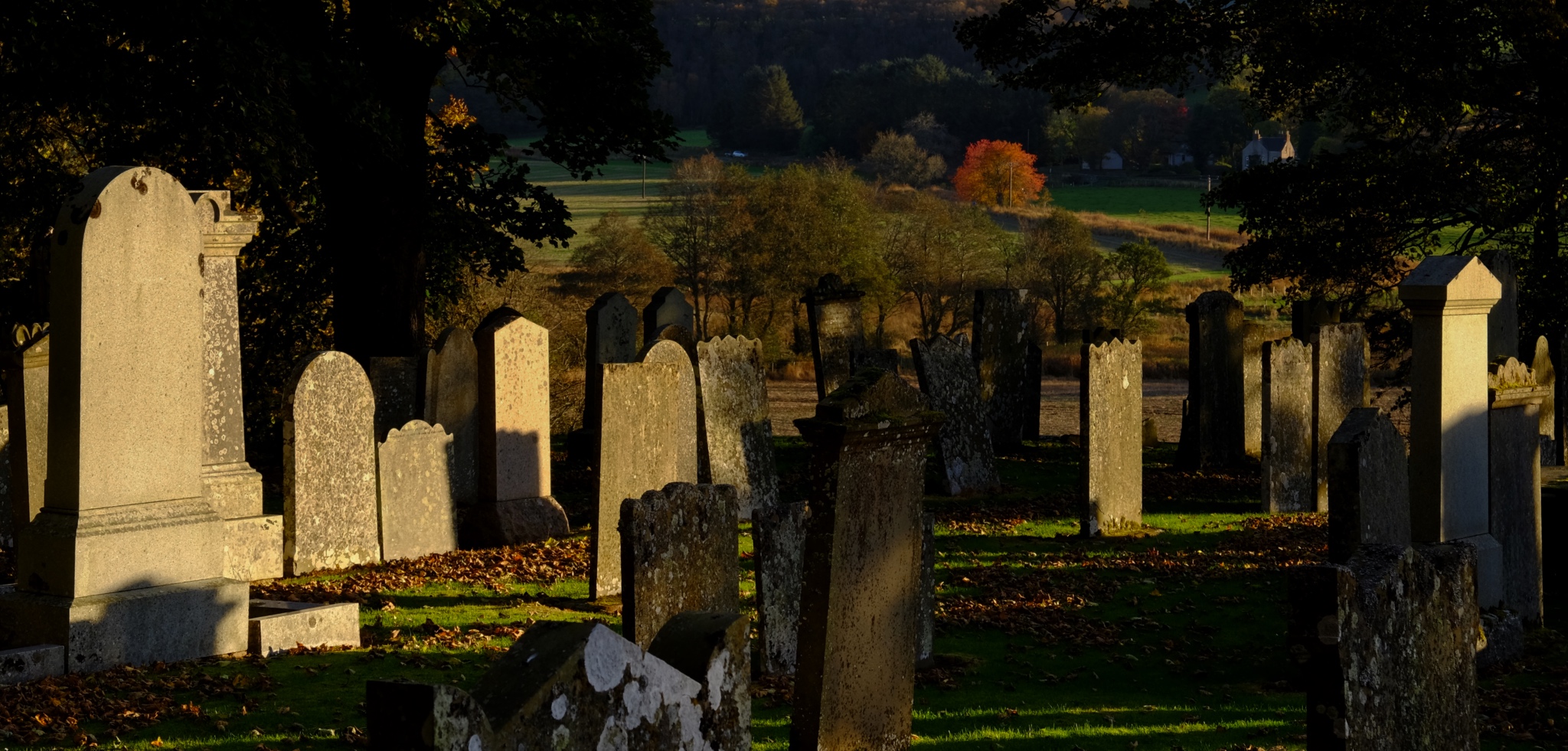 We were always up for a quick stop at an old country cemetery.
We were always up for a quick stop at an old country cemetery.
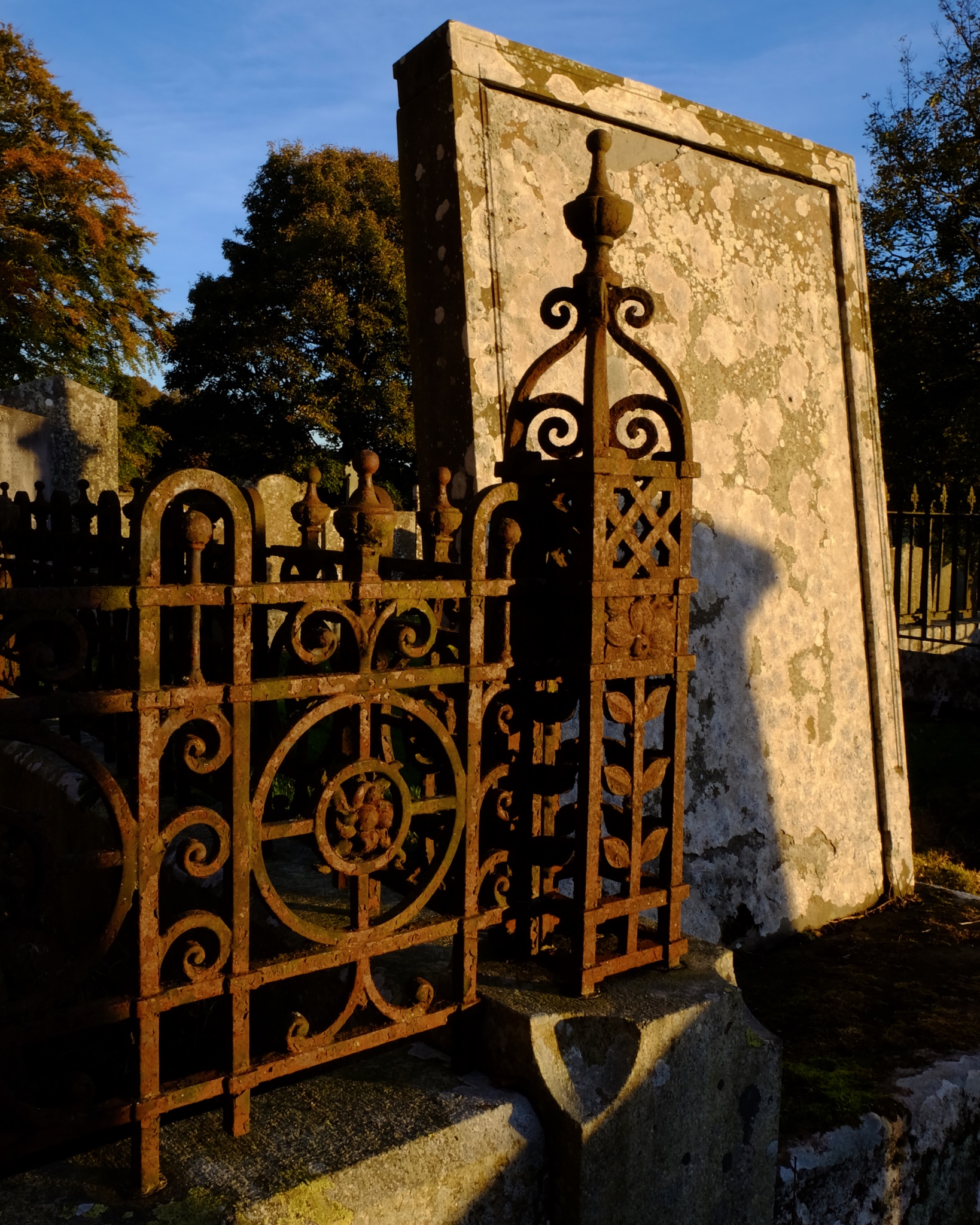 There is so much to see in the old cemeteries: colors, textures, old surfaces . . . . and . . . .
There is so much to see in the old cemeteries: colors, textures, old surfaces . . . . and . . . .
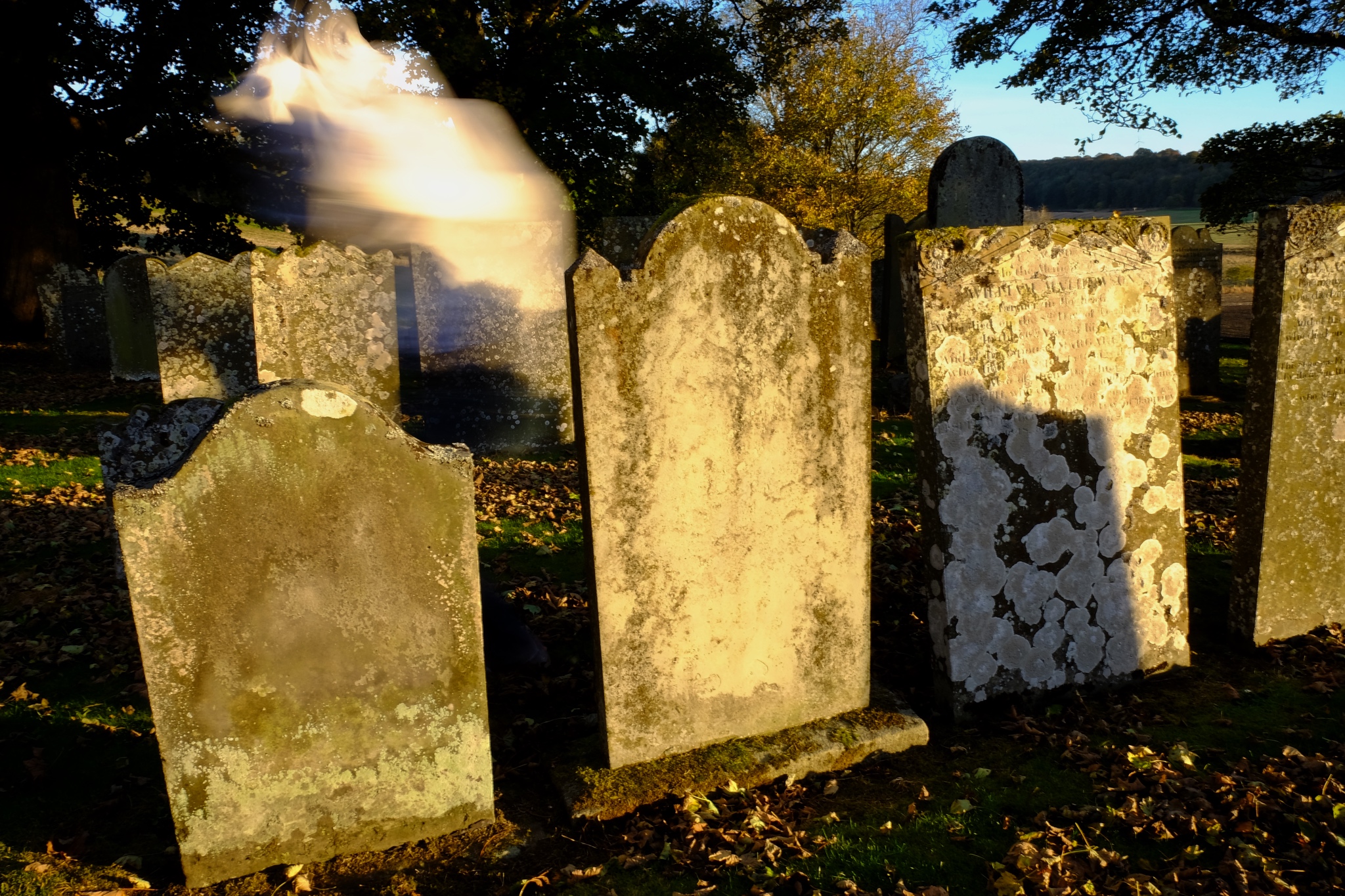 . . . and the occasional Class III freefloating spirit vapour.
. . . and the occasional Class III freefloating spirit vapour.
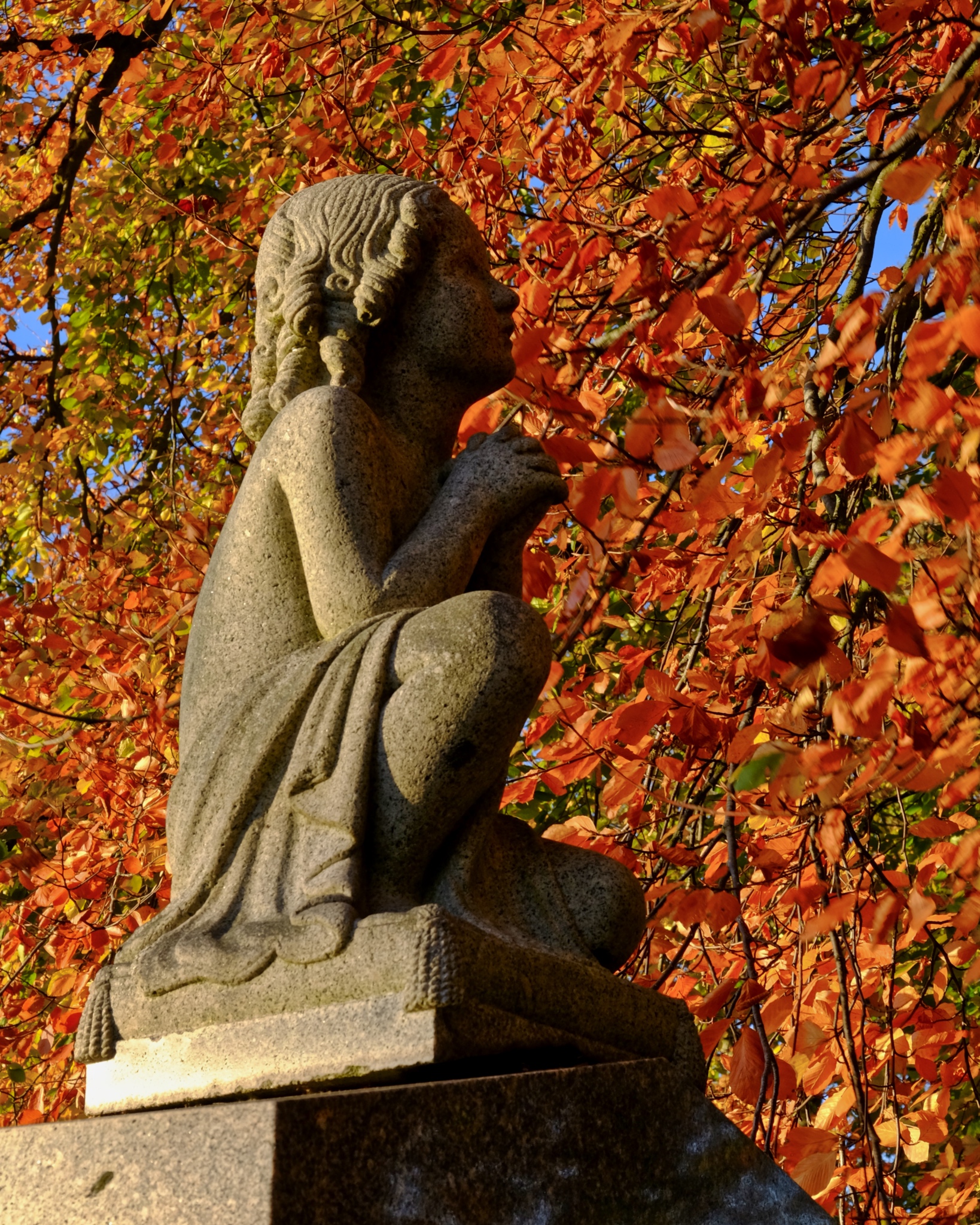 Autumn in a Scottish cemetery can be very beautiful.
Autumn in a Scottish cemetery can be very beautiful.
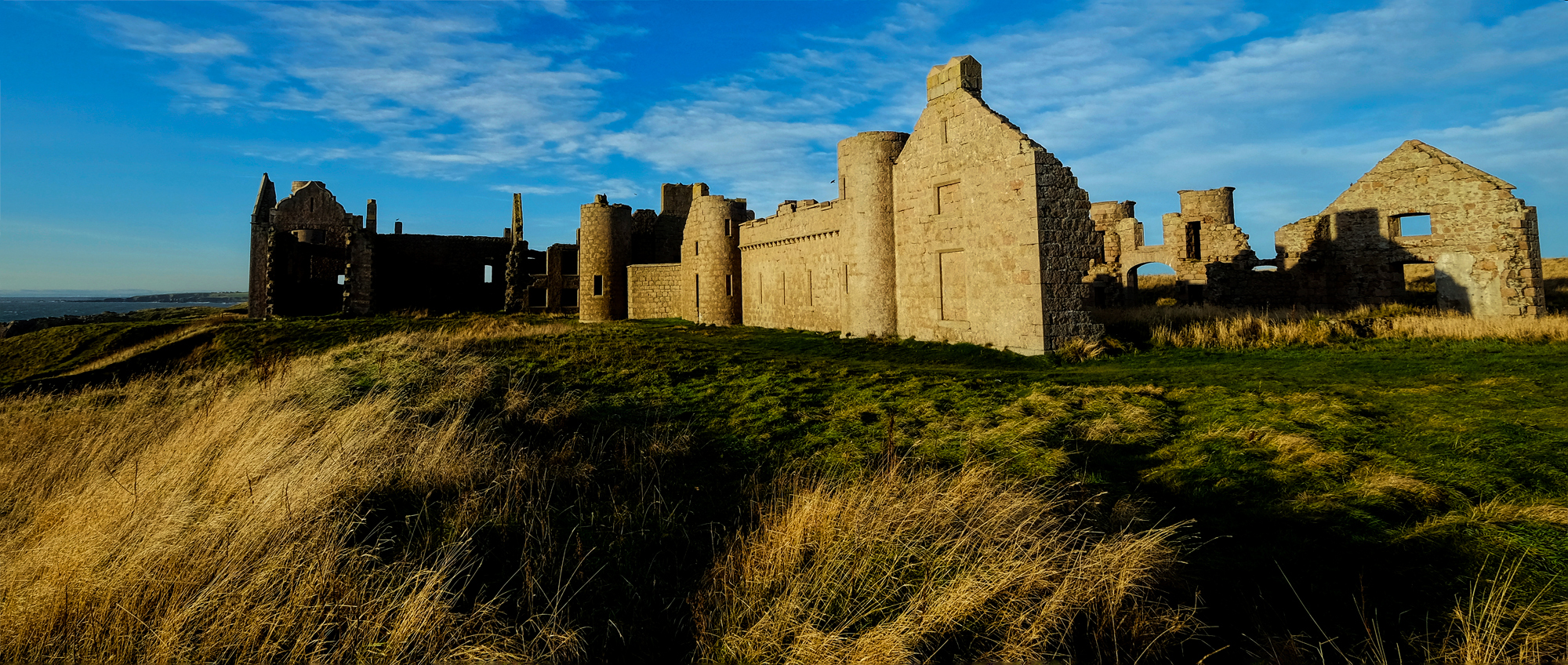 No trip to Aberdeenshire would be complete without a stop at New Slaines Castle . . . a photographer's paradise.
No trip to Aberdeenshire would be complete without a stop at New Slaines Castle . . . a photographer's paradise.
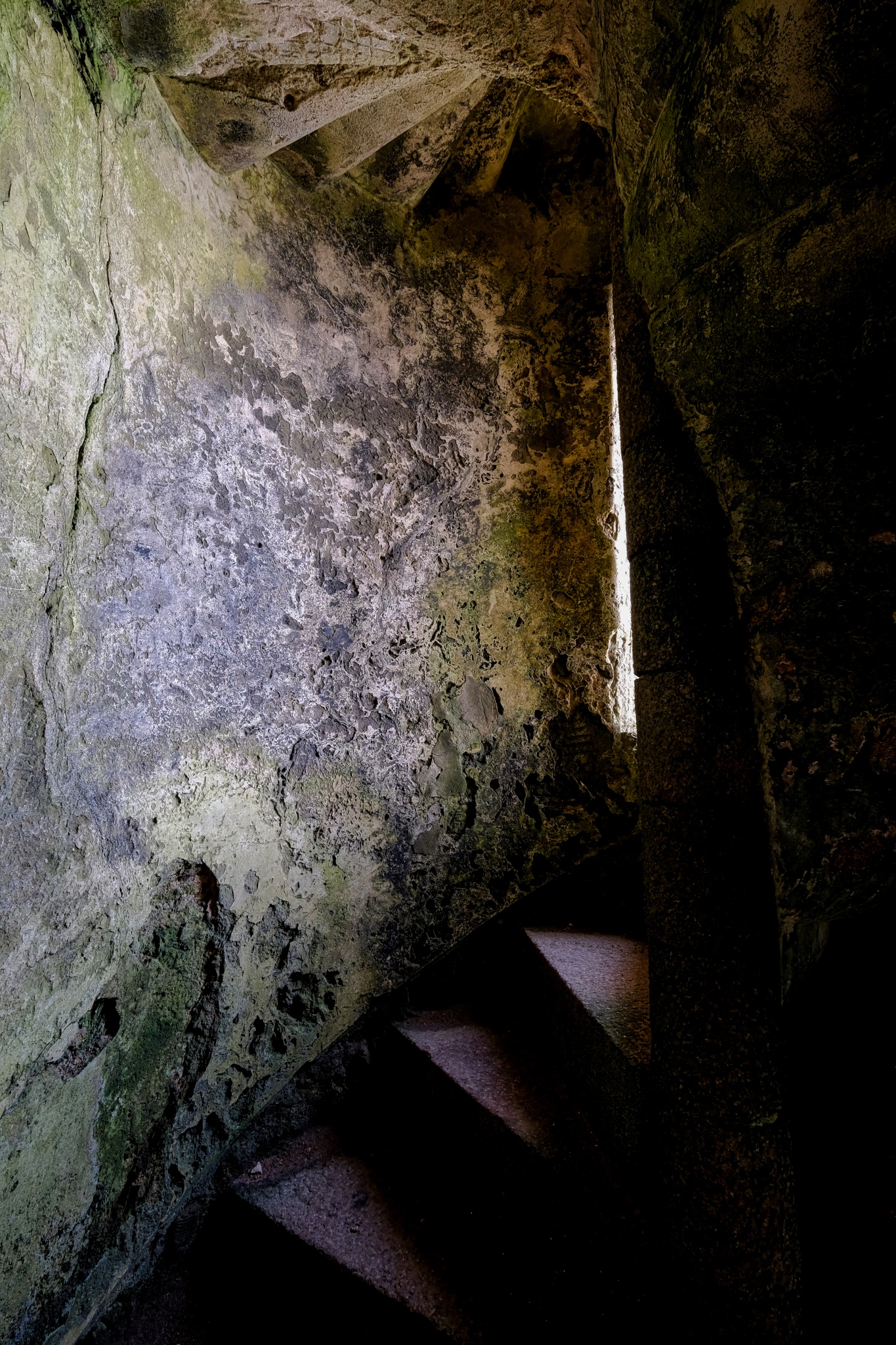 A stairwell in the ruins of New Slains Castle.
A stairwell in the ruins of New Slains Castle.
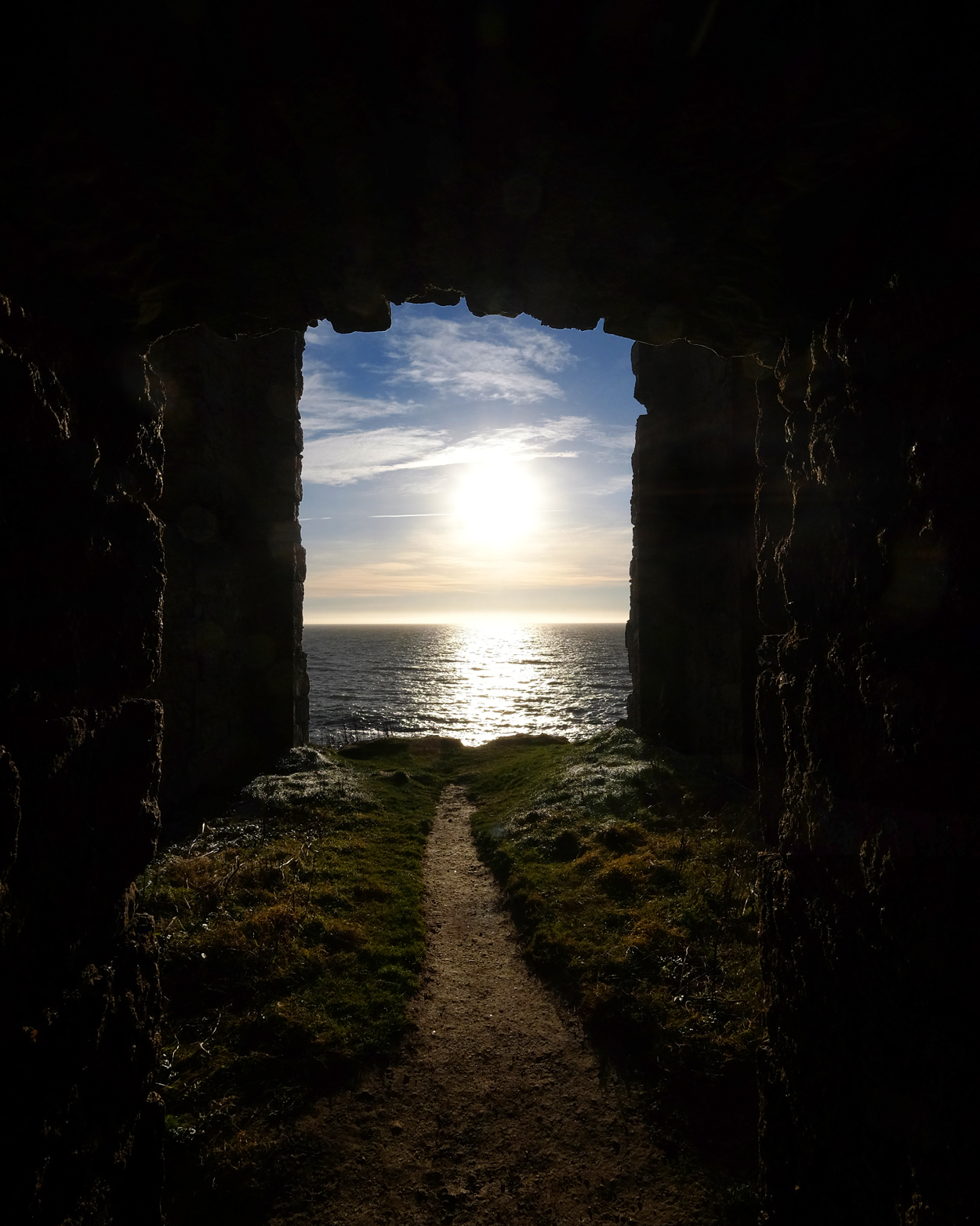 Some of the views from inside the castle ruins onto the North Sea were stunning.
Some of the views from inside the castle ruins onto the North Sea were stunning.
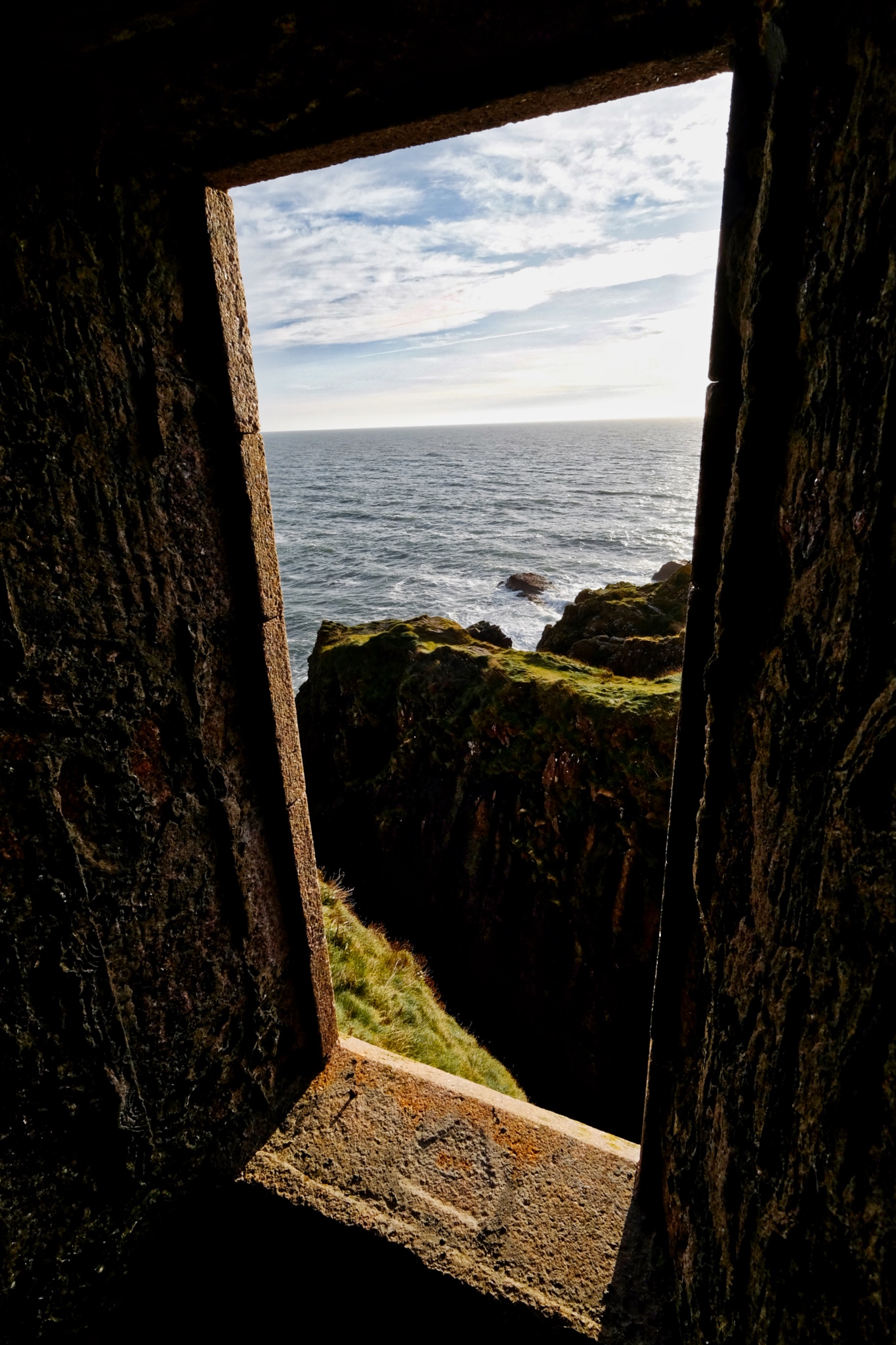 North Sea view from New Slaines Castle, Aberdeenshire, Scotland.
North Sea view from New Slaines Castle, Aberdeenshire, Scotland.
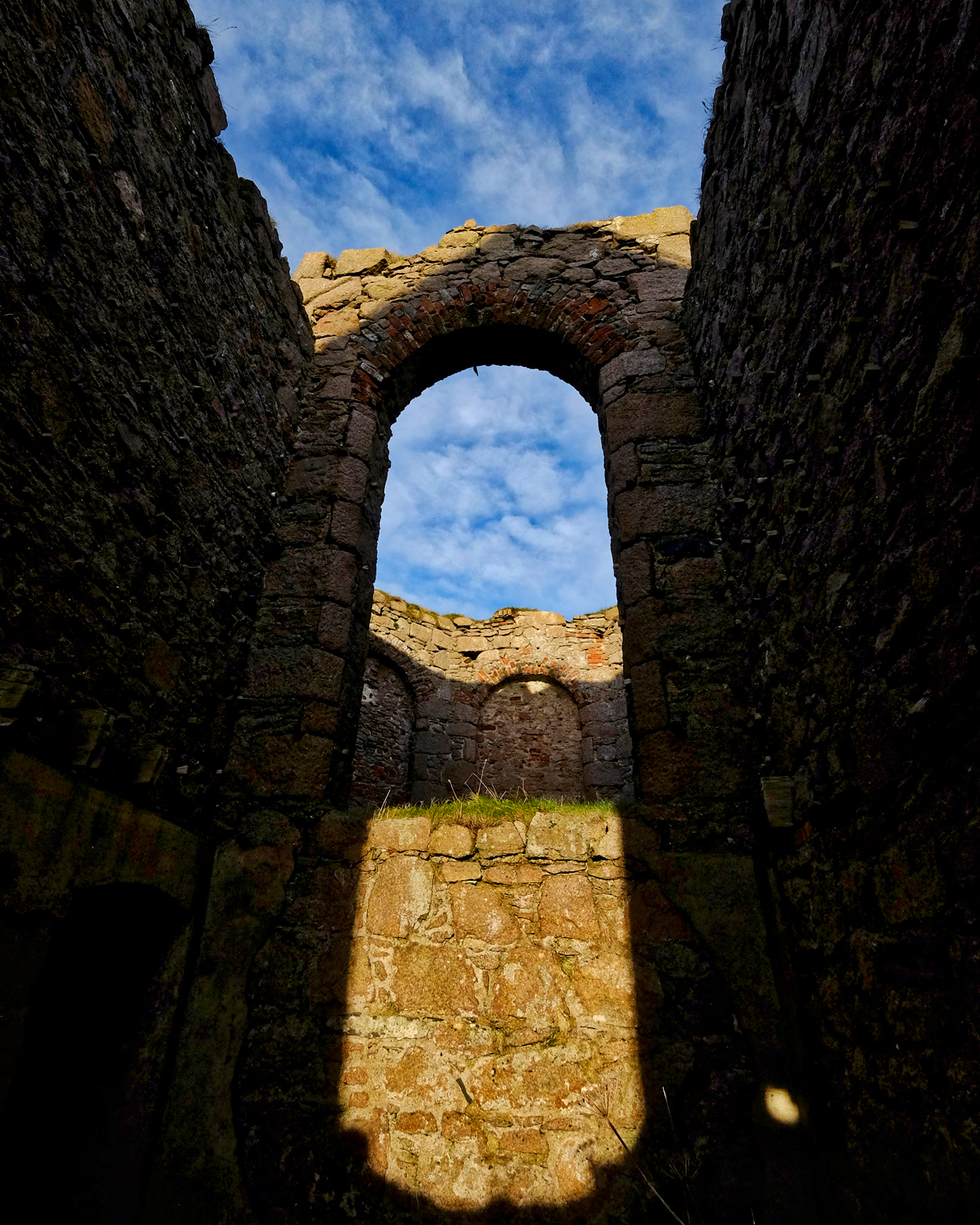 John and I spent several hours wandering around inside the ruins of New Slaines Castle enjoying the play of light and shadow on the deserted halls and rooms . . .
John and I spent several hours wandering around inside the ruins of New Slaines Castle enjoying the play of light and shadow on the deserted halls and rooms . . .  . . . as well as making portraits of each other among the ruins.
. . . as well as making portraits of each other among the ruins.
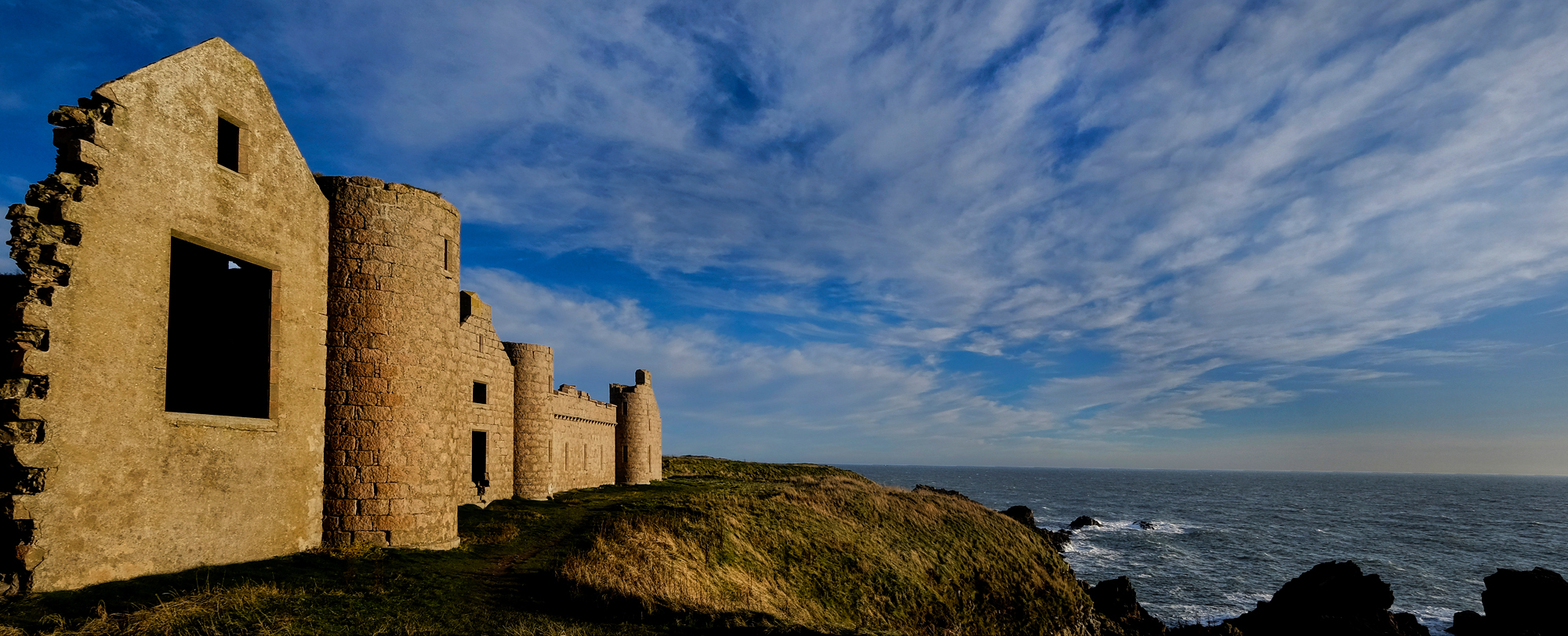 The castle on the North Sea cliffs, New Slaines.
The castle on the North Sea cliffs, New Slaines.
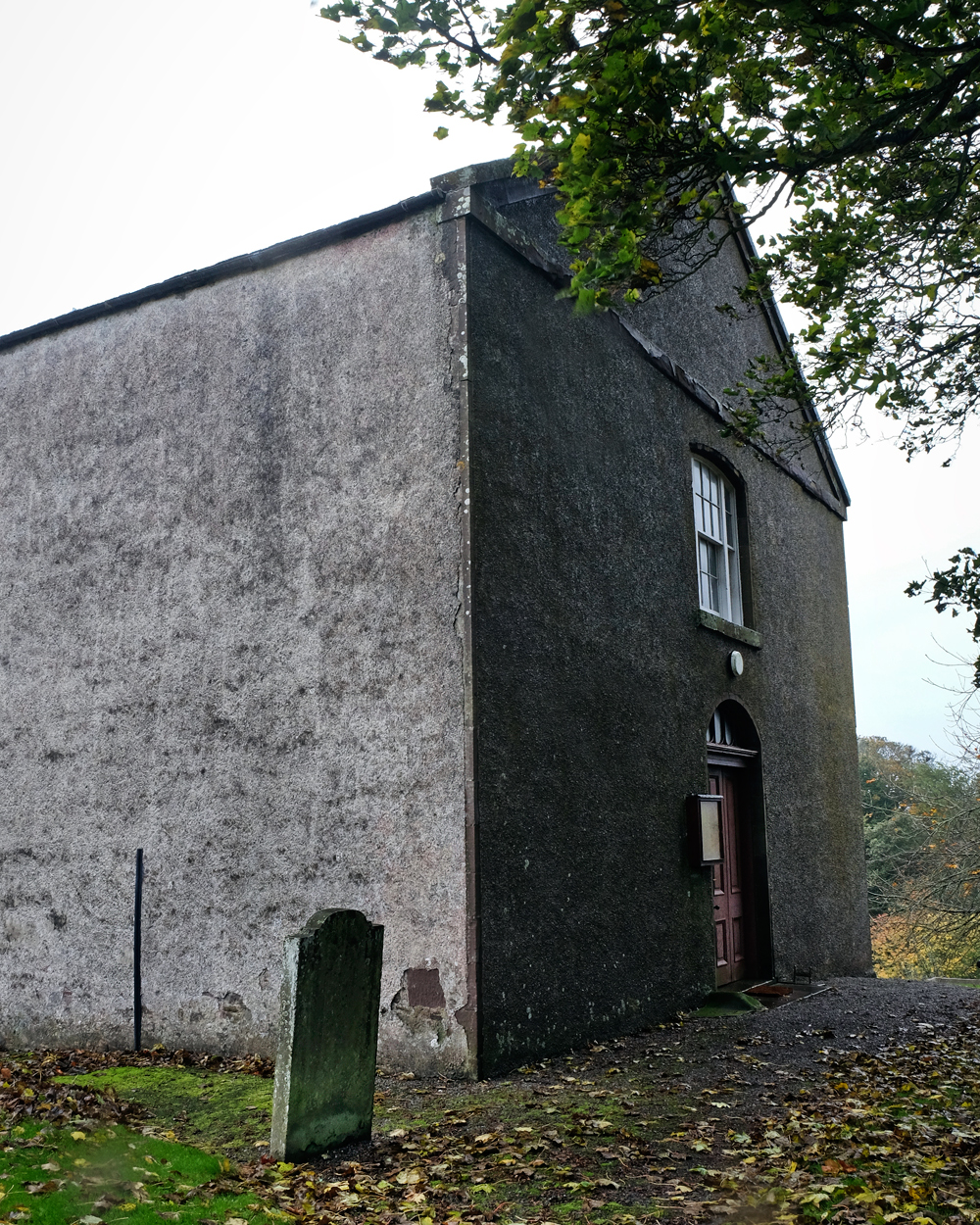 The Benholme Kirke, built on the site of a 9th century hermitage.
The Benholme Kirke, built on the site of a 9th century hermitage.
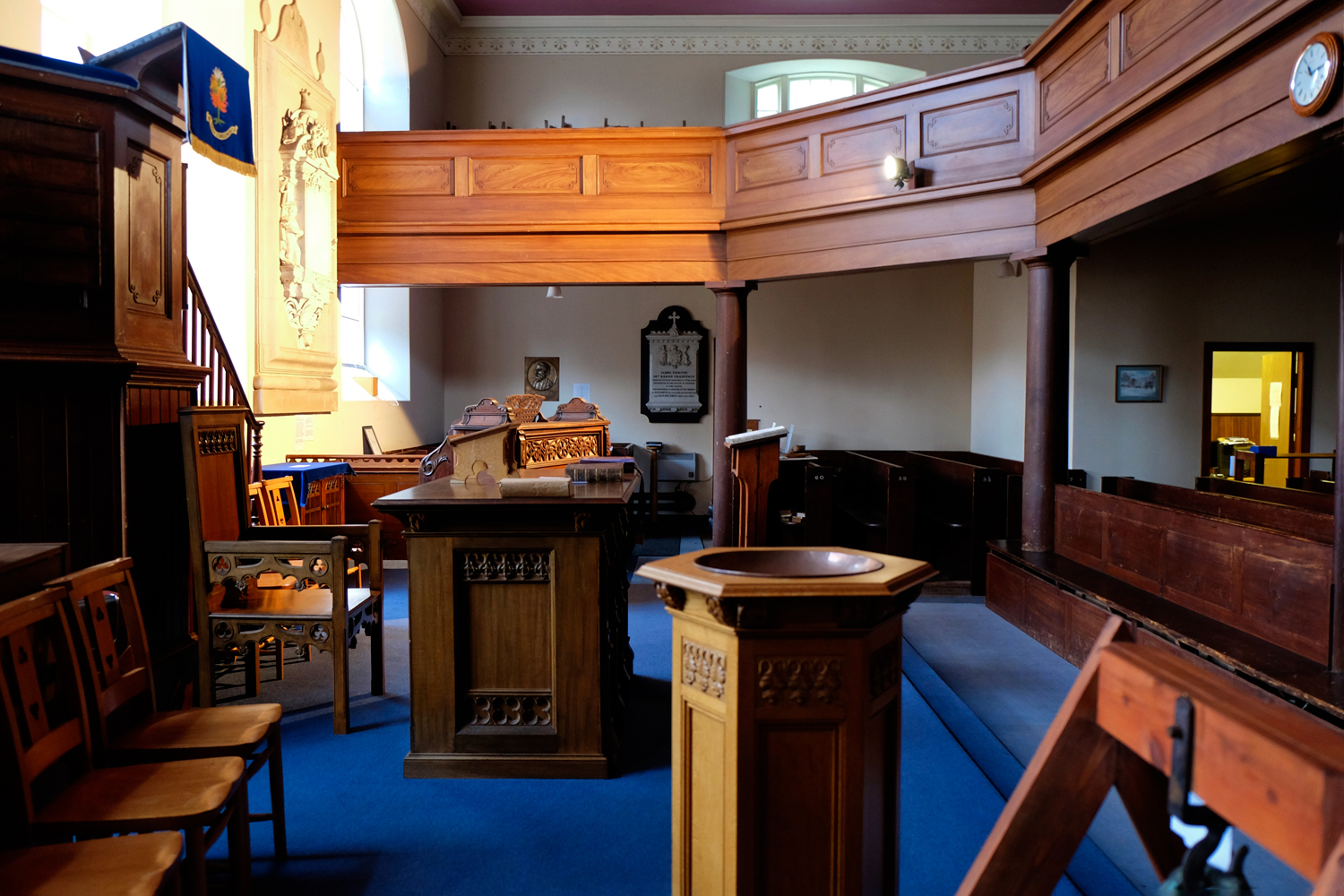 Although we interrupted the Benholm Kirke bookkeeper . . . but he obliged with a tour and short history of this interesting place.
Although we interrupted the Benholm Kirke bookkeeper . . . but he obliged with a tour and short history of this interesting place.
 Benholm Kirke had a fine old 'kirkegaard' as well.
Benholm Kirke had a fine old 'kirkegaard' as well.
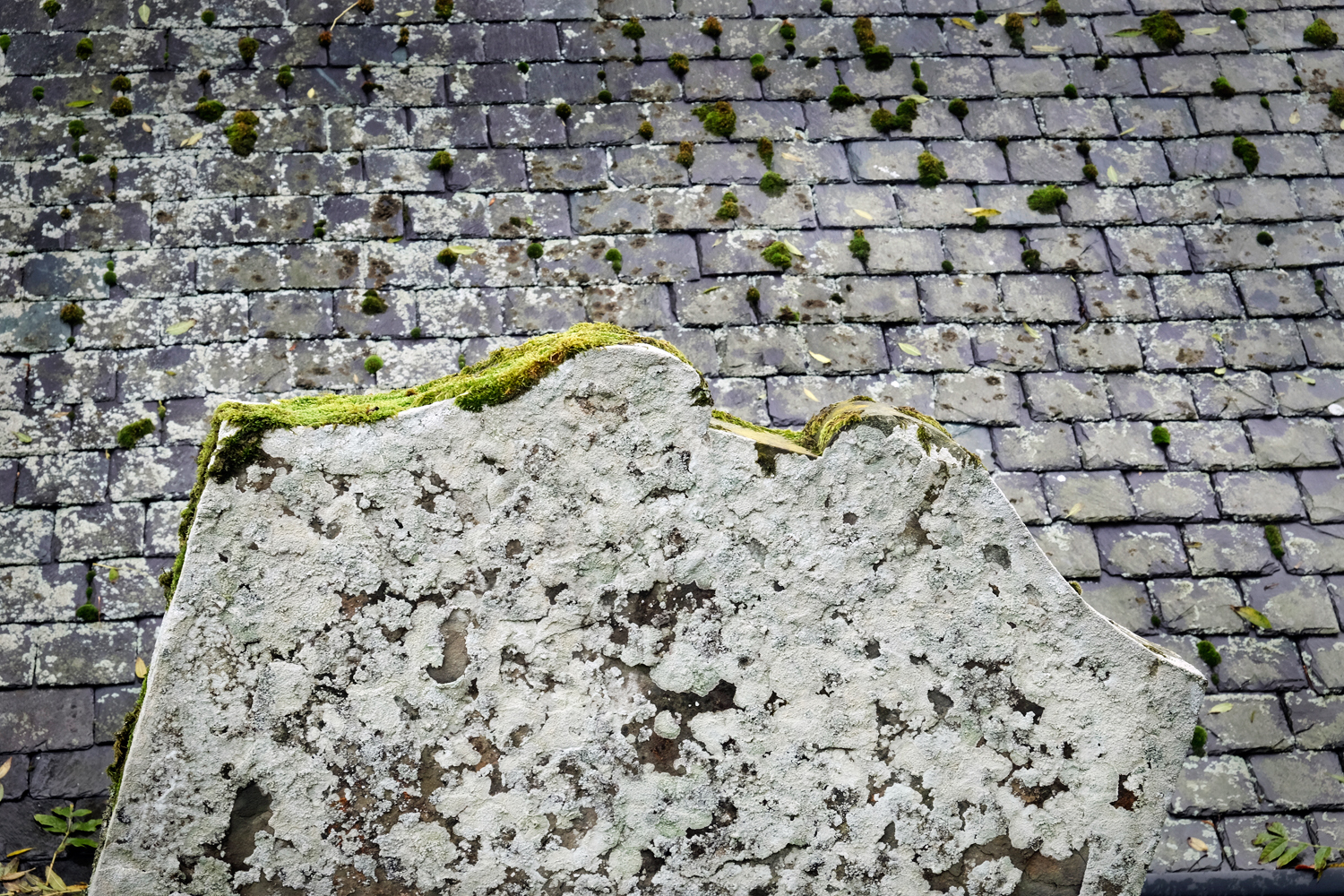 Moss and lichen-covered grave stone and ancient cottage slate roof . . .
Moss and lichen-covered grave stone and ancient cottage slate roof . . .
 We sometimes consulted the GPS as to any 'points of interest' . . . and discovered this old mill.
We sometimes consulted the GPS as to any 'points of interest' . . . and discovered this old mill.
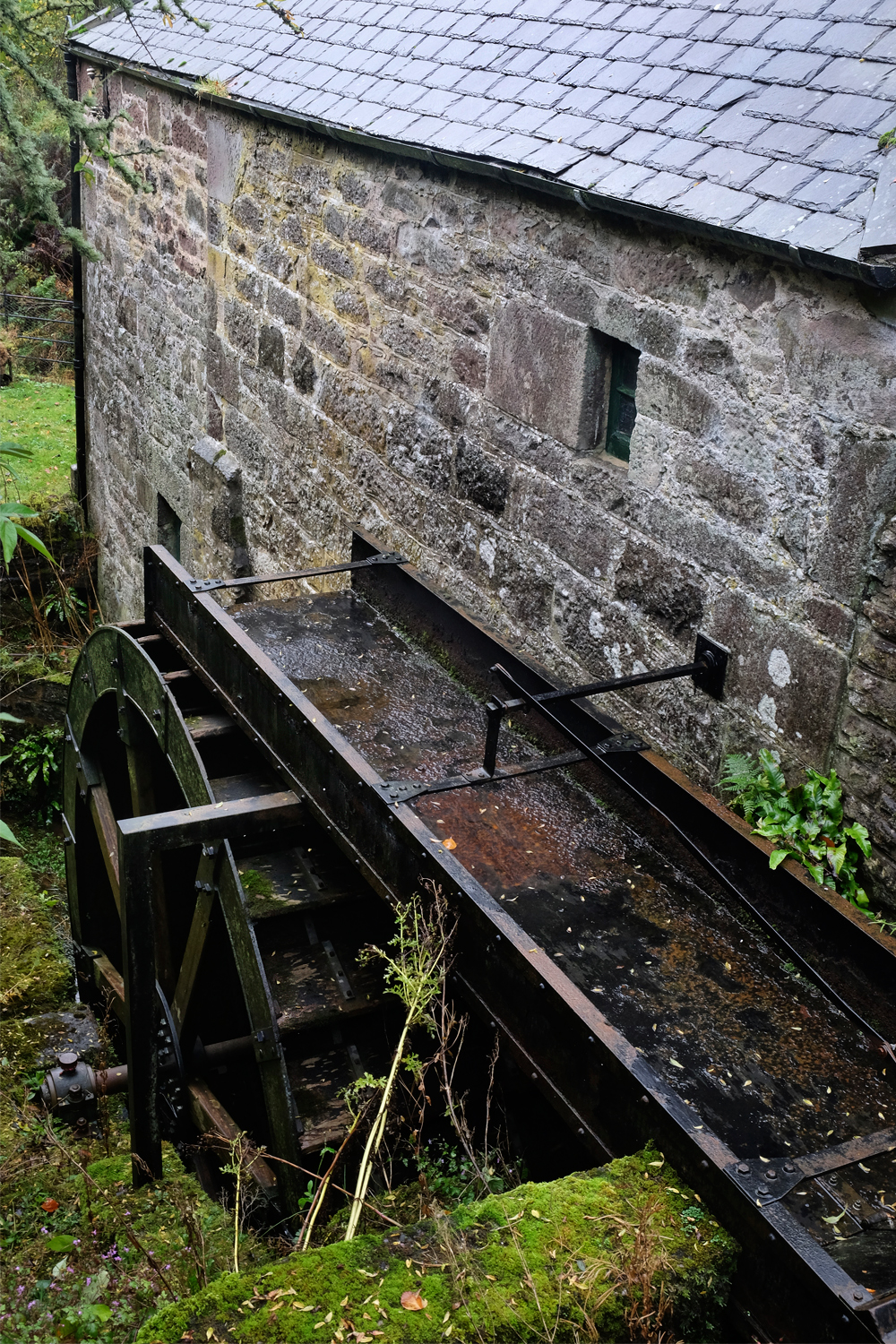 The sluice and water wheel were still there and still intact.
The sluice and water wheel were still there and still intact.
 Down by the Old Mill Stream . . . A photographer's dream!
Down by the Old Mill Stream . . . A photographer's dream!
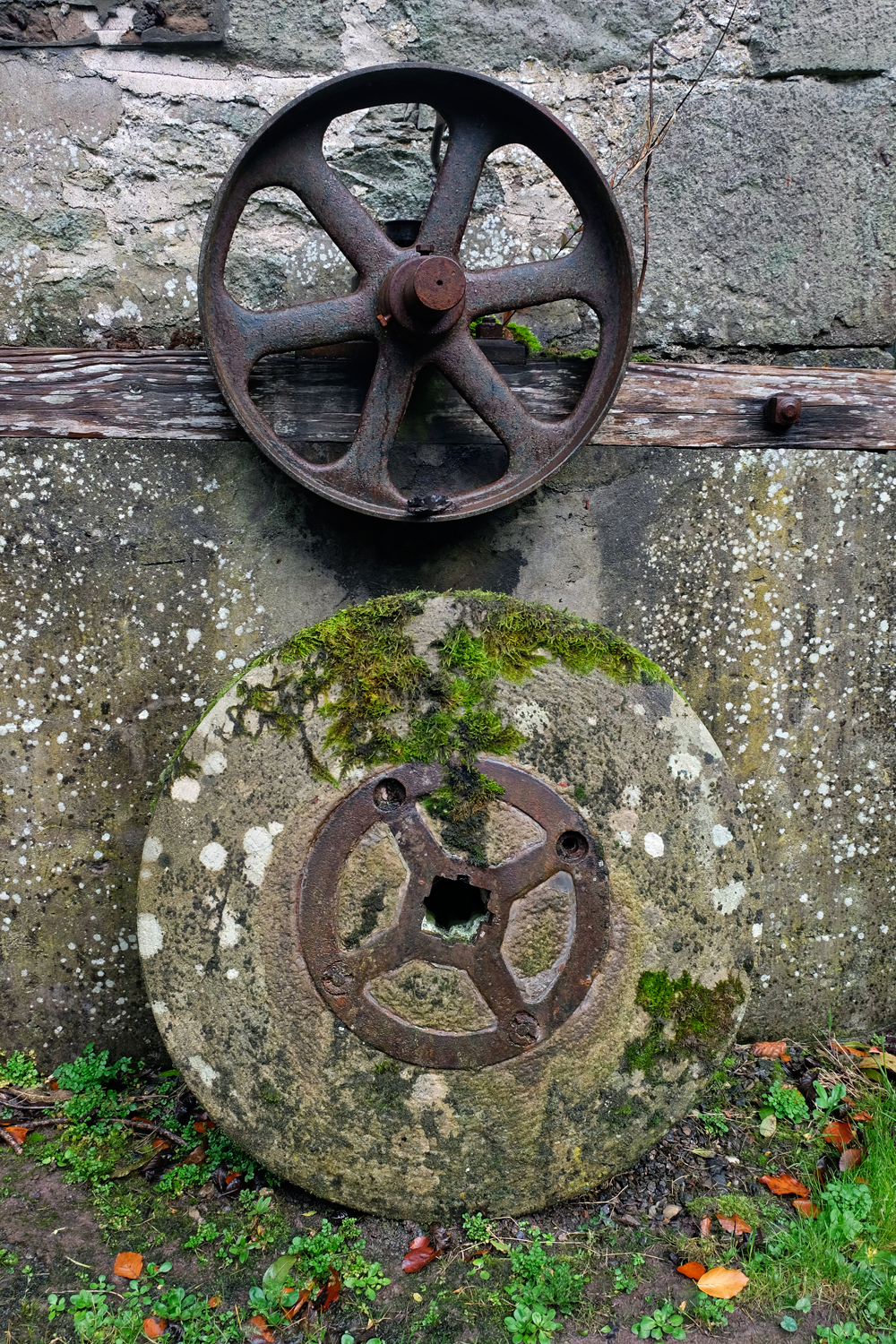 The opportunities for still life studies of mill paraphernalia was incredible. I enter only a few of the many beautiful photographs I took here.
The opportunities for still life studies of mill paraphernalia was incredible. I enter only a few of the many beautiful photographs I took here.
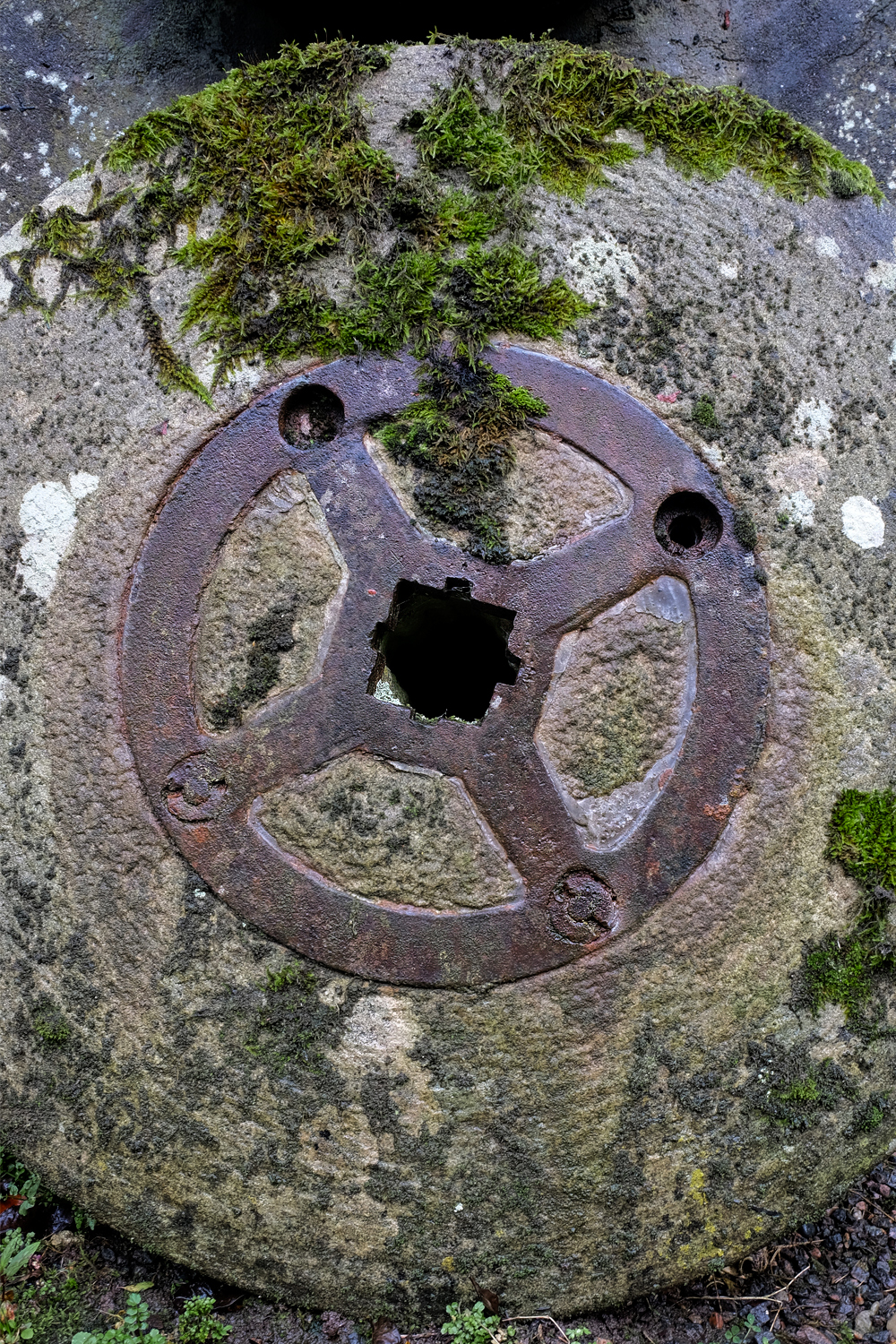 An old mill stone.
An old mill stone.
 An old mill stone made of several stone segments.
An old mill stone made of several stone segments.
 The wood-shimed center bearing of an old mill stone.
The wood-shimed center bearing of an old mill stone.
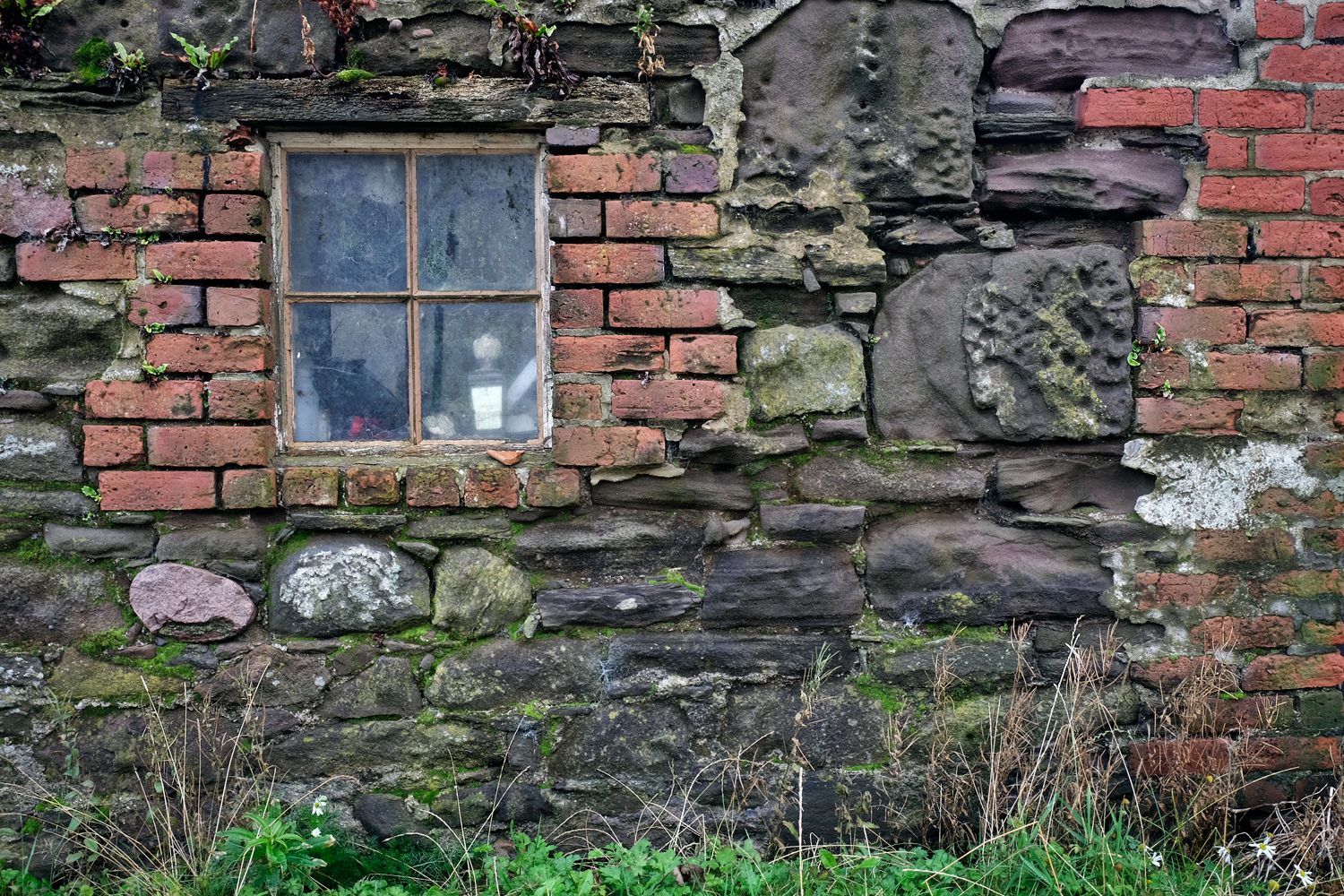 One morning we drove south on the old coastal road to the fishing village of Johnshaven.
One morning we drove south on the old coastal road to the fishing village of Johnshaven.
 The Johnshaven townsfolk had quite the sense of humor!
The Johnshaven townsfolk had quite the sense of humor!
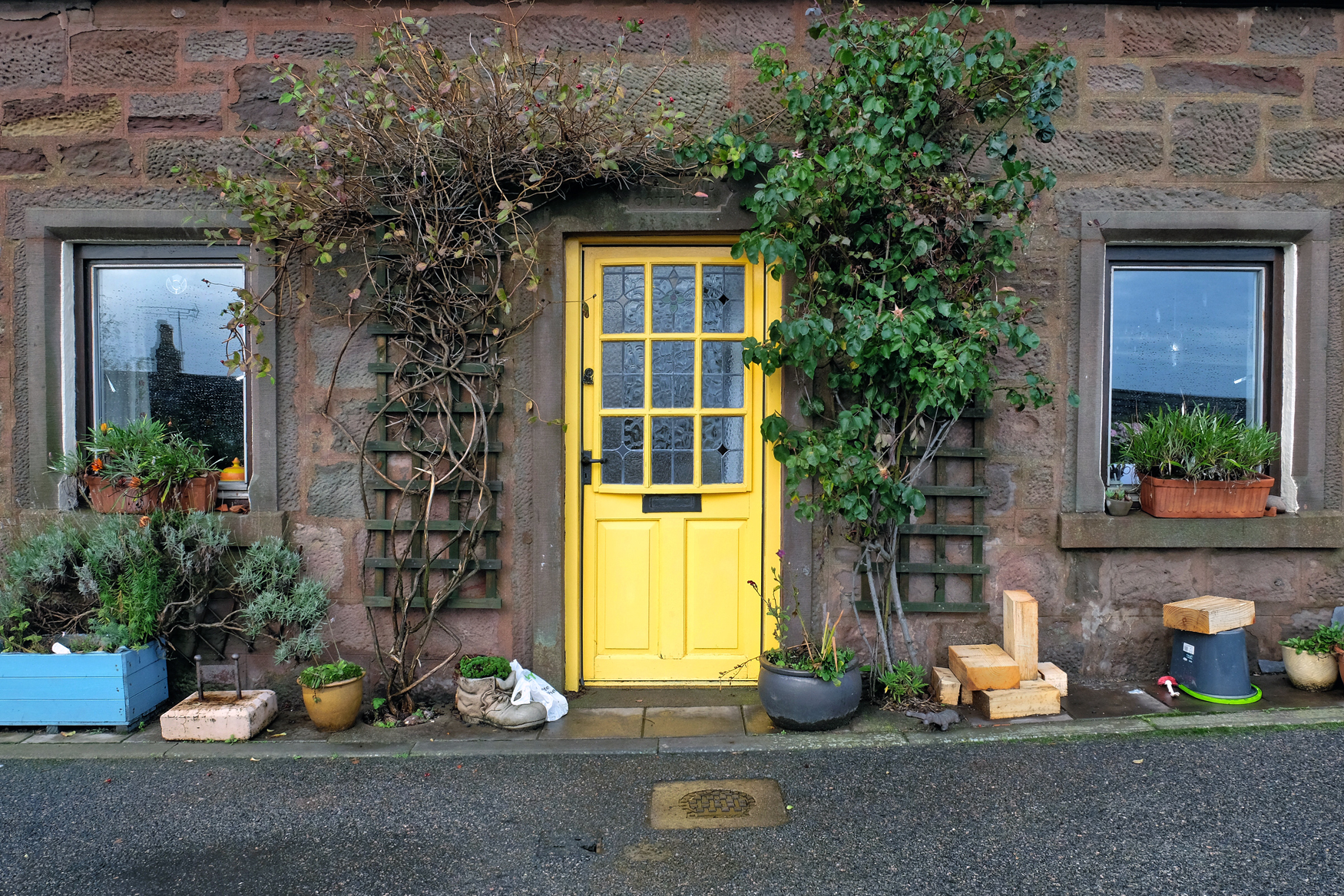 Johnshaven was a grey and austere village (like many Scottish villages) but with a splash of color here and there.
Johnshaven was a grey and austere village (like many Scottish villages) but with a splash of color here and there.
 The fine old stone harbour jetty of Johnshaven.
The fine old stone harbour jetty of Johnshaven.
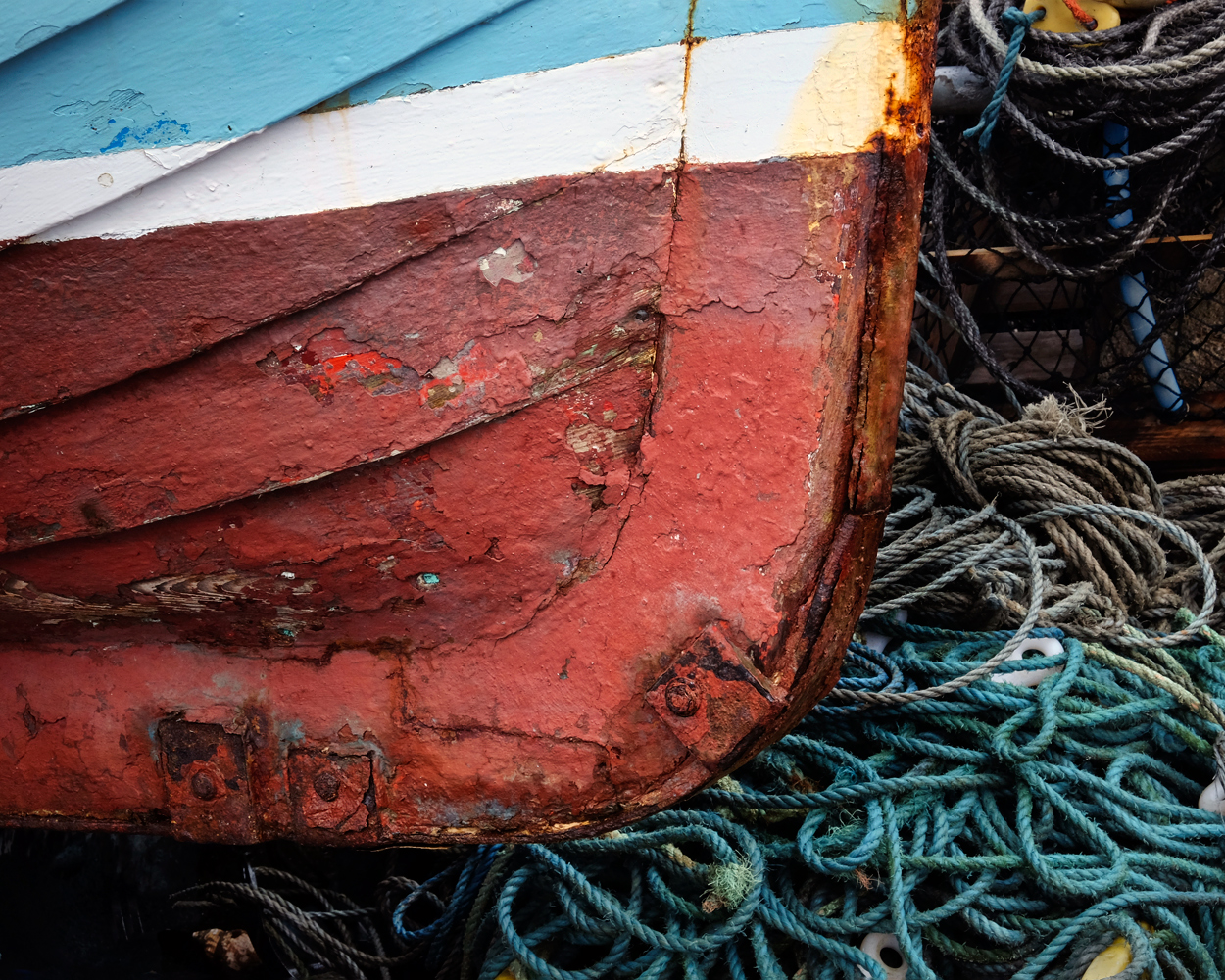 Johnshaven is a fishing village with many great nautical-themed photos to be had.
Johnshaven is a fishing village with many great nautical-themed photos to be had.
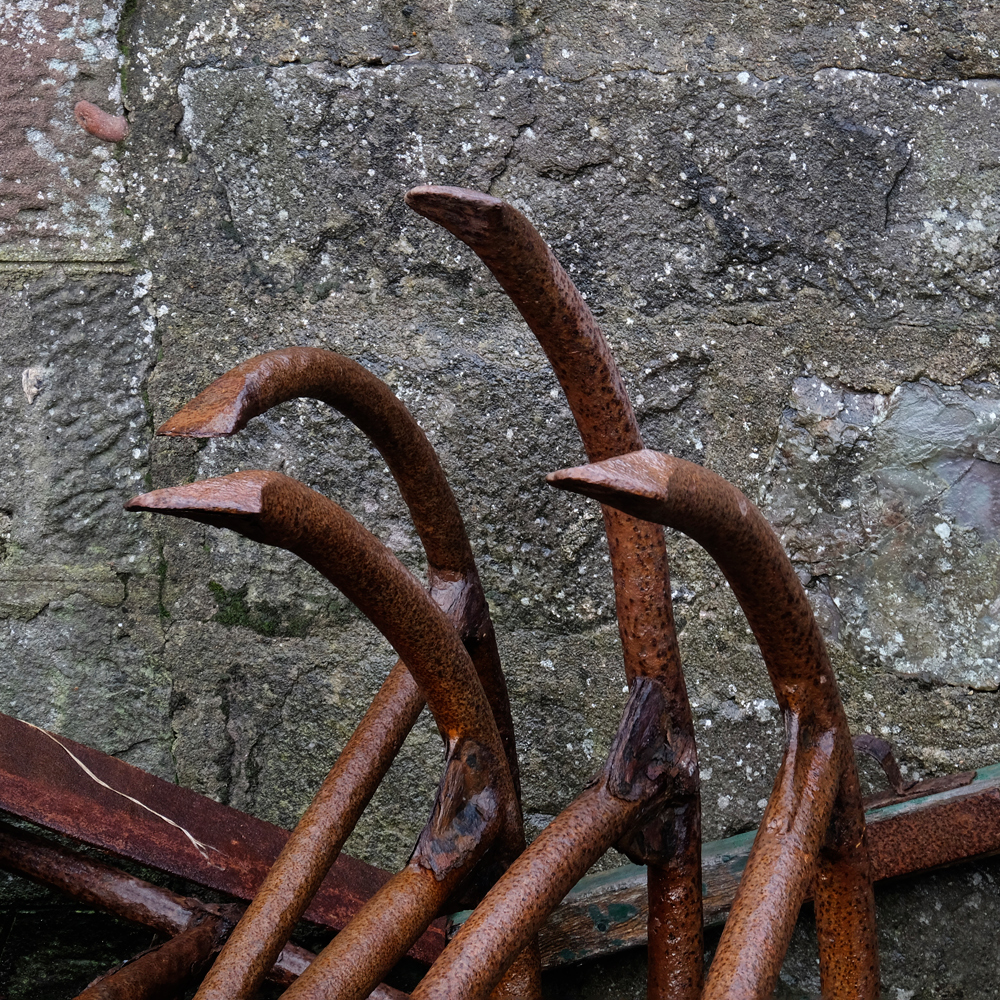 Old anchors in the boatyards.
Old anchors in the boatyards.
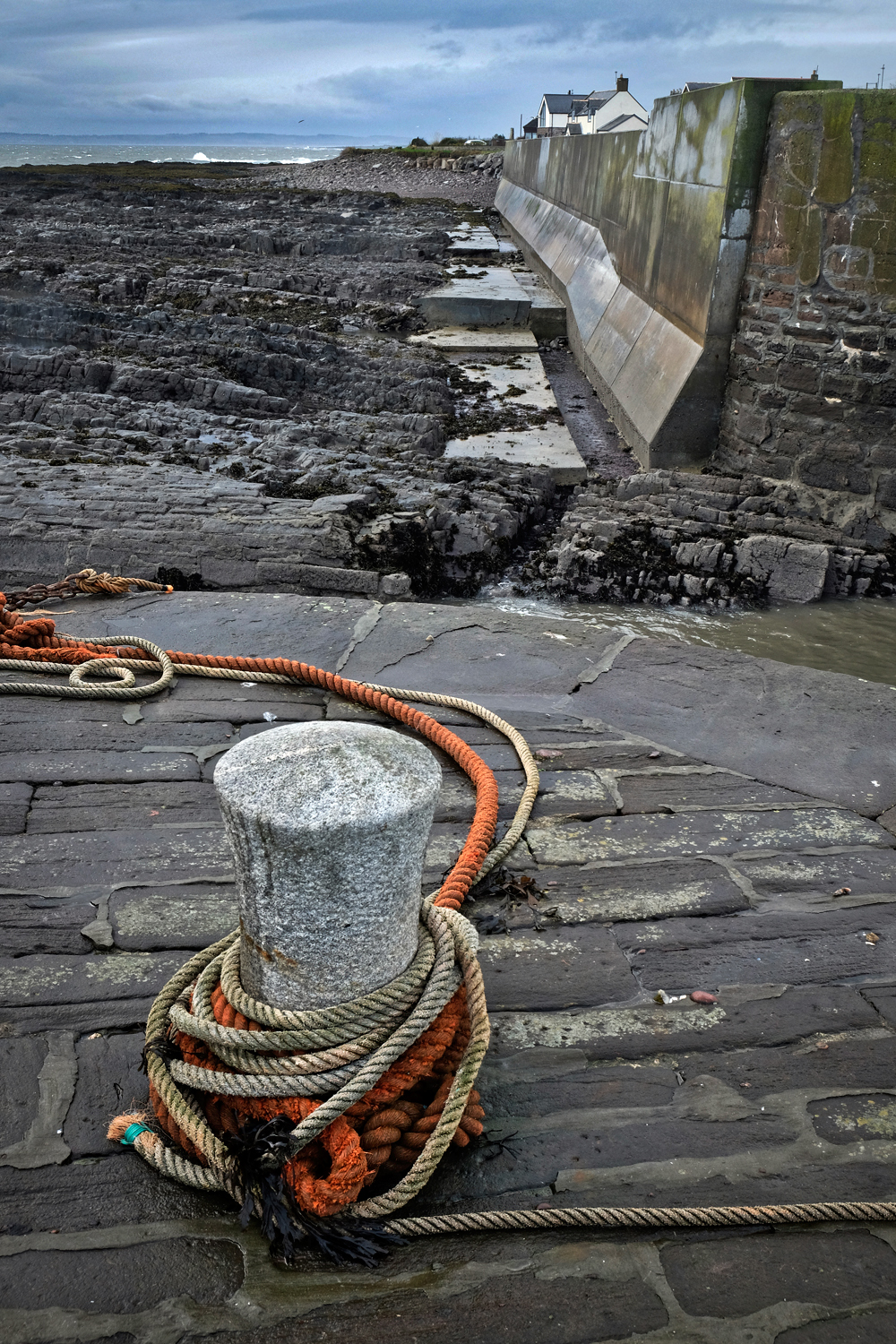 Low tide along the Johnshaven sea wall.
Low tide along the Johnshaven sea wall.
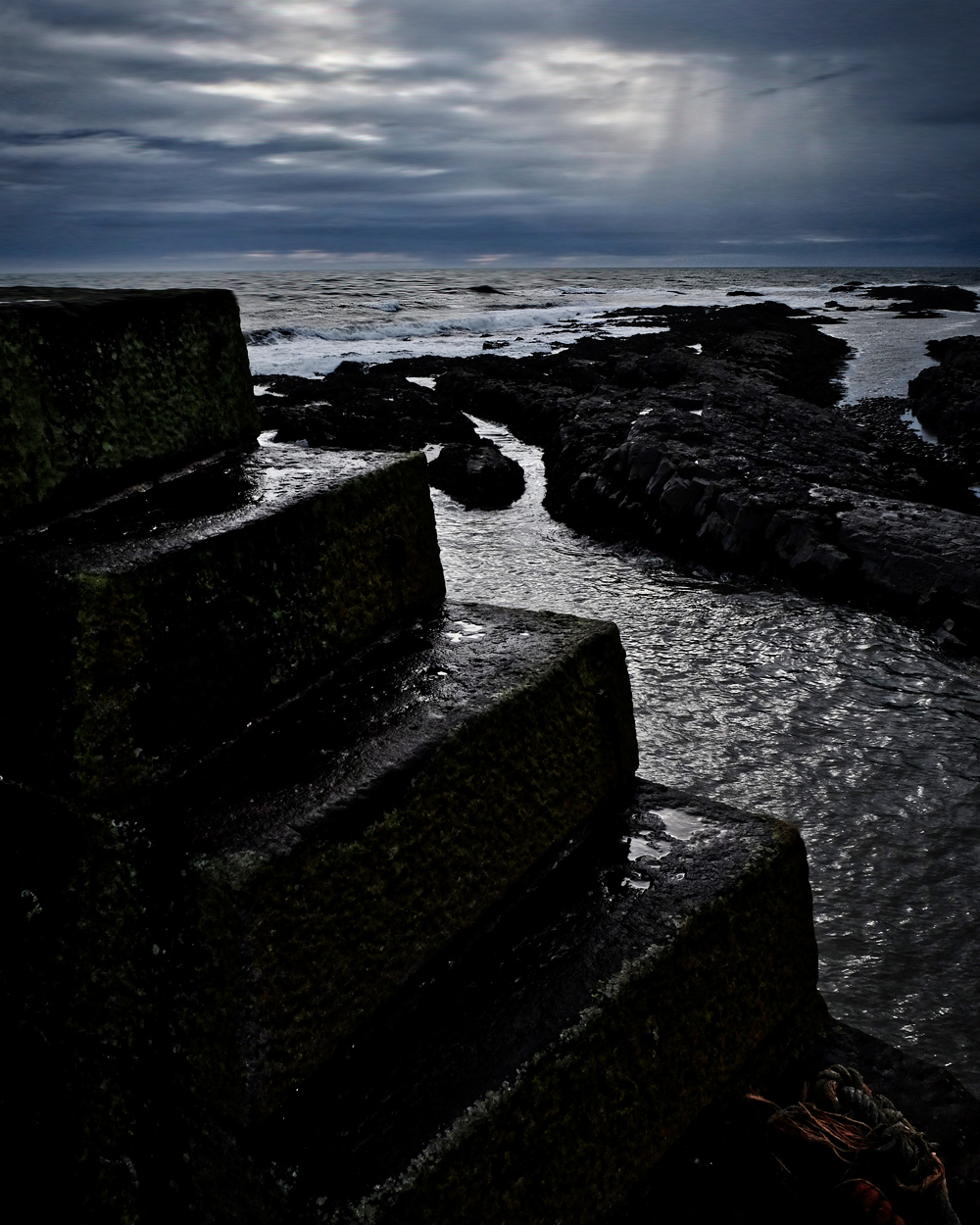 The only bad weather we saw during three days. A stormy North Sea.
The only bad weather we saw during three days. A stormy North Sea.
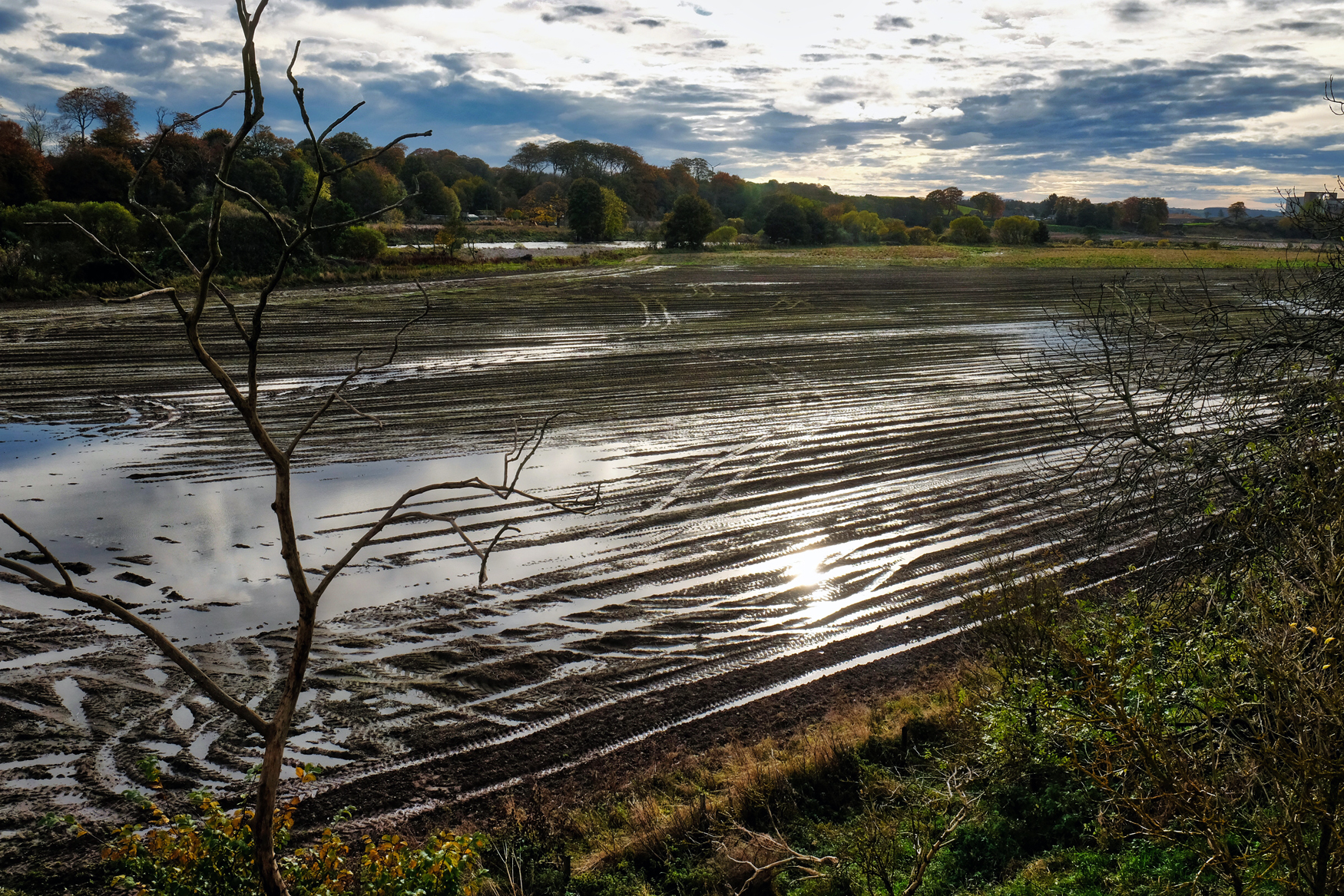 Near Montrose there were signs of a recent flood of the River Esk.
Near Montrose there were signs of a recent flood of the River Esk.
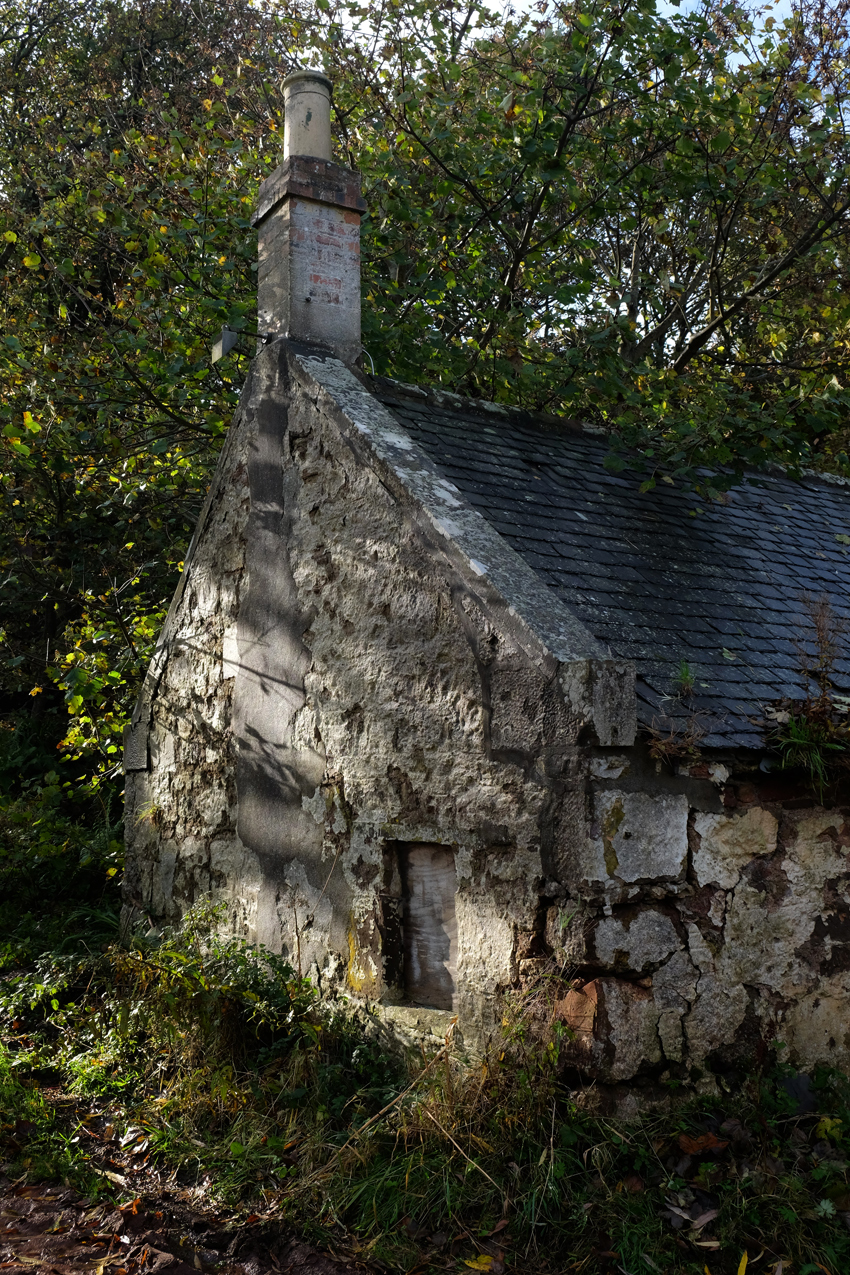 Whenever we would see magic light on an old stone building we would stop and take photographs.
Whenever we would see magic light on an old stone building we would stop and take photographs.
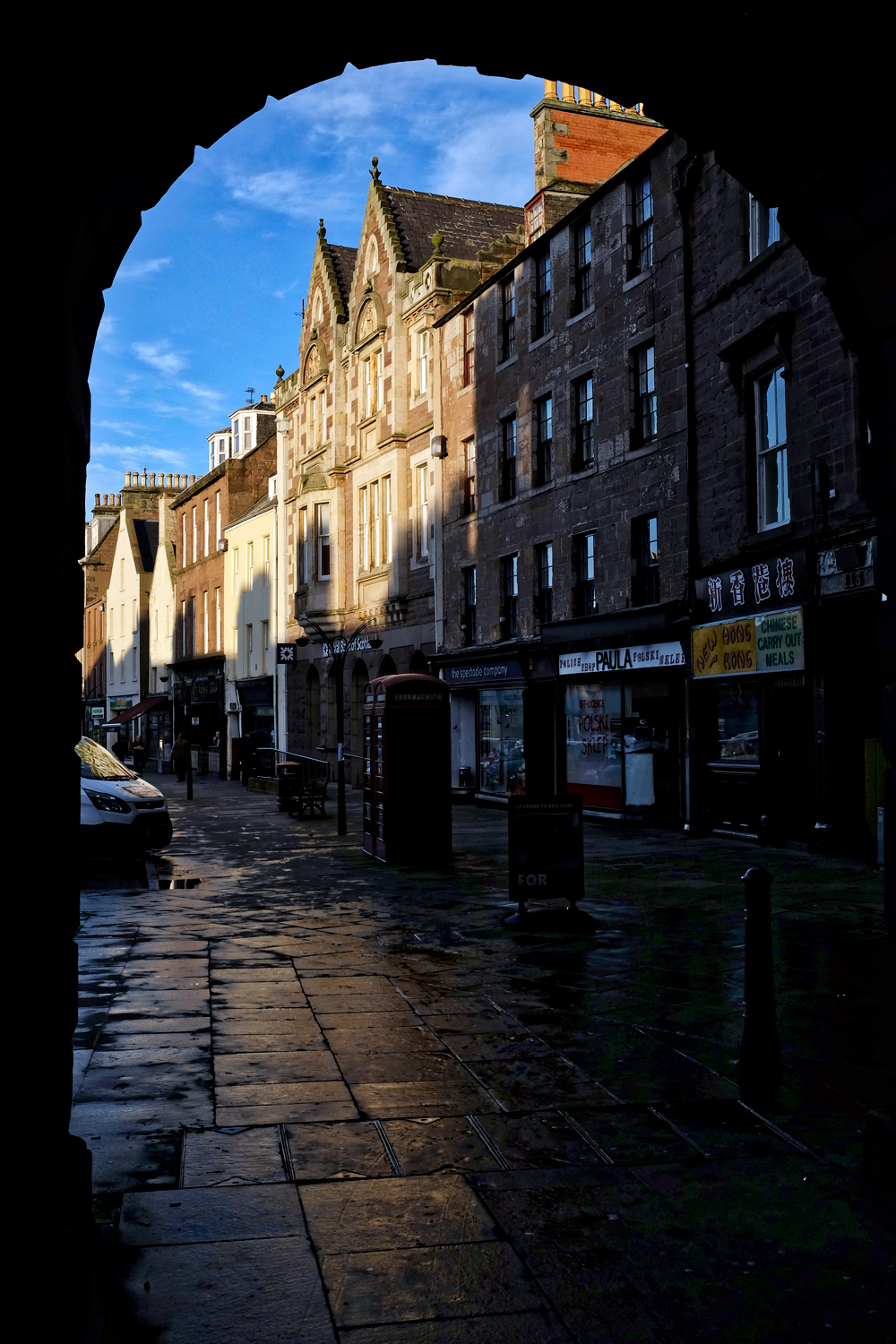 We stopped for coffee one late afternoon in the old market town of Montrose.
We stopped for coffee one late afternoon in the old market town of Montrose.
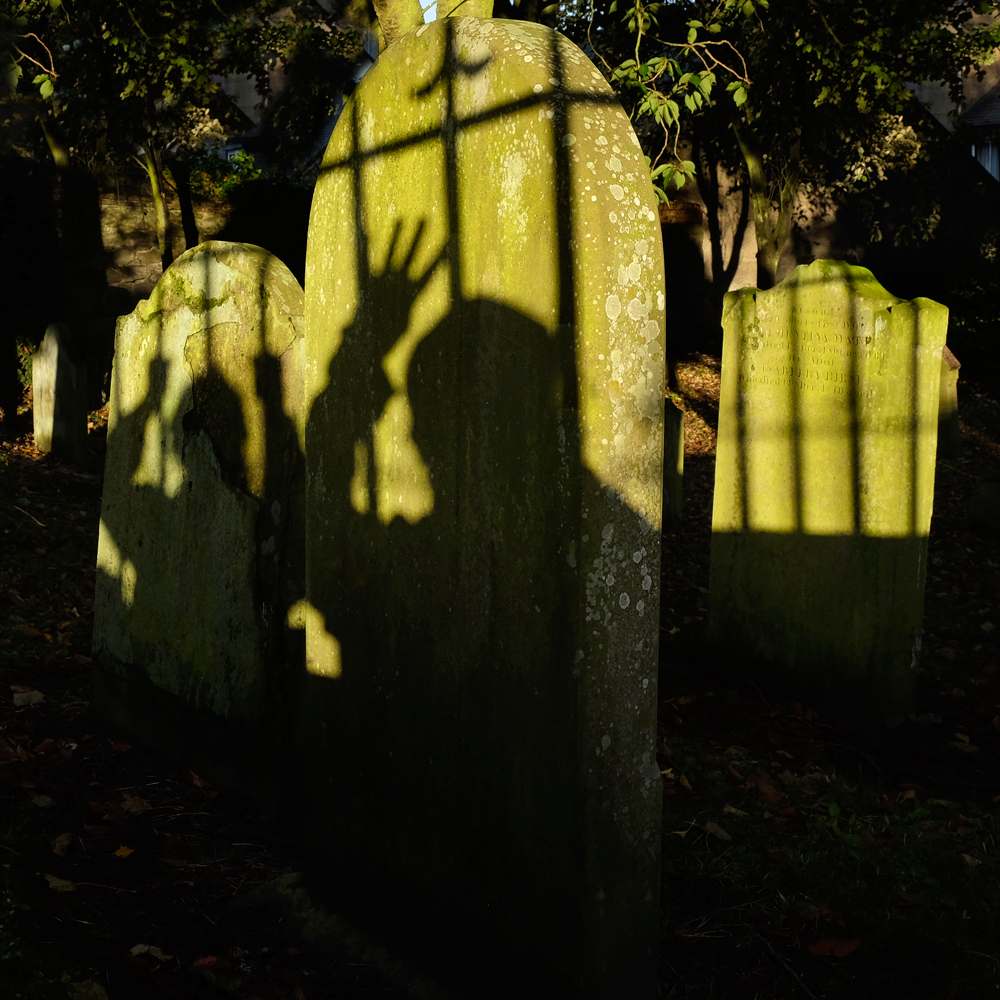 Yes, more ghoulish fun . . . in the Montrose Cemetery.
Yes, more ghoulish fun . . . in the Montrose Cemetery.
 Montrose had some fine statues in the town square . . . here a good Samaritan was honored.
Montrose had some fine statues in the town square . . . here a good Samaritan was honored.
 Montrose is typical of many Scottish towns.
Montrose is typical of many Scottish towns.
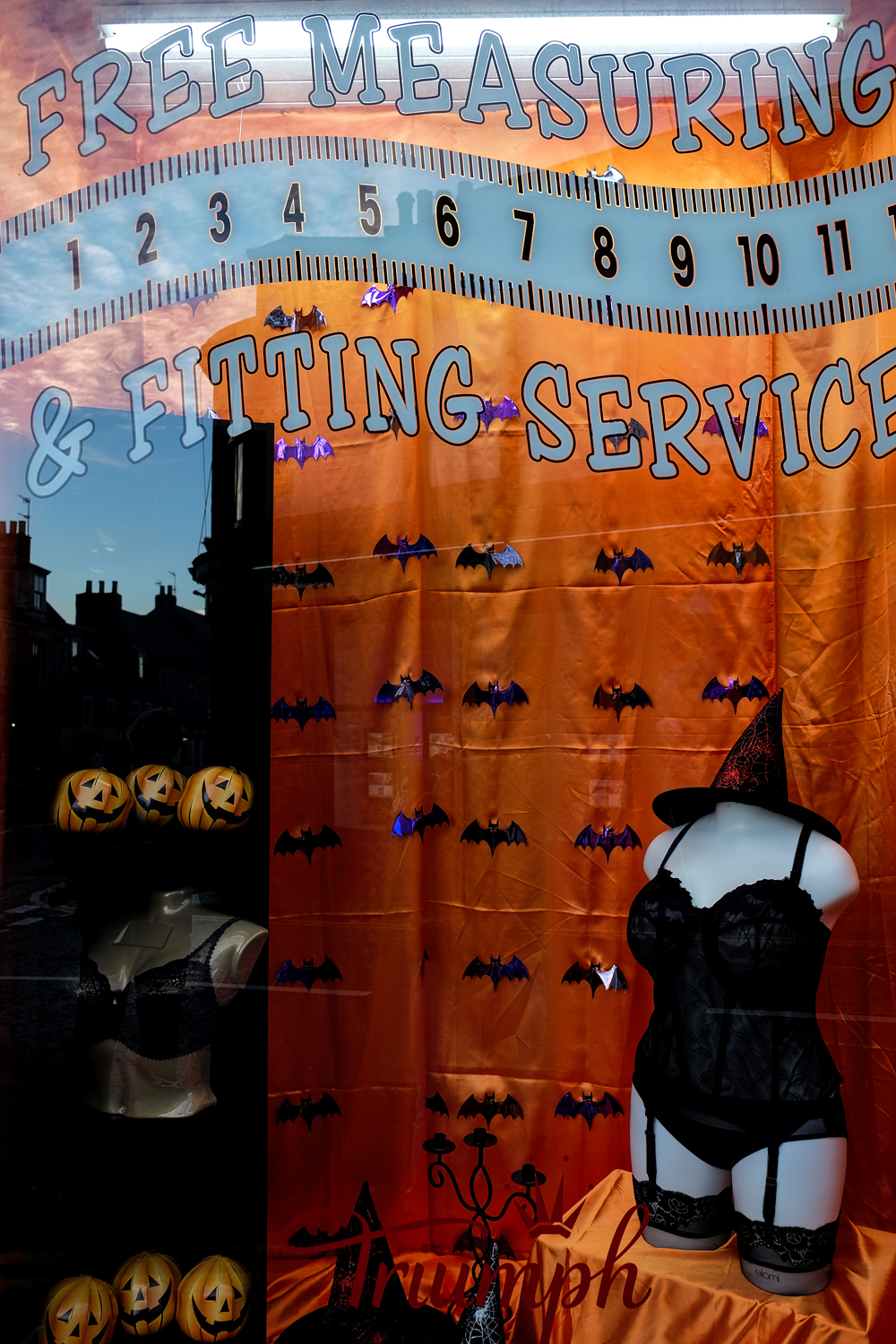 OK, maybe Montrose is not so typical after all.
OK, maybe Montrose is not so typical after all.
 But what I will remember most about Montrose was the most incredible sunset of my life playing over us across the estuary bridge!
But what I will remember most about Montrose was the most incredible sunset of my life playing over us across the estuary bridge!
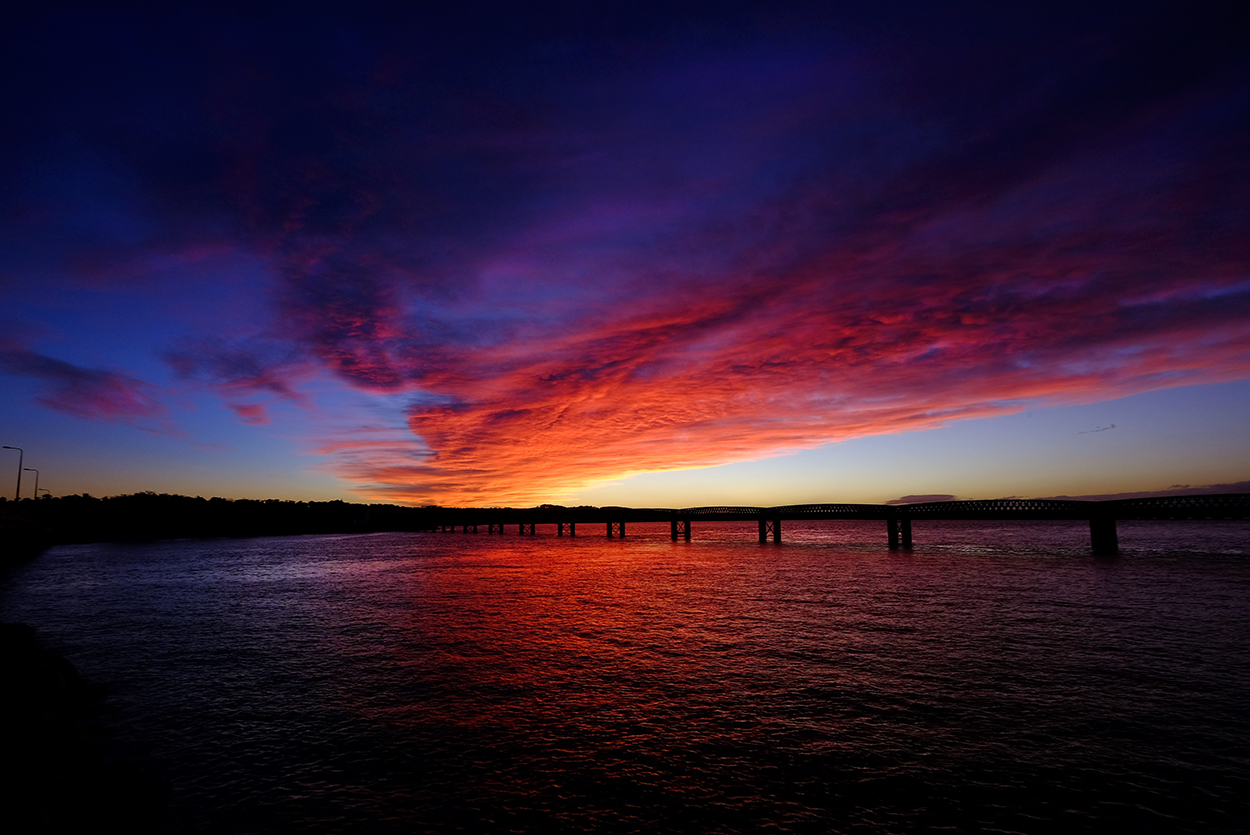 From beginning to end . . . we were completely enthralled.
From beginning to end . . . we were completely enthralled.
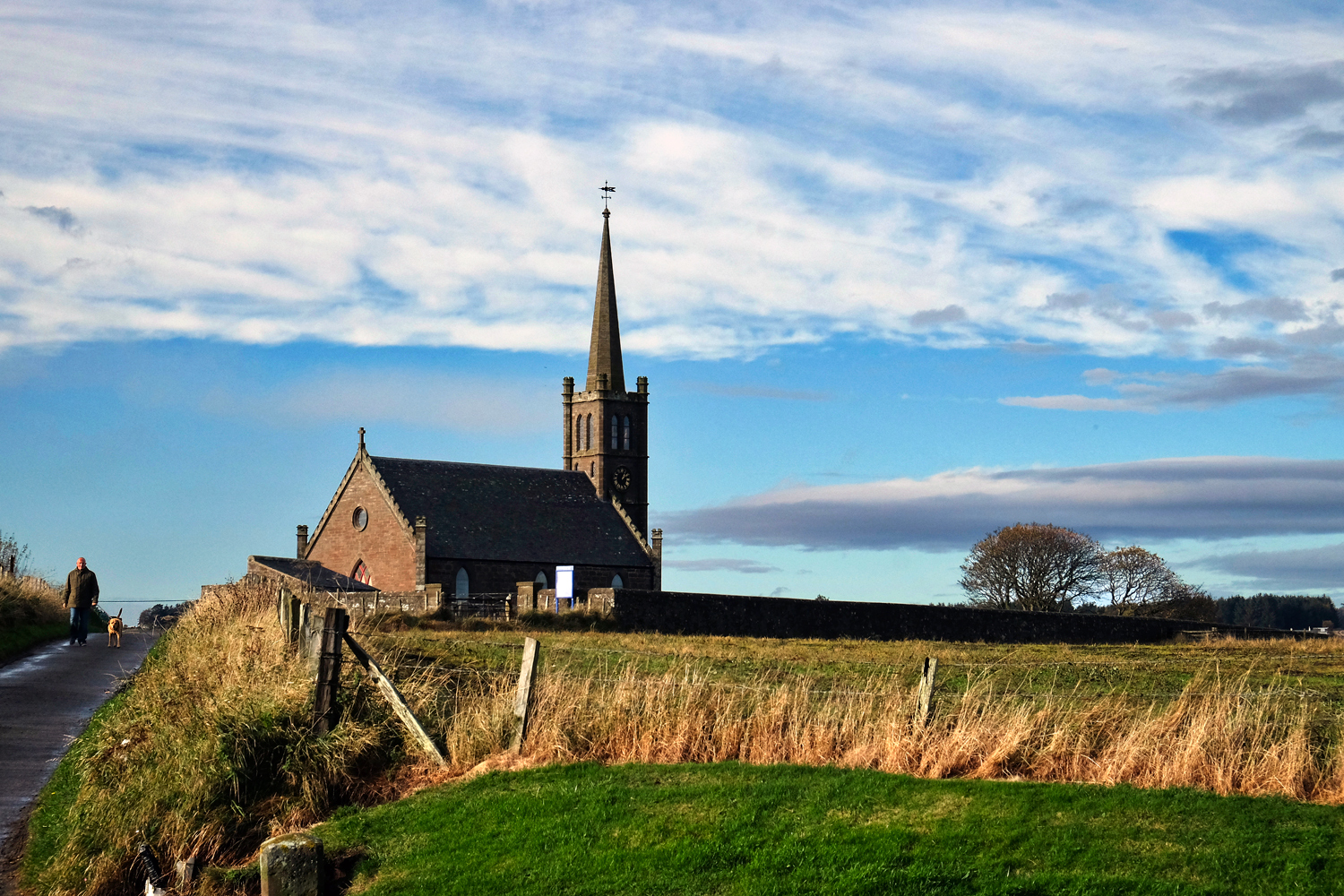 Another day along the small country lanes above the North Sea.
Another day along the small country lanes above the North Sea.
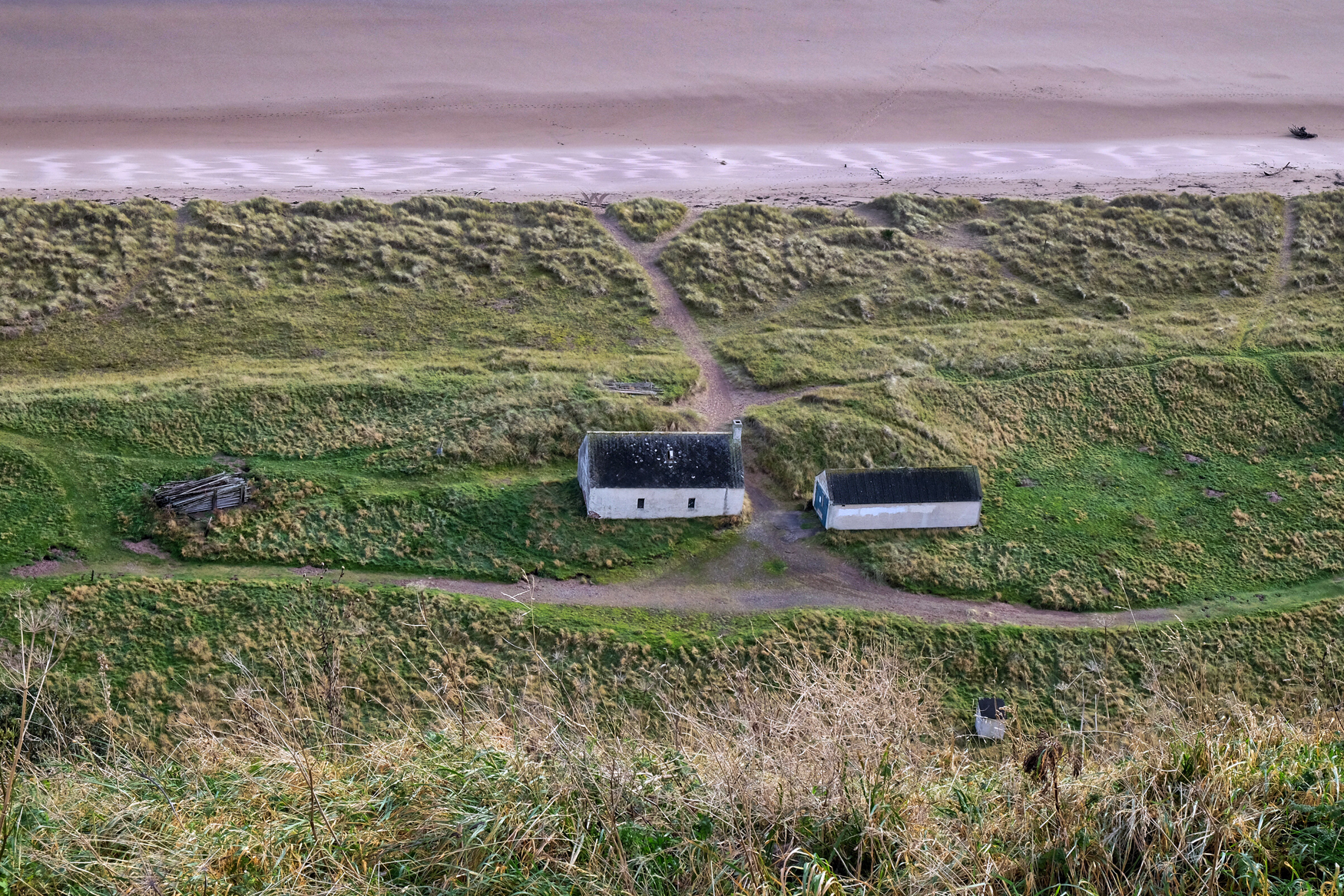 Old farm houses along a strand of the North Sea.
Old farm houses along a strand of the North Sea.
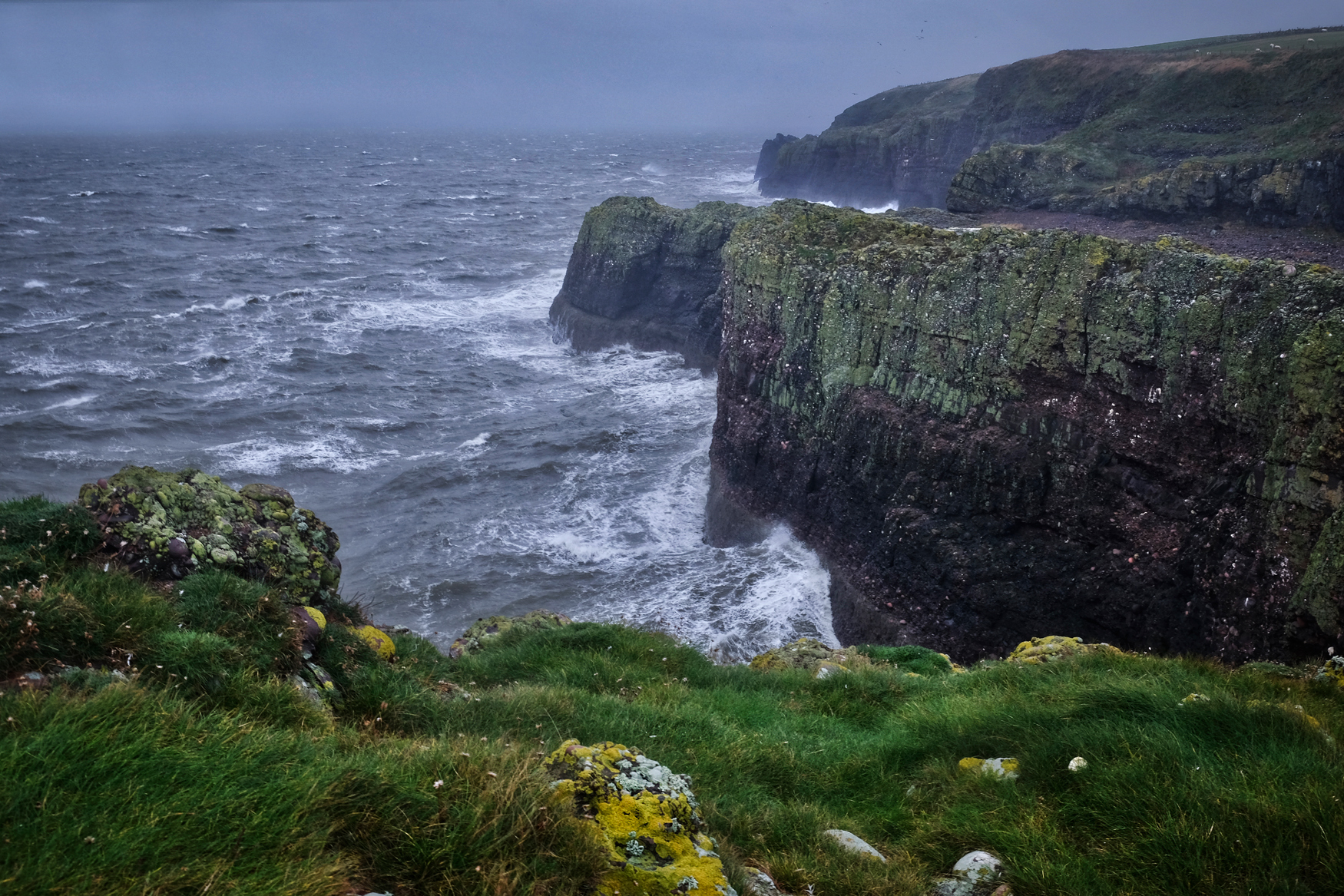 A wild North Sea below the cliffs of Aberdeenshire.
A wild North Sea below the cliffs of Aberdeenshire.
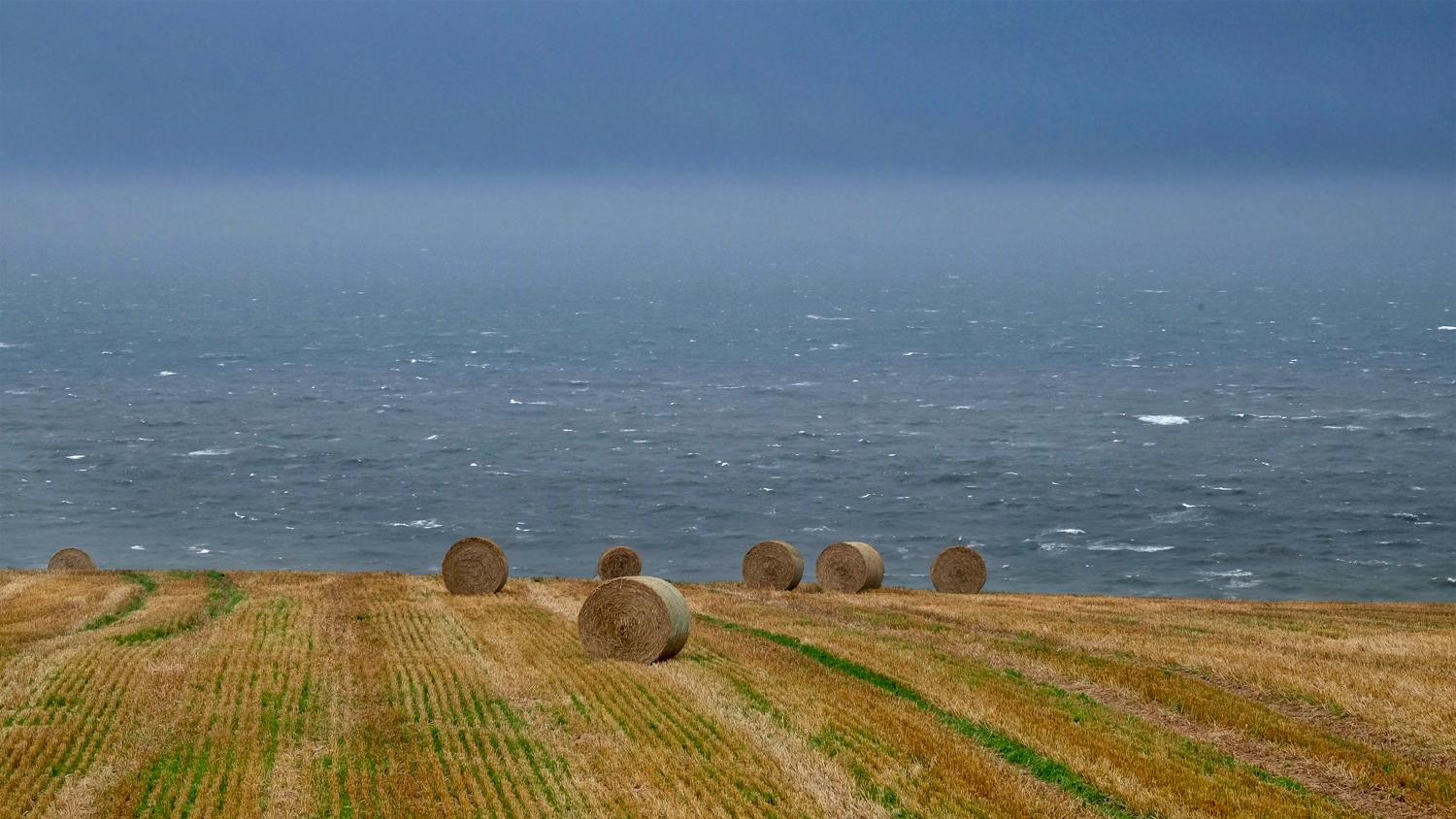 North Sea hay bales.
North Sea hay bales.
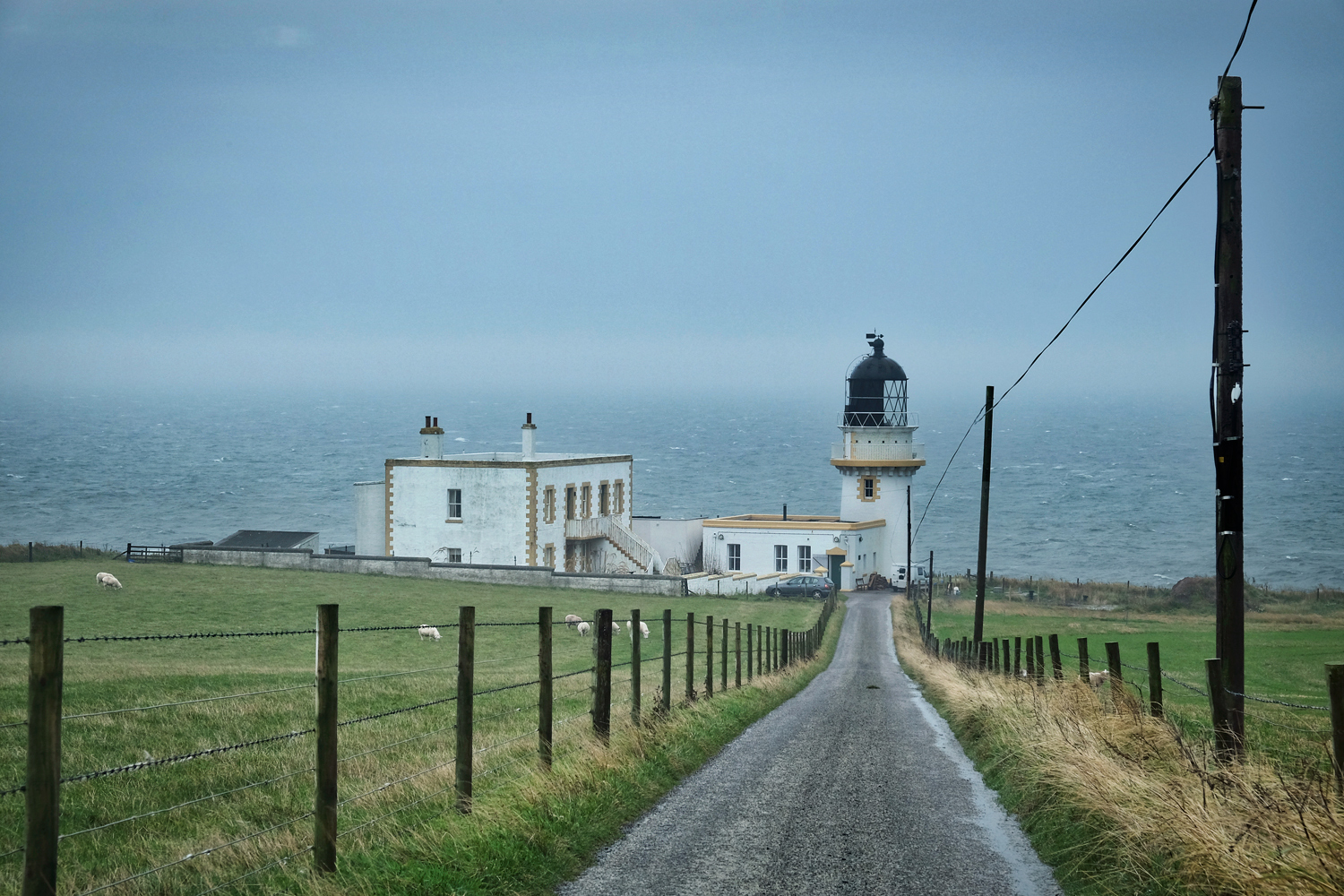 We saw so much and did so much in those short three days . . . and this blog entry represents only a small part of it all. I may elaborate more on this entry at a later date, but for now, that is all.
We saw so much and did so much in those short three days . . . and this blog entry represents only a small part of it all. I may elaborate more on this entry at a later date, but for now, that is all.